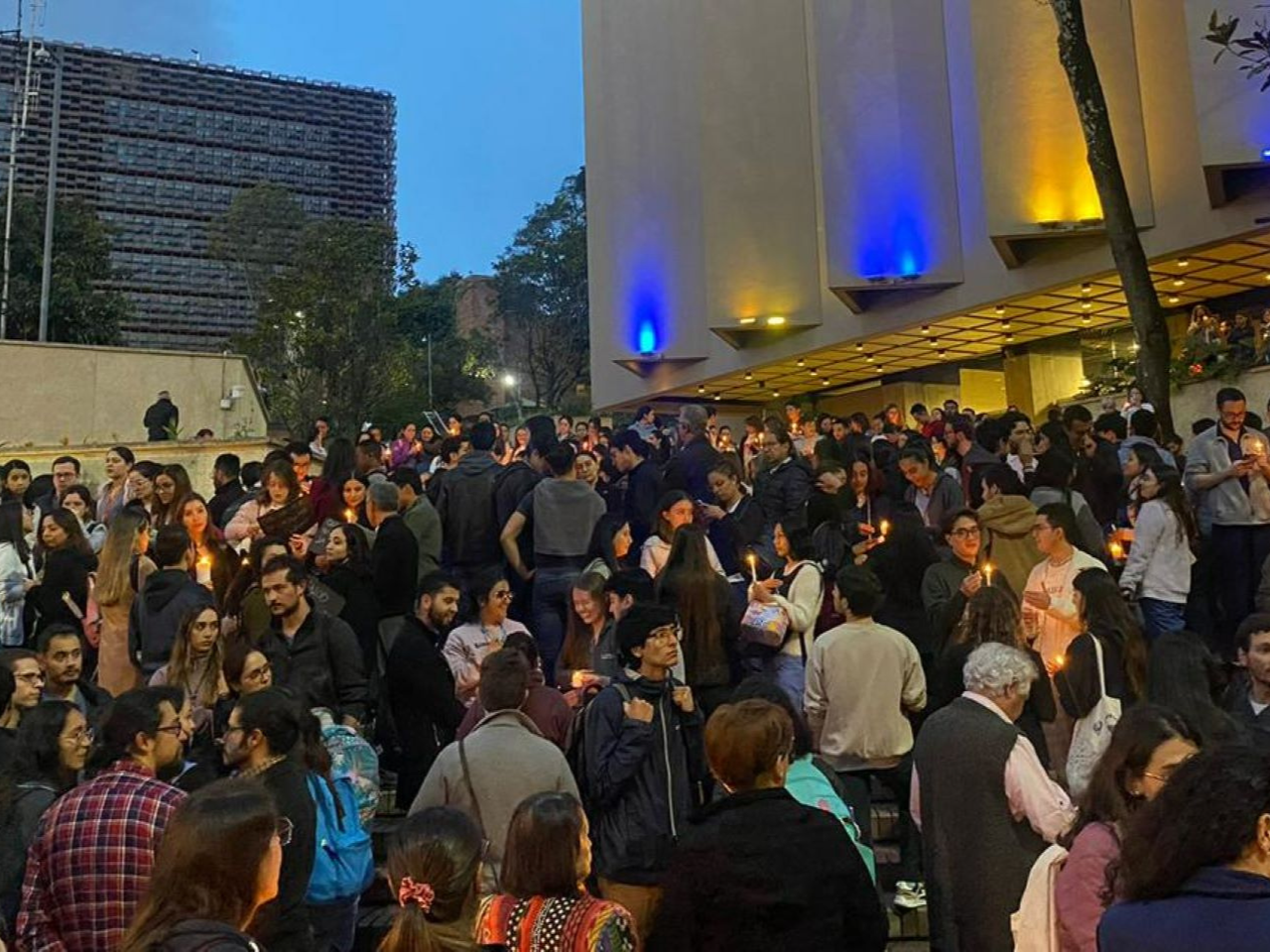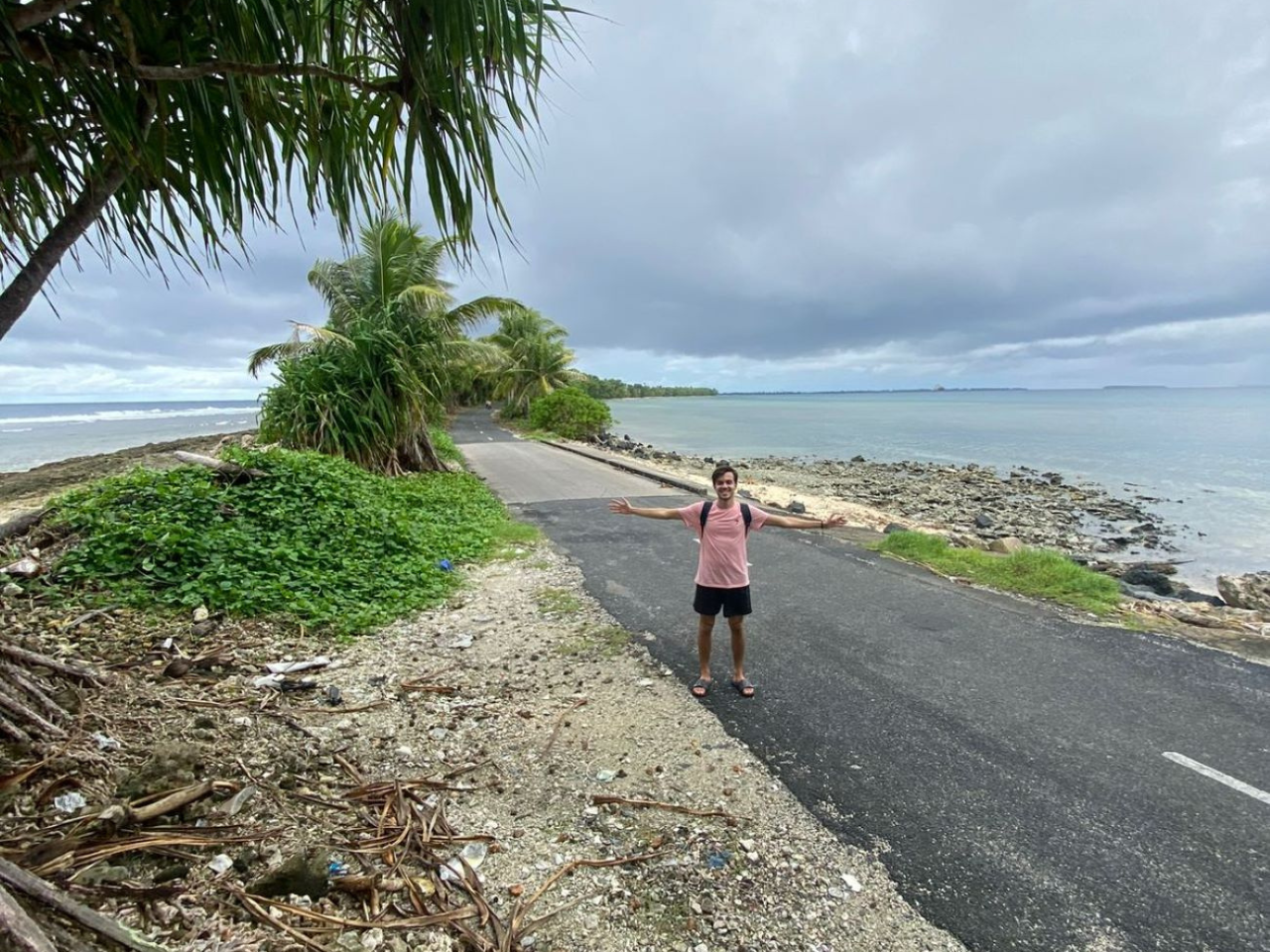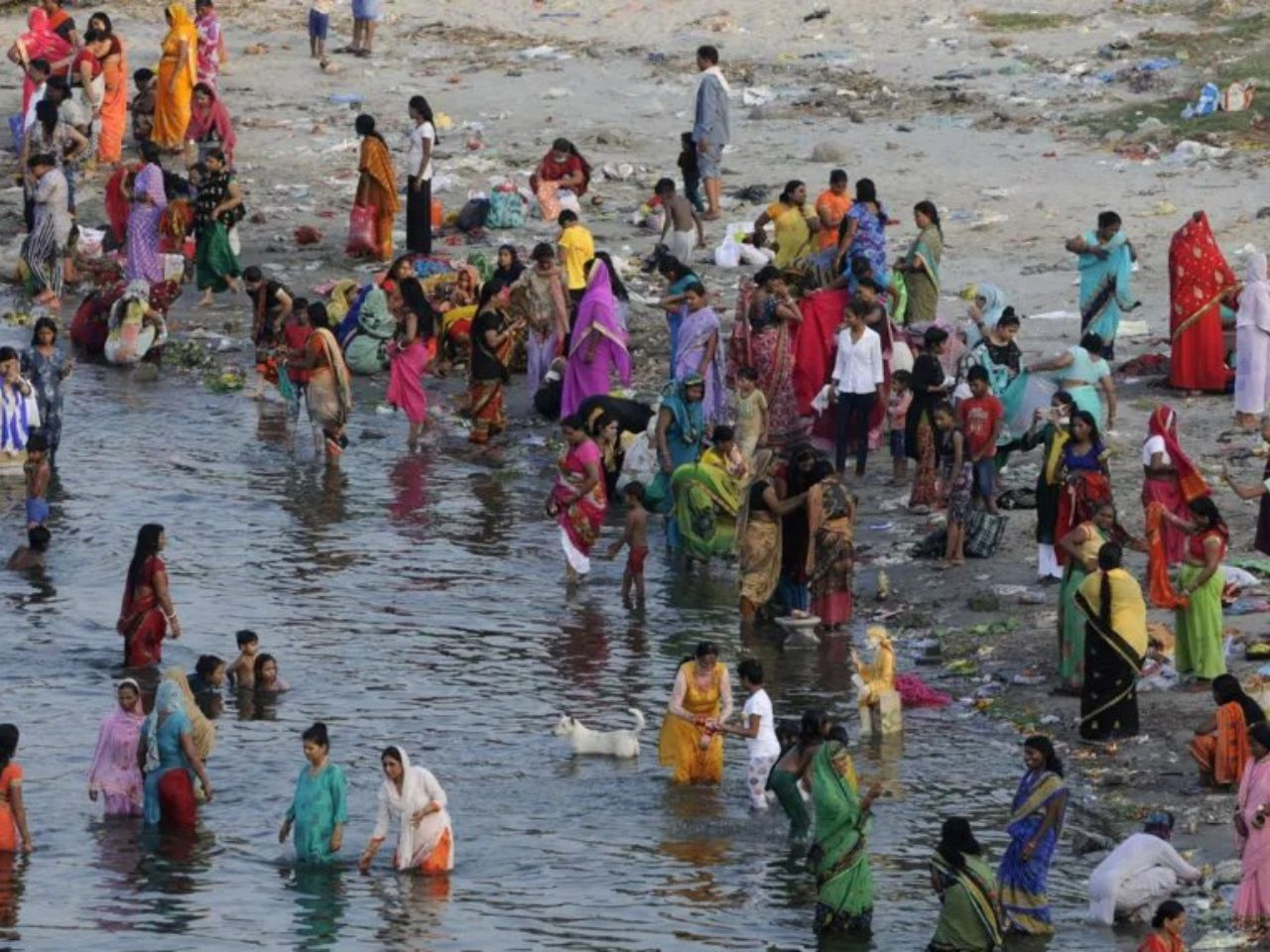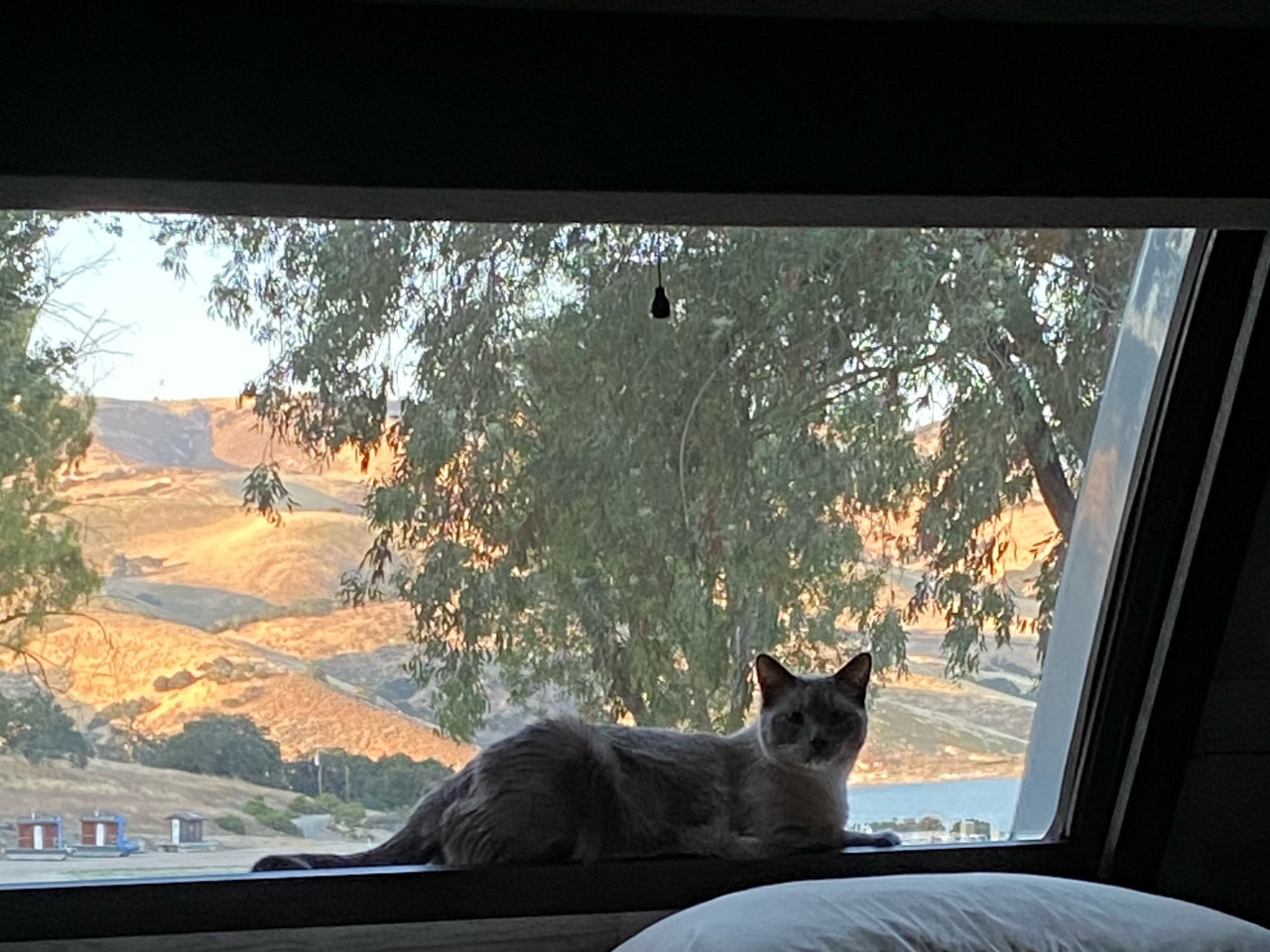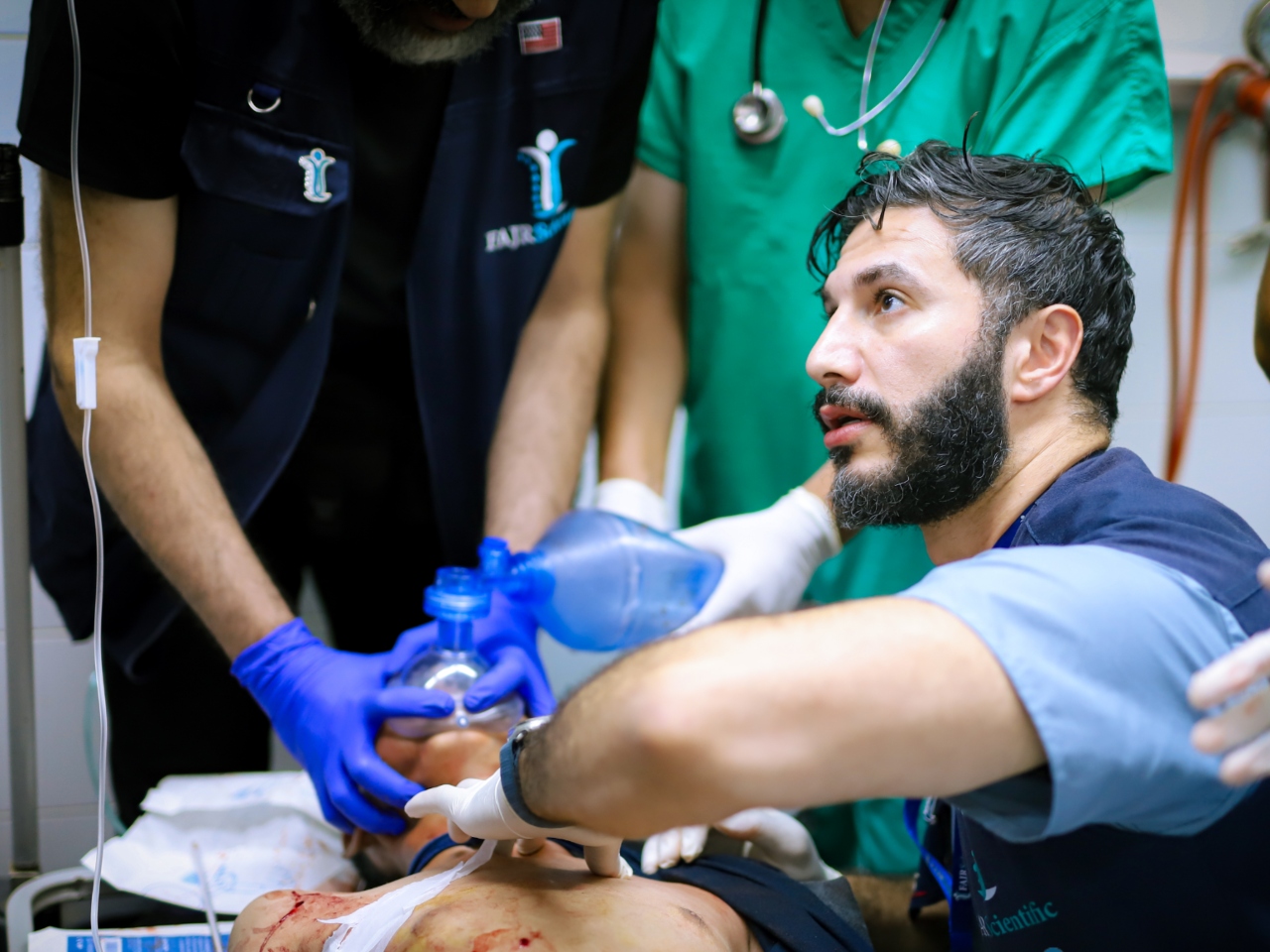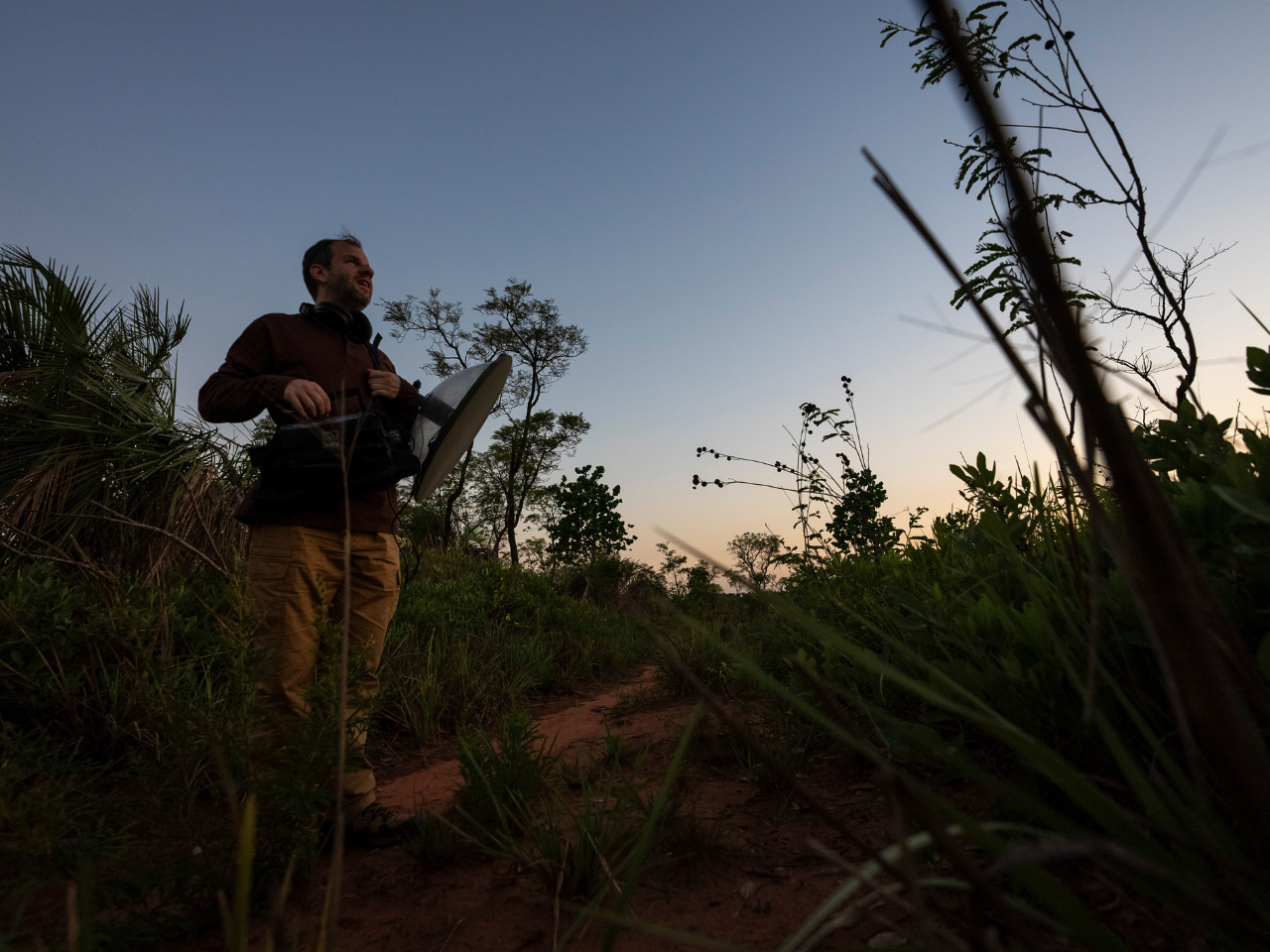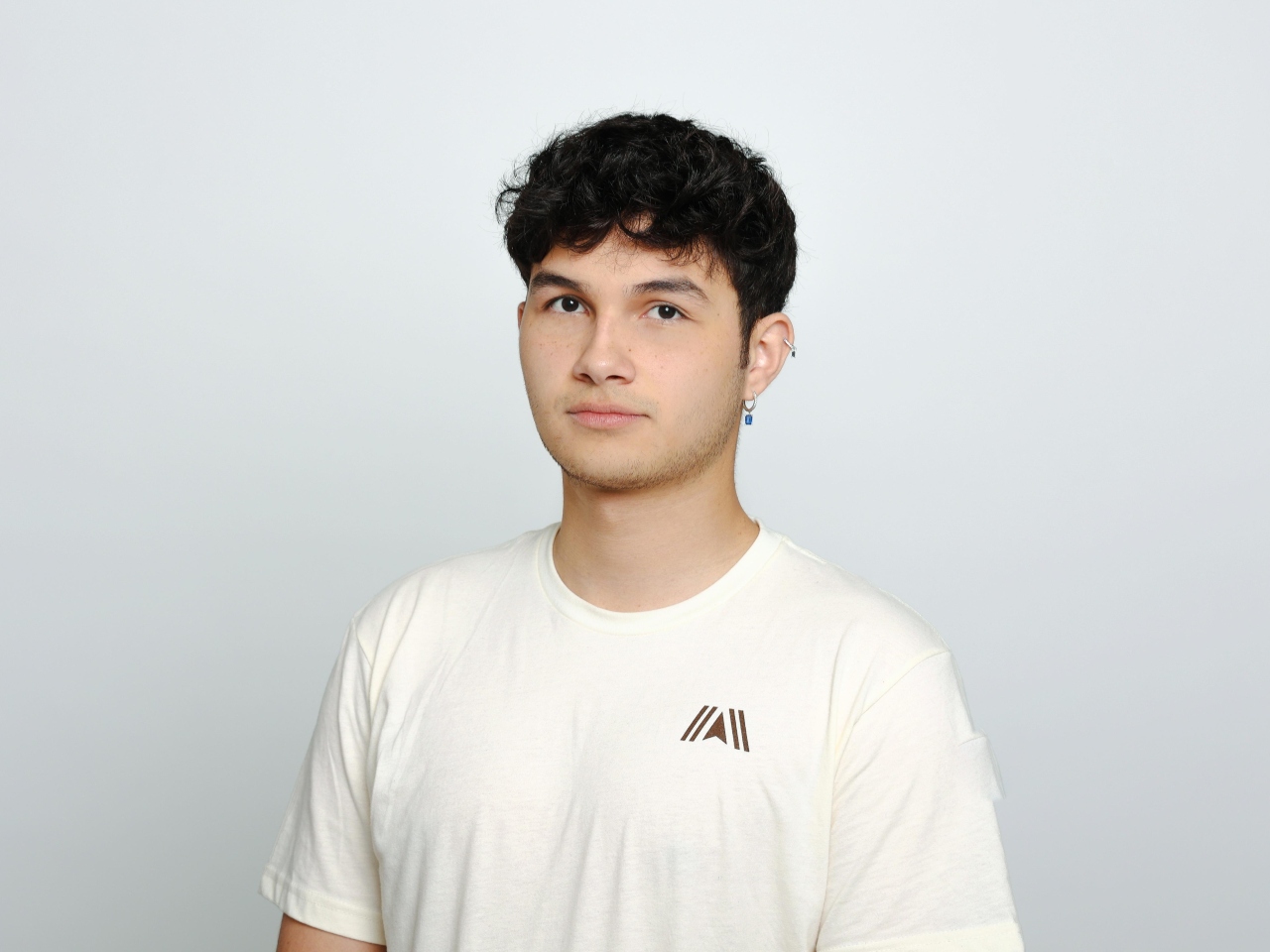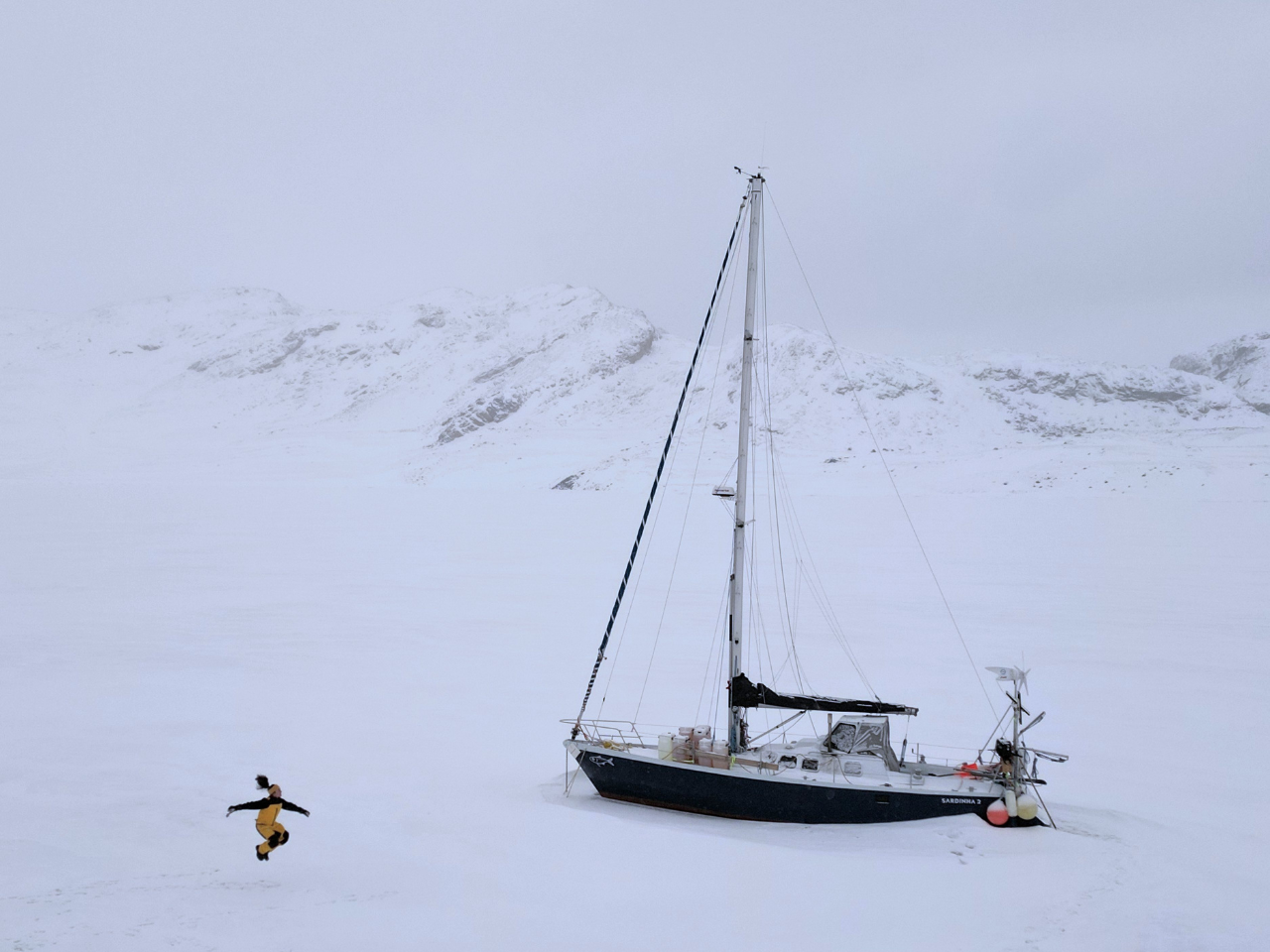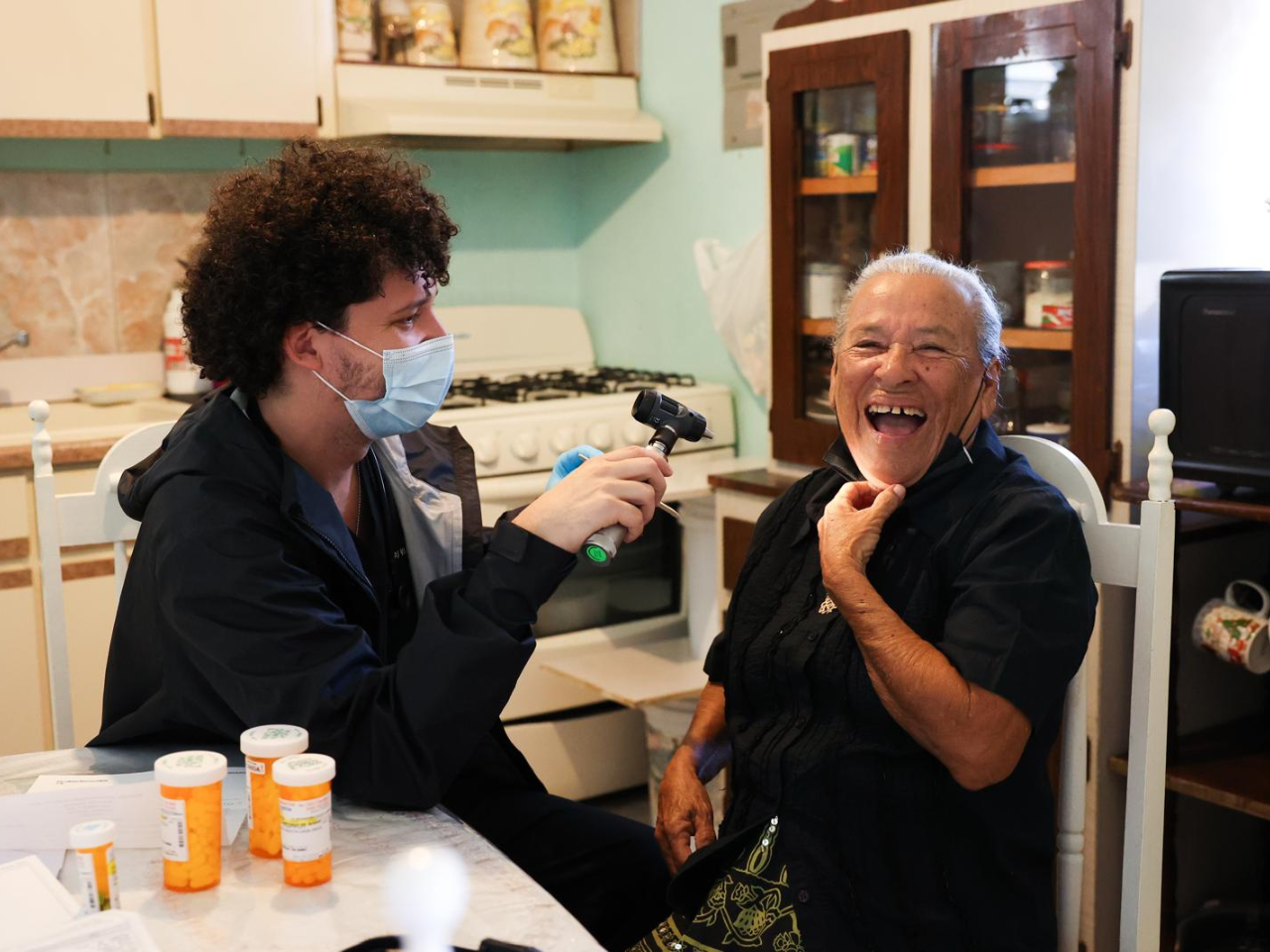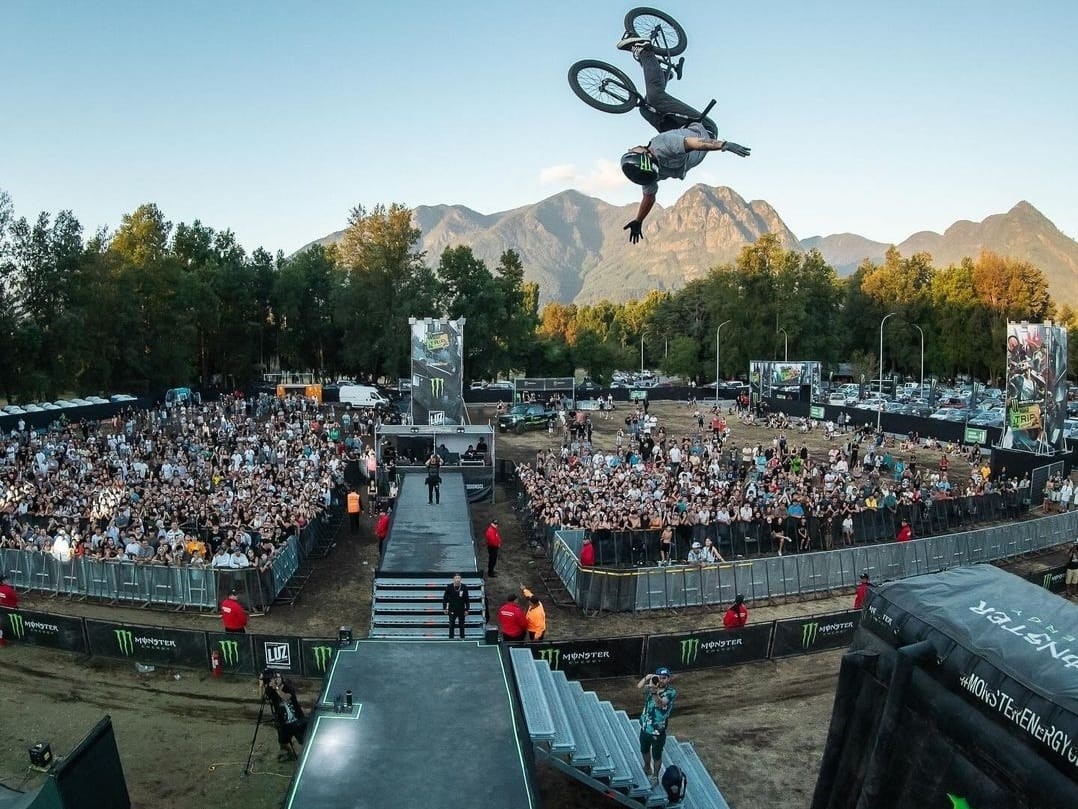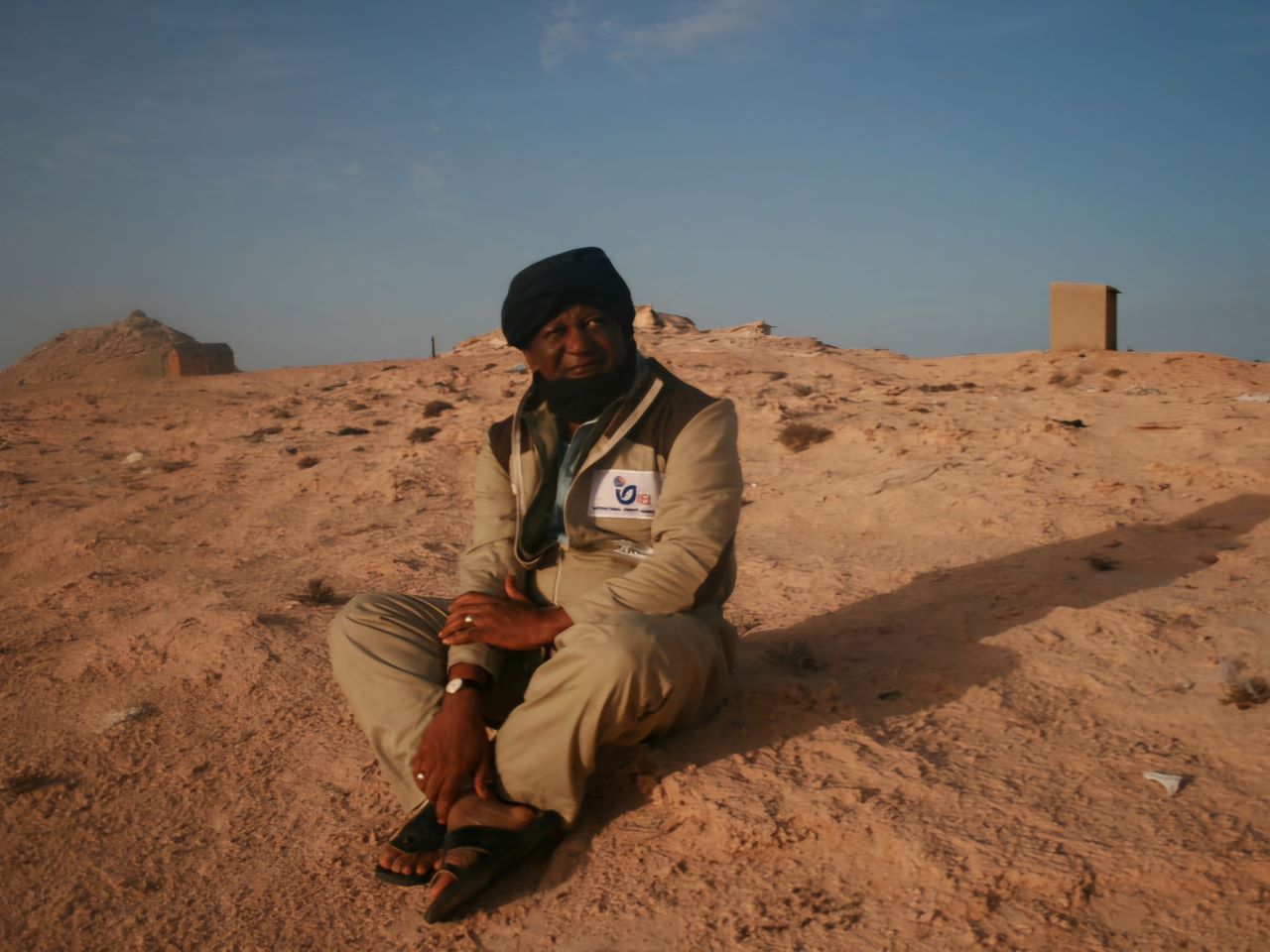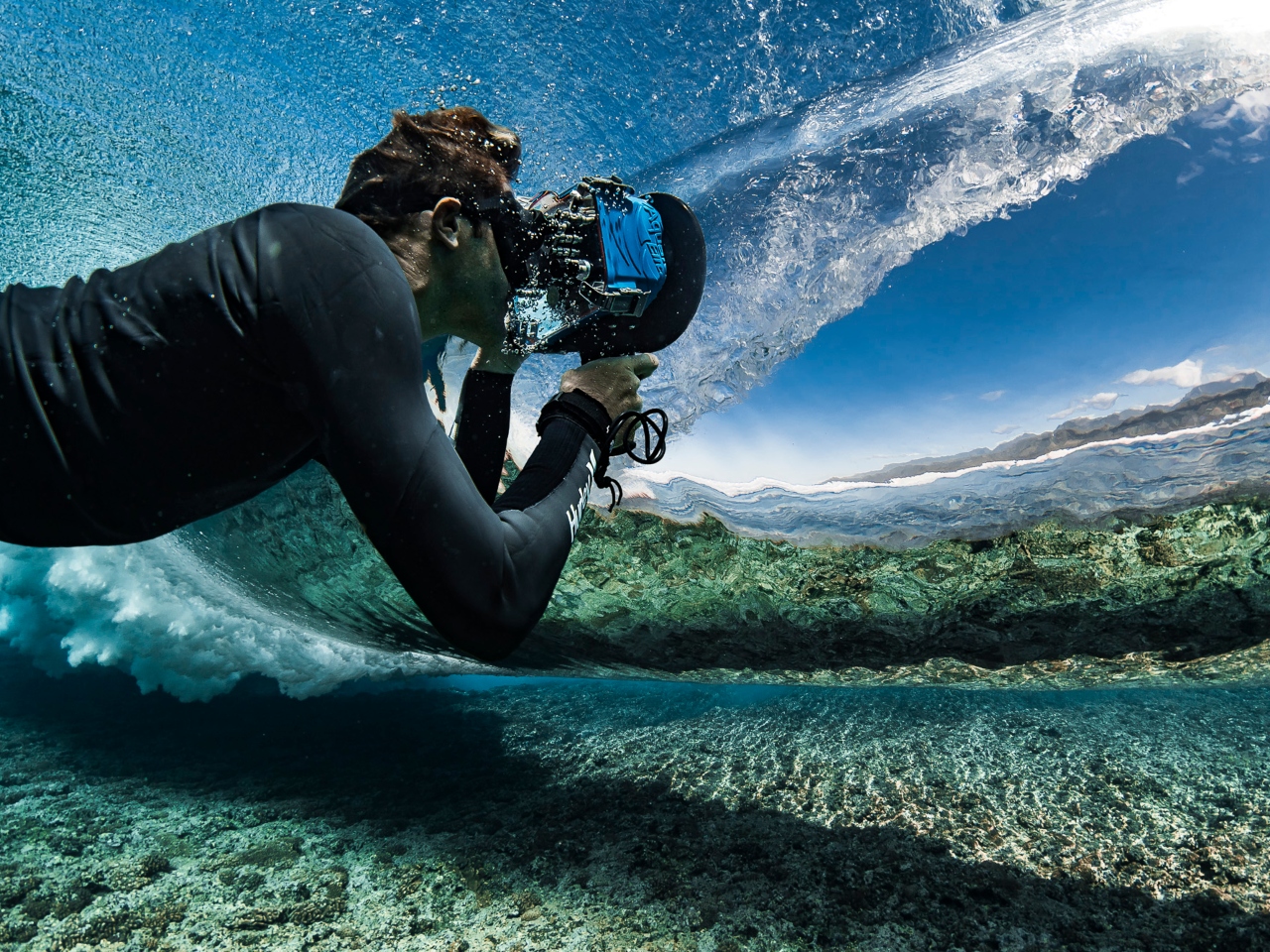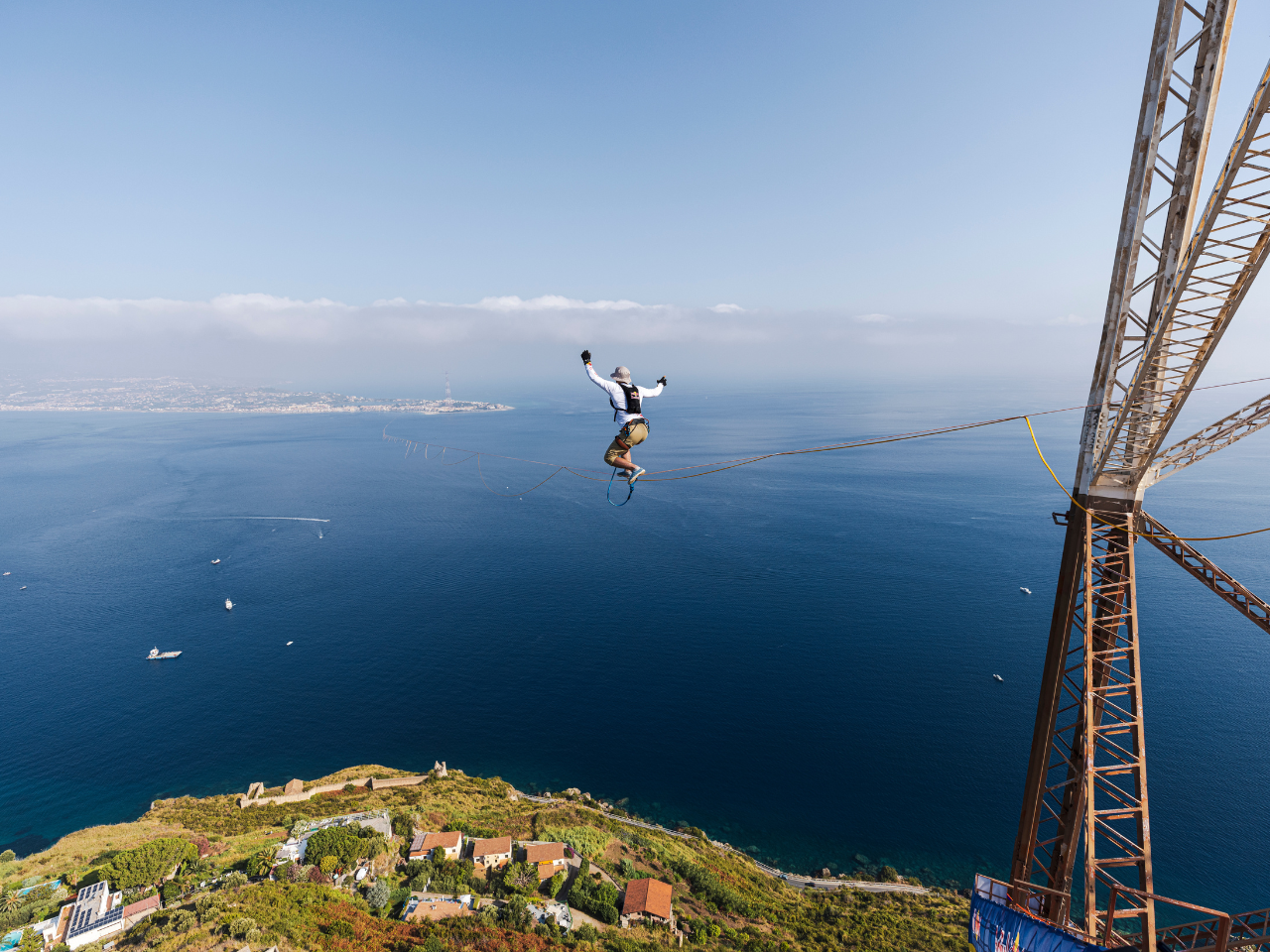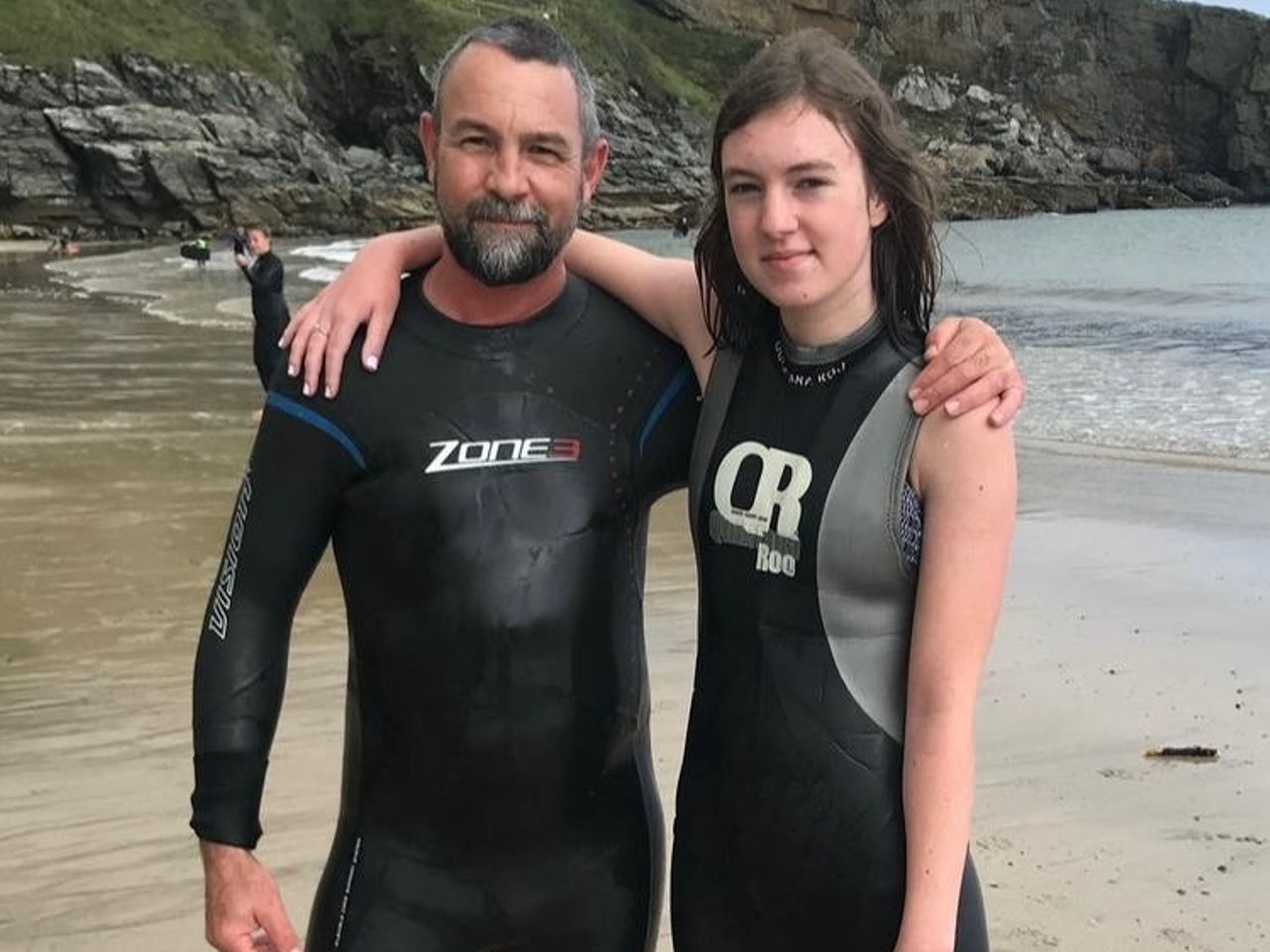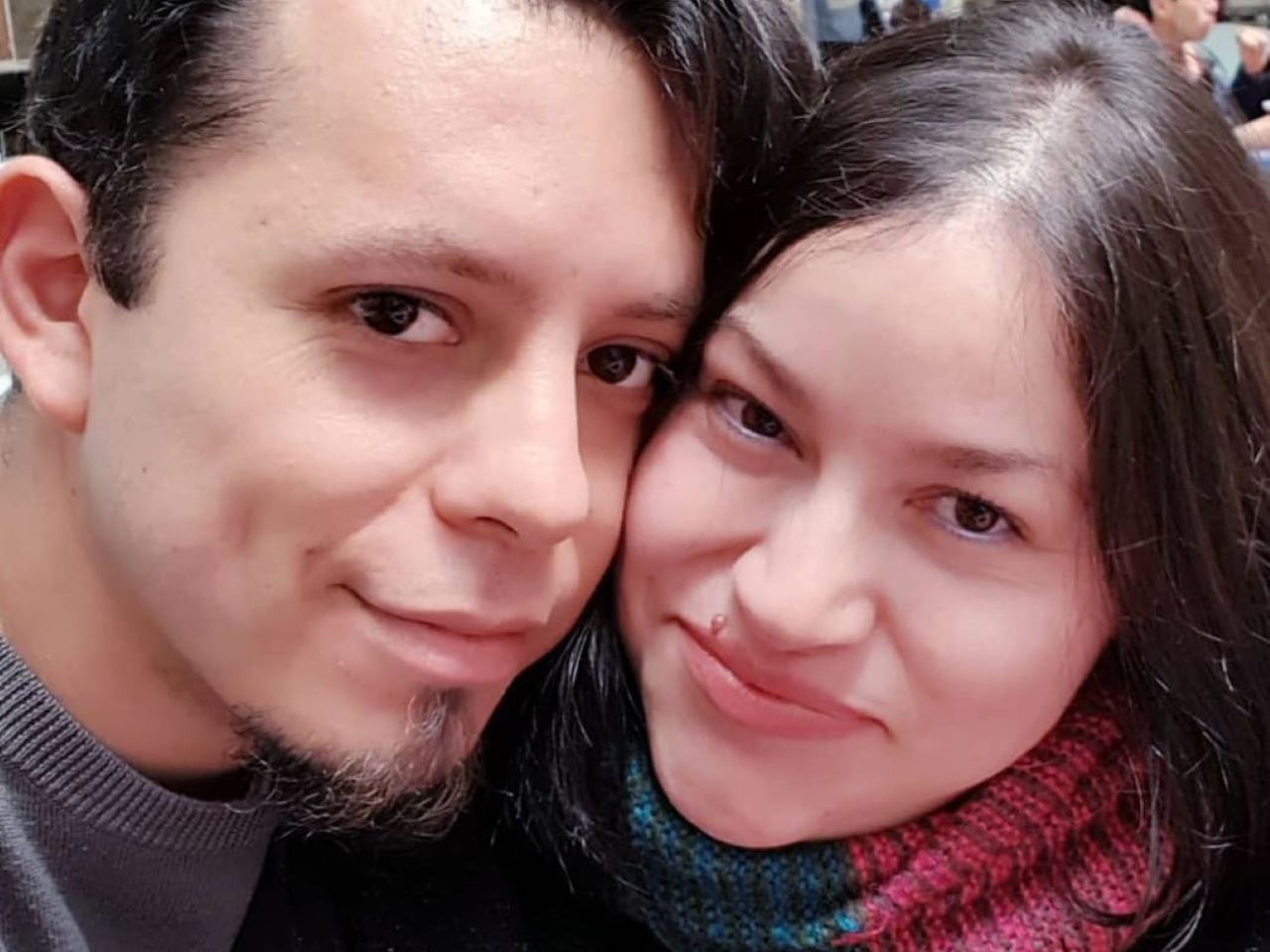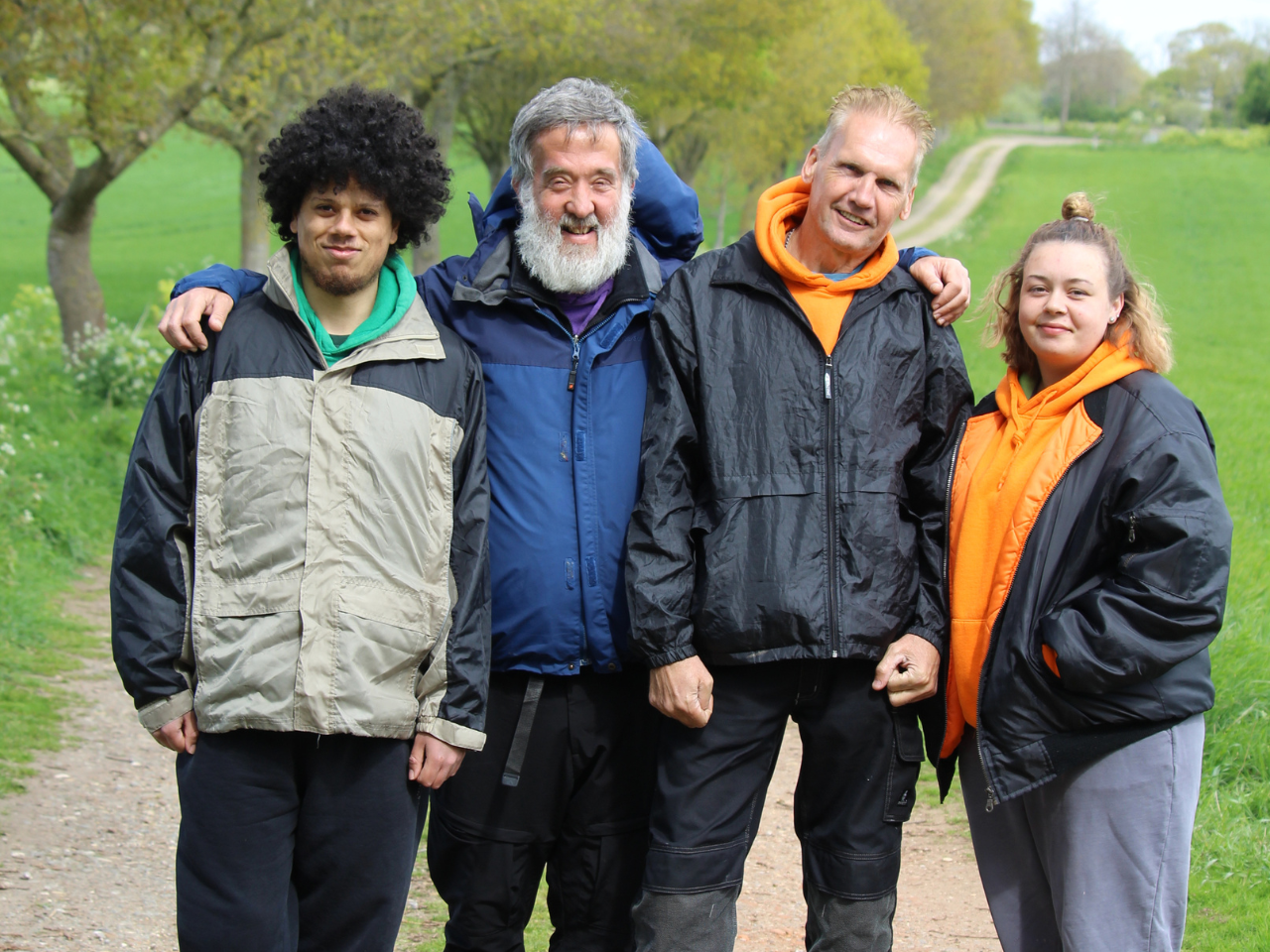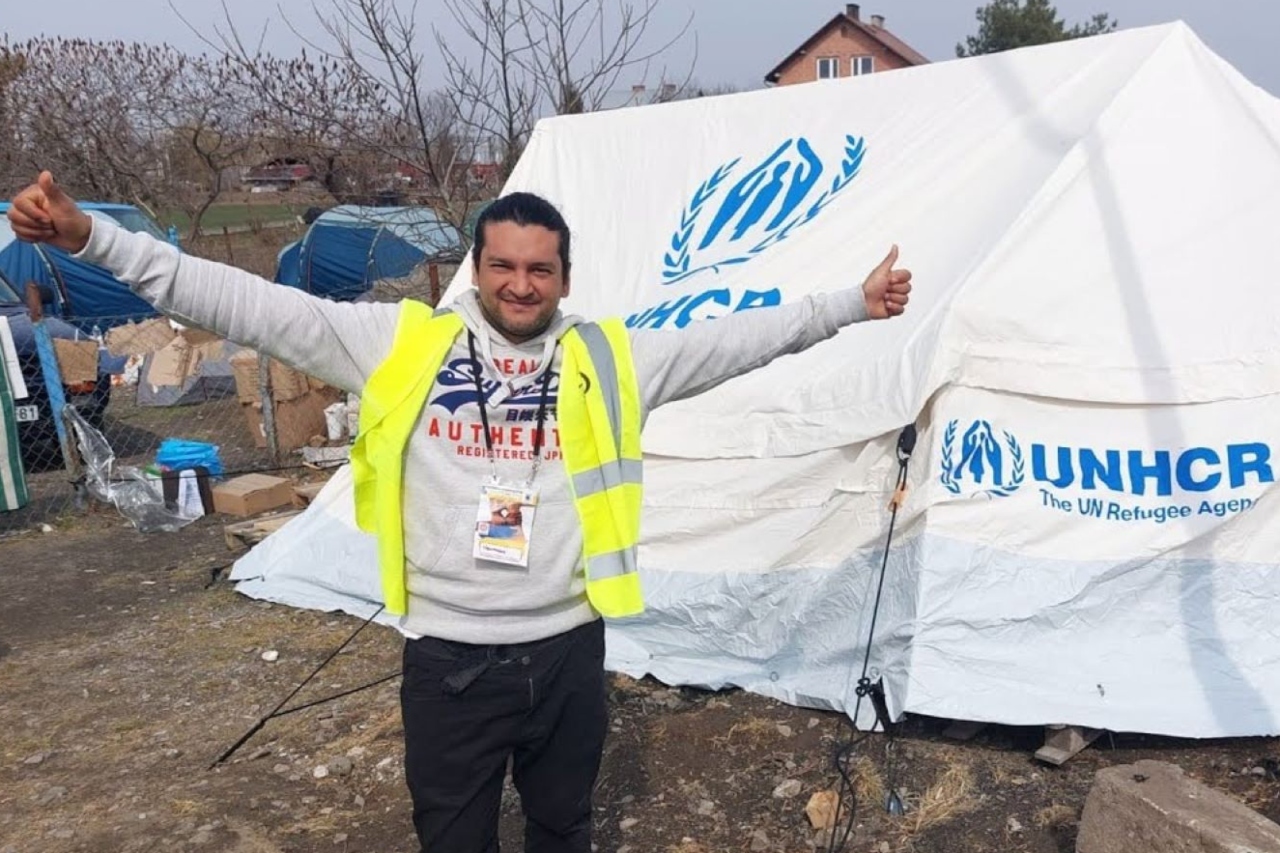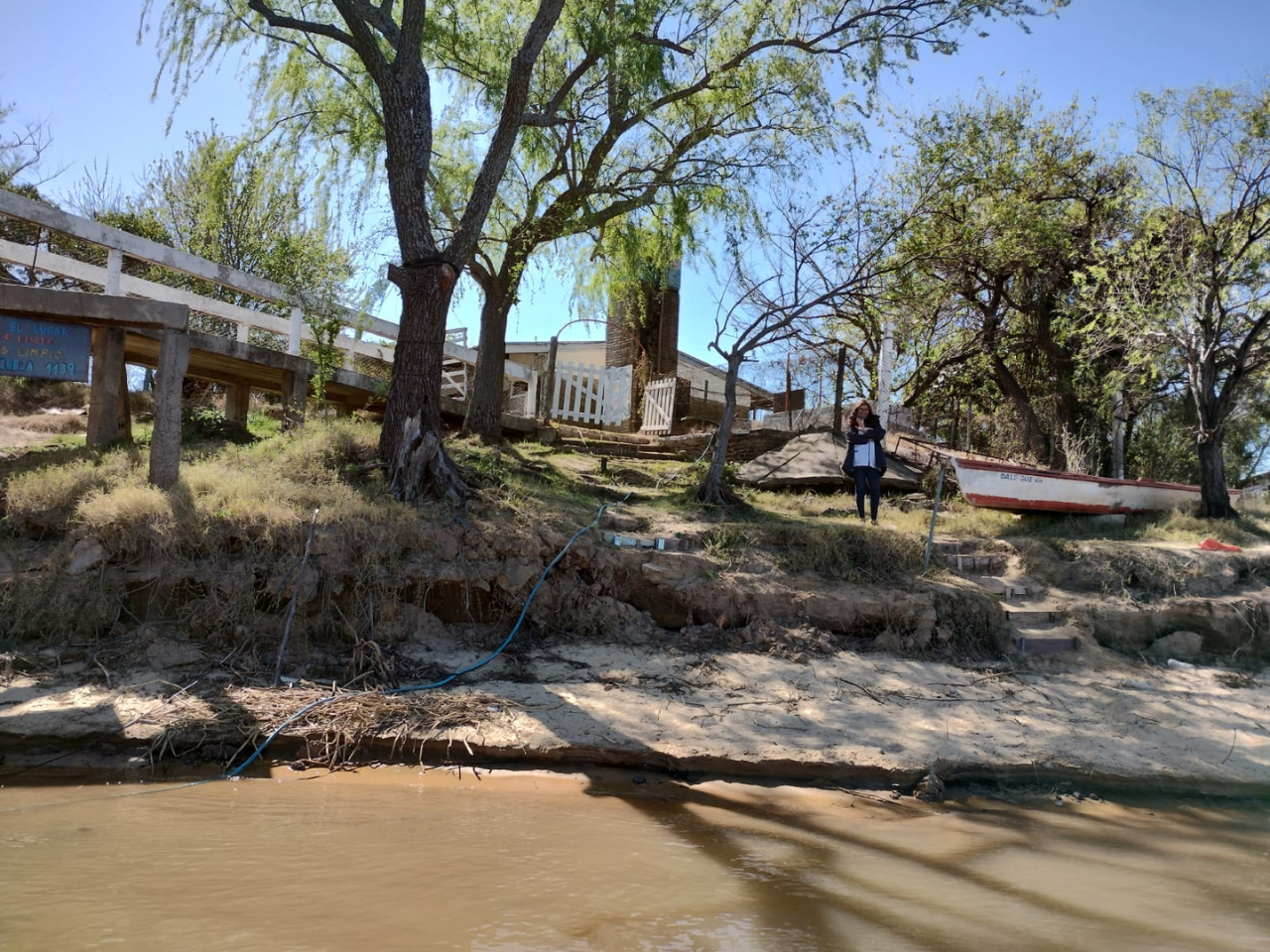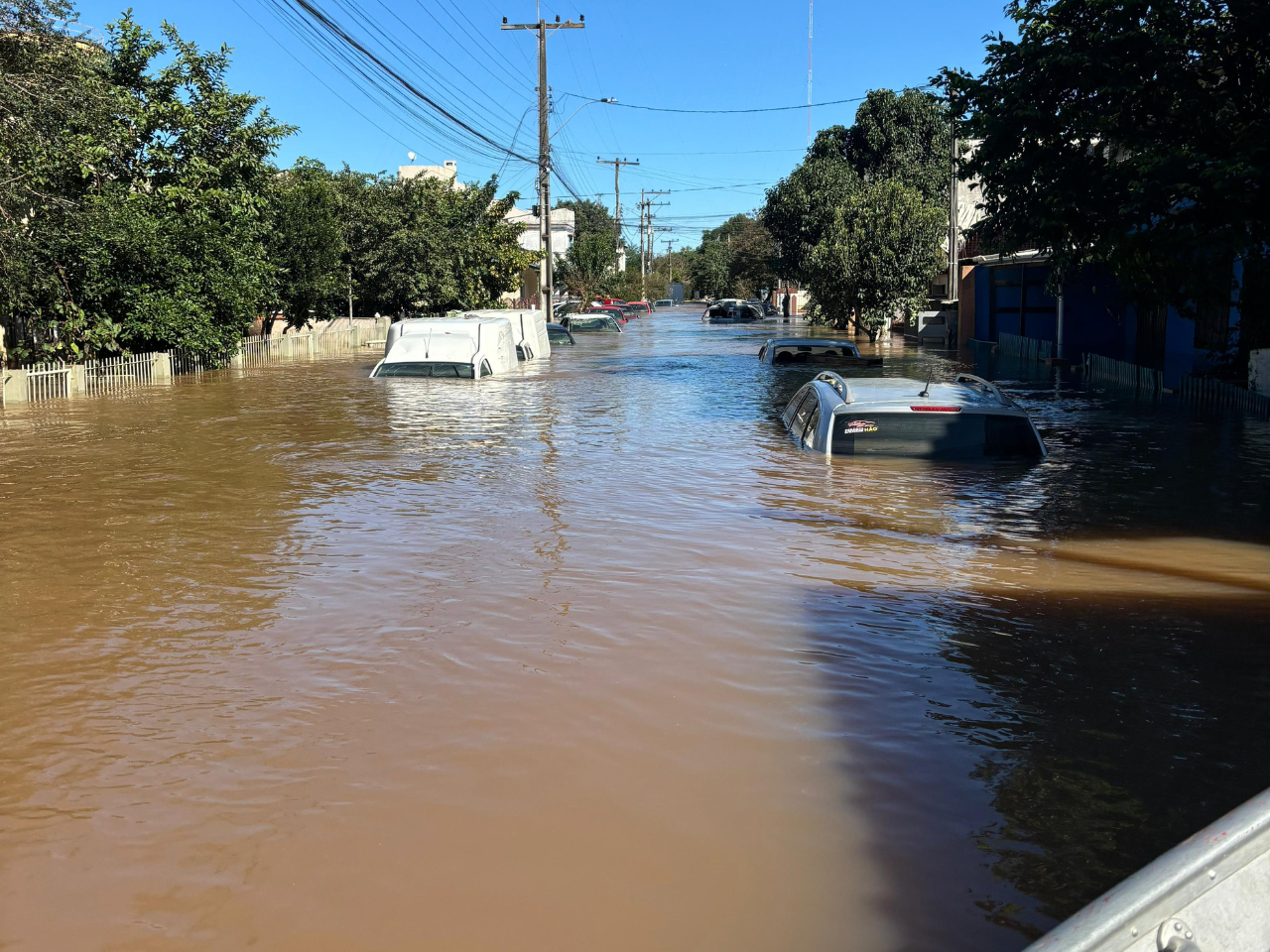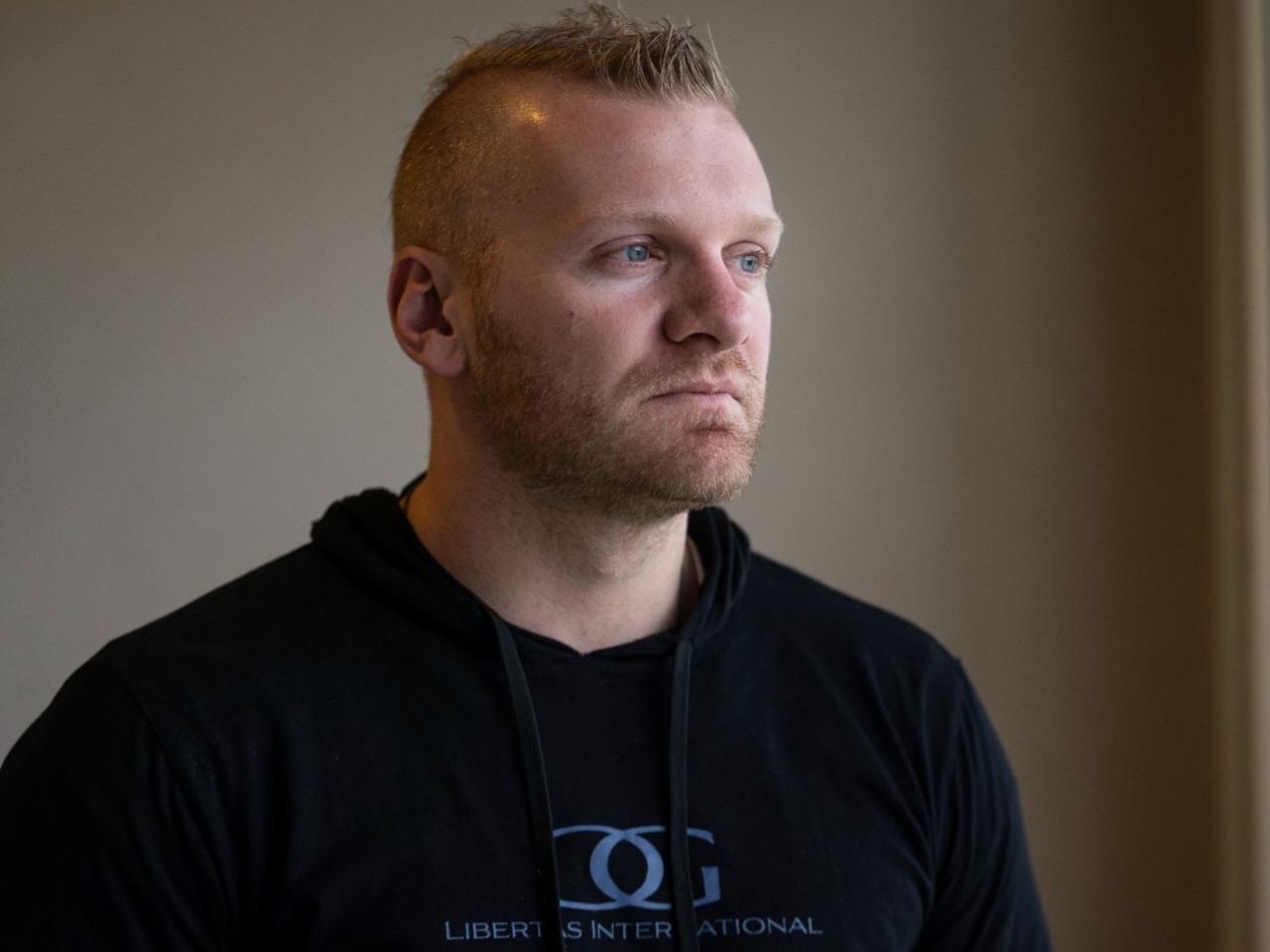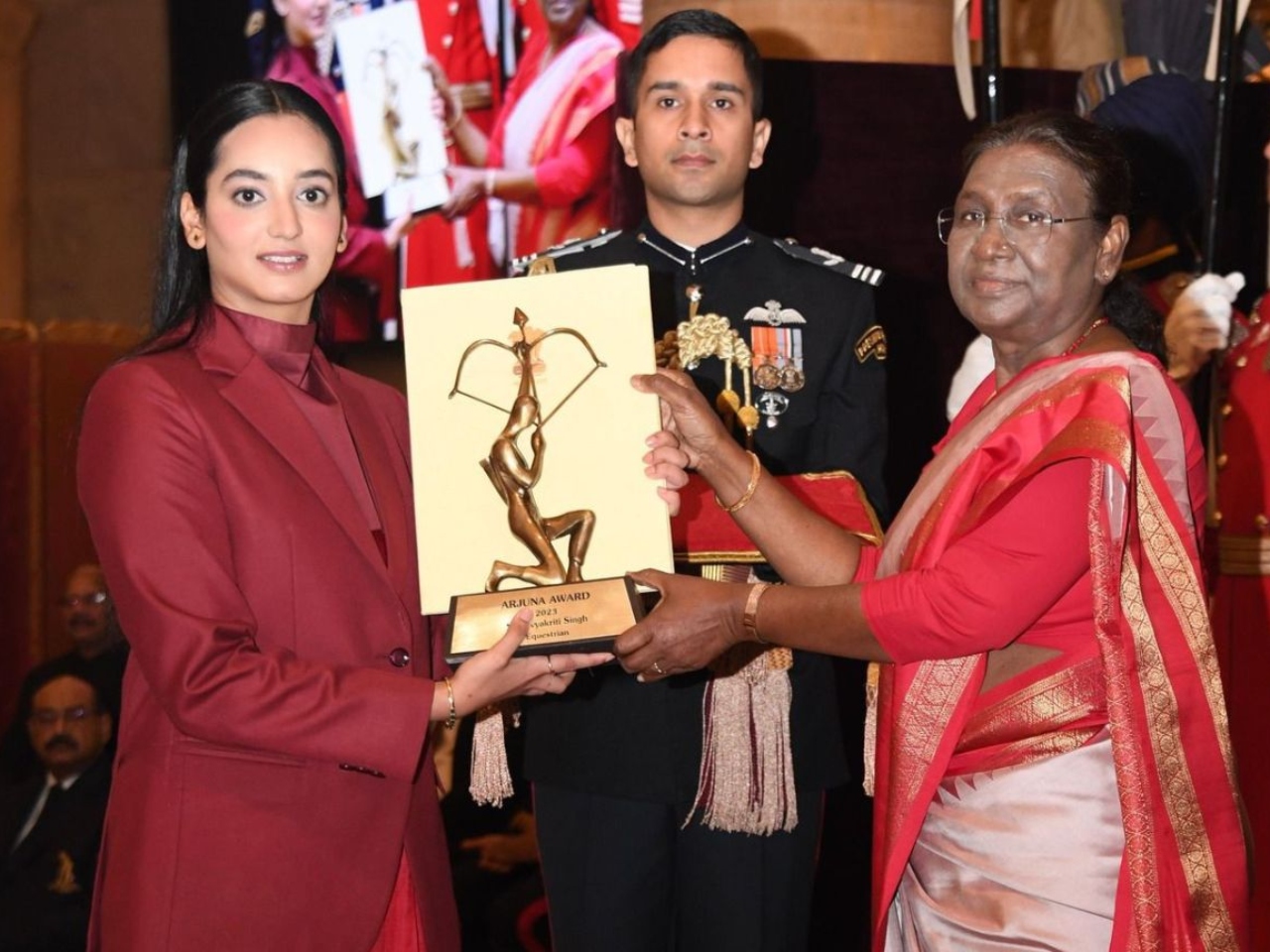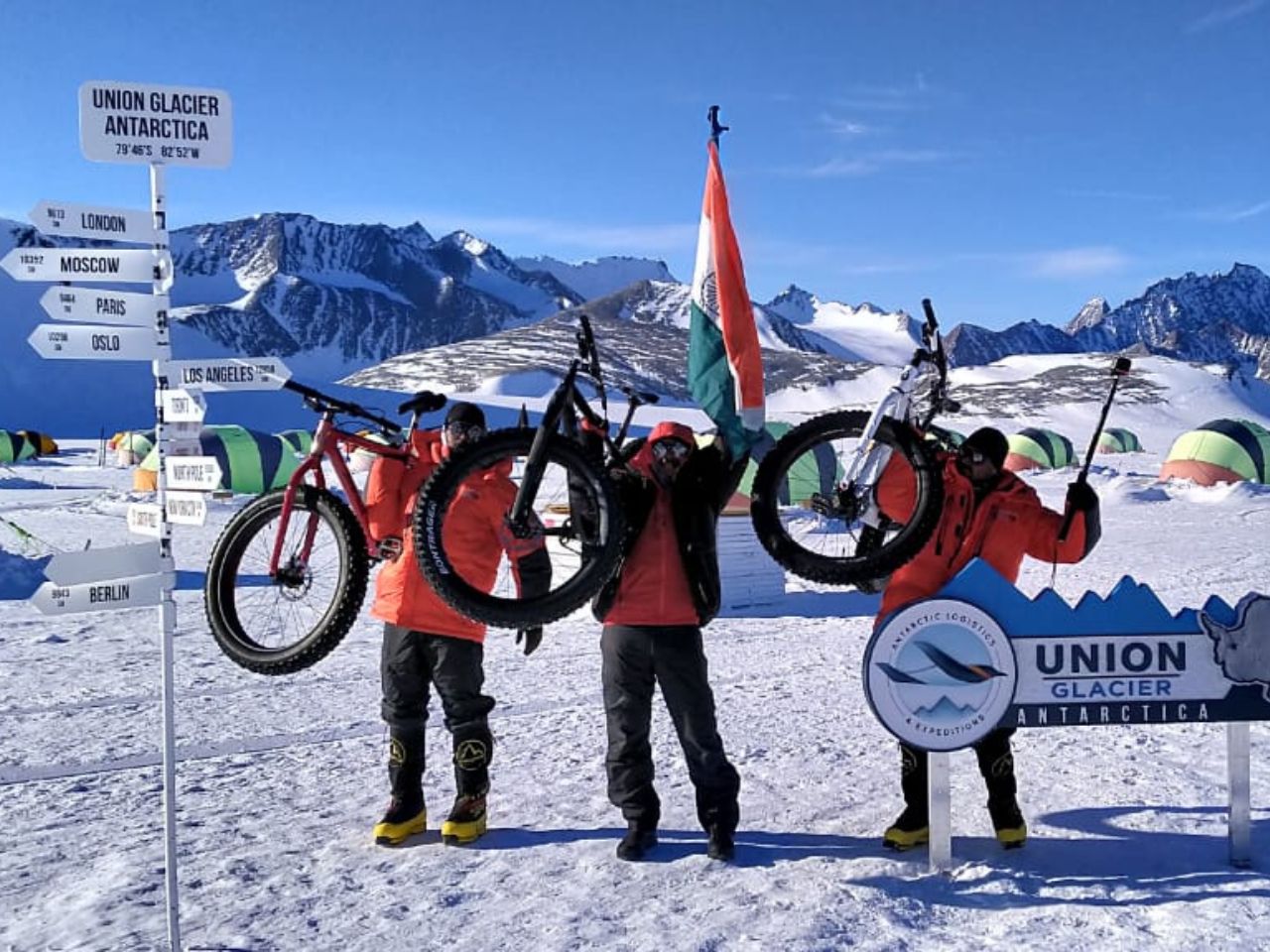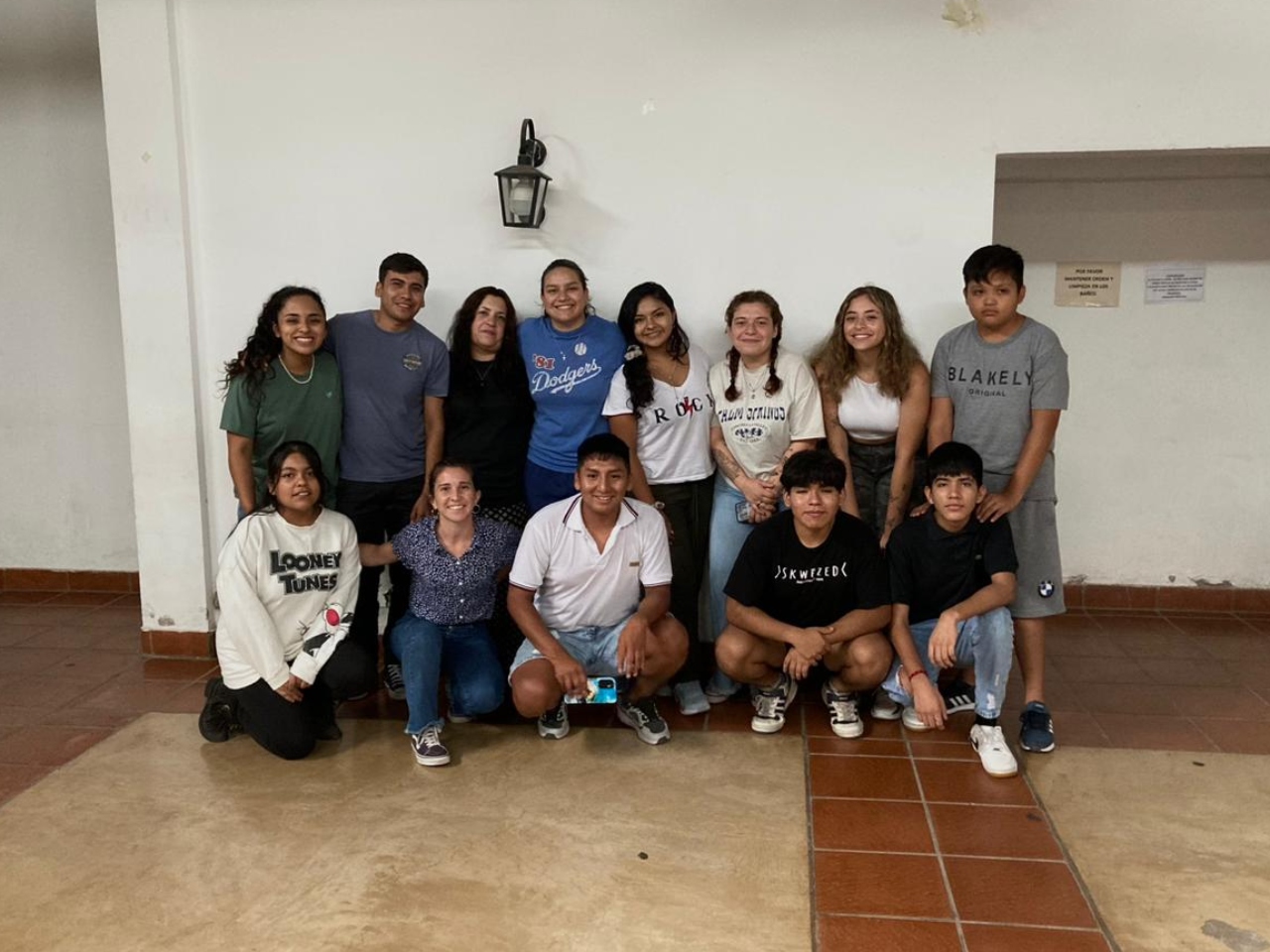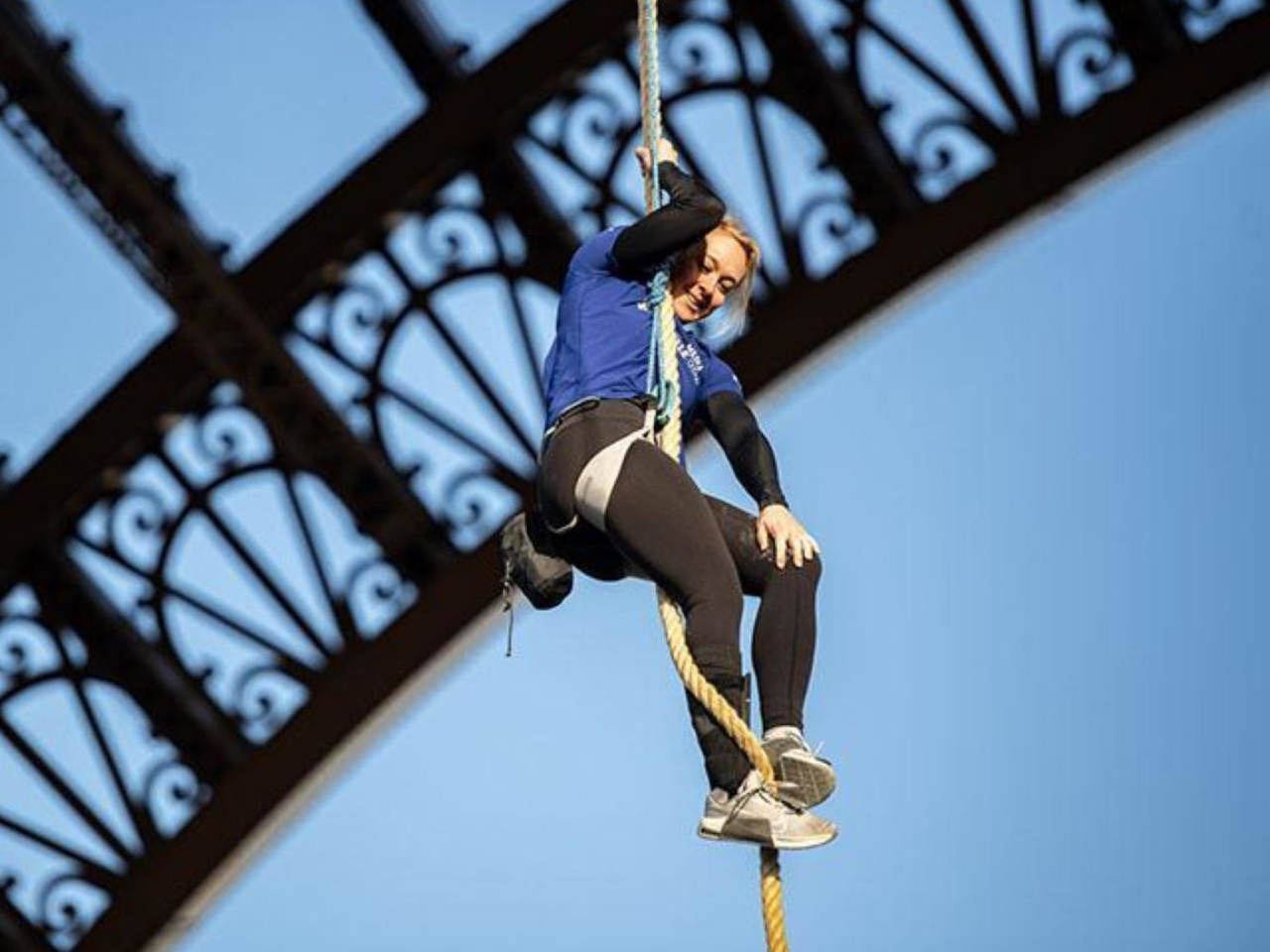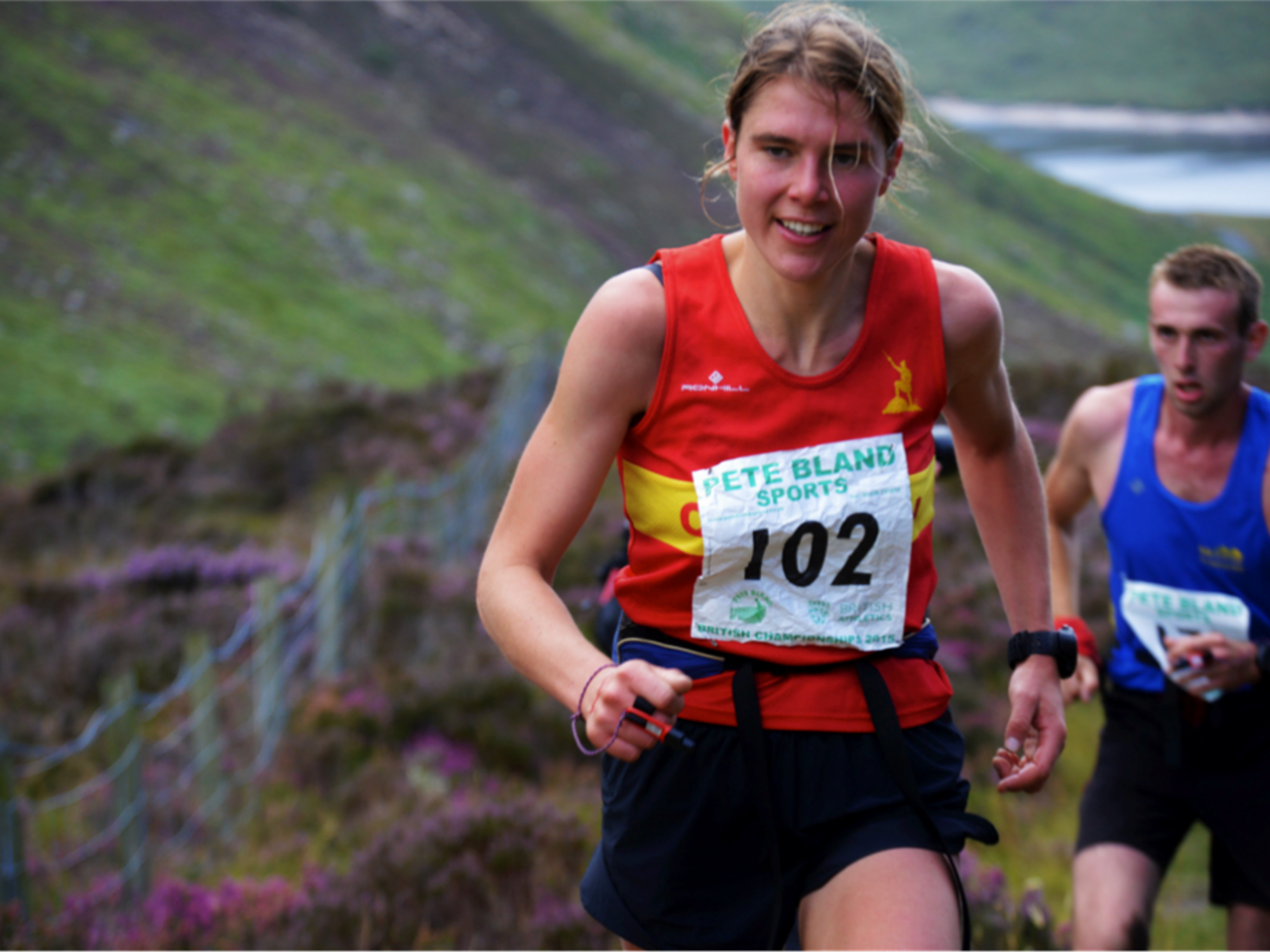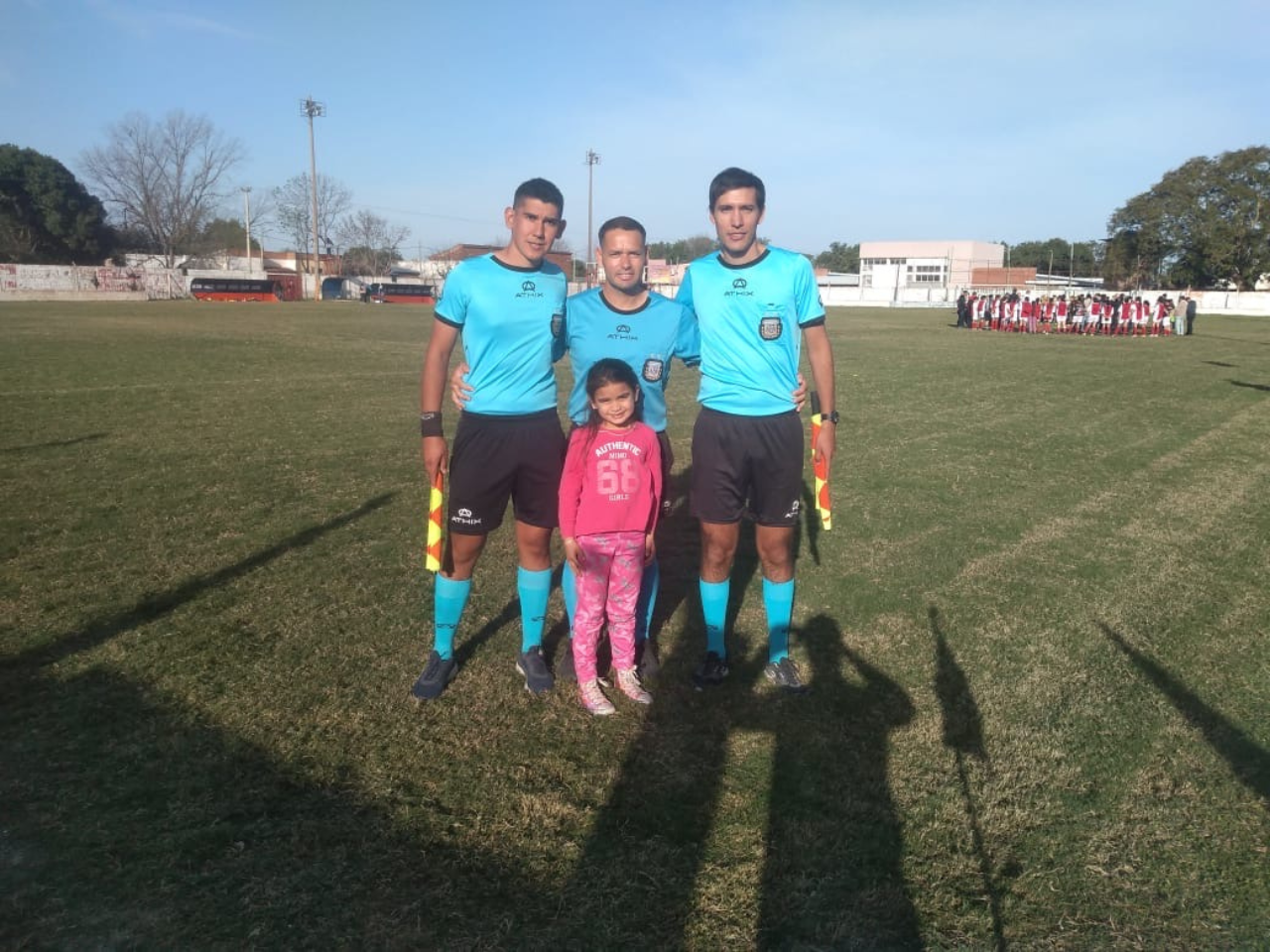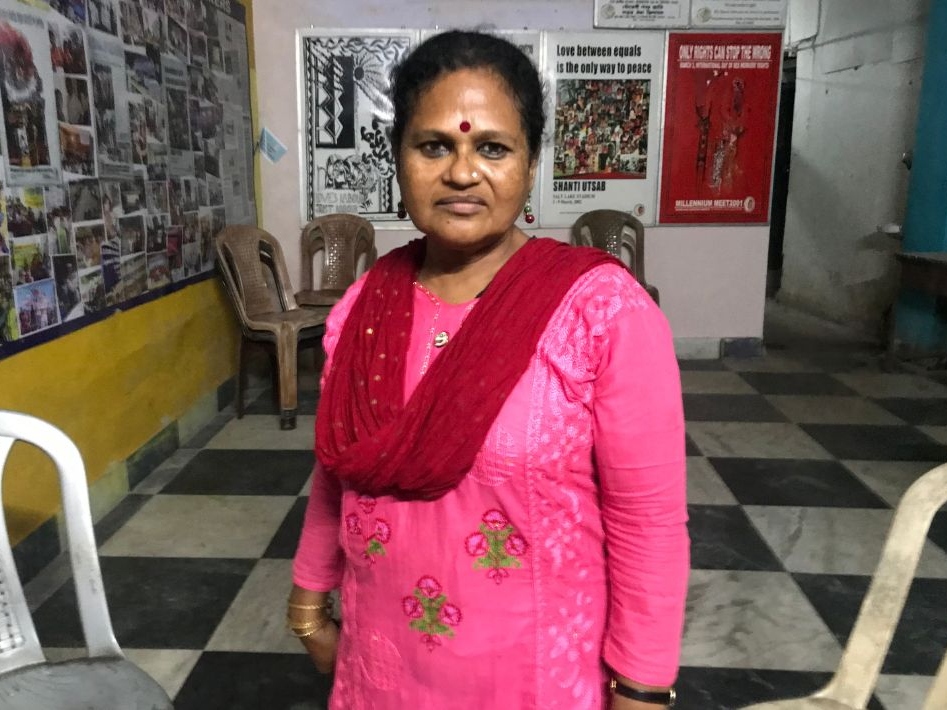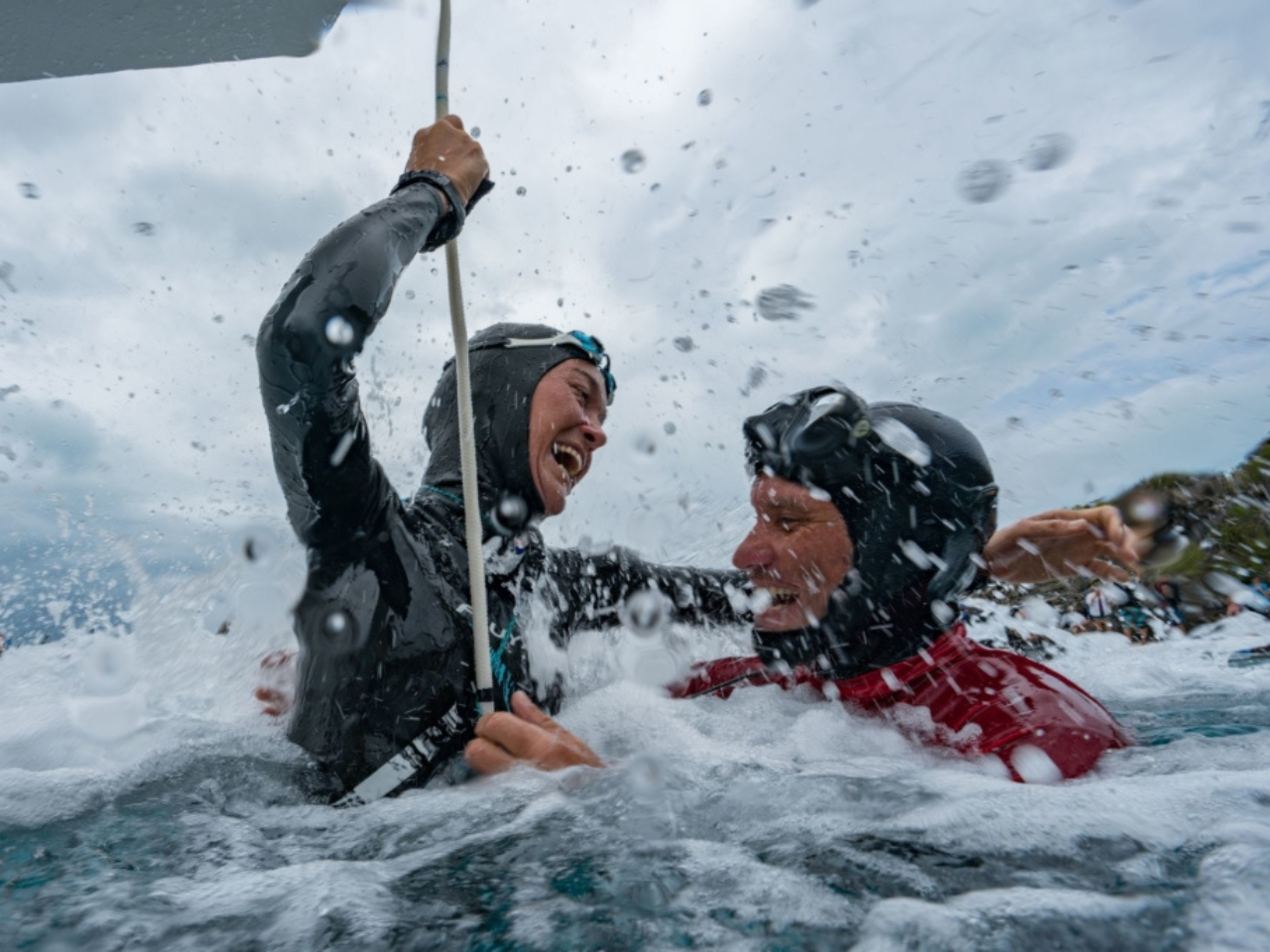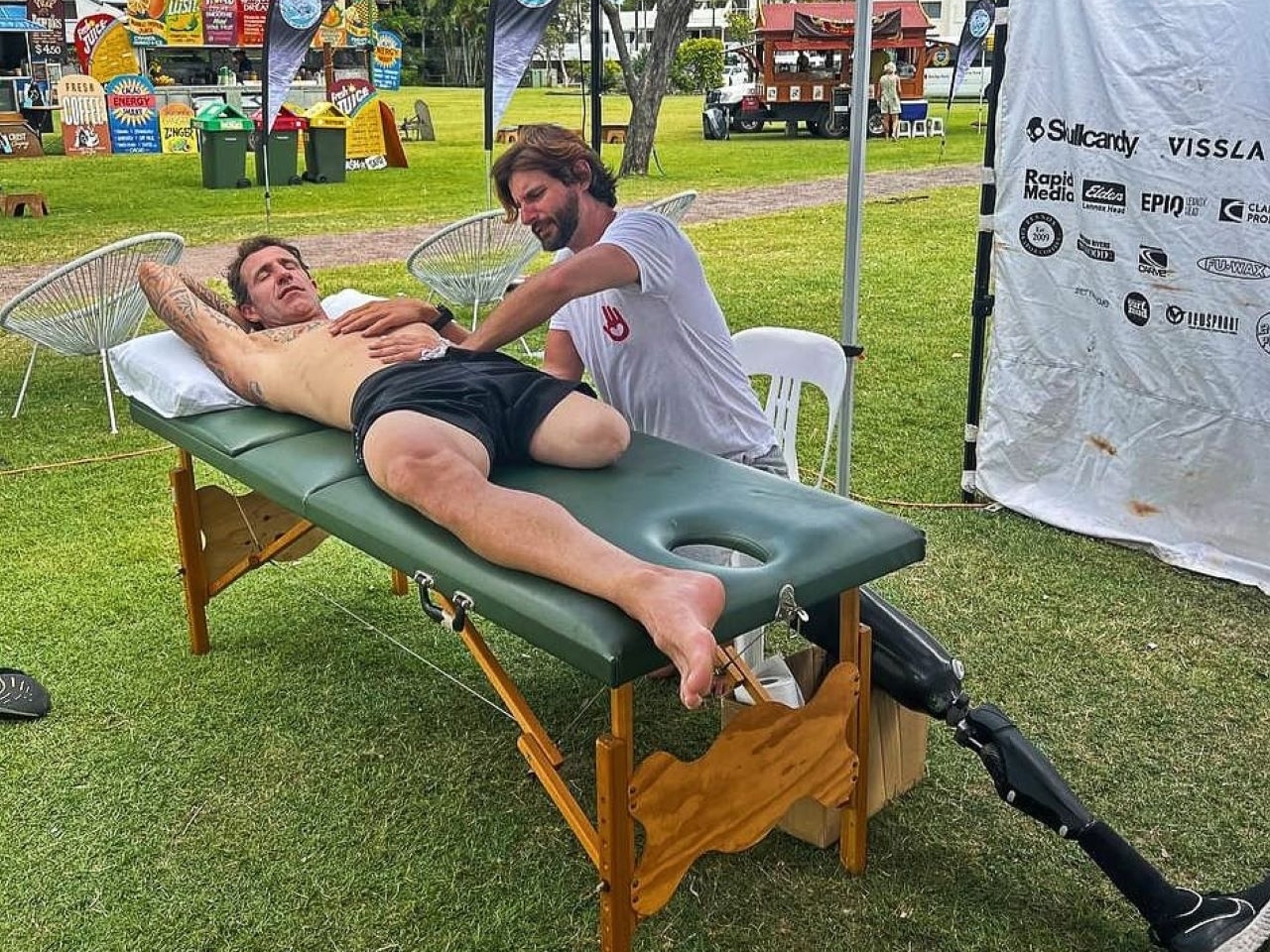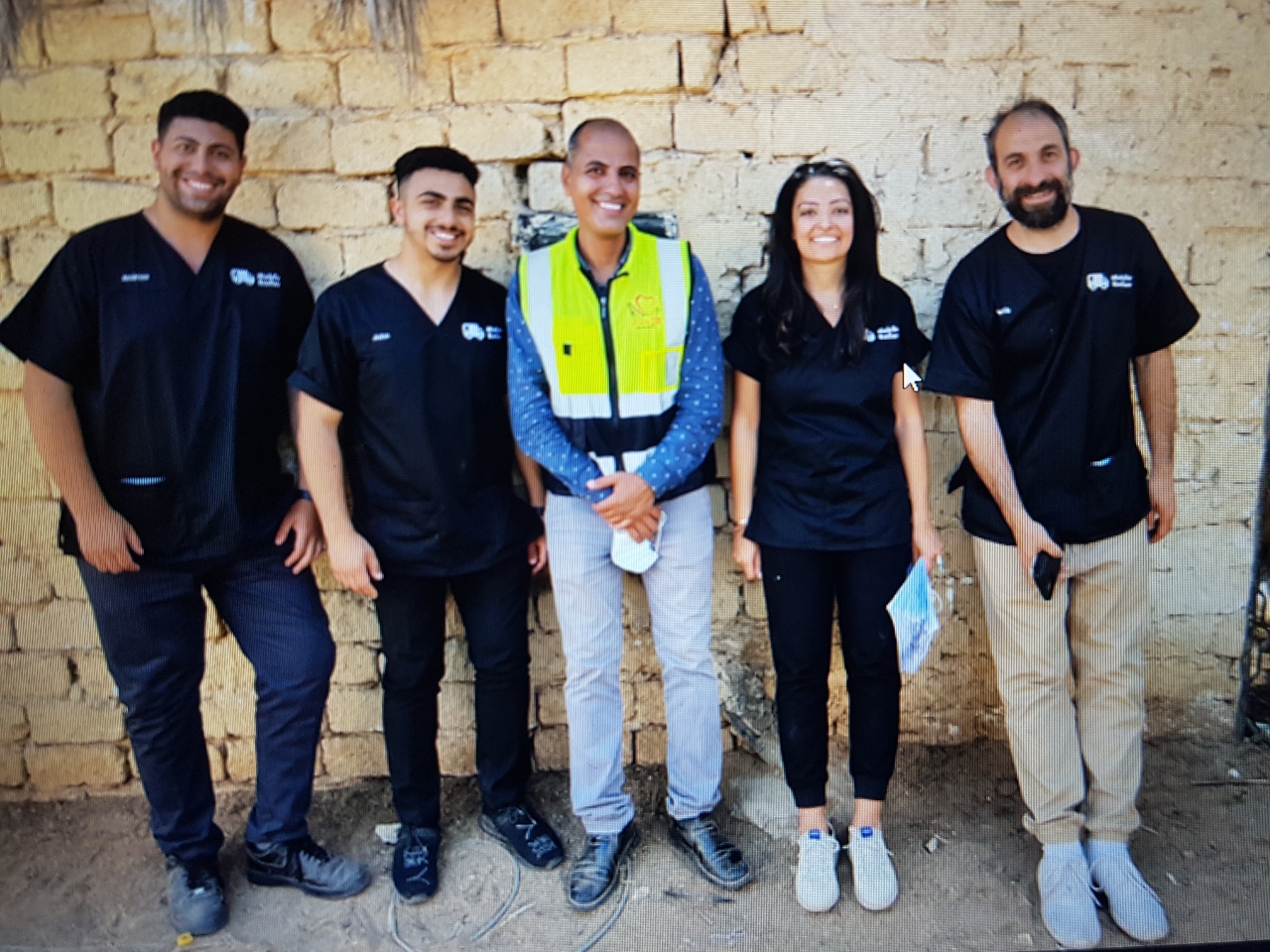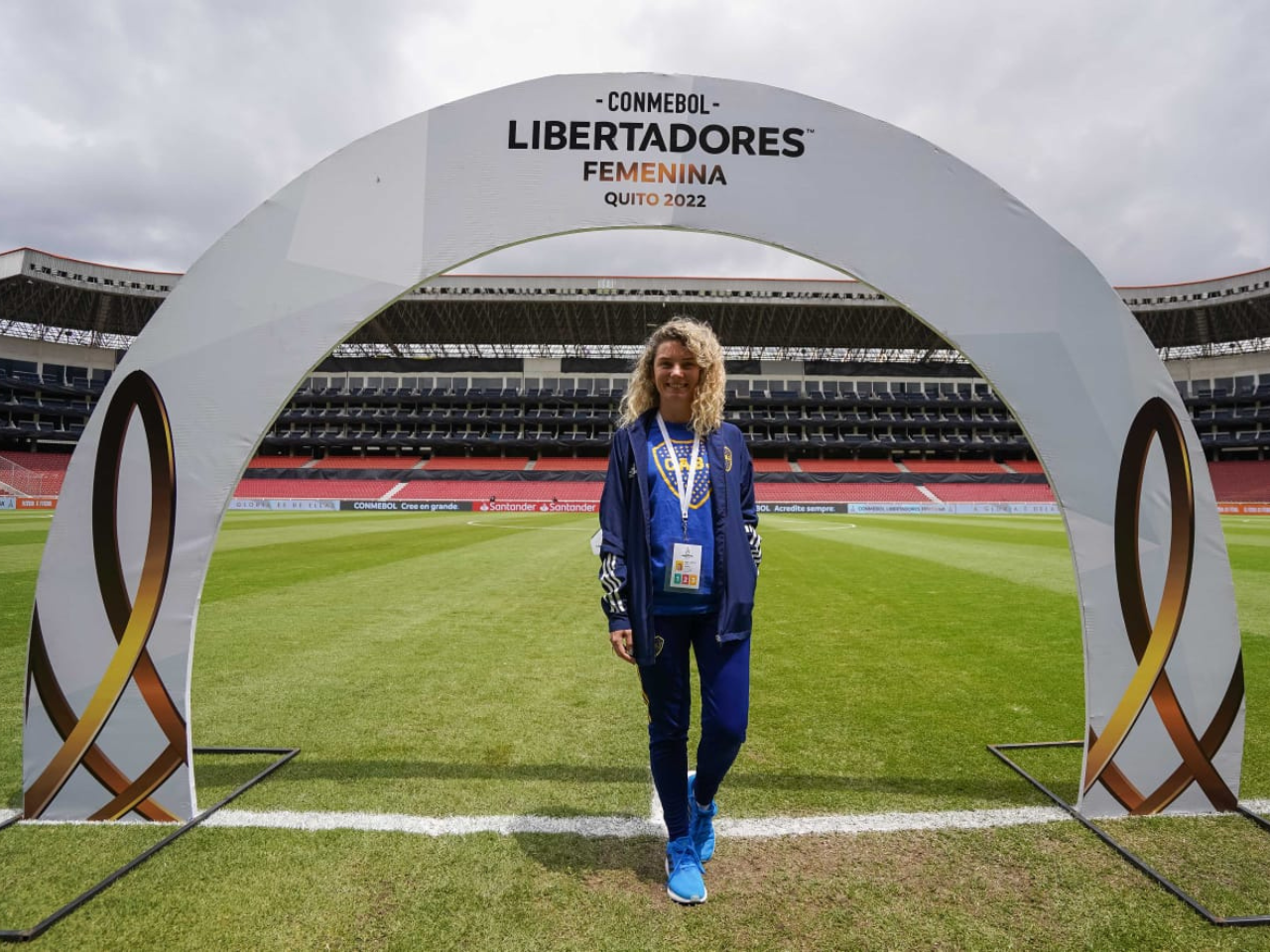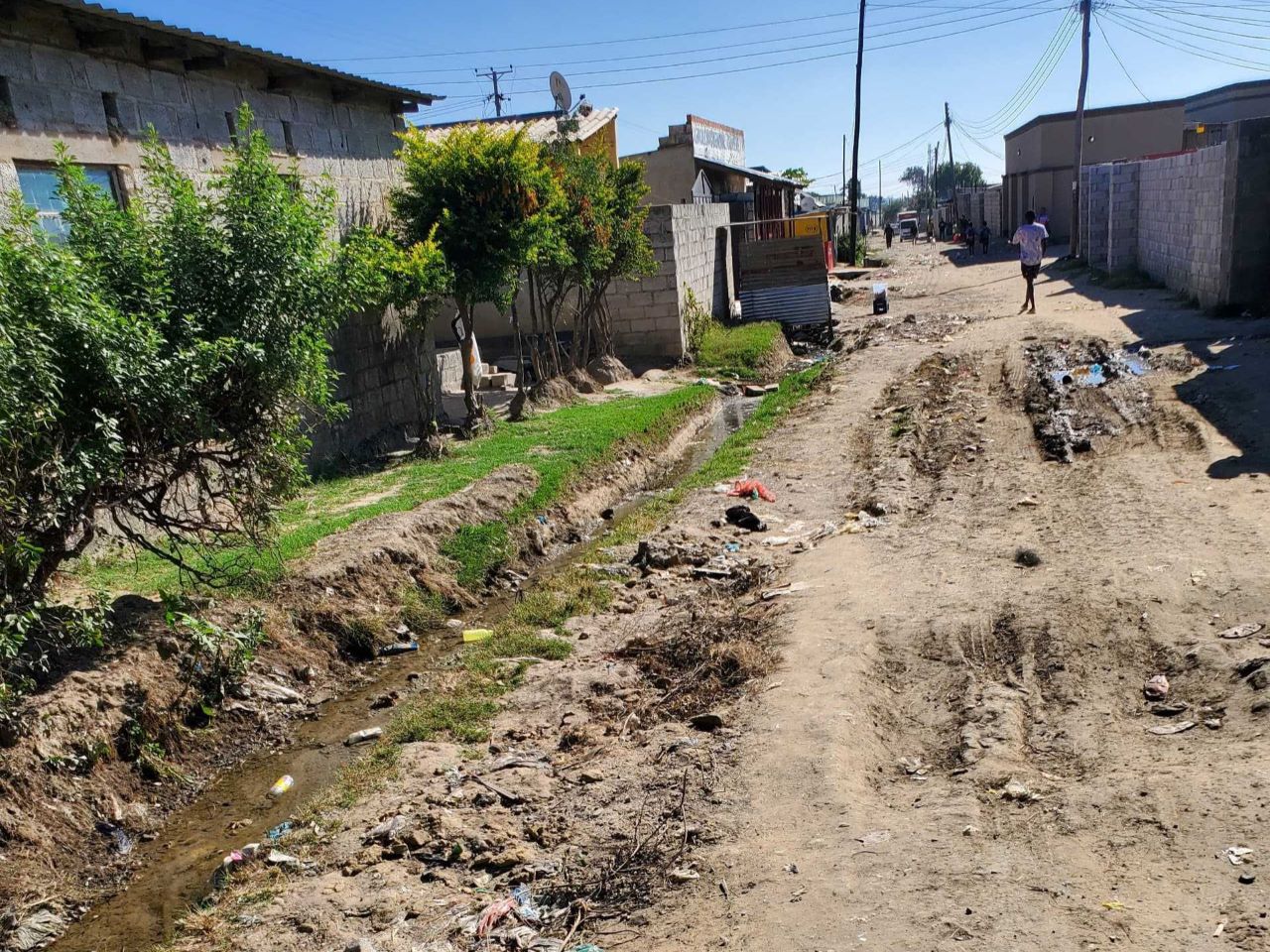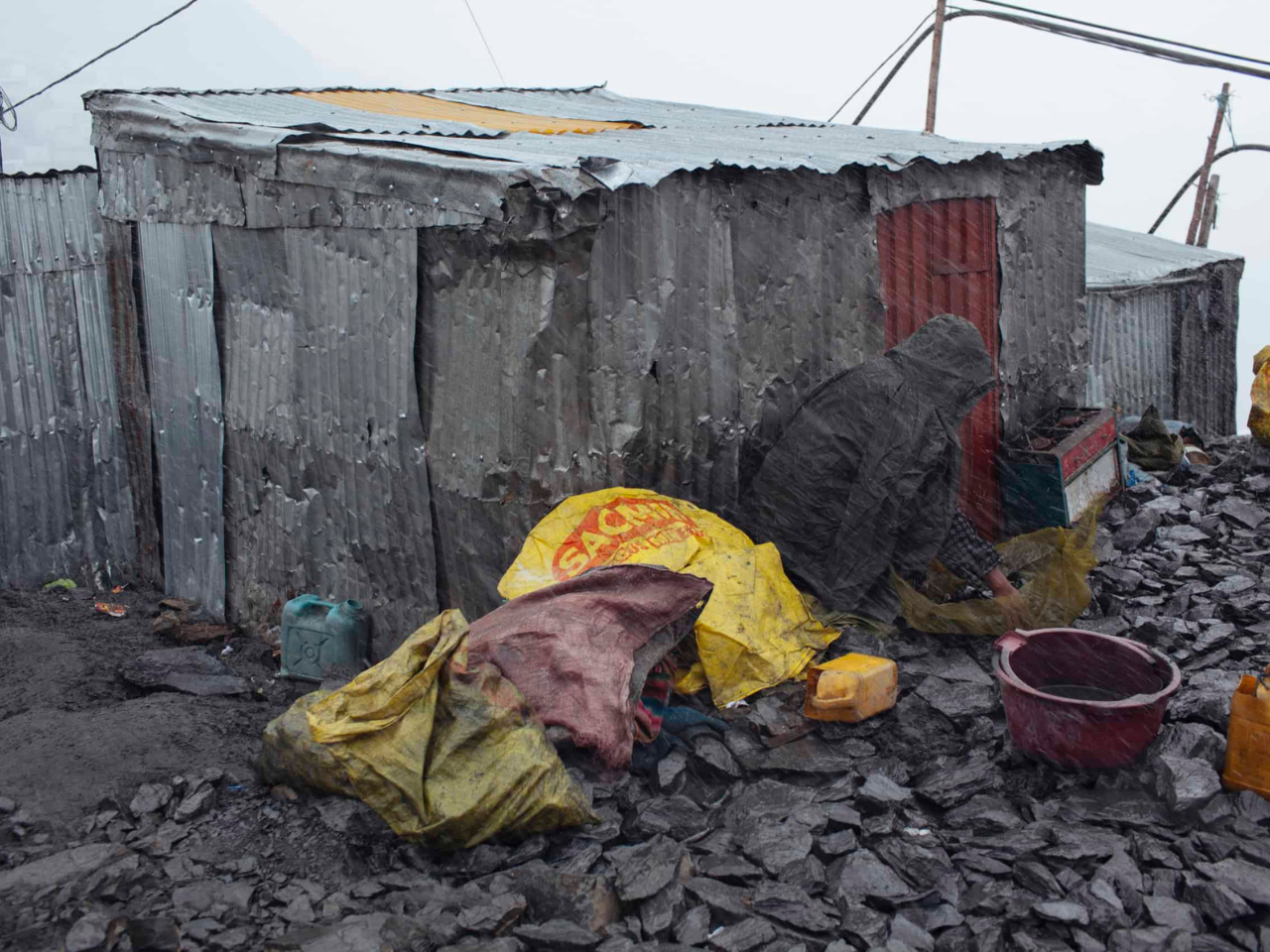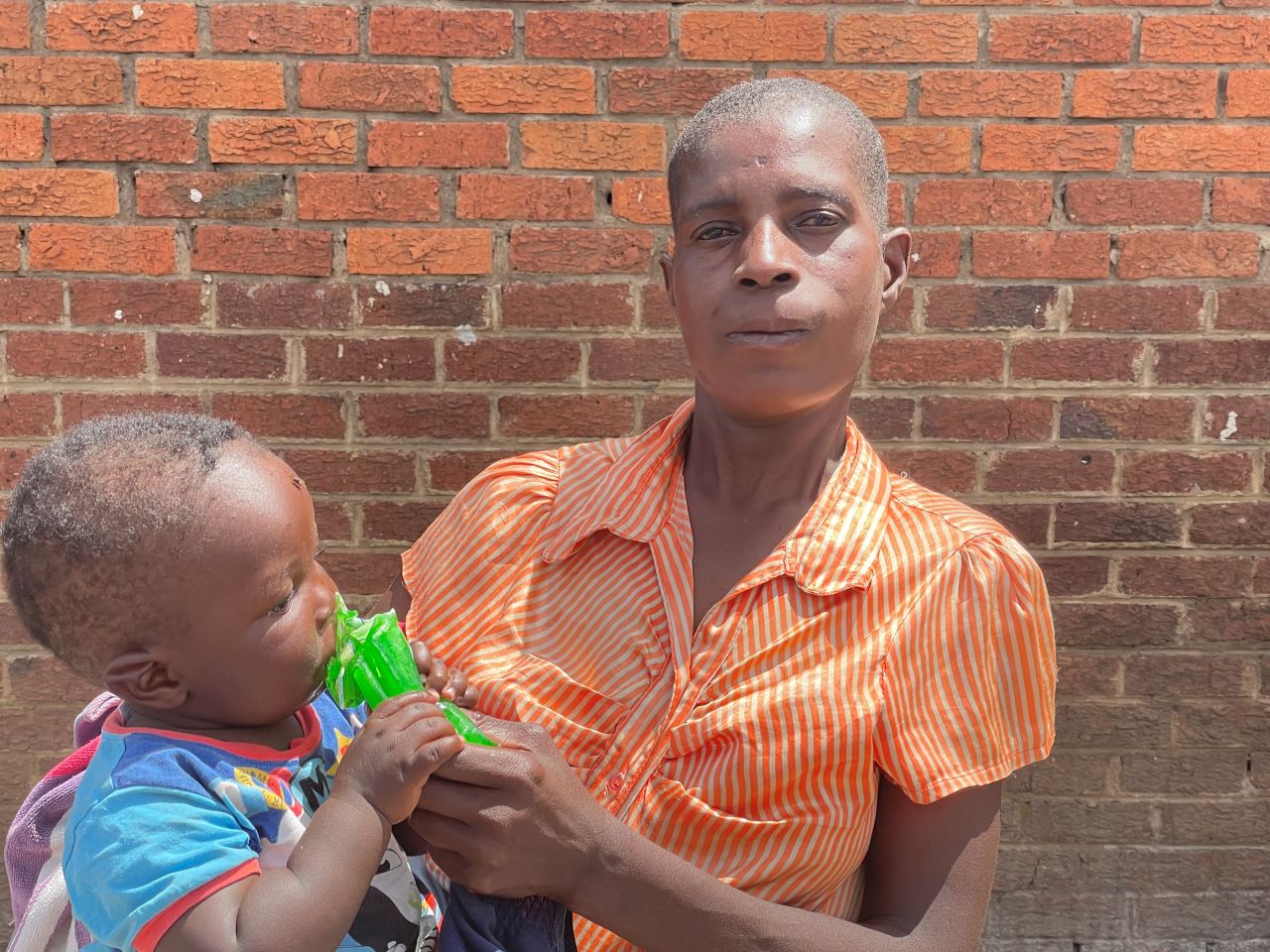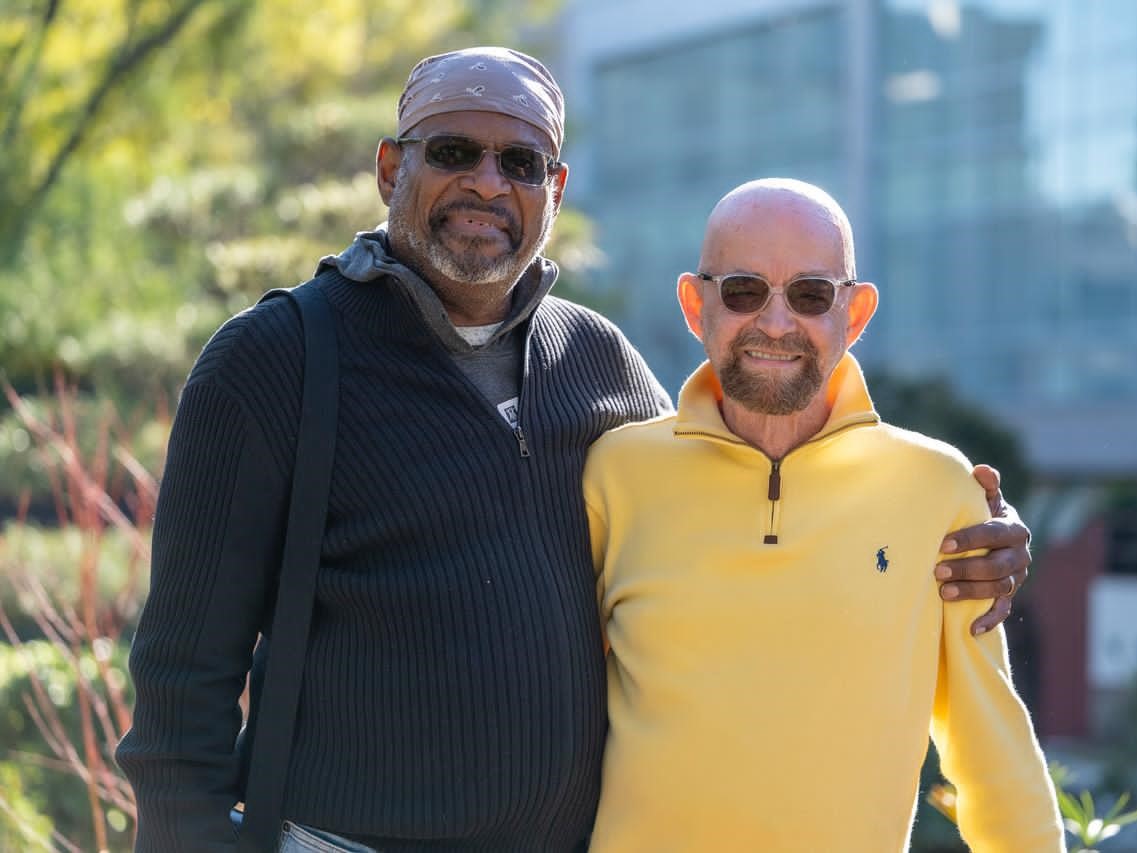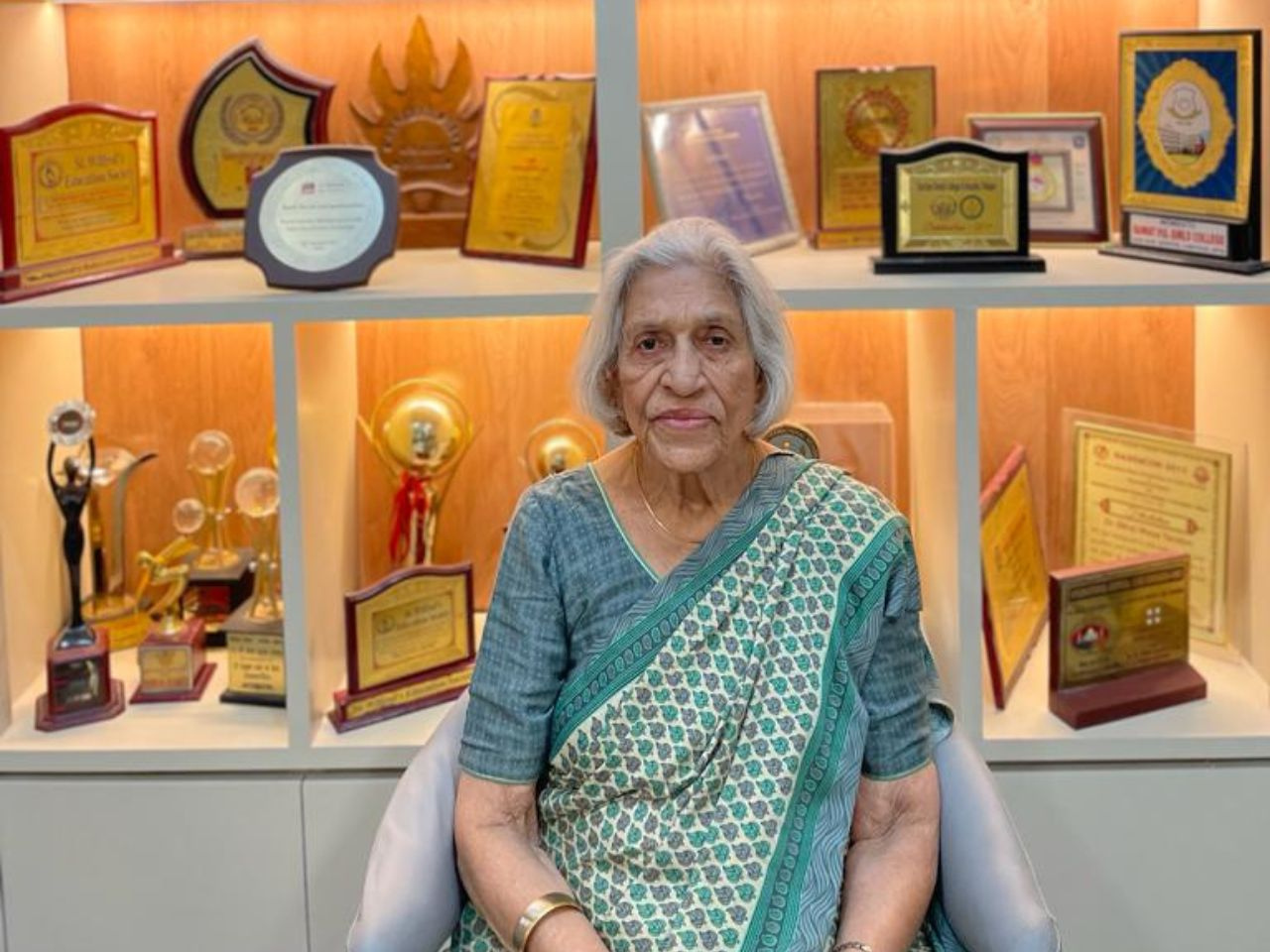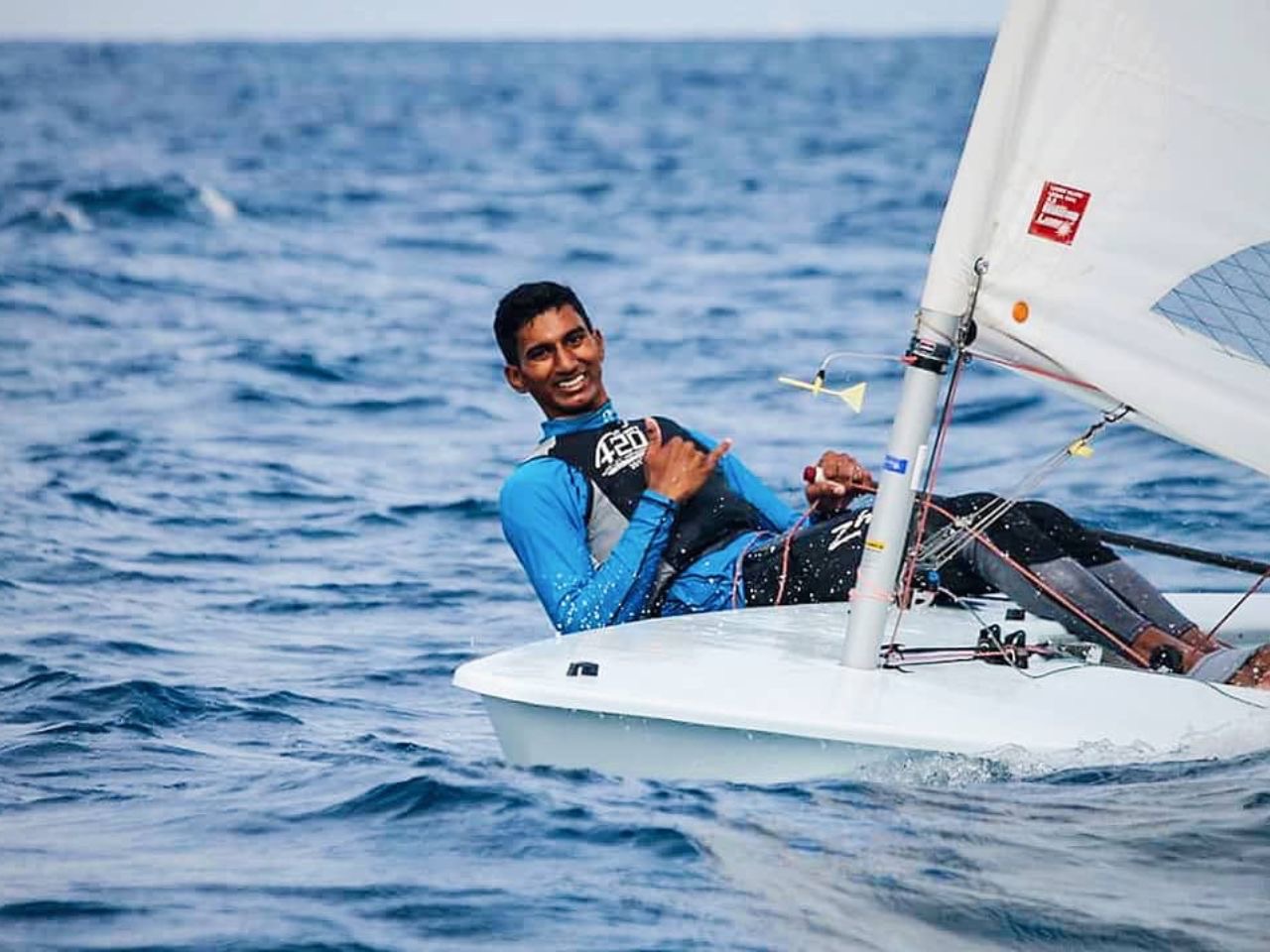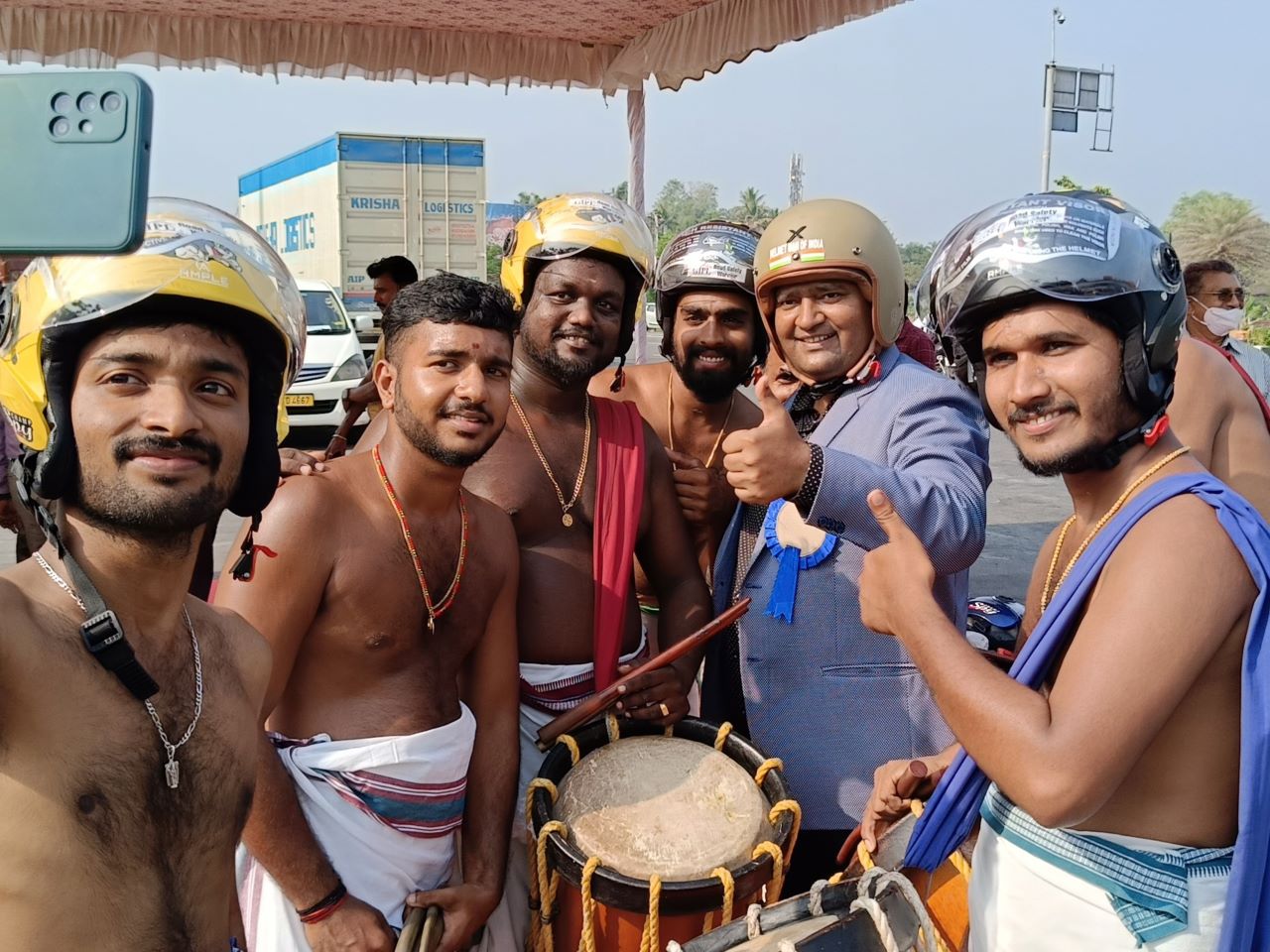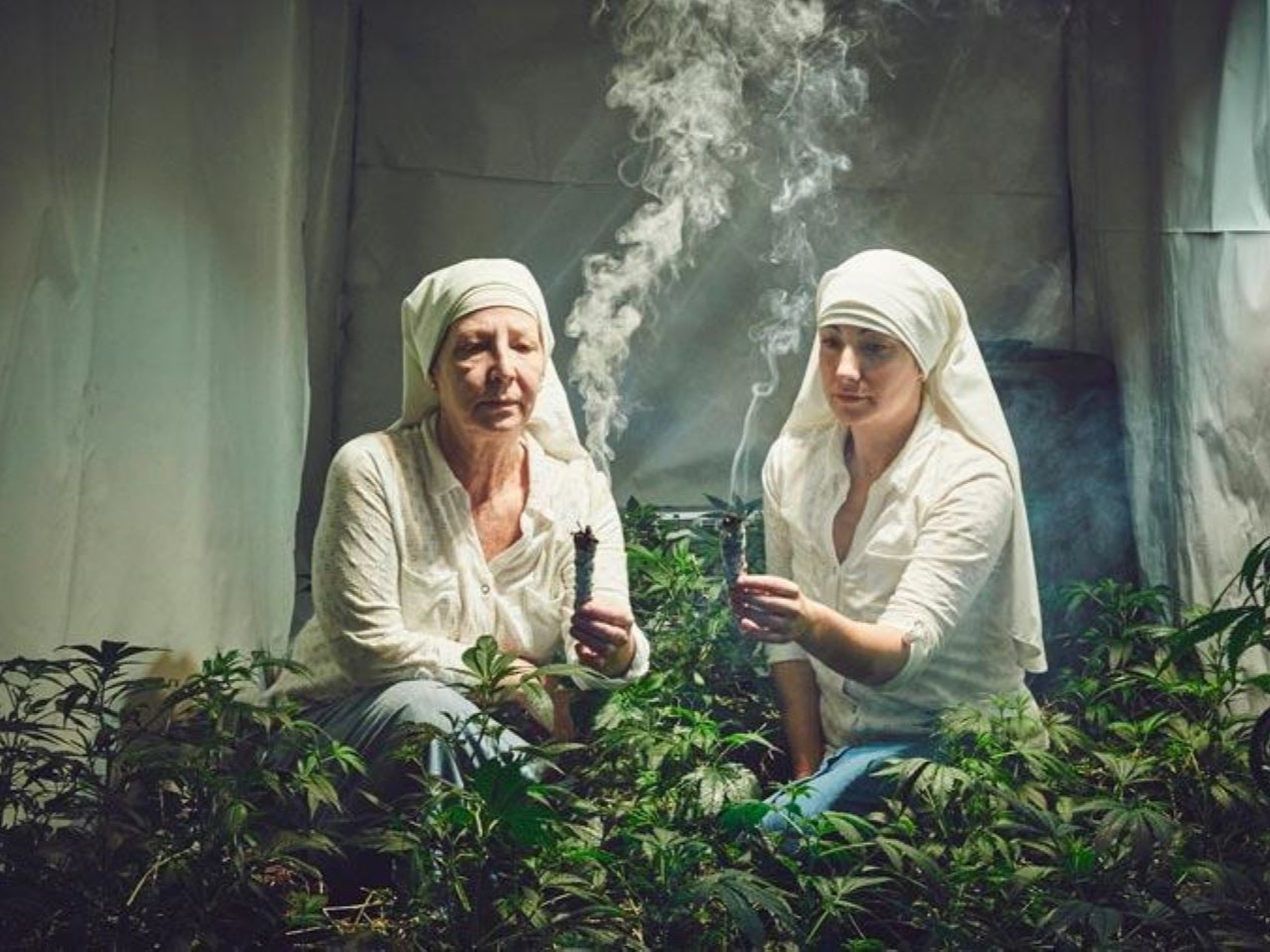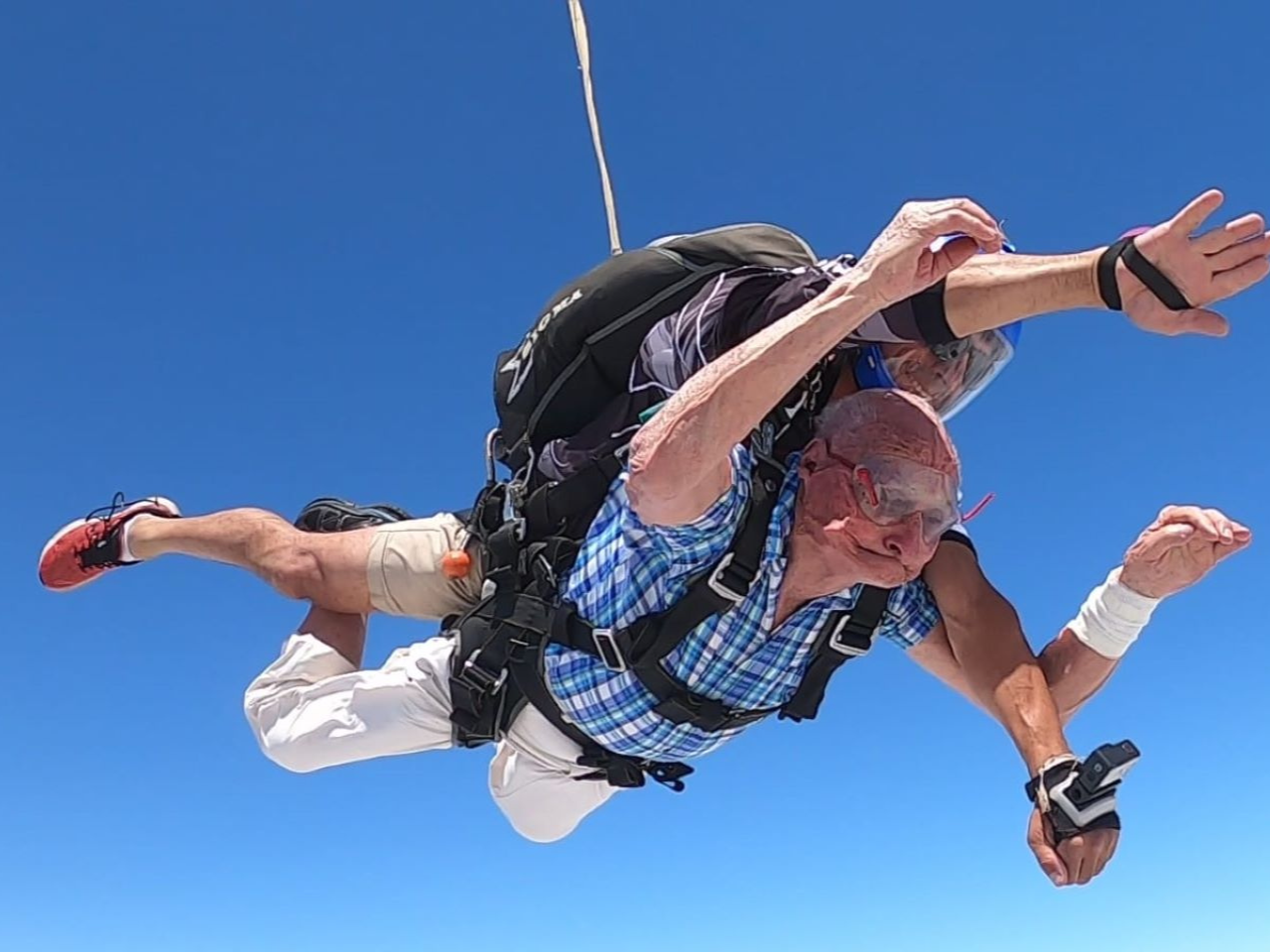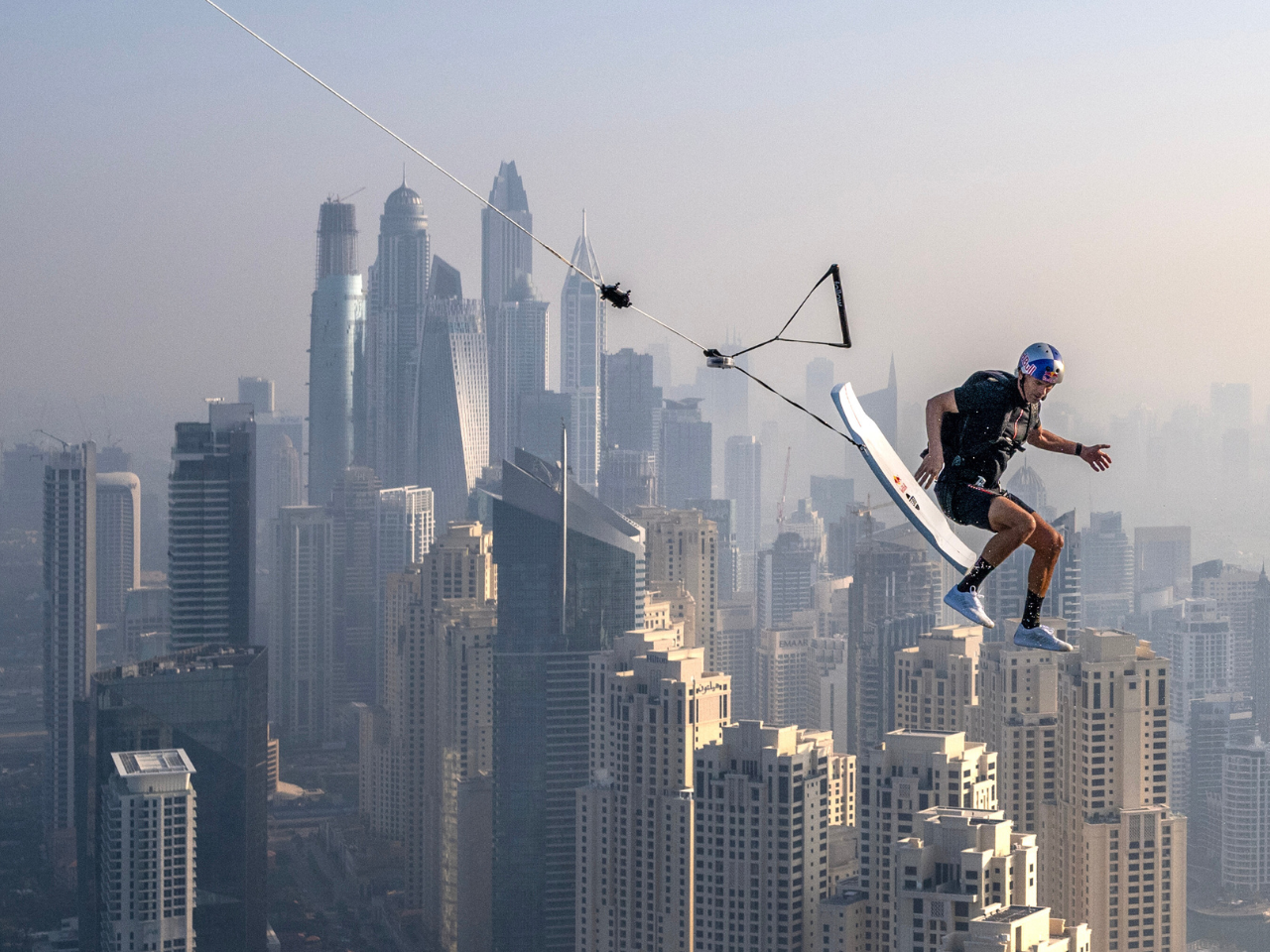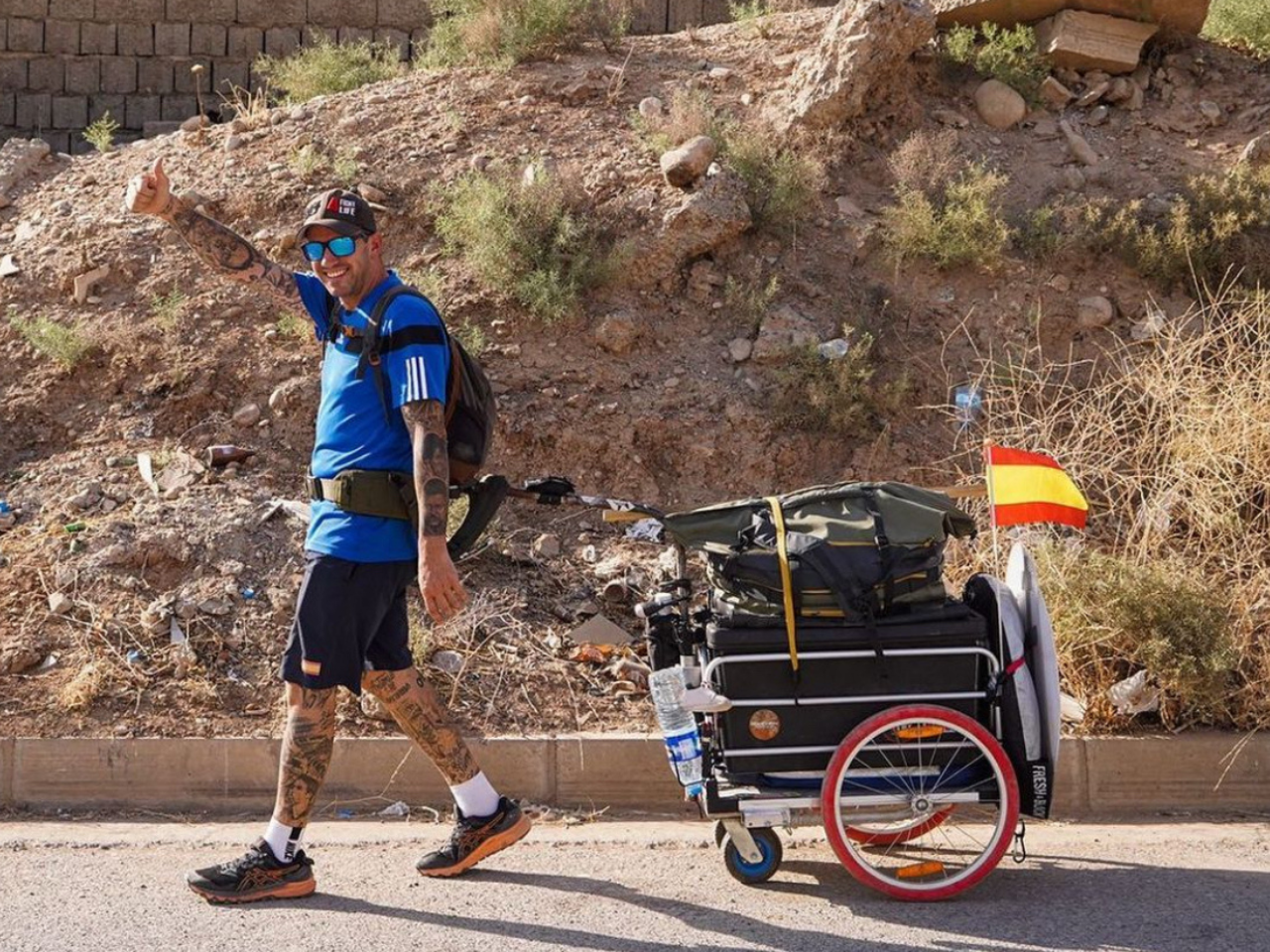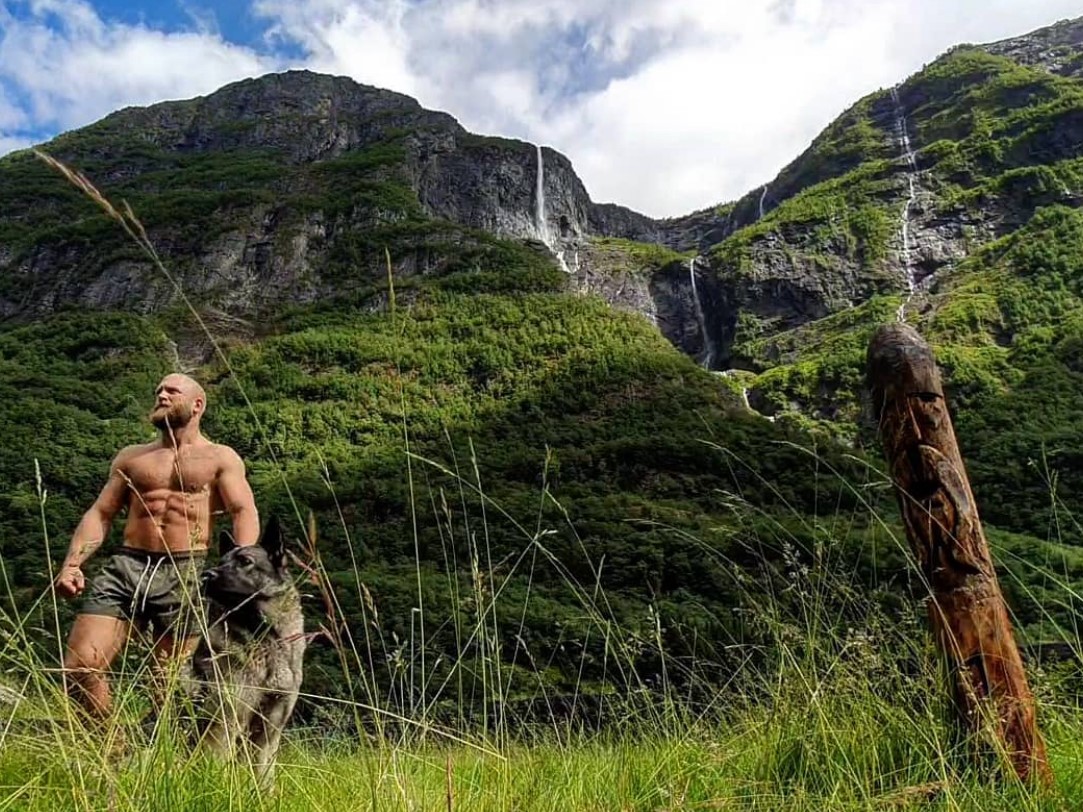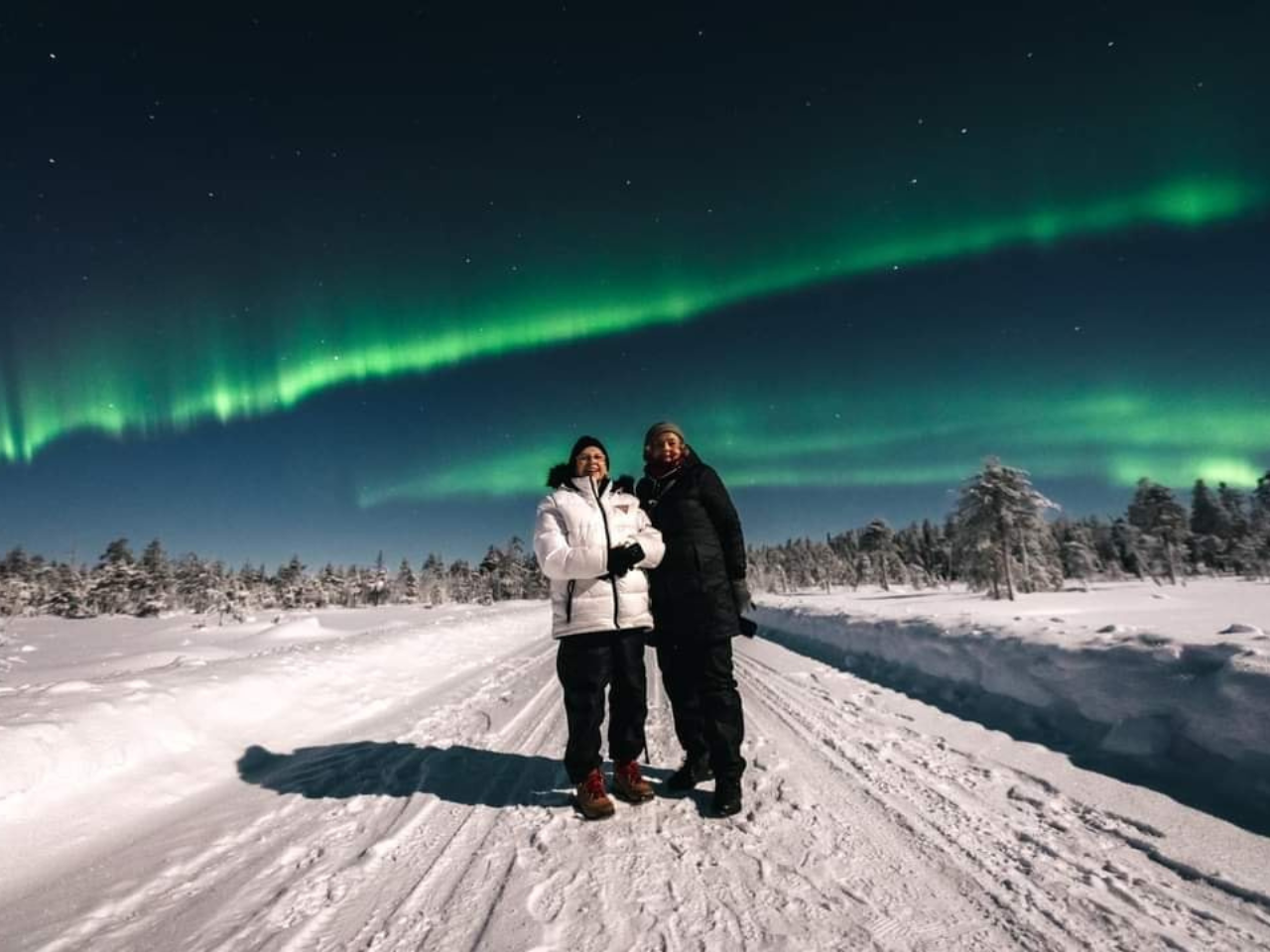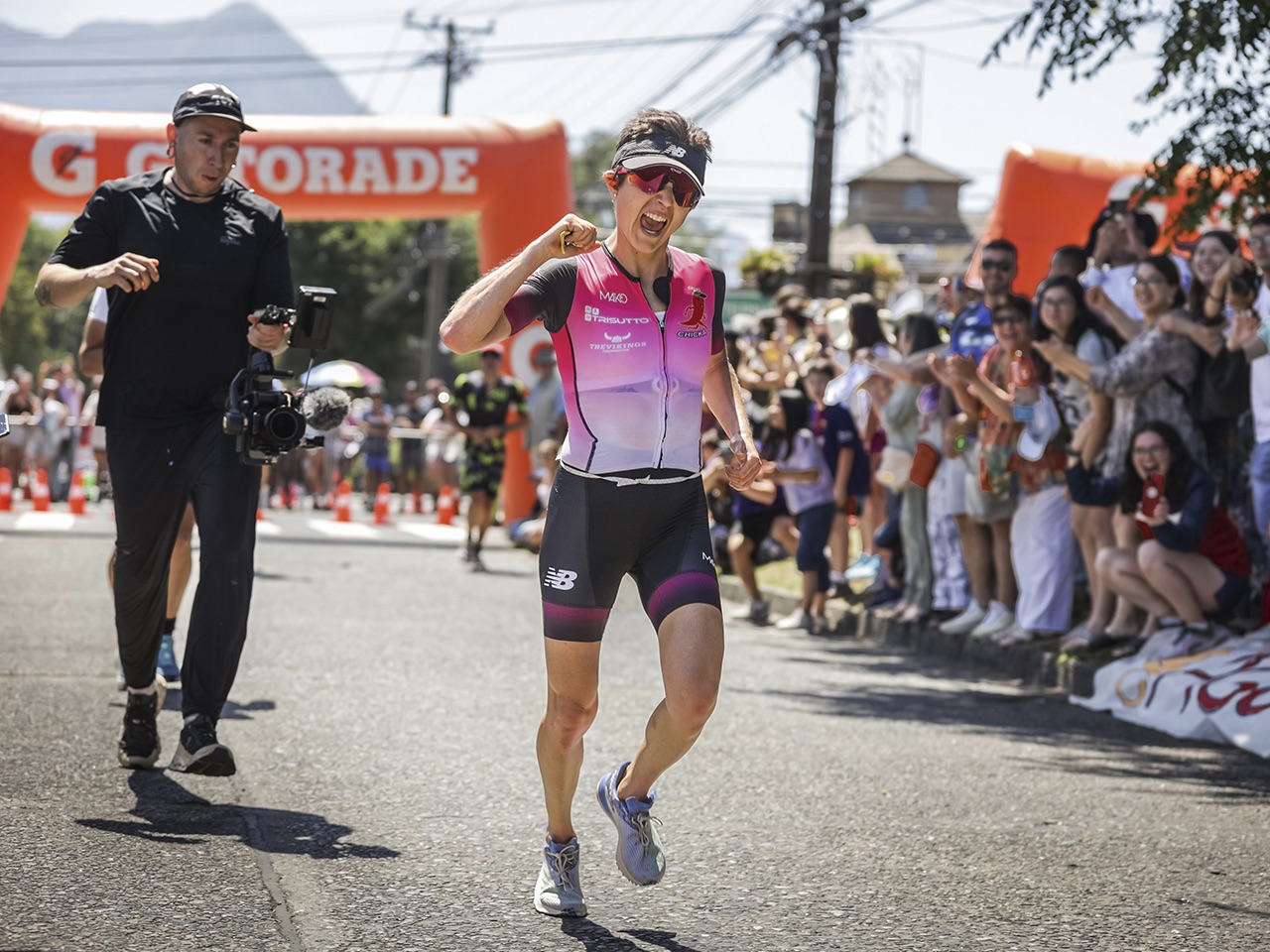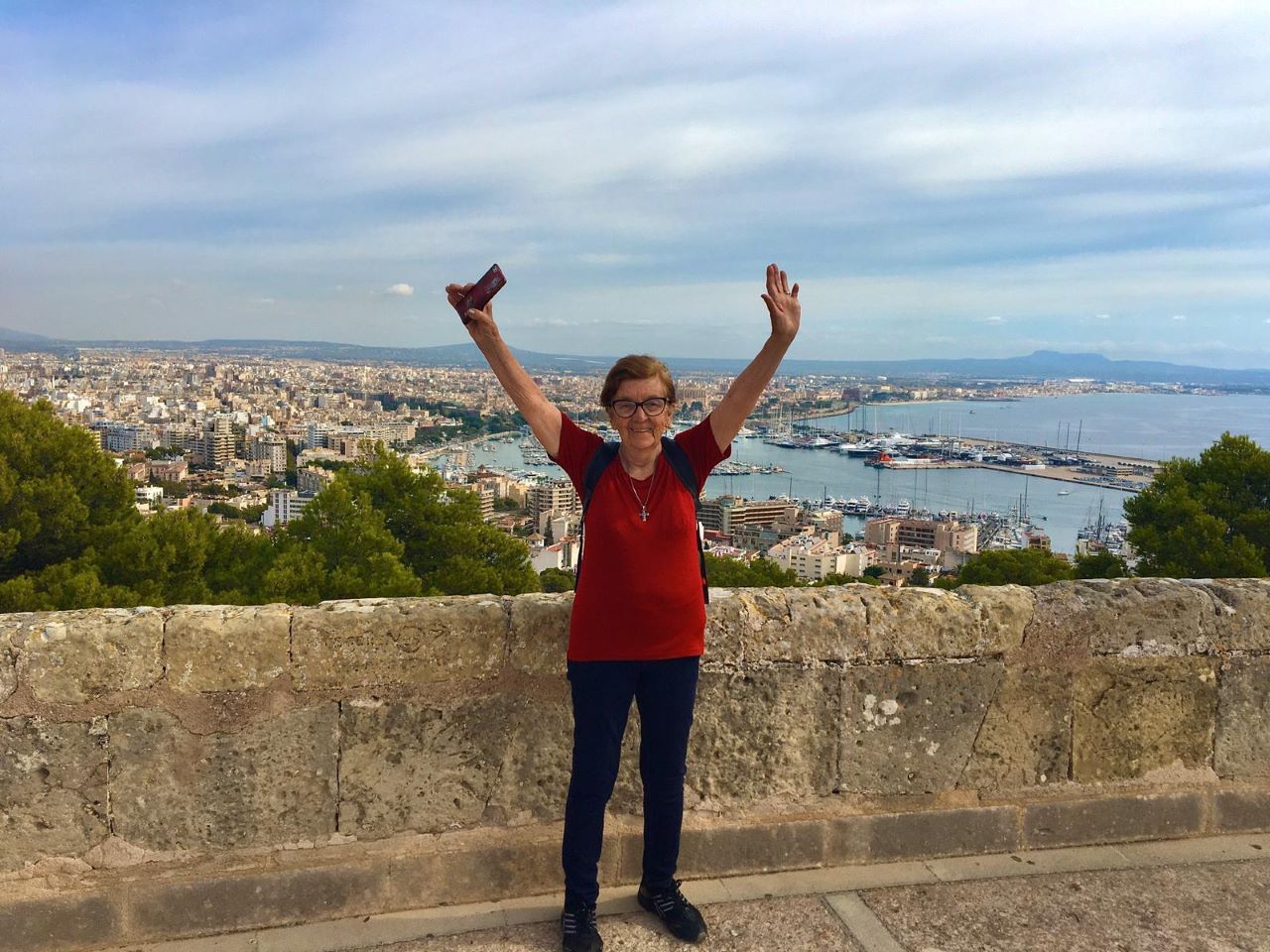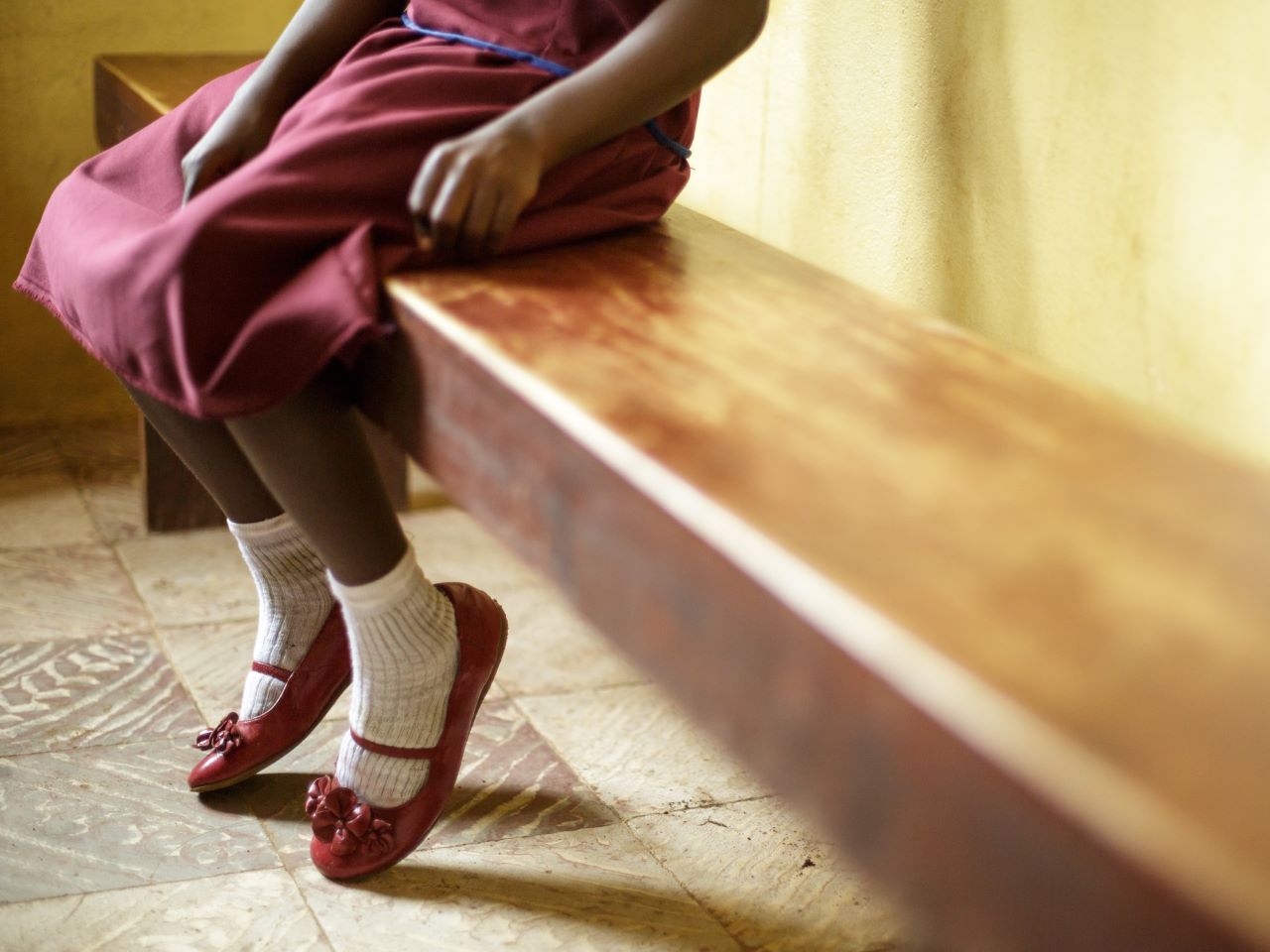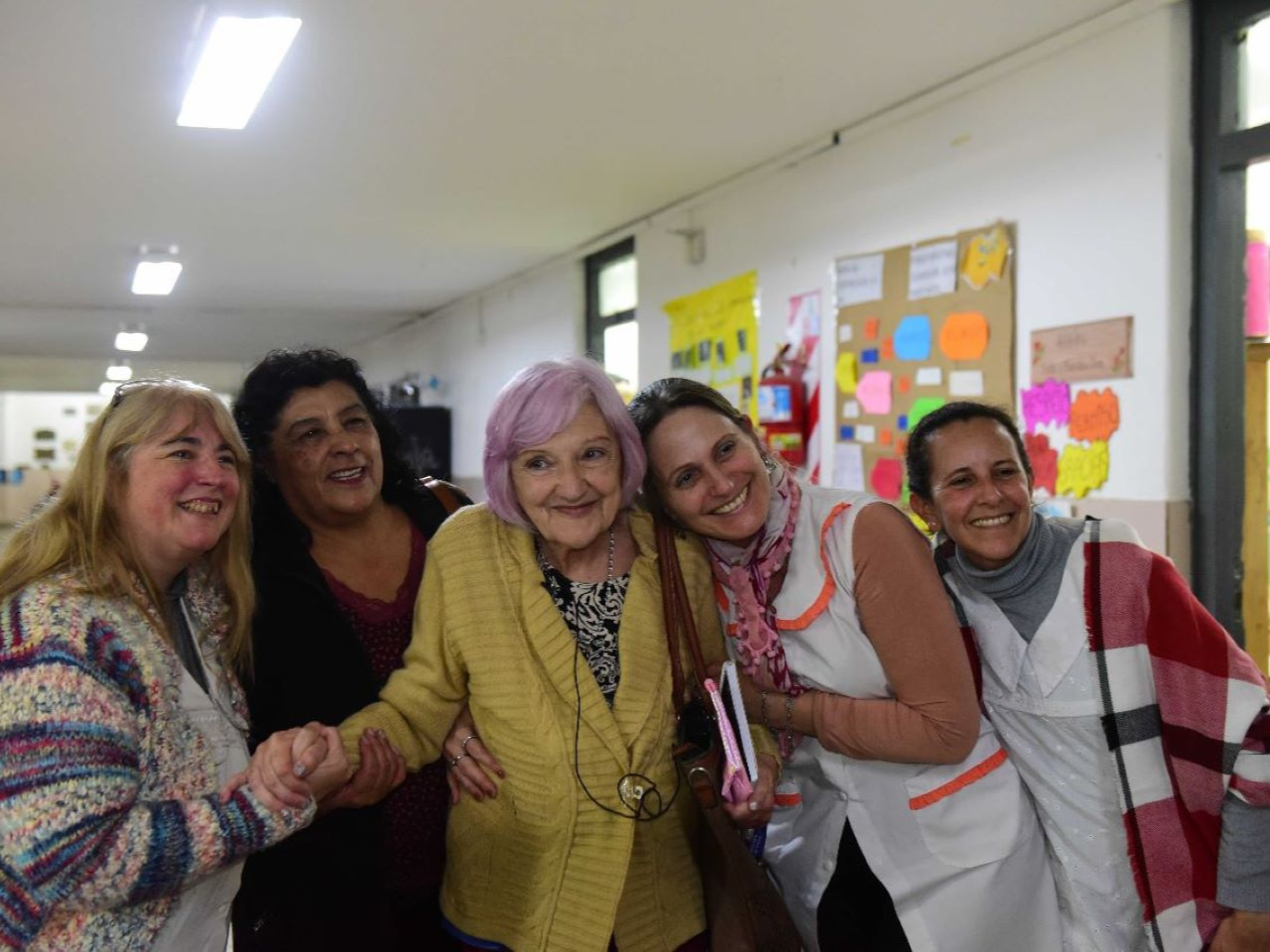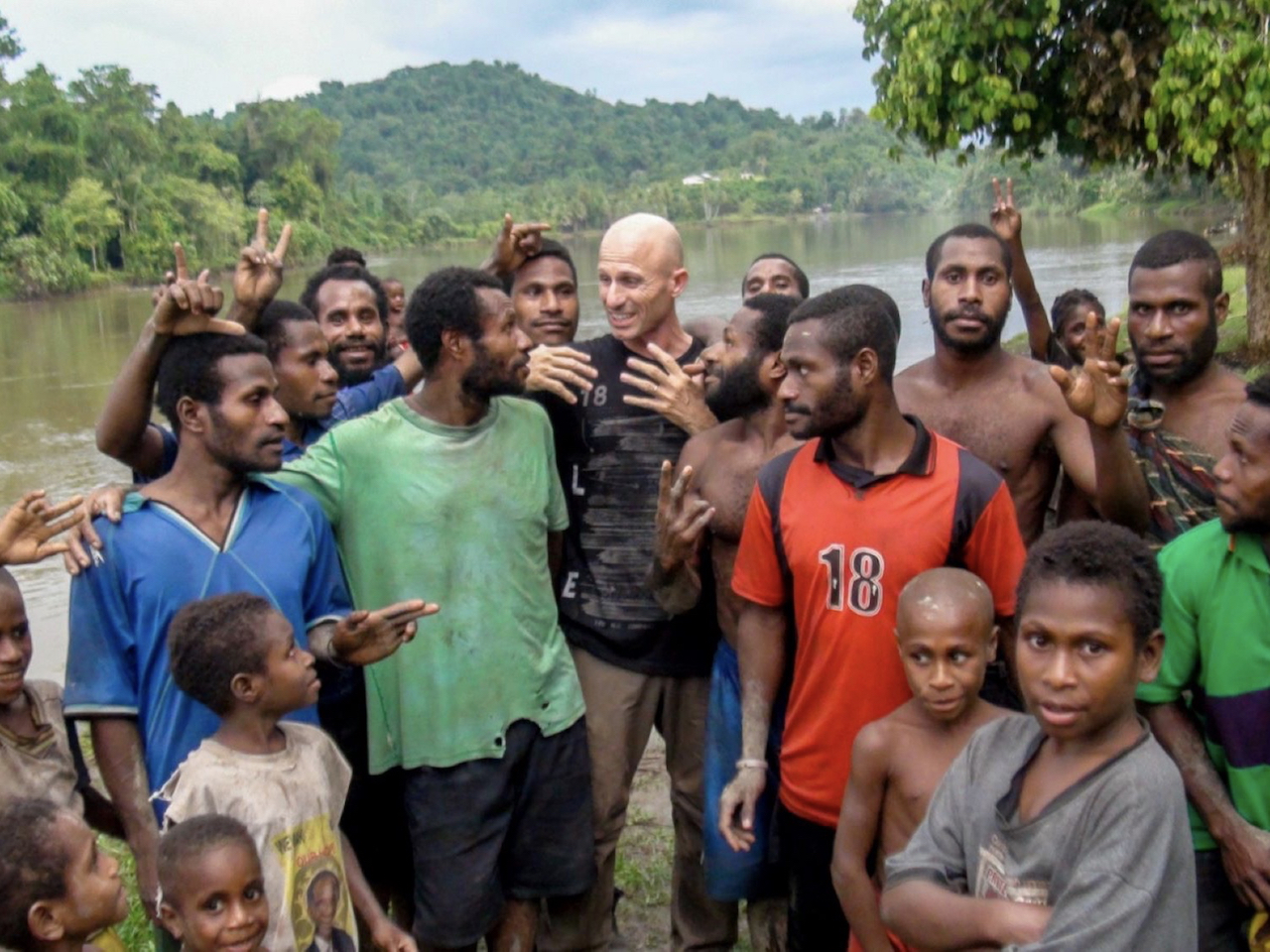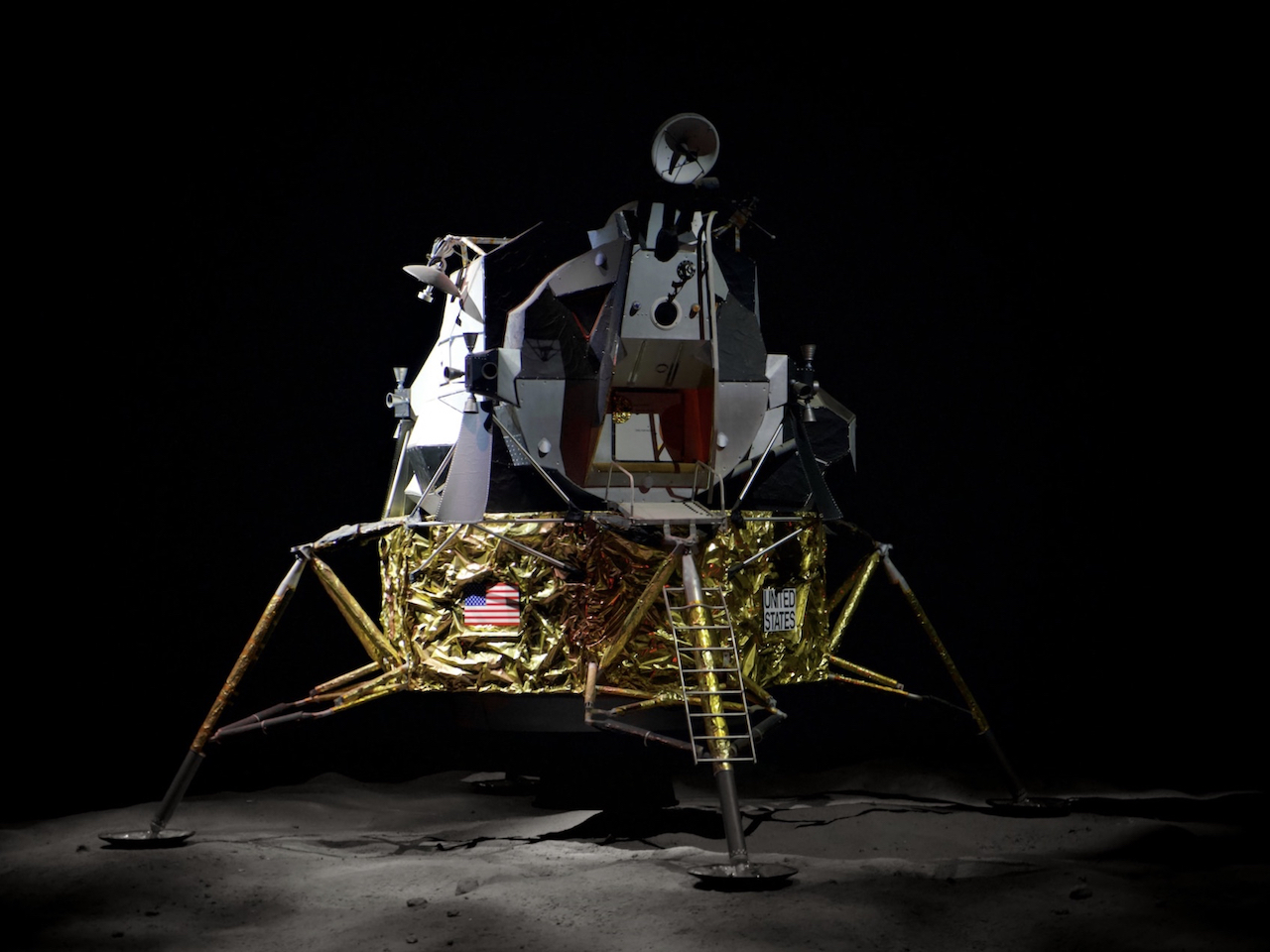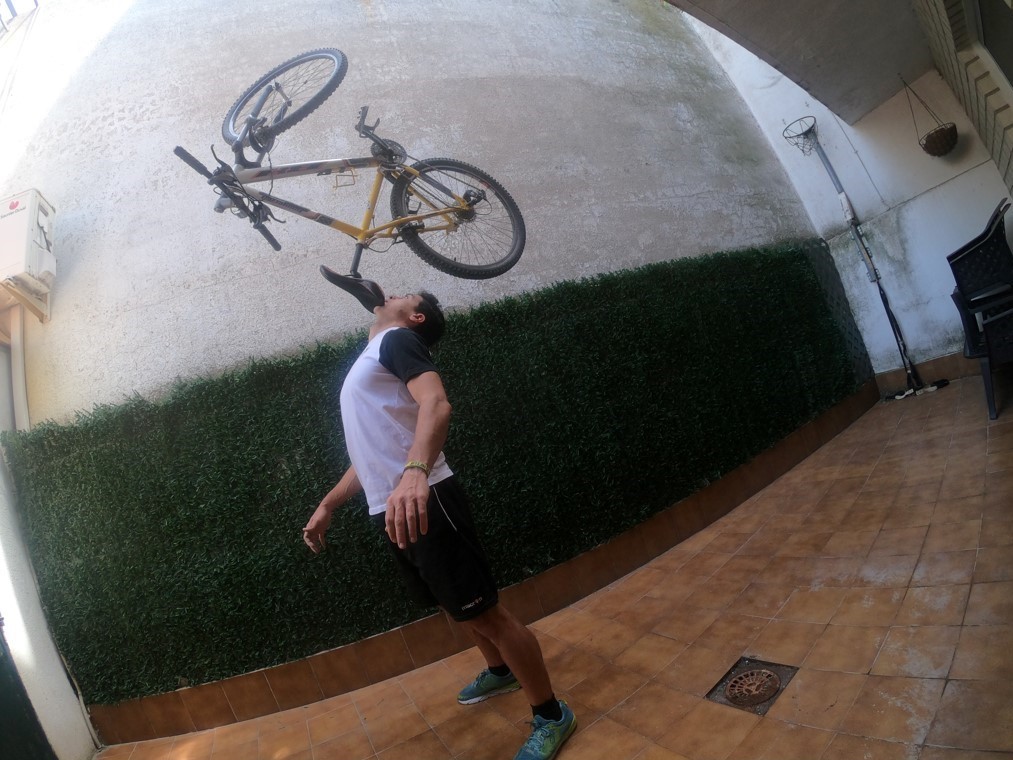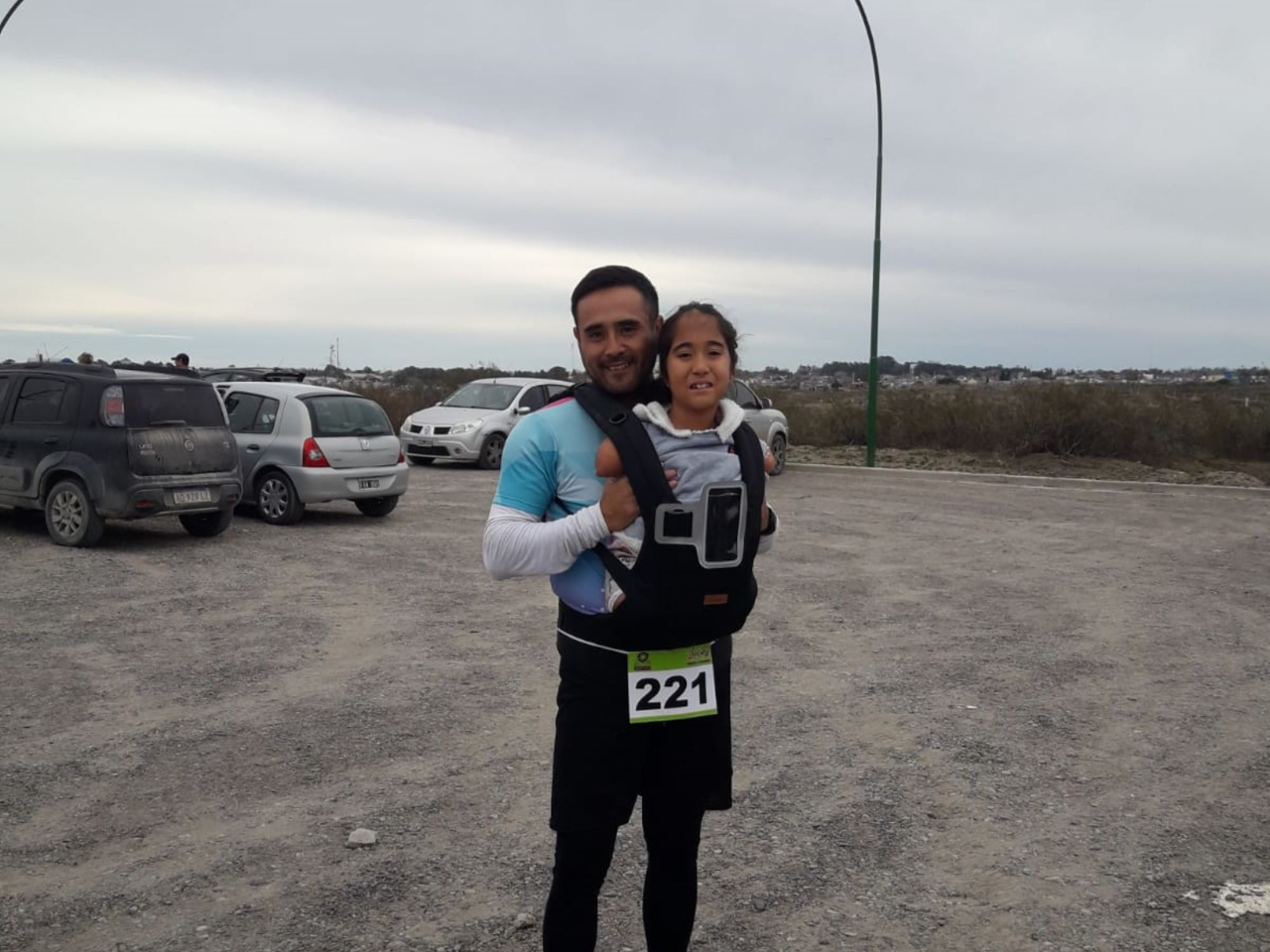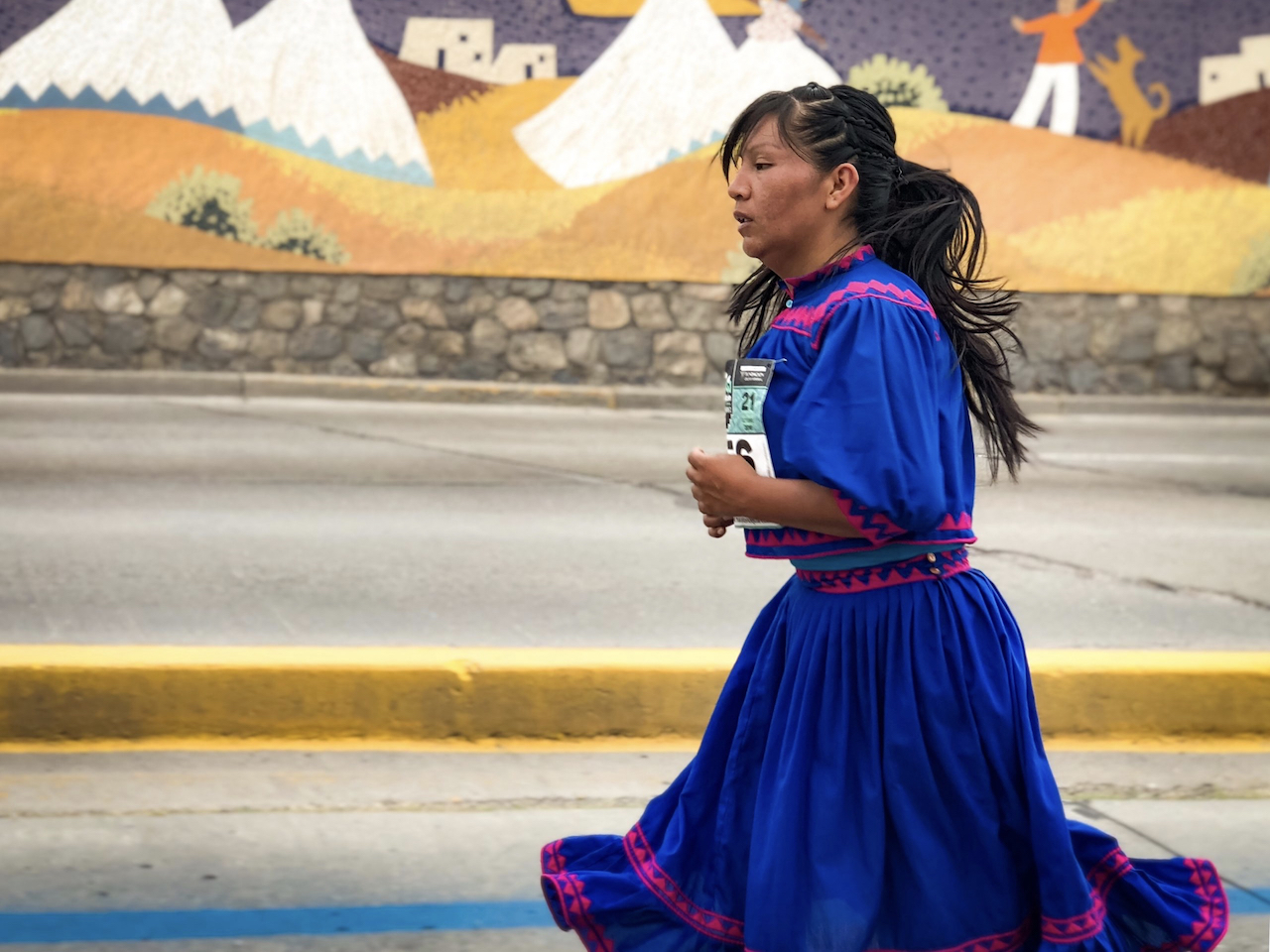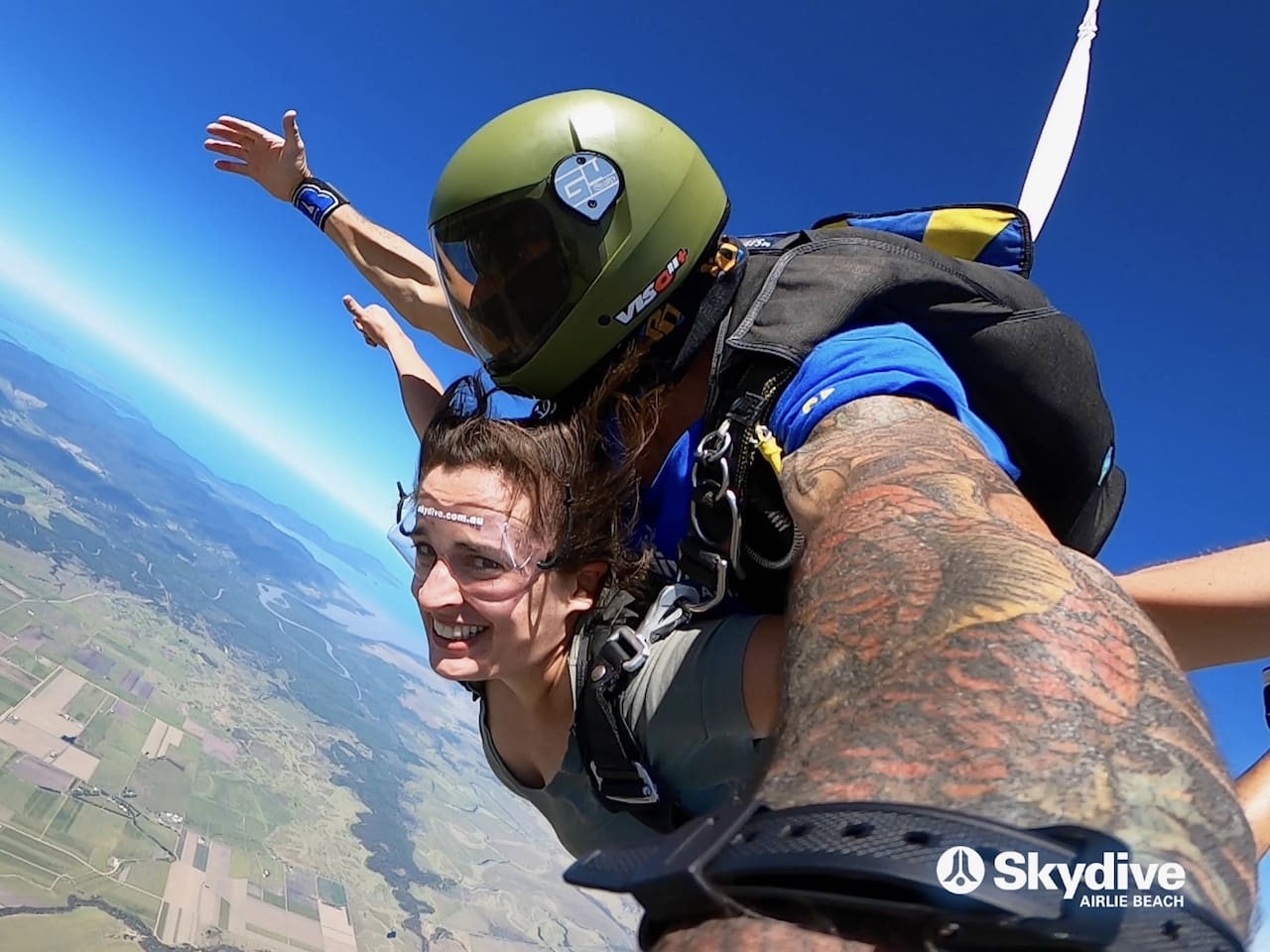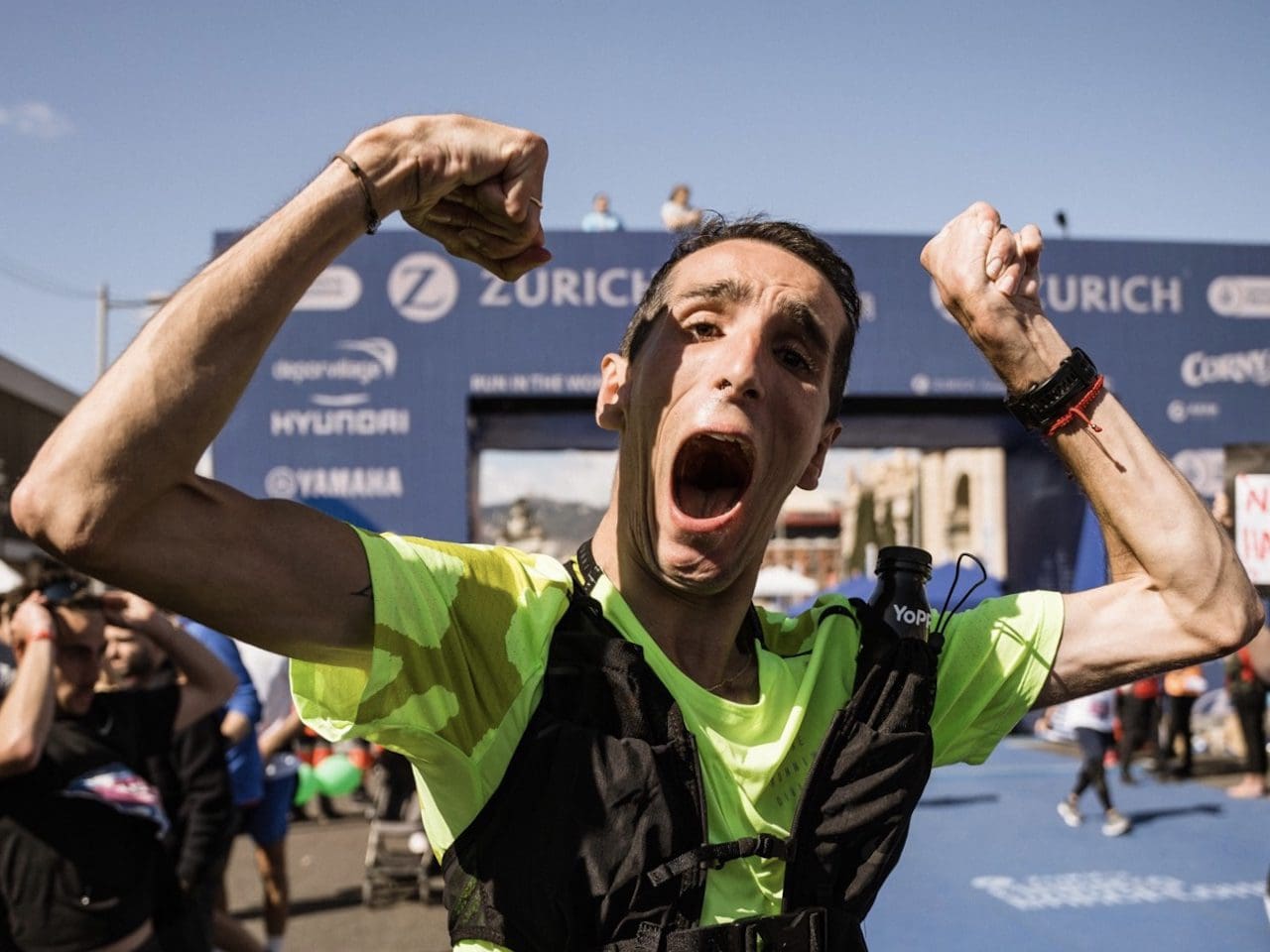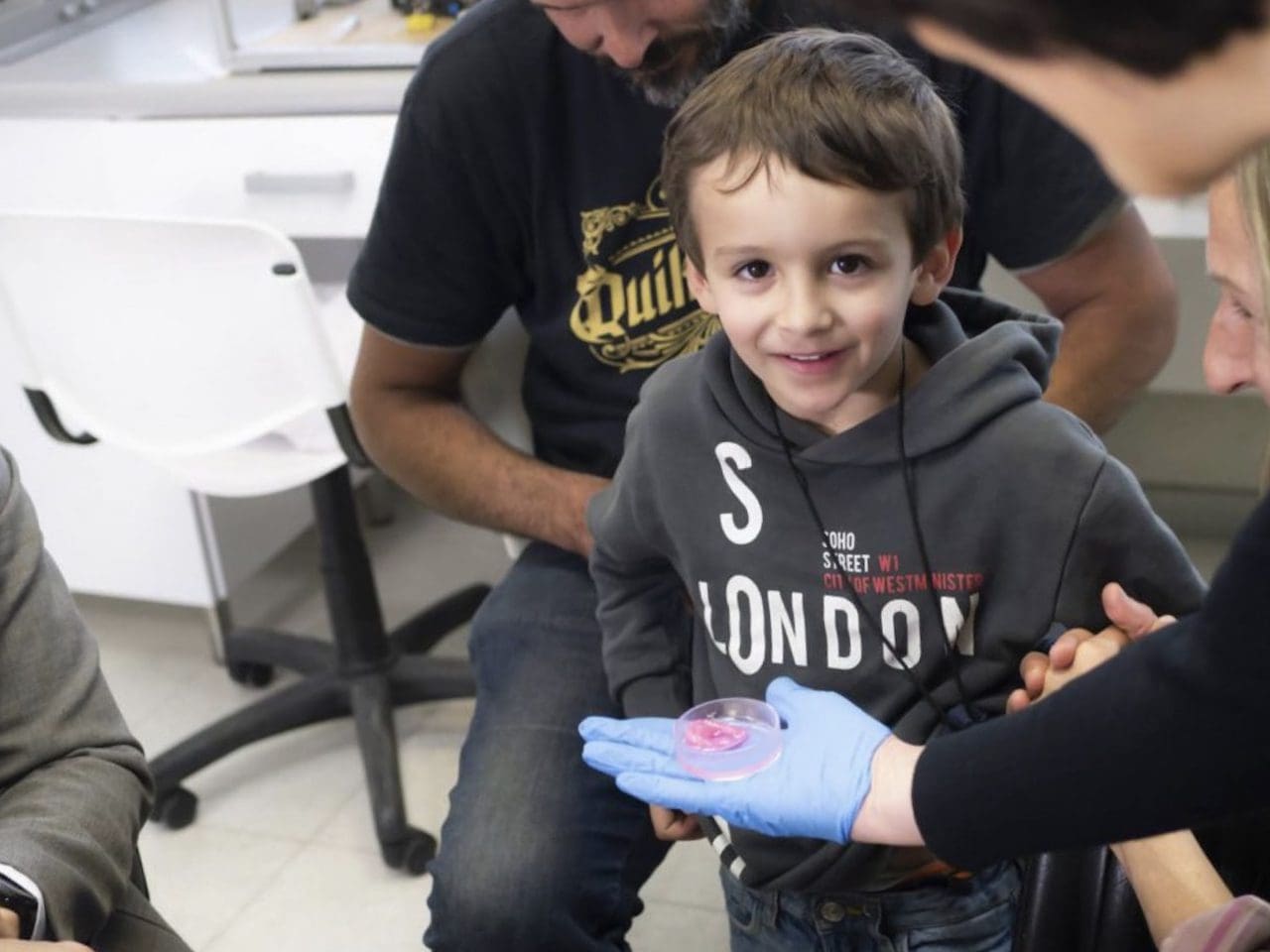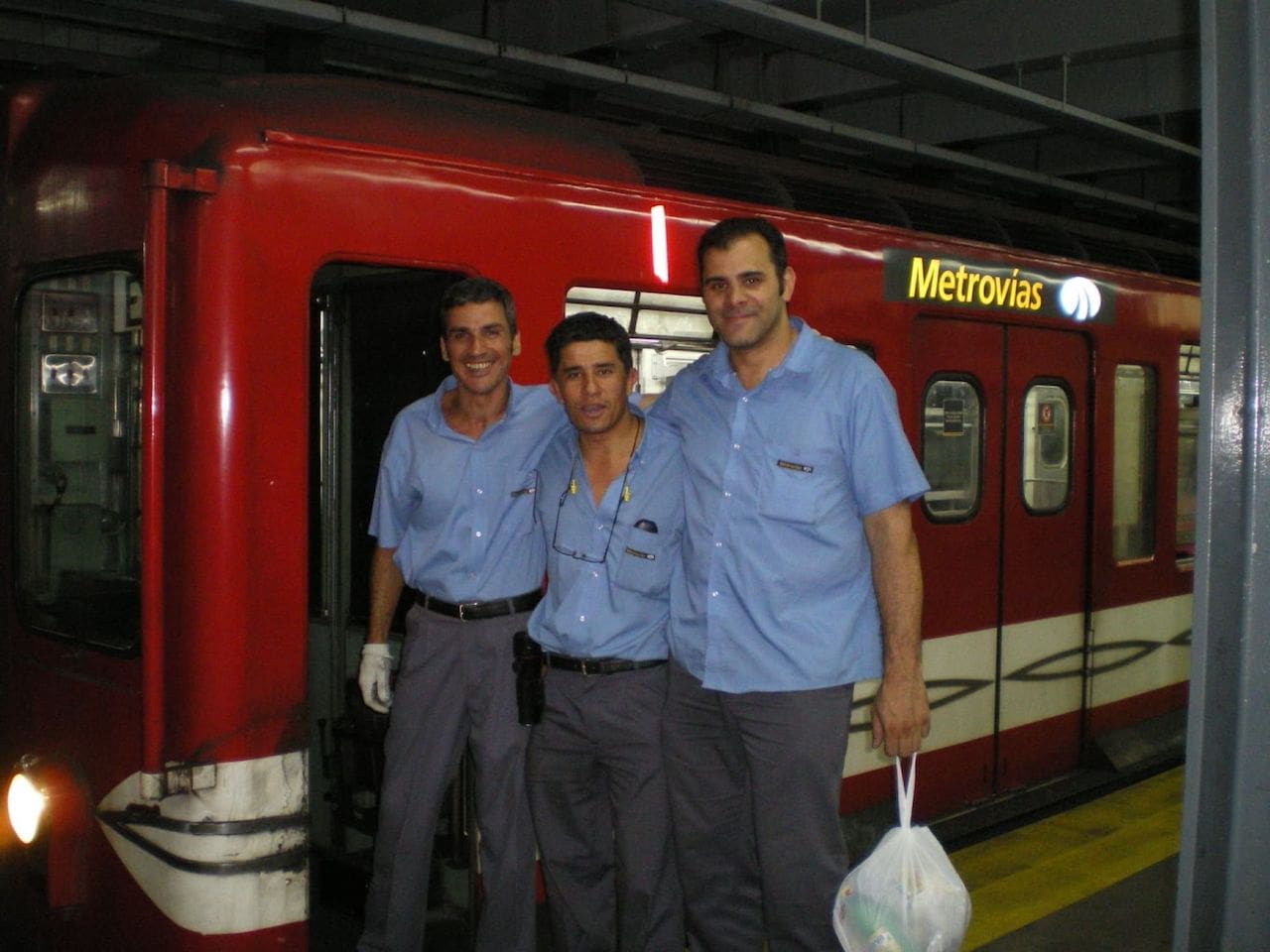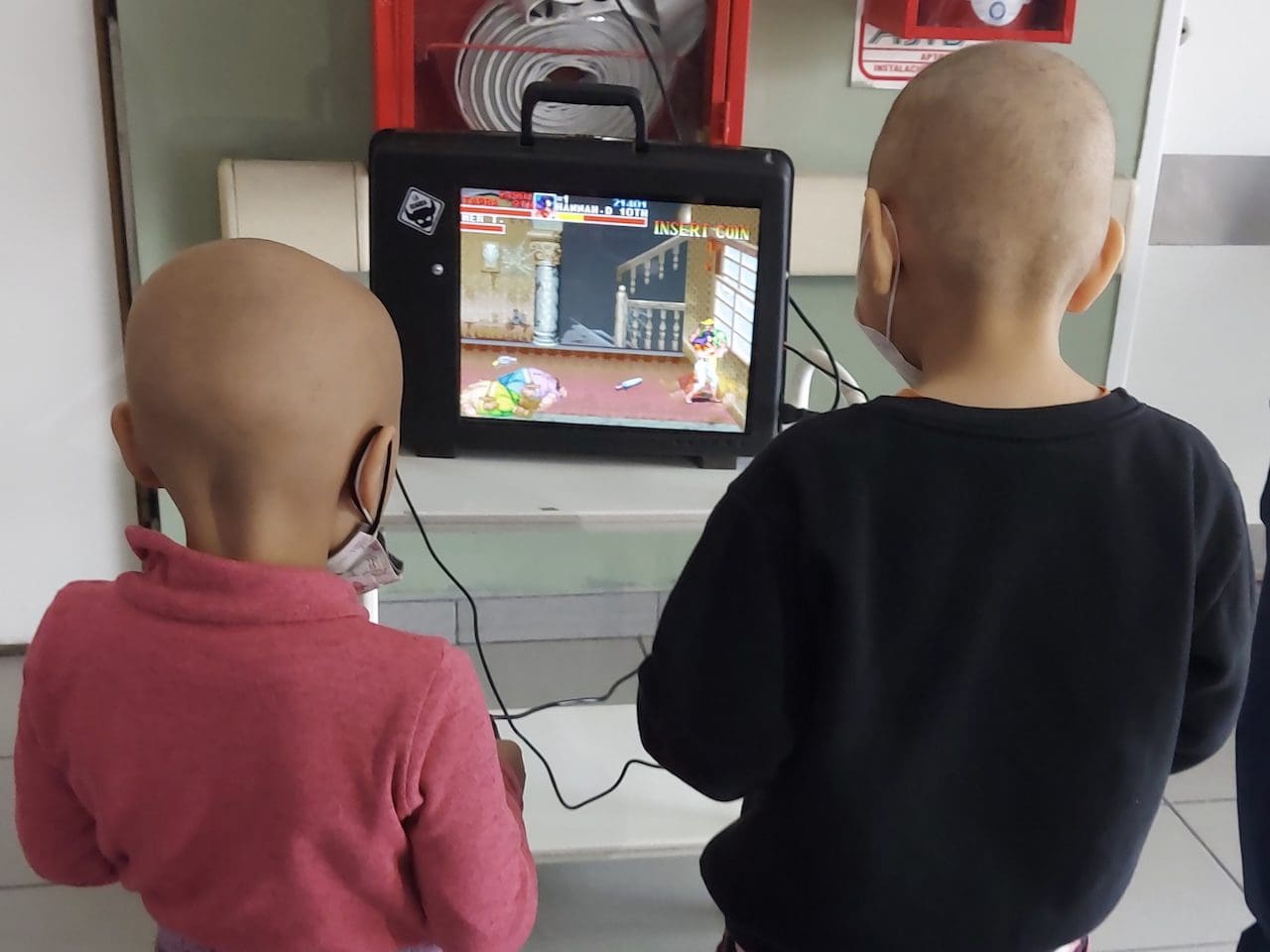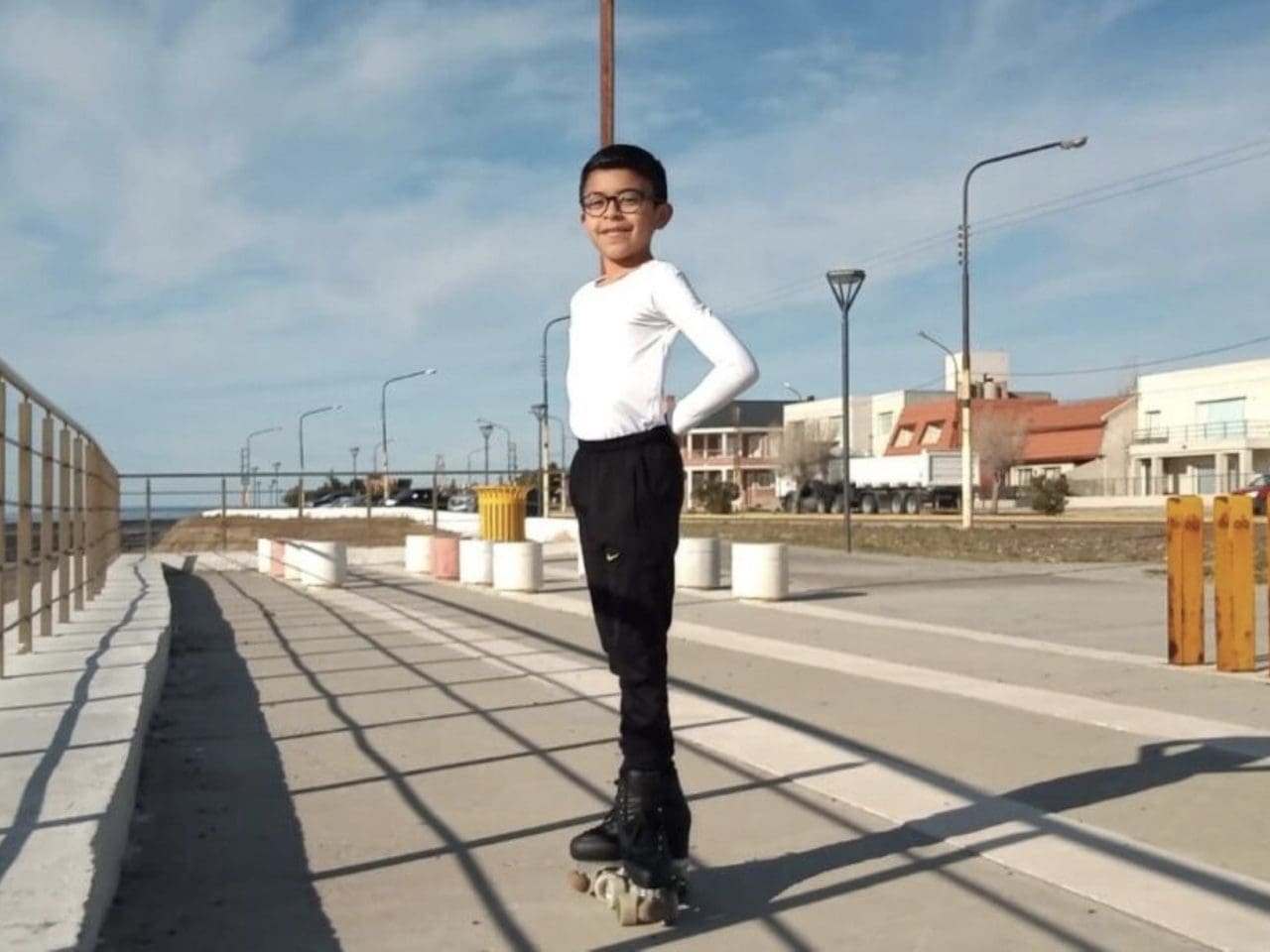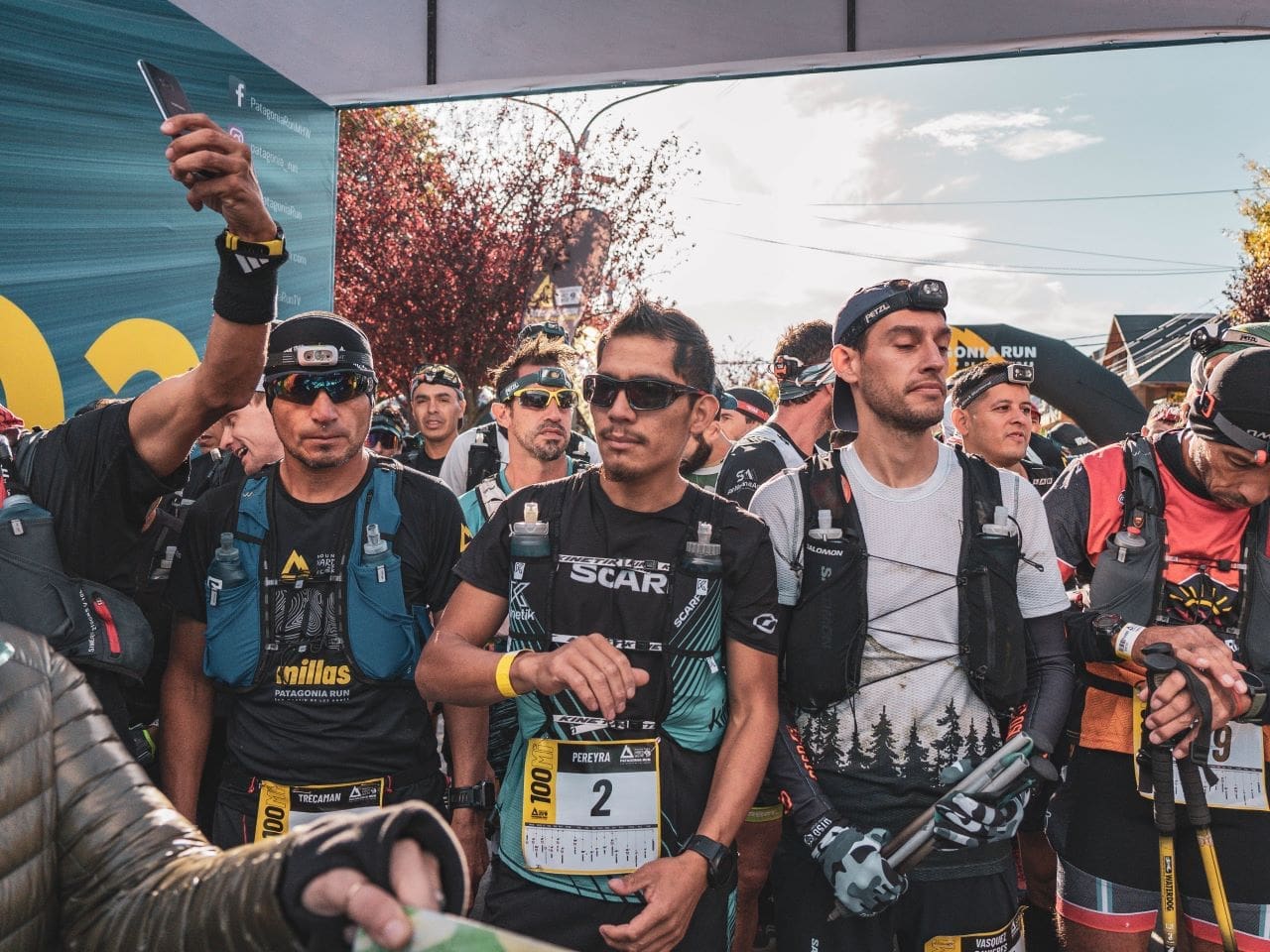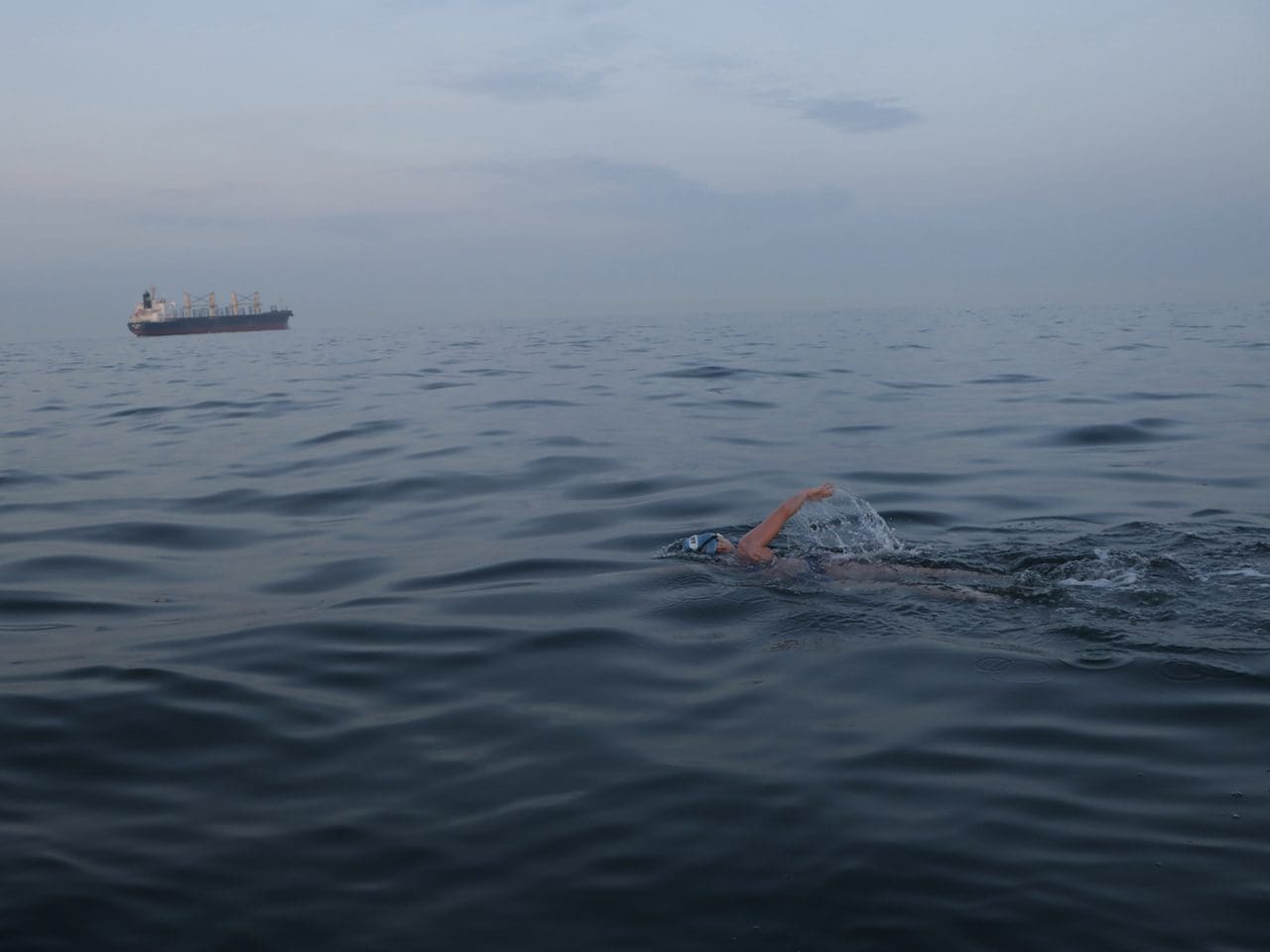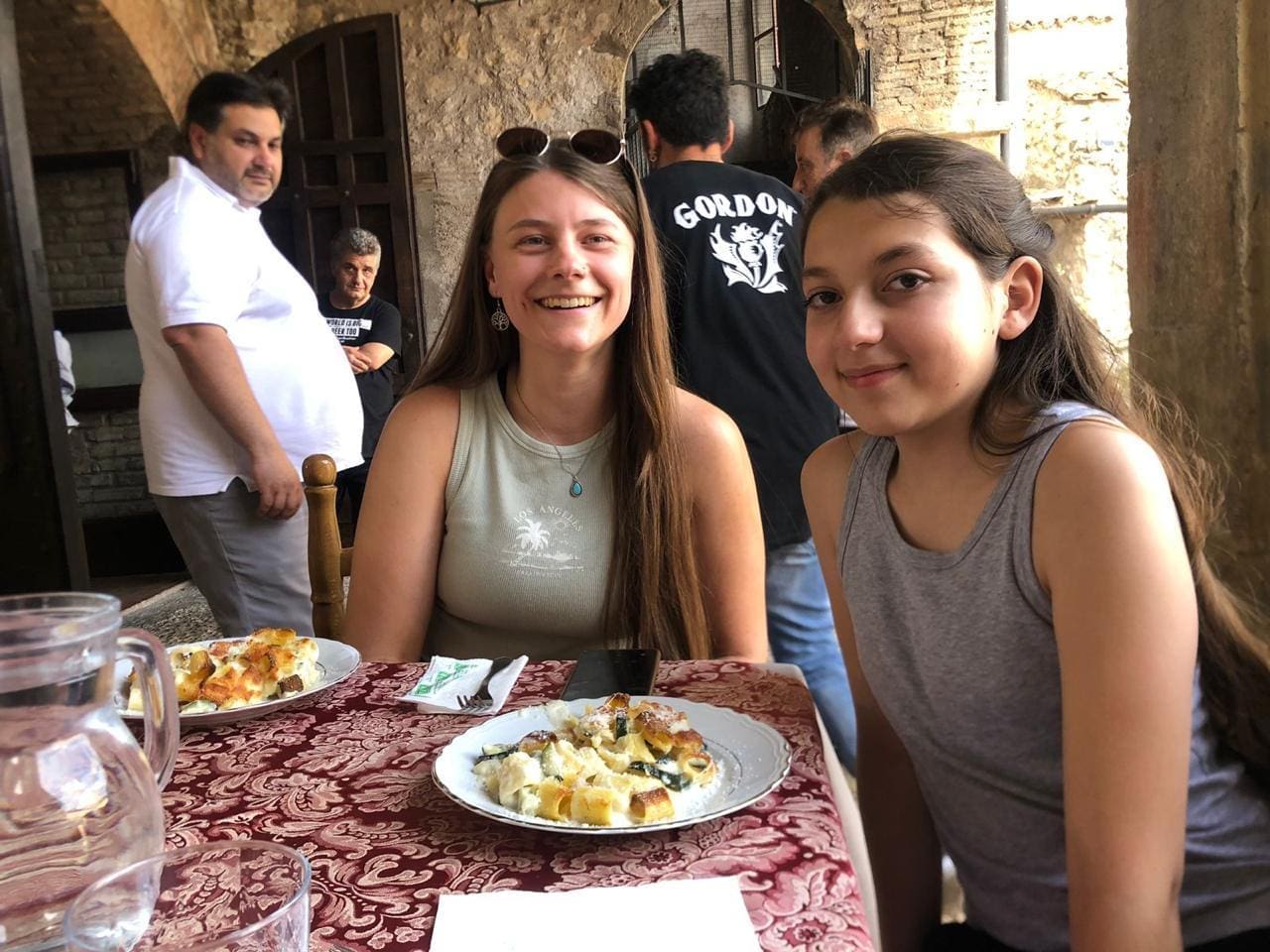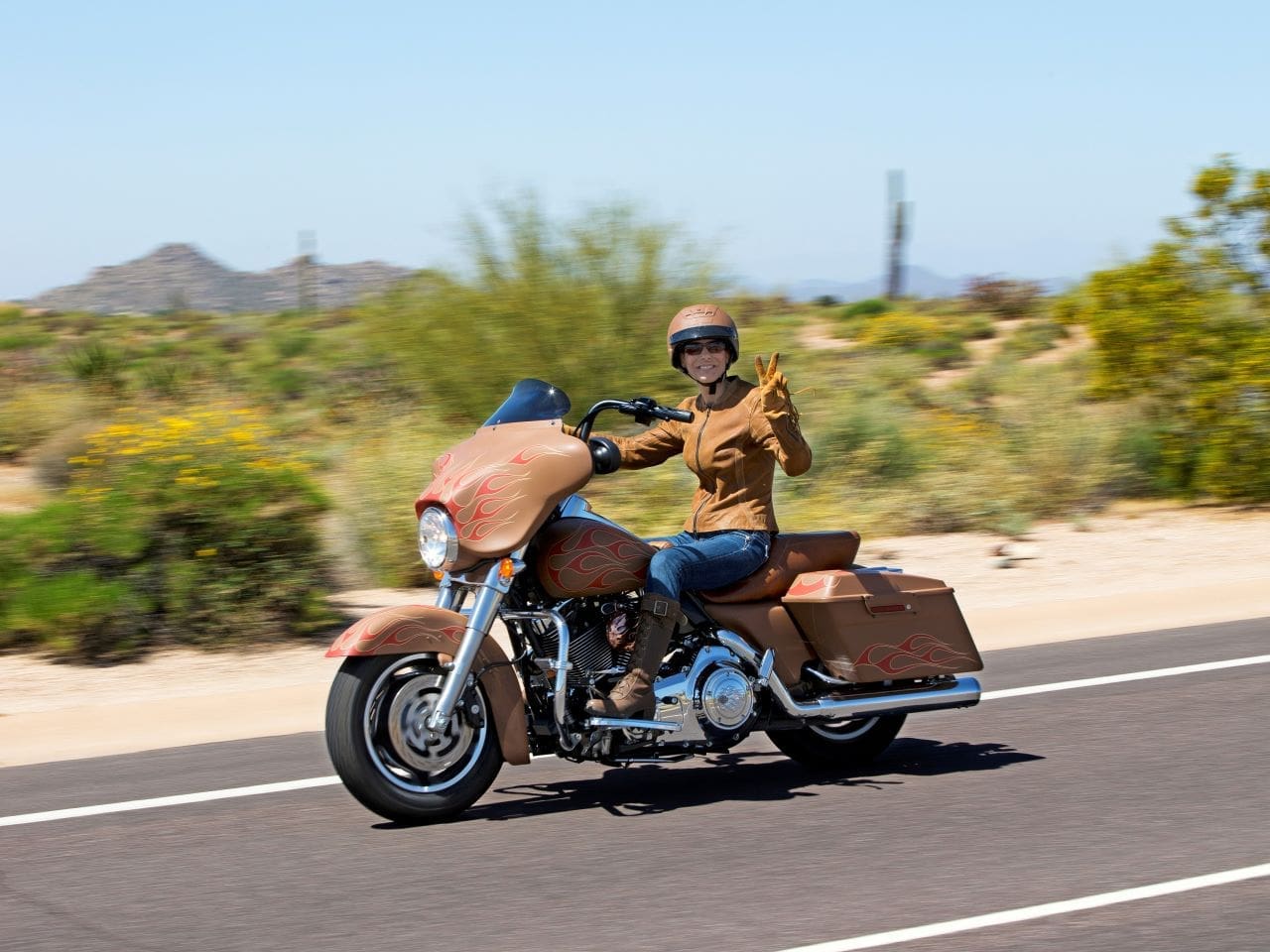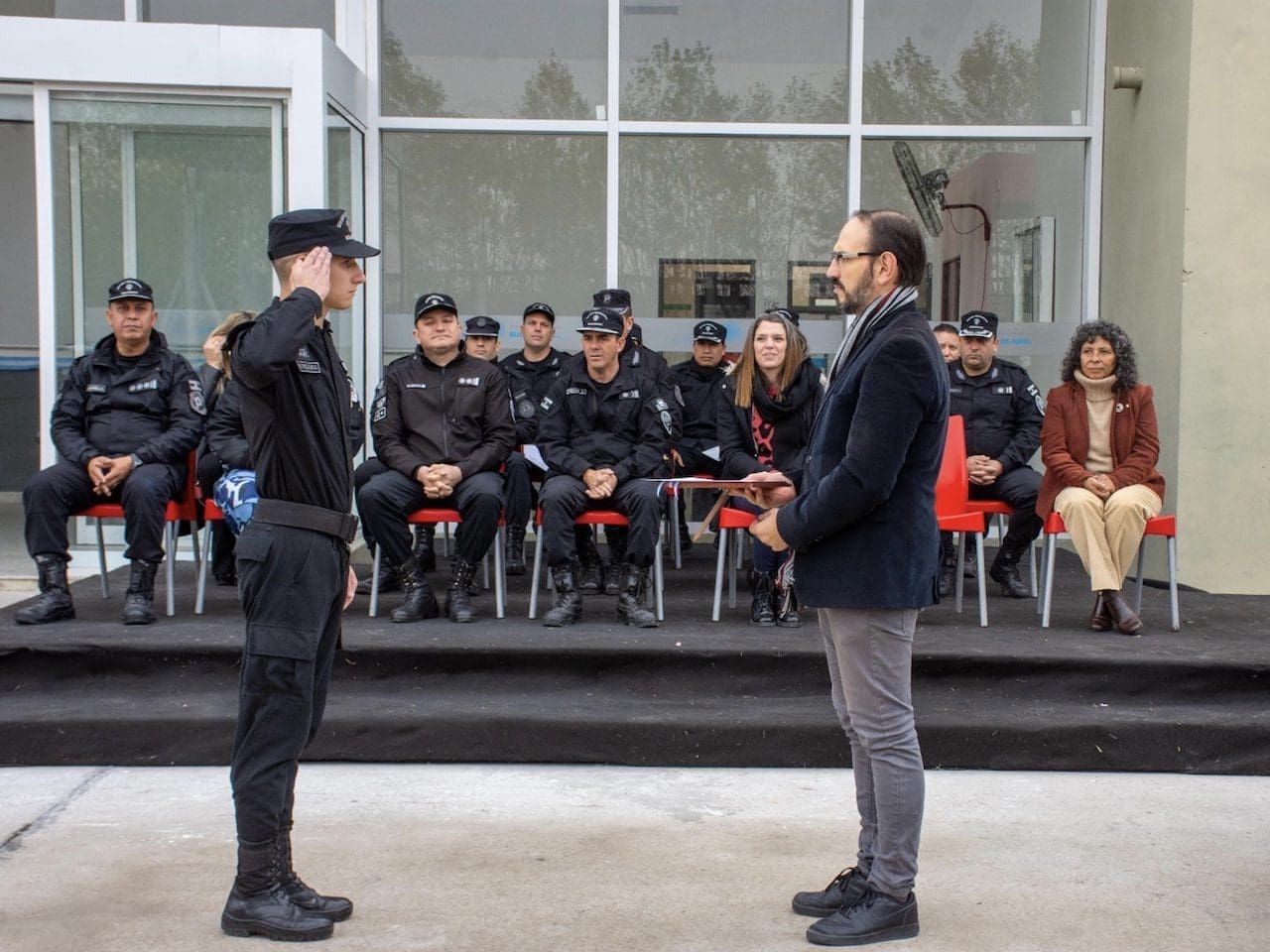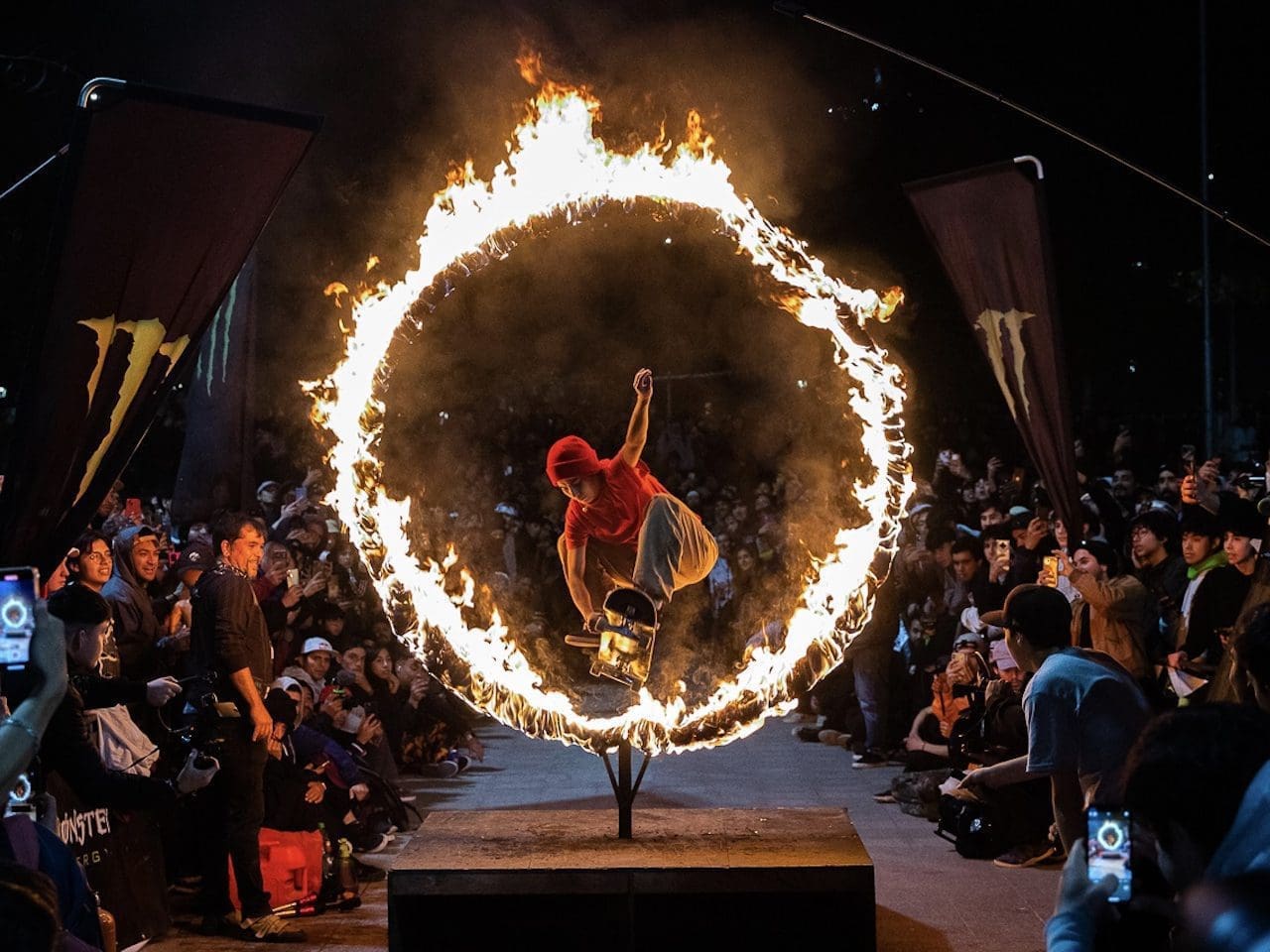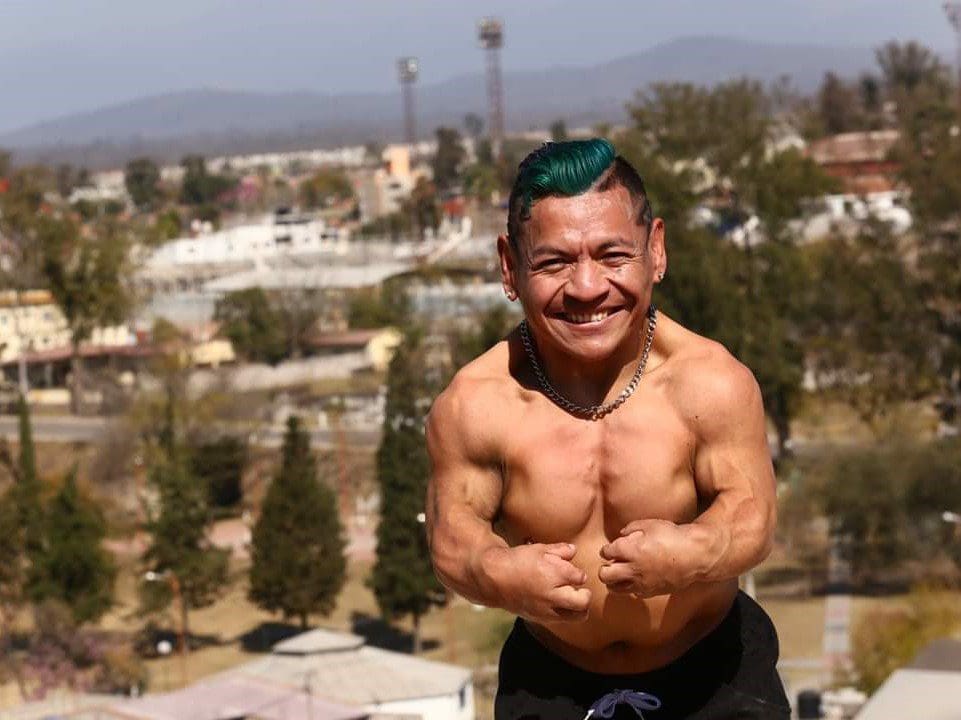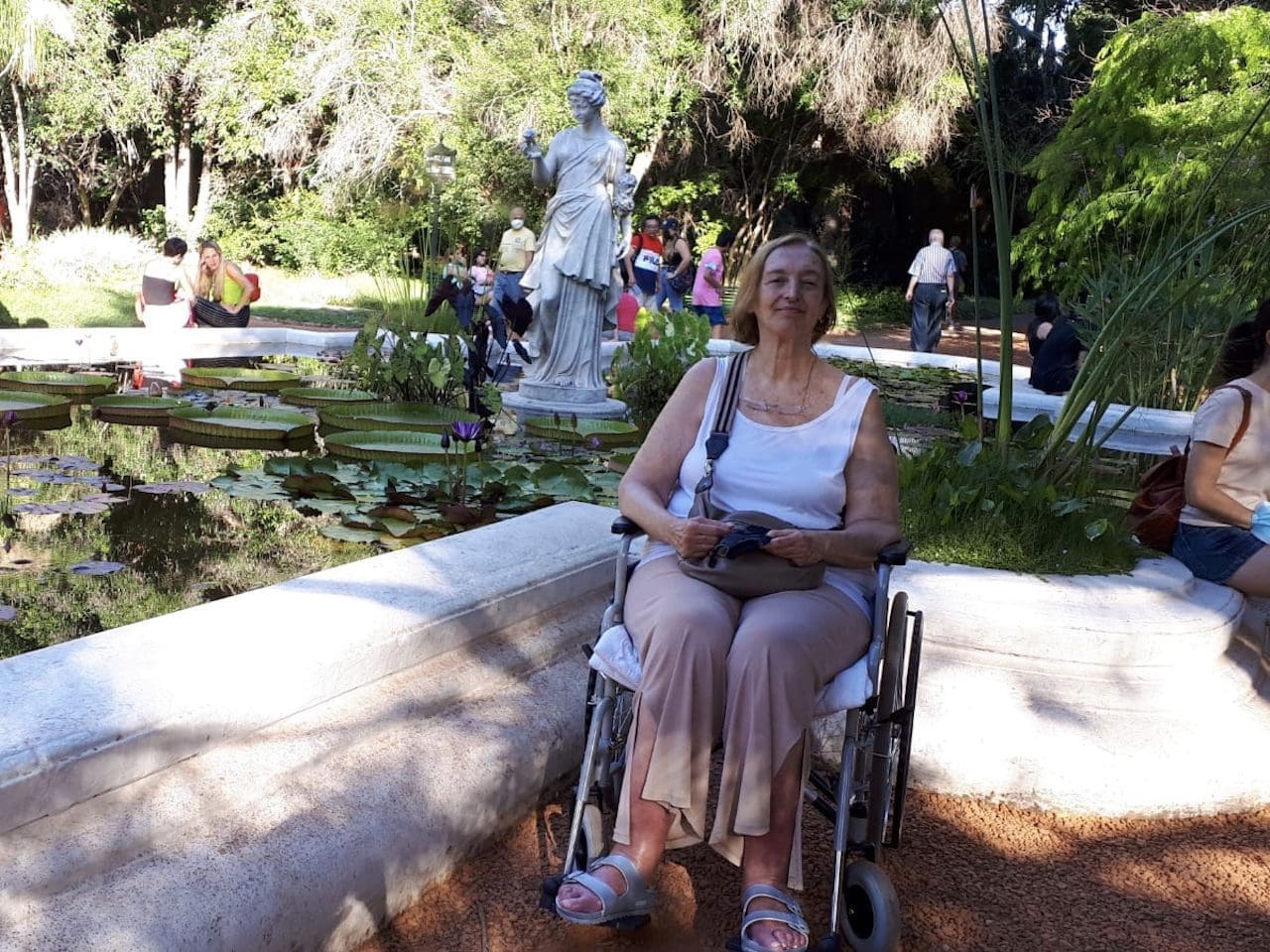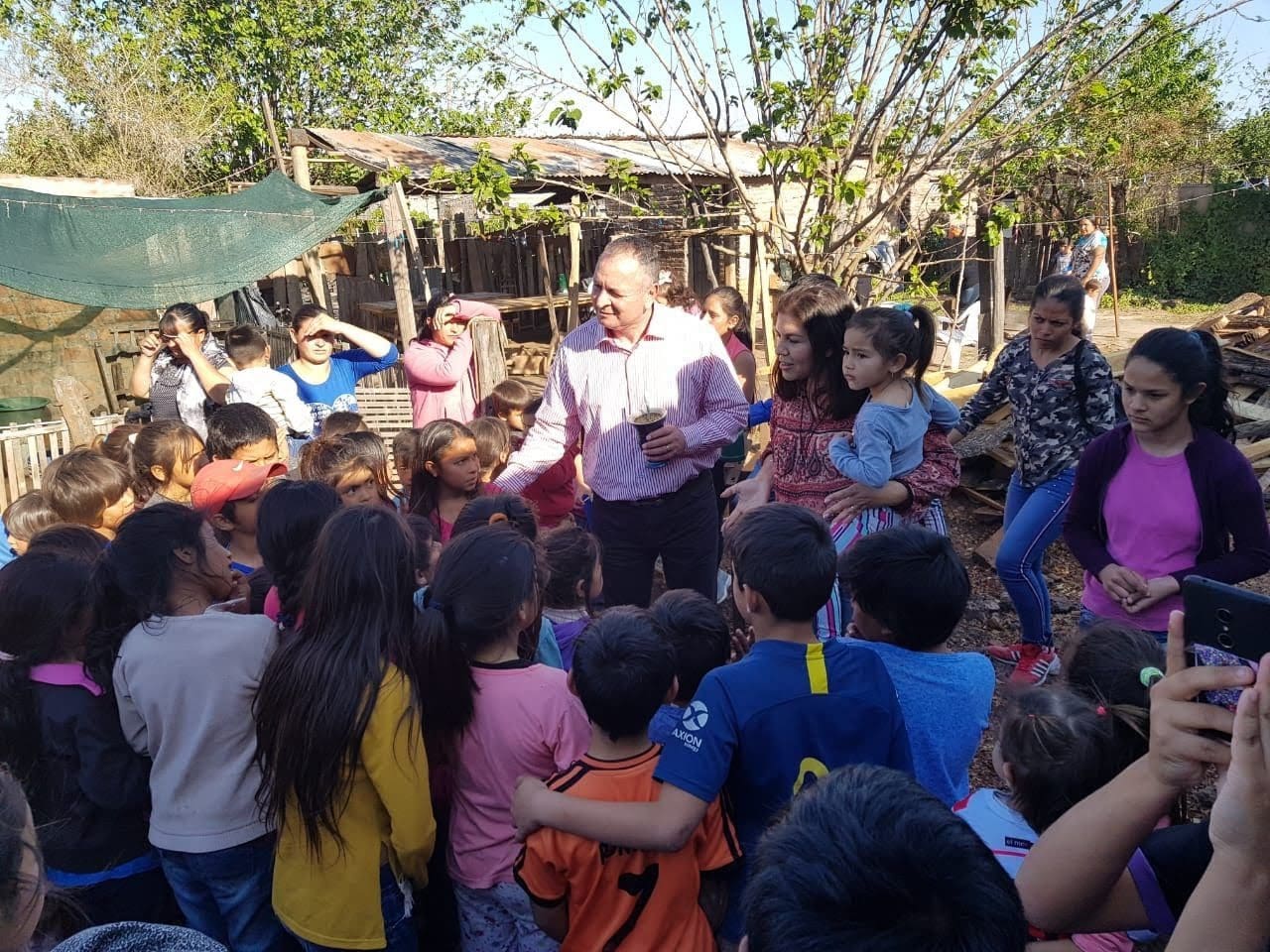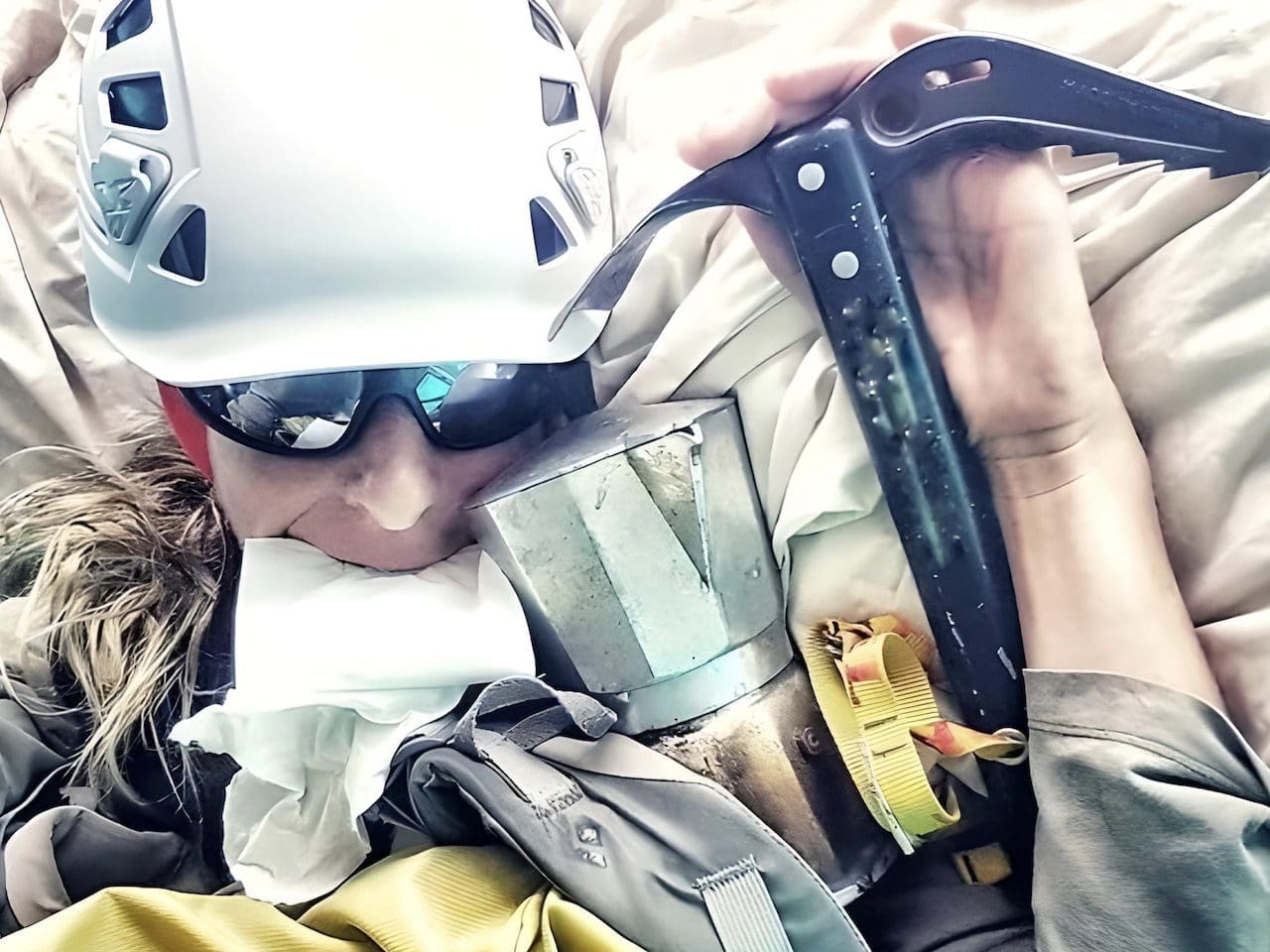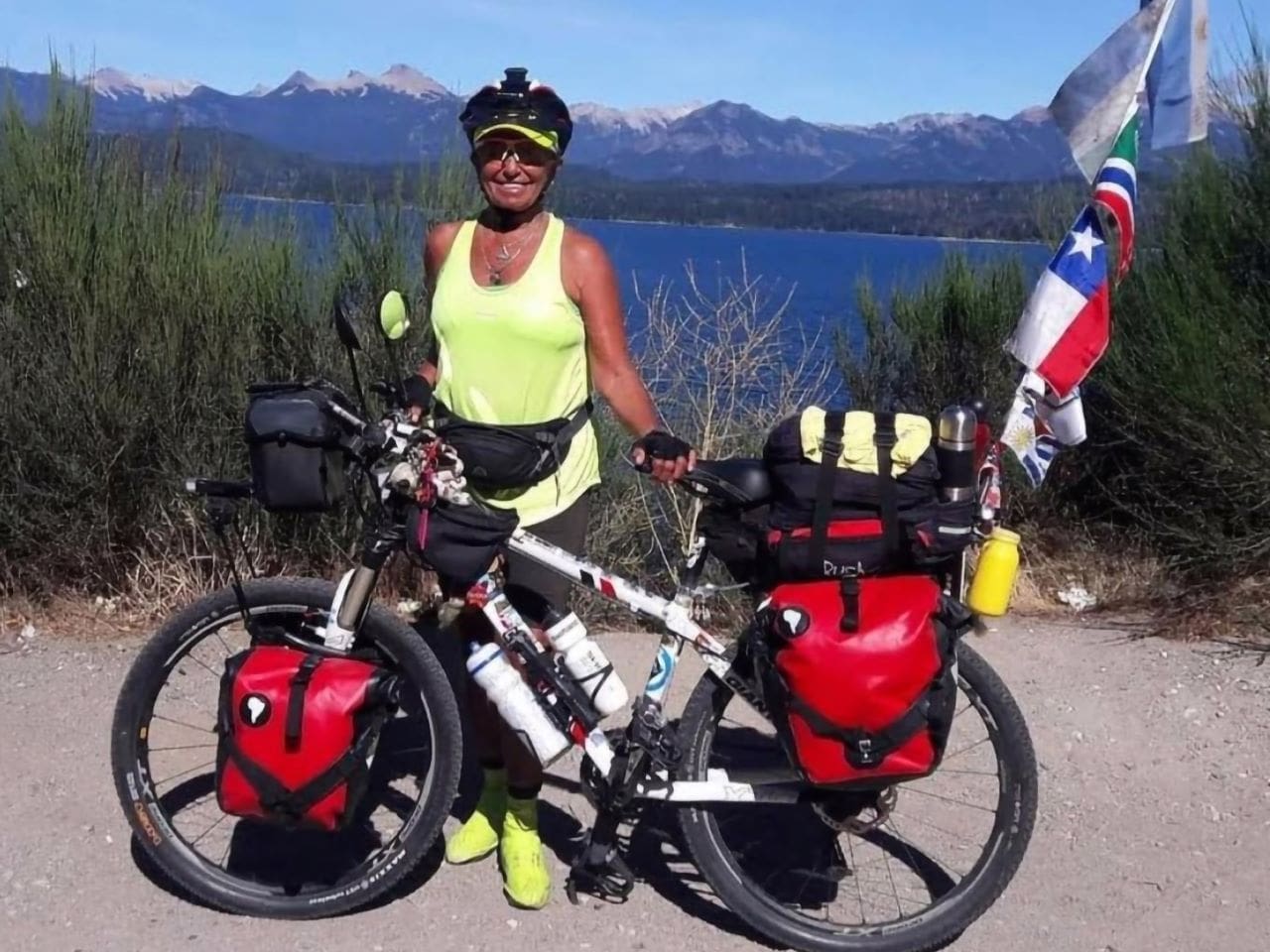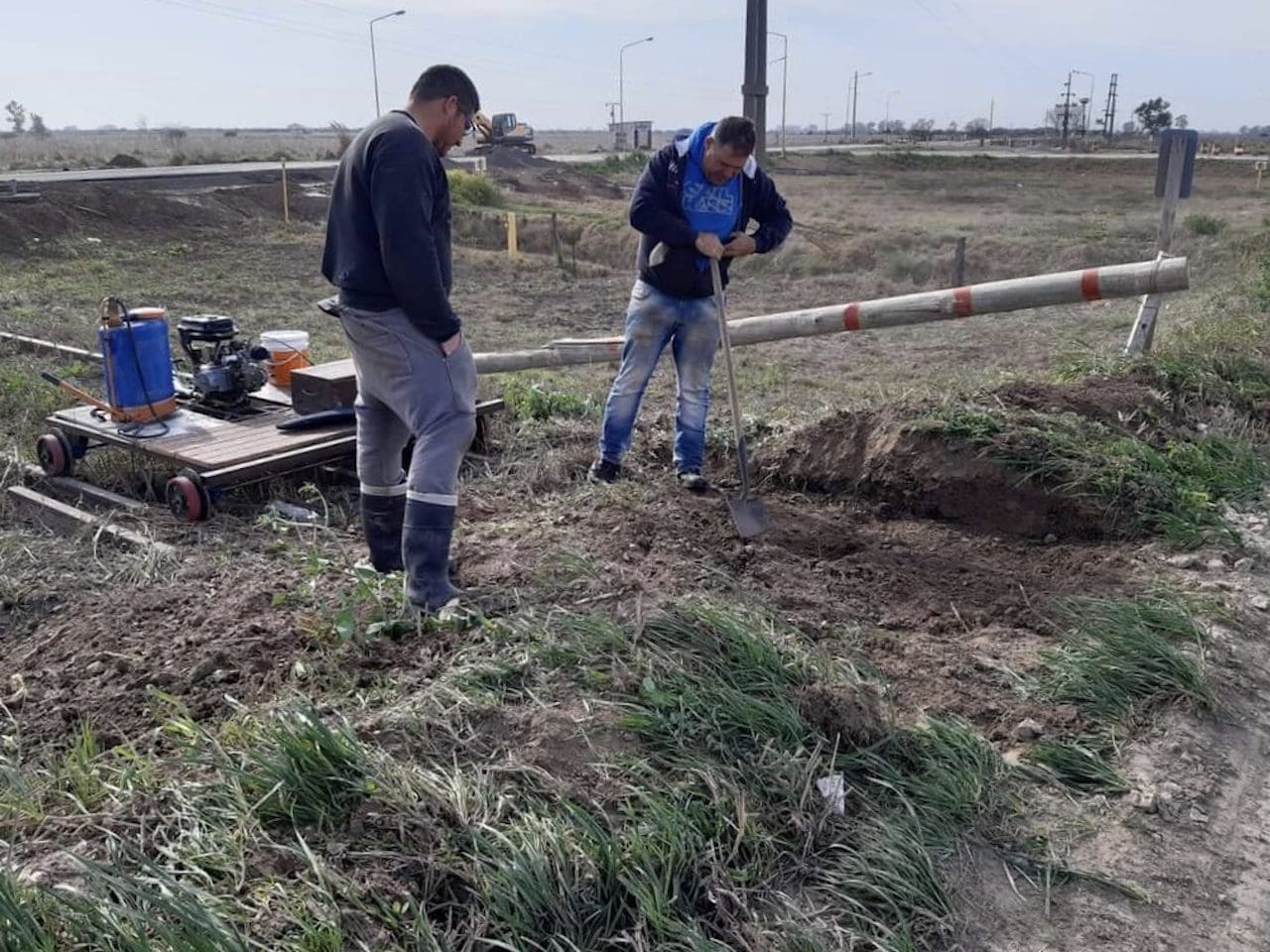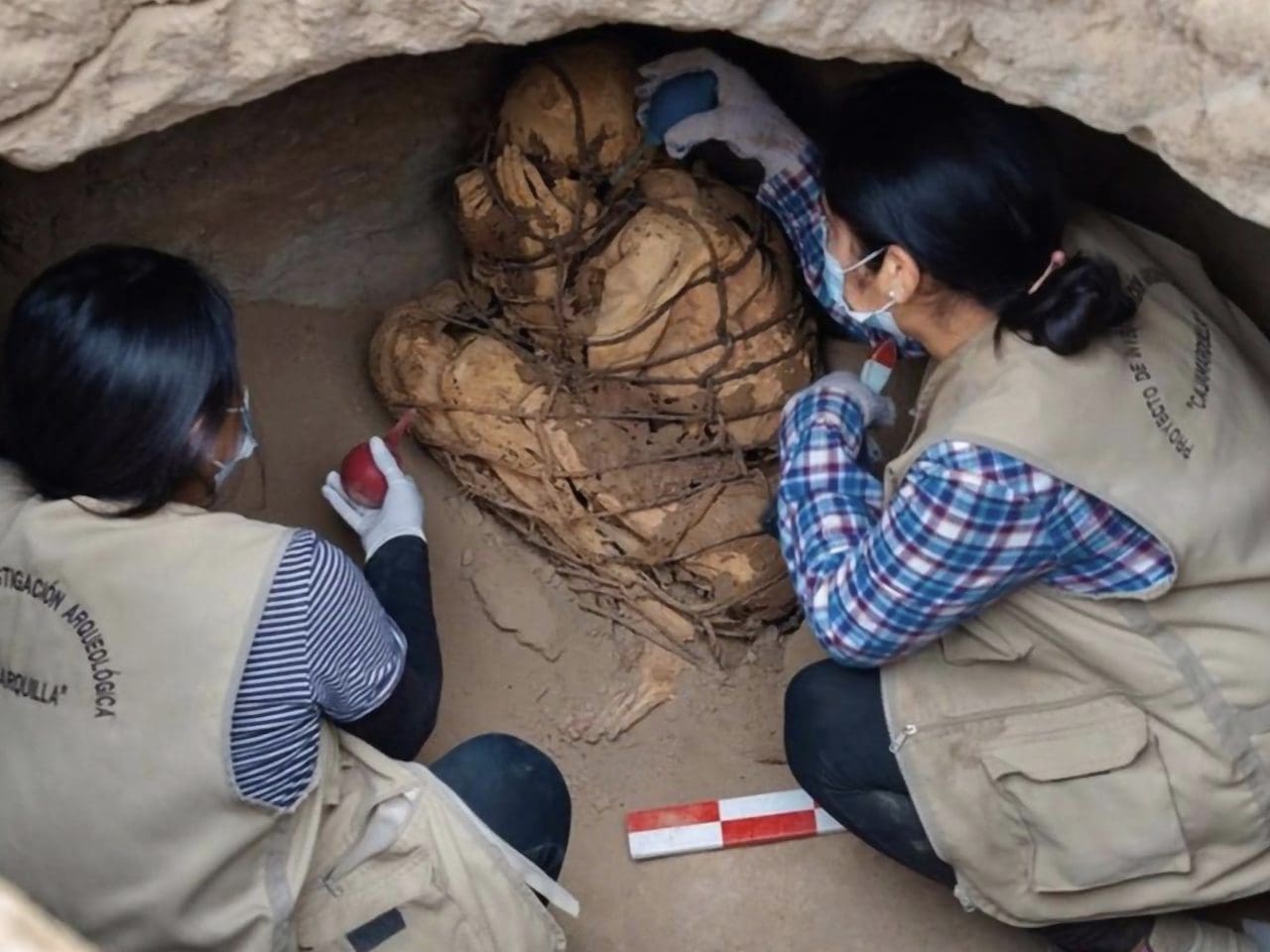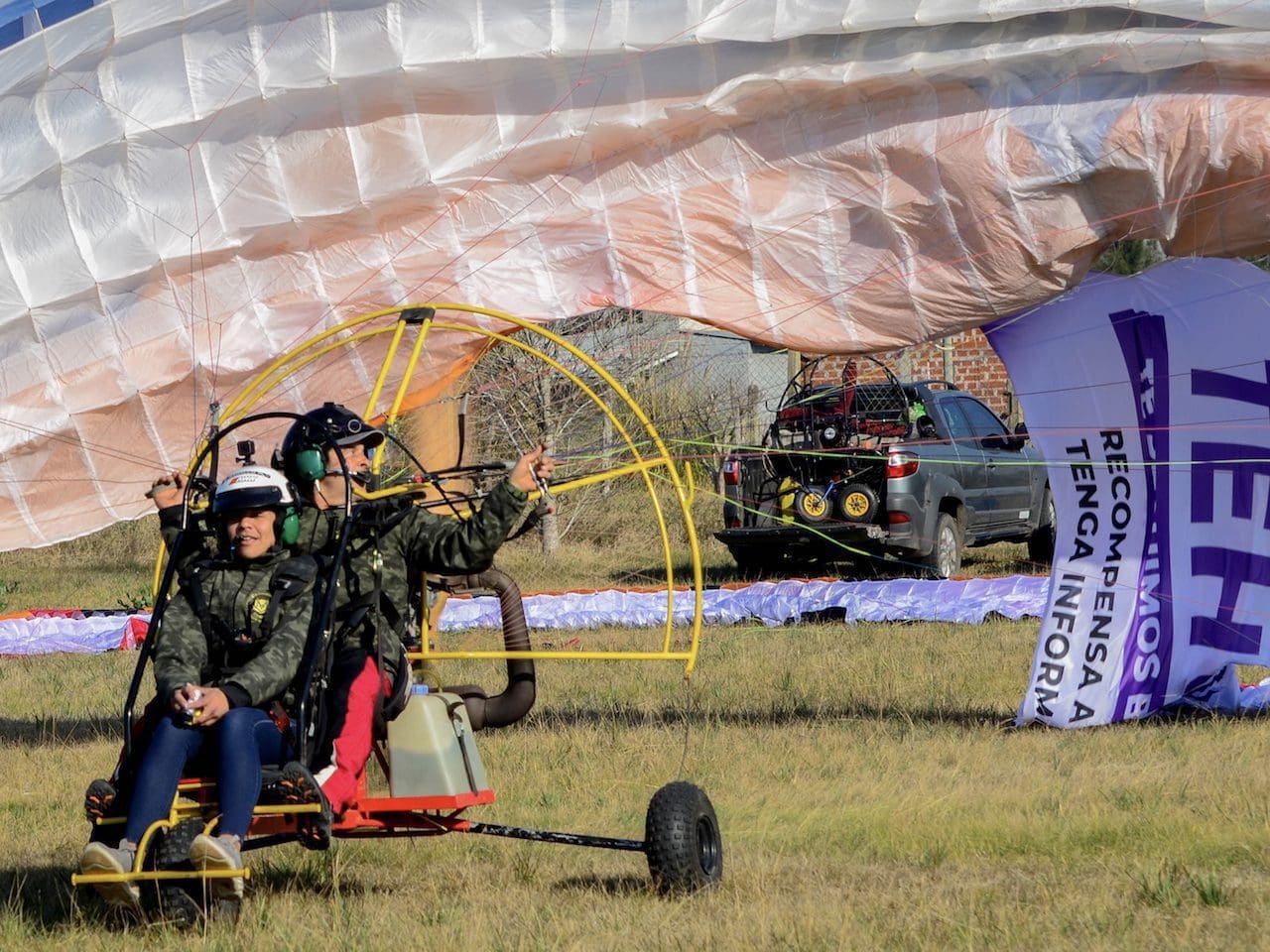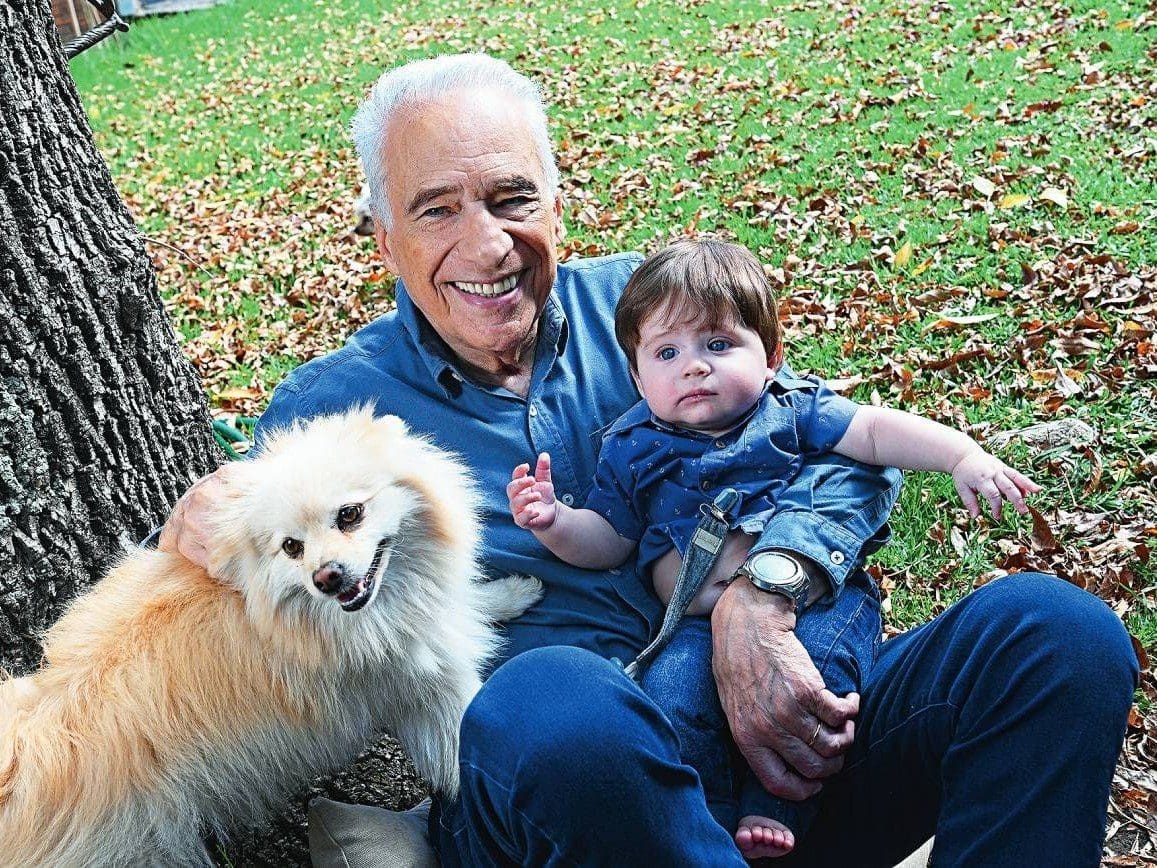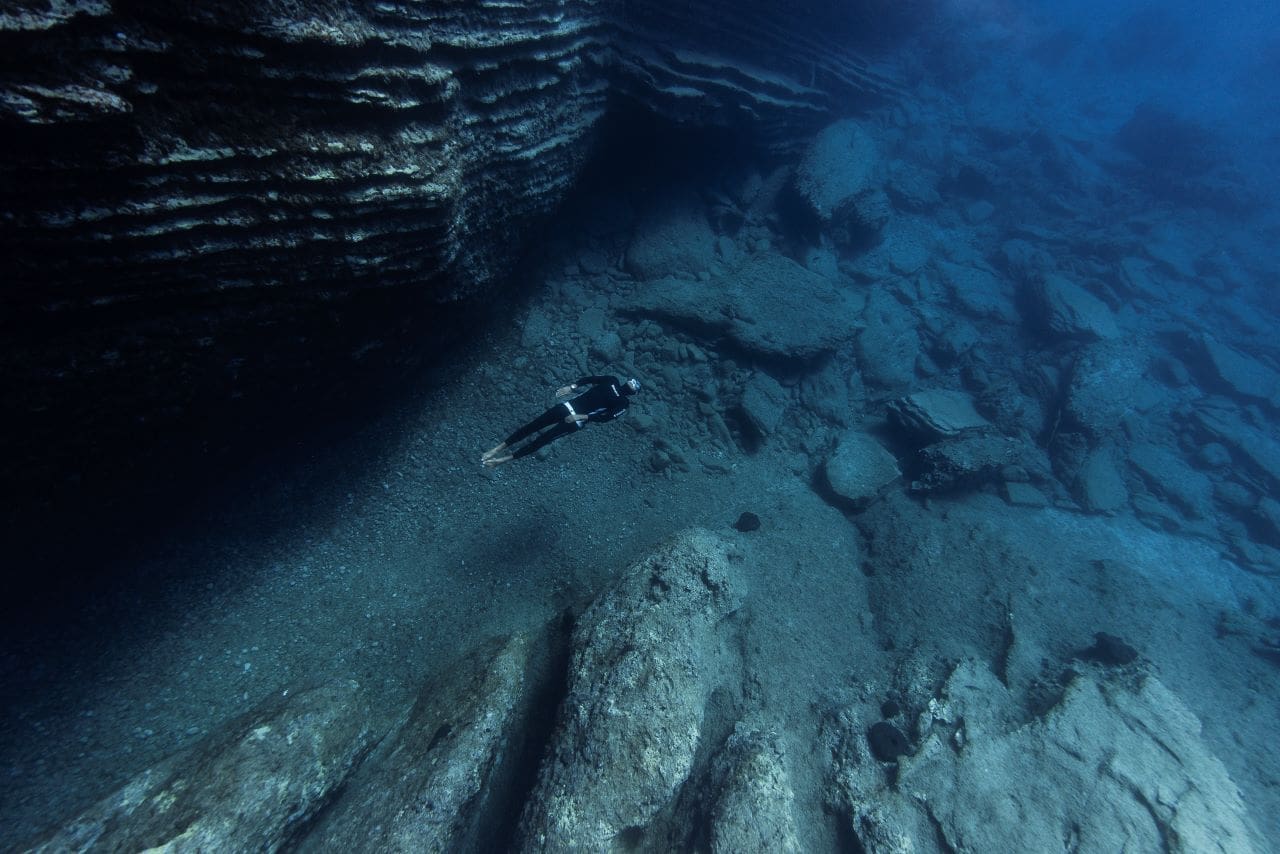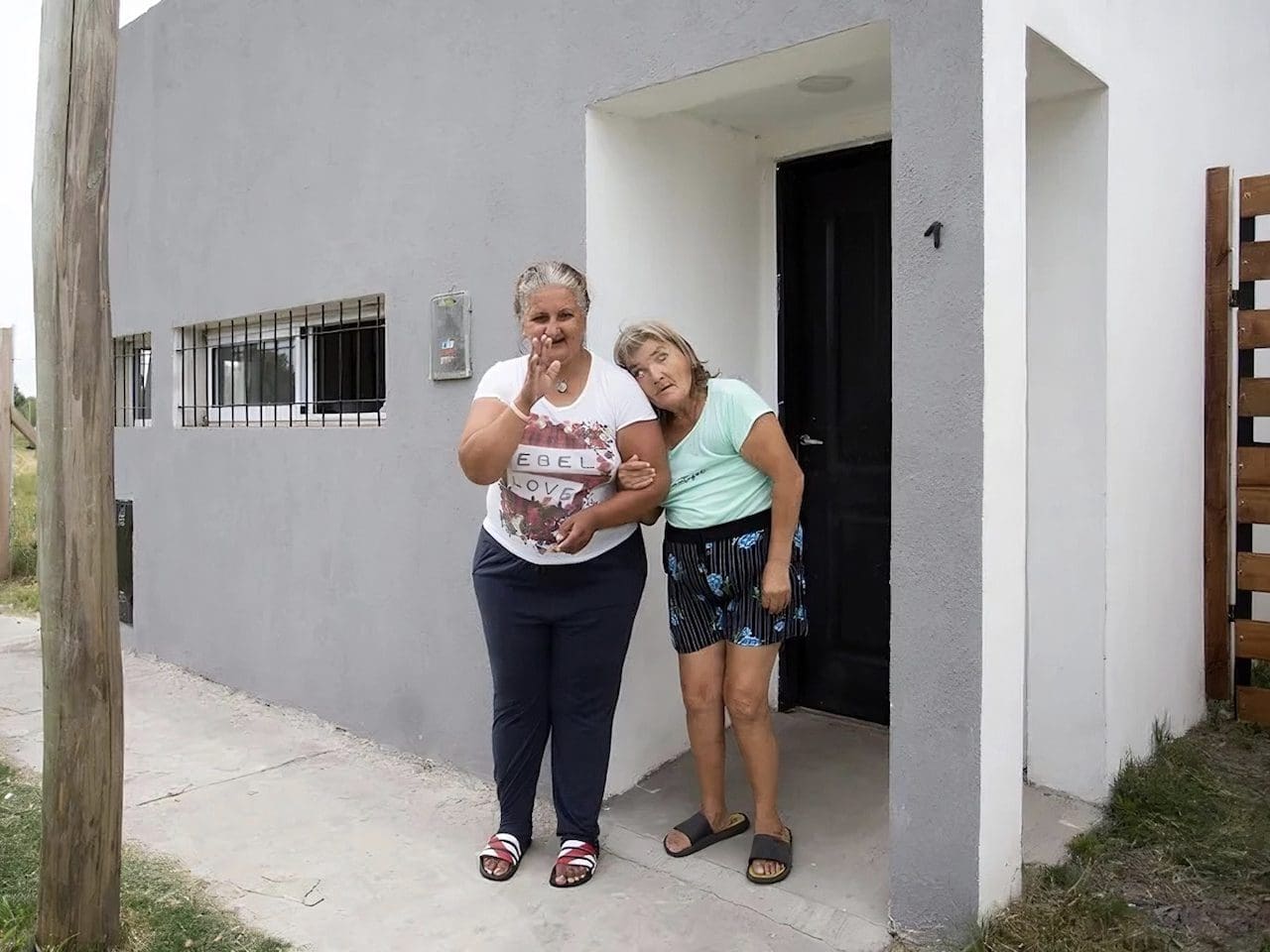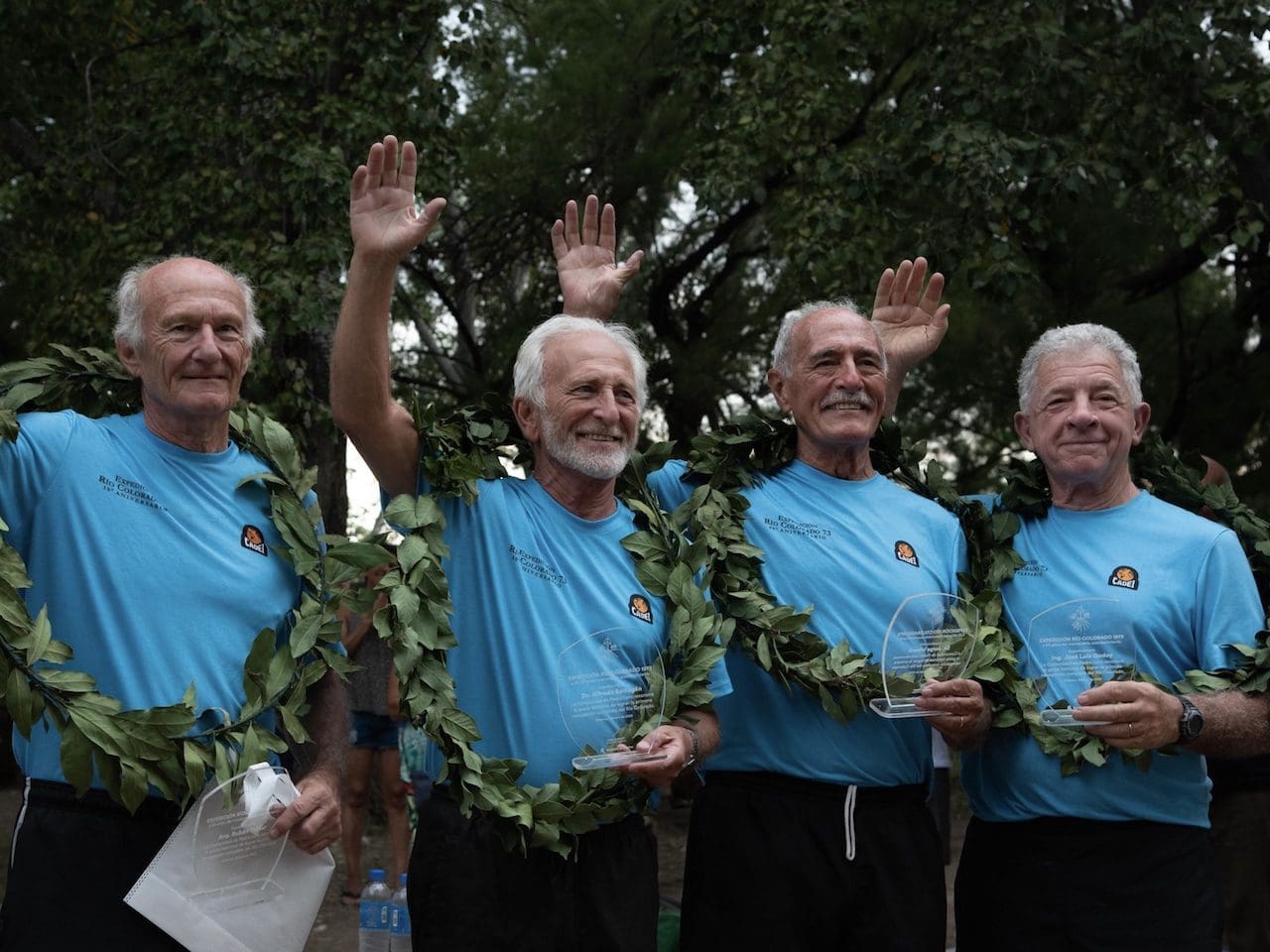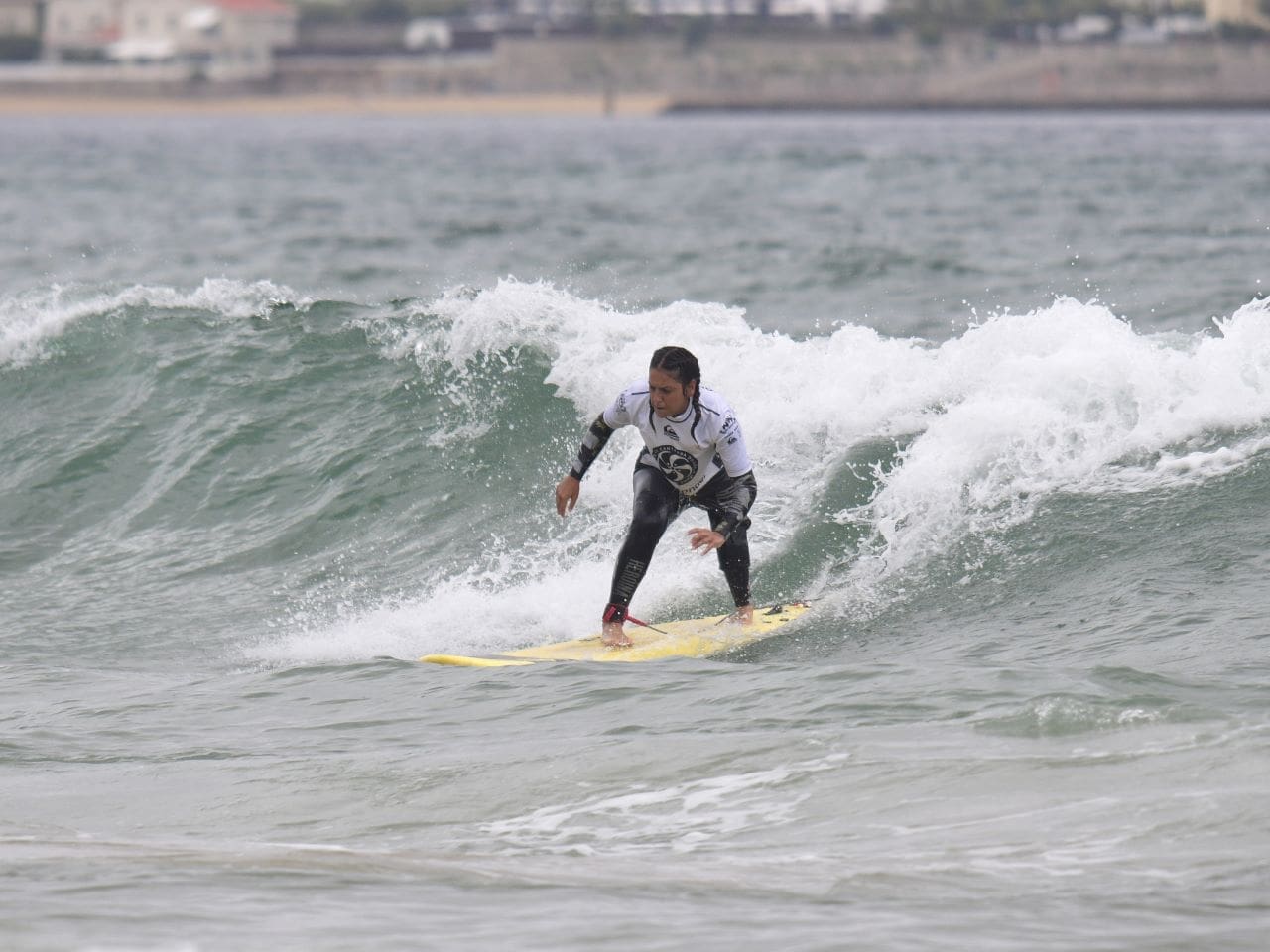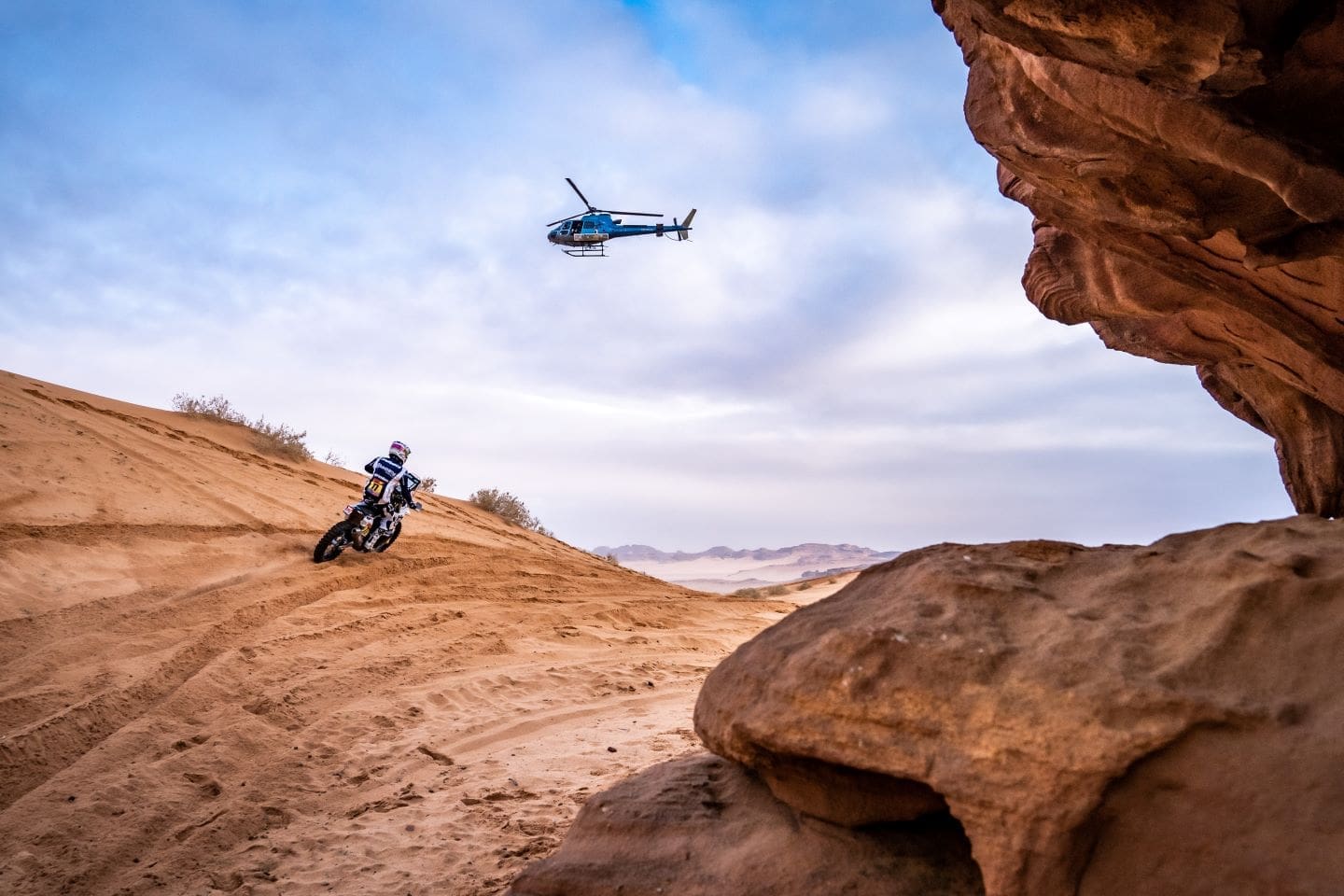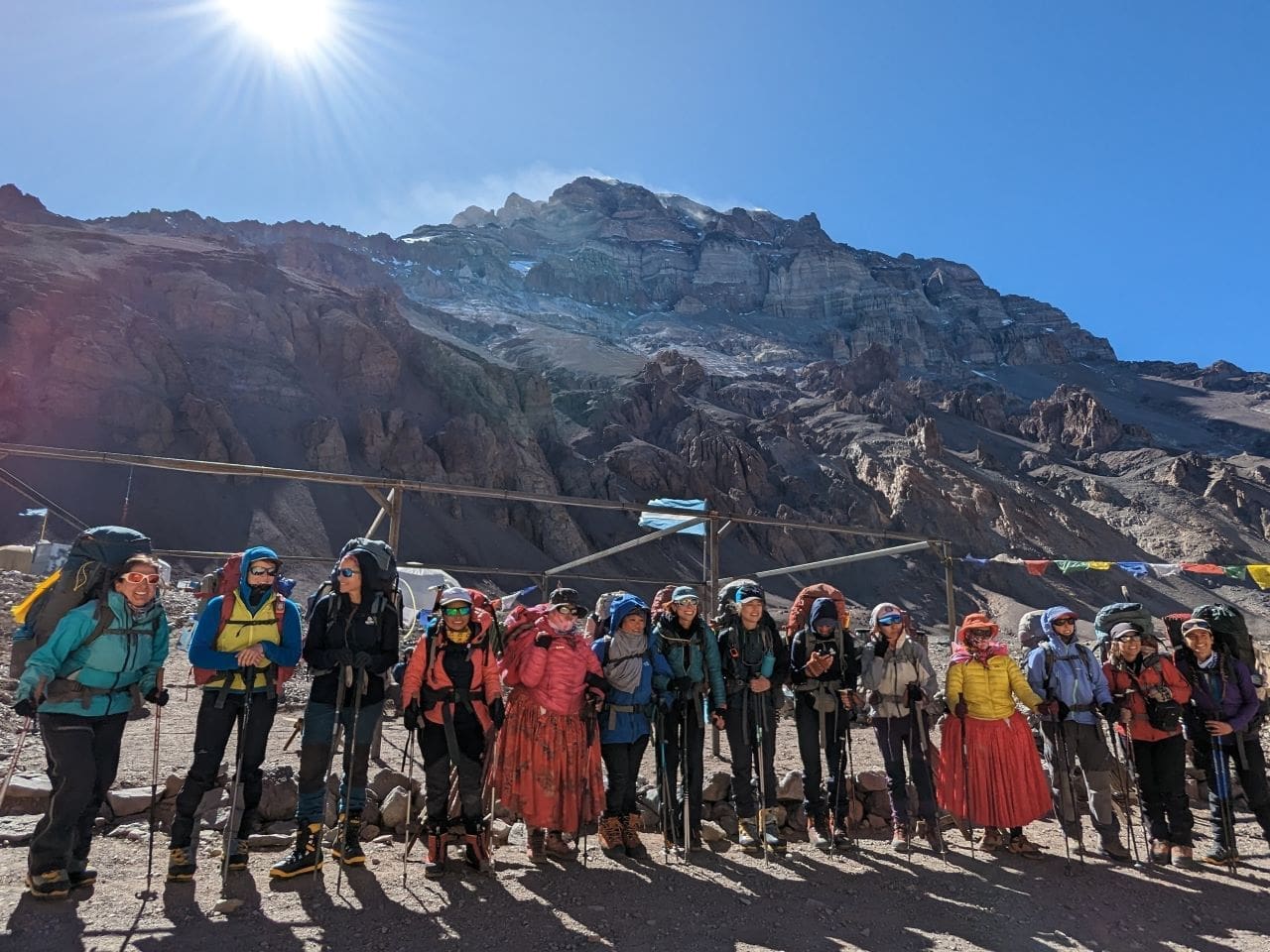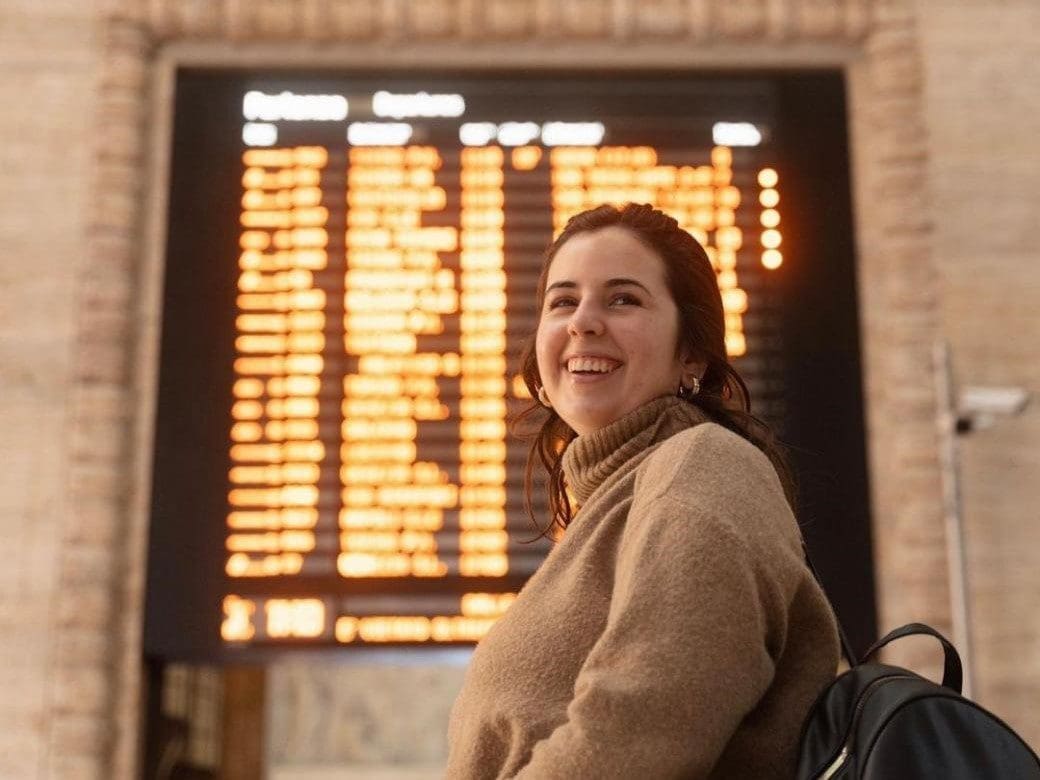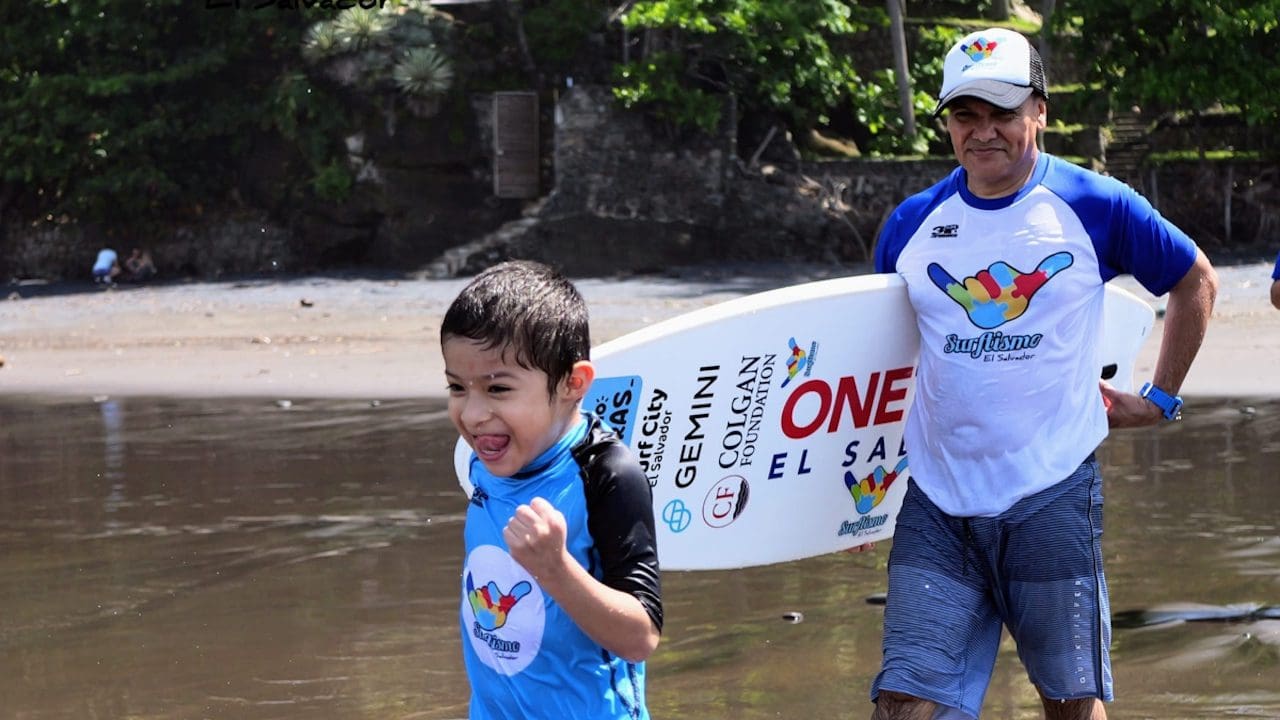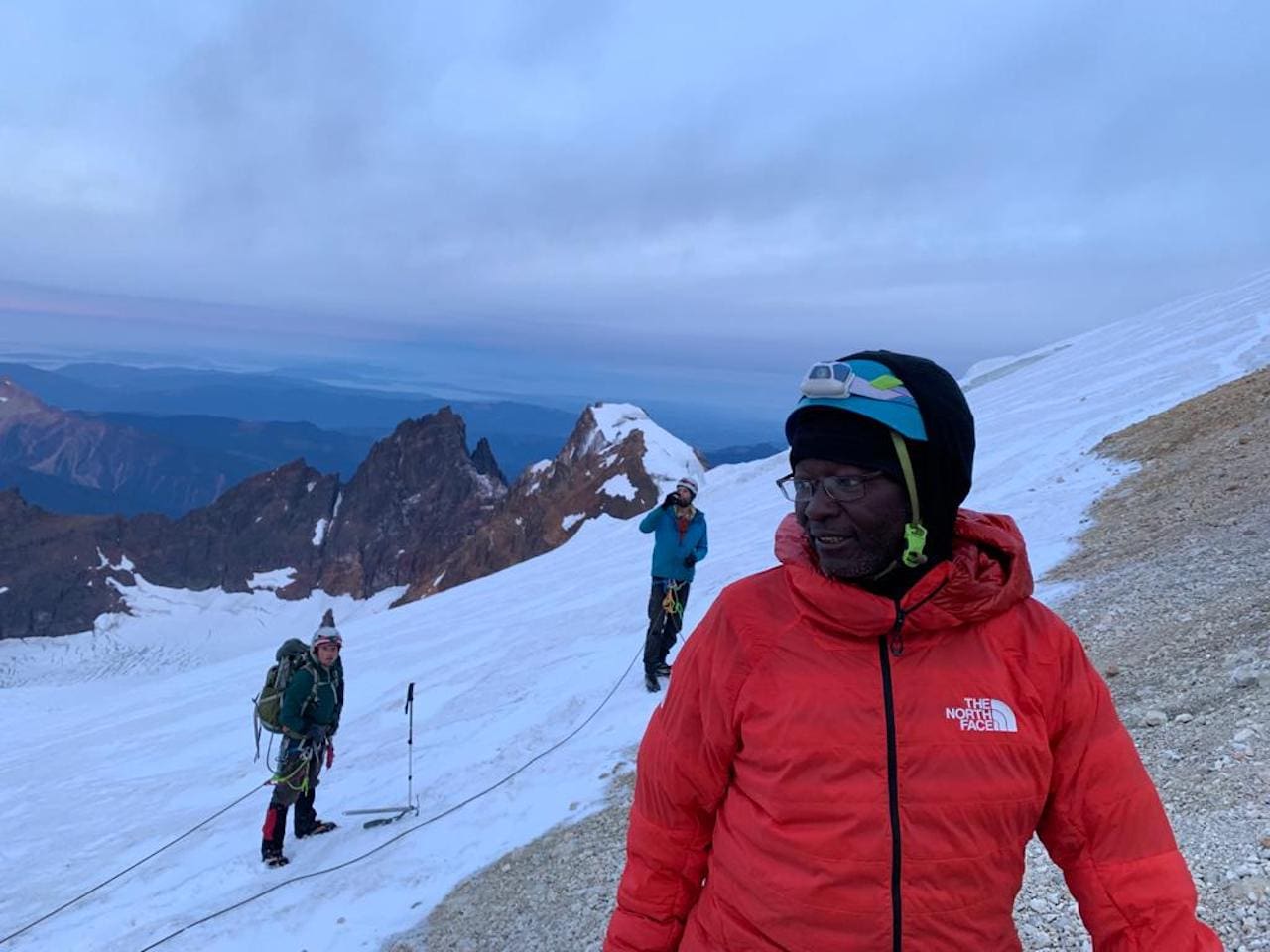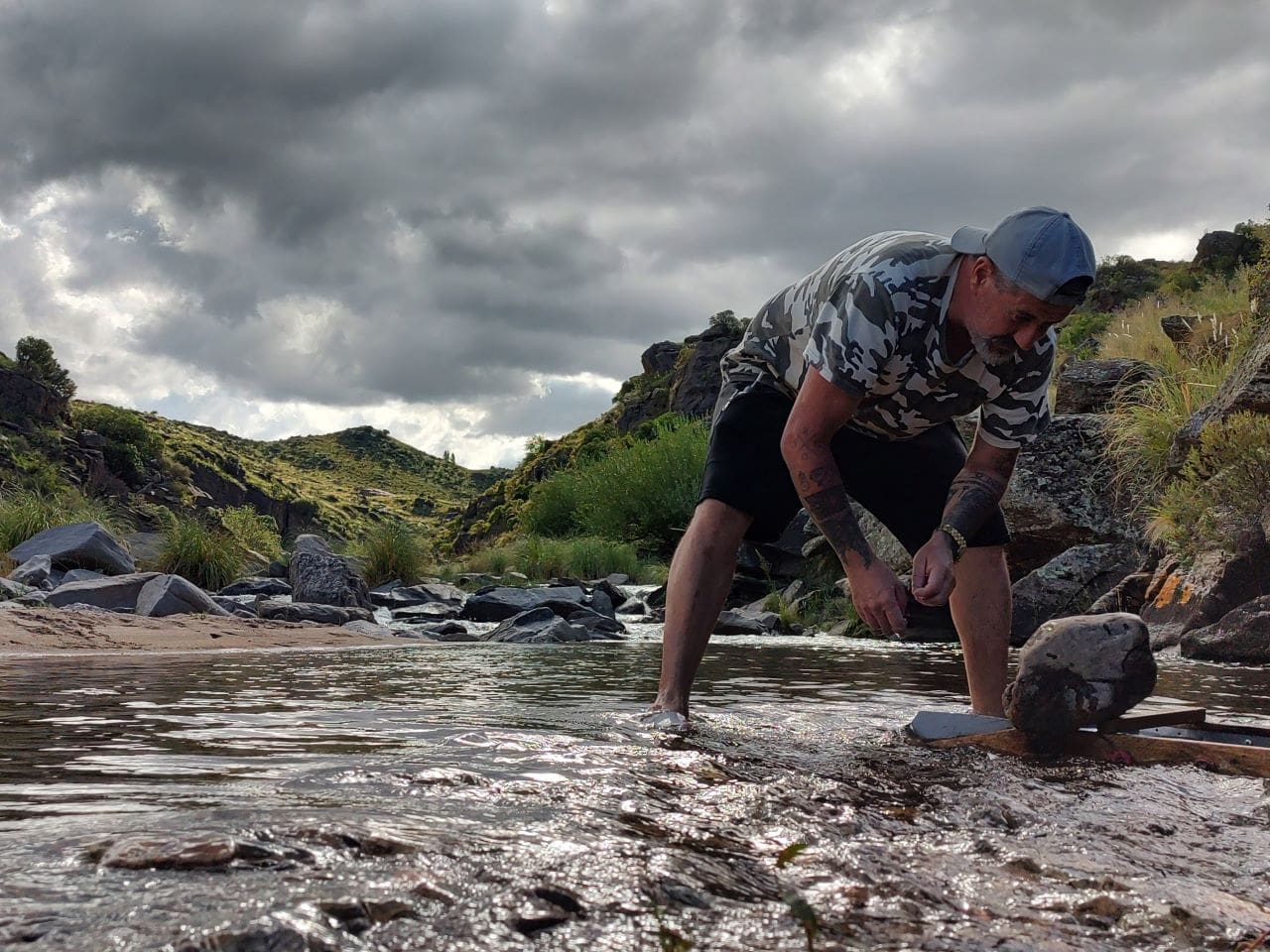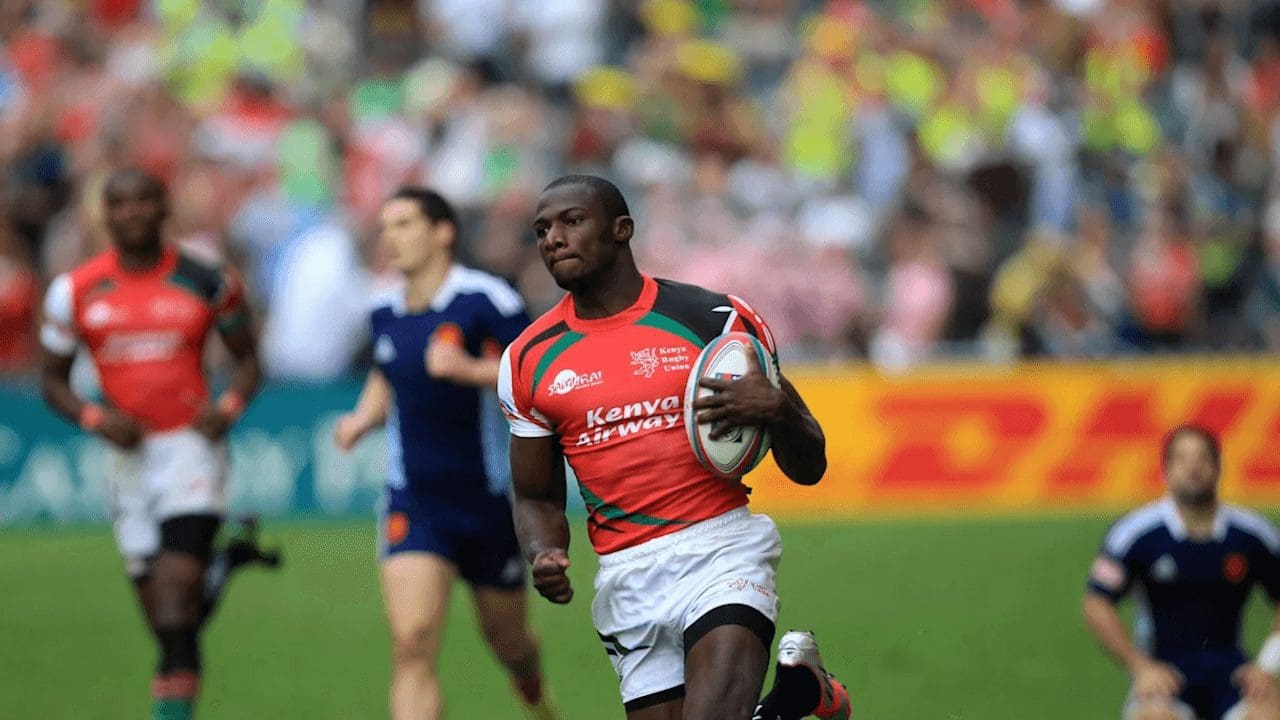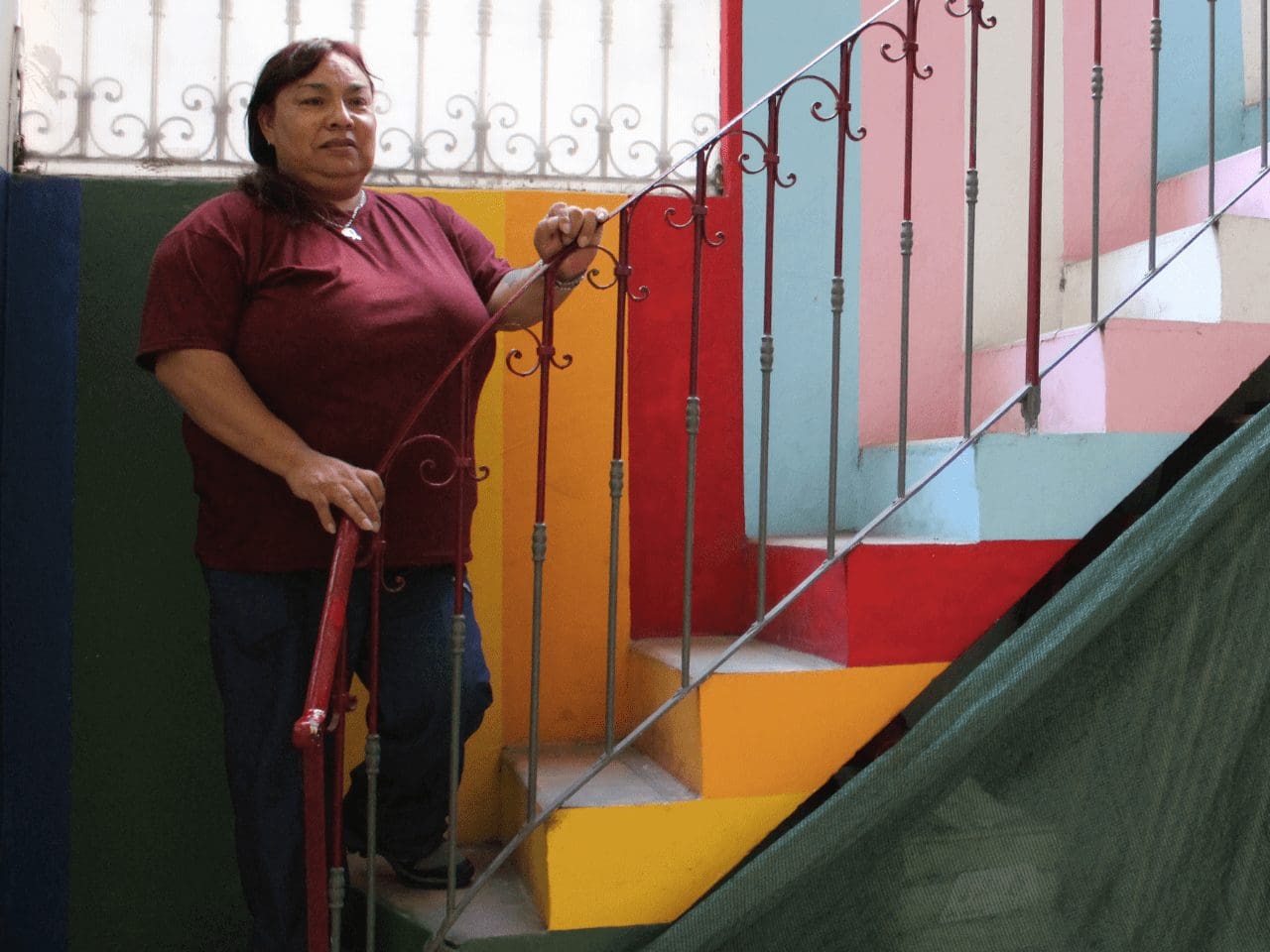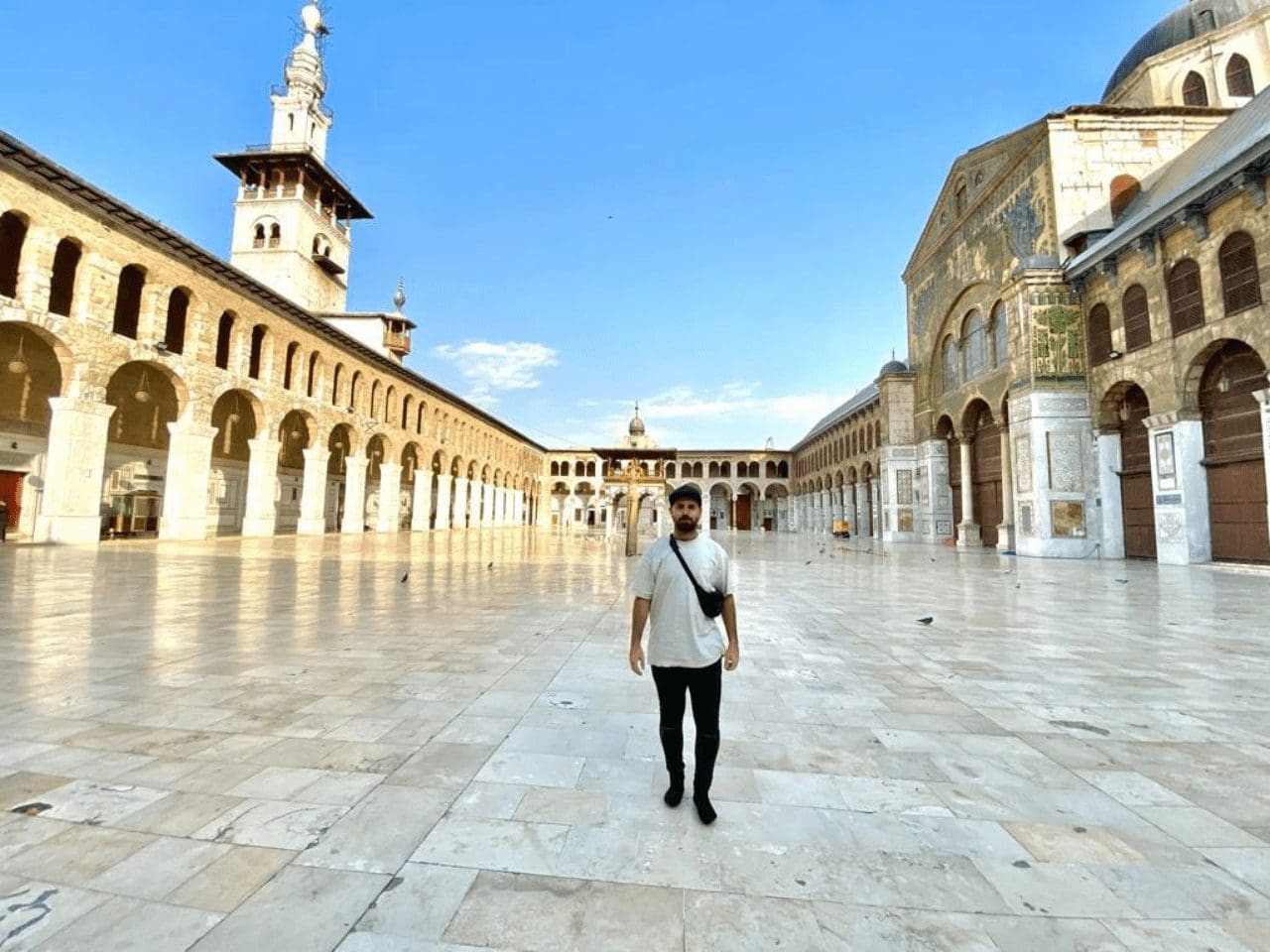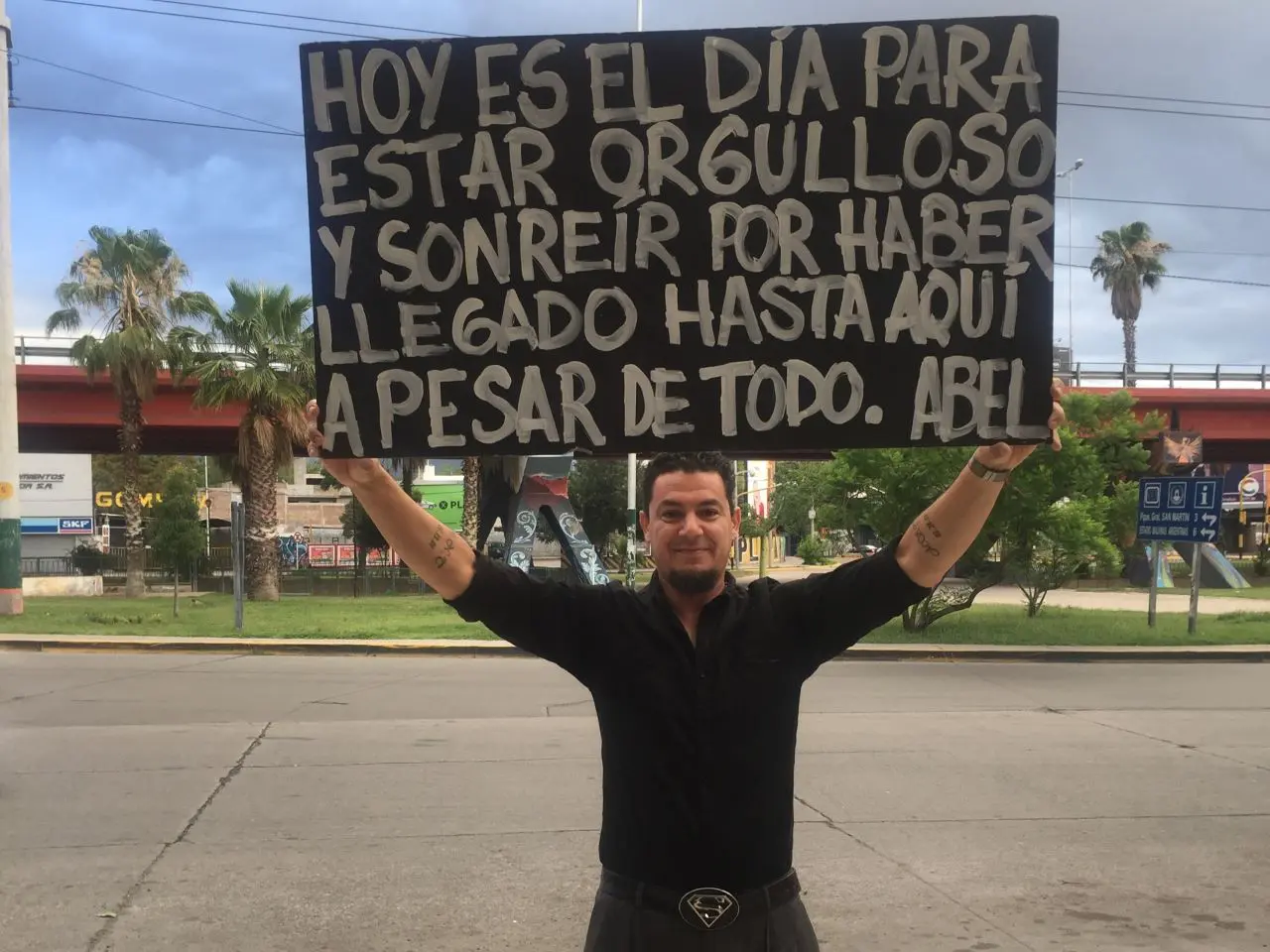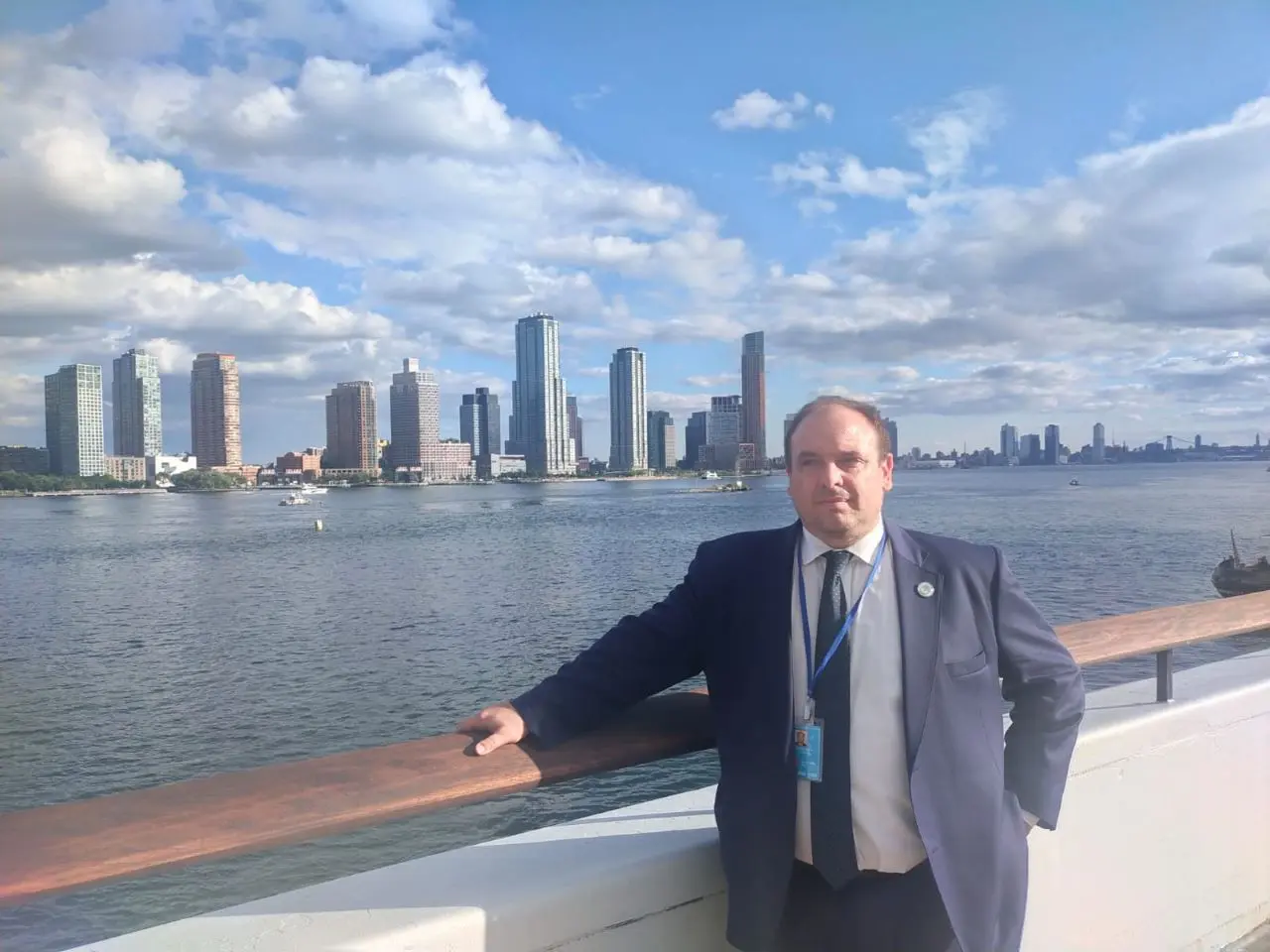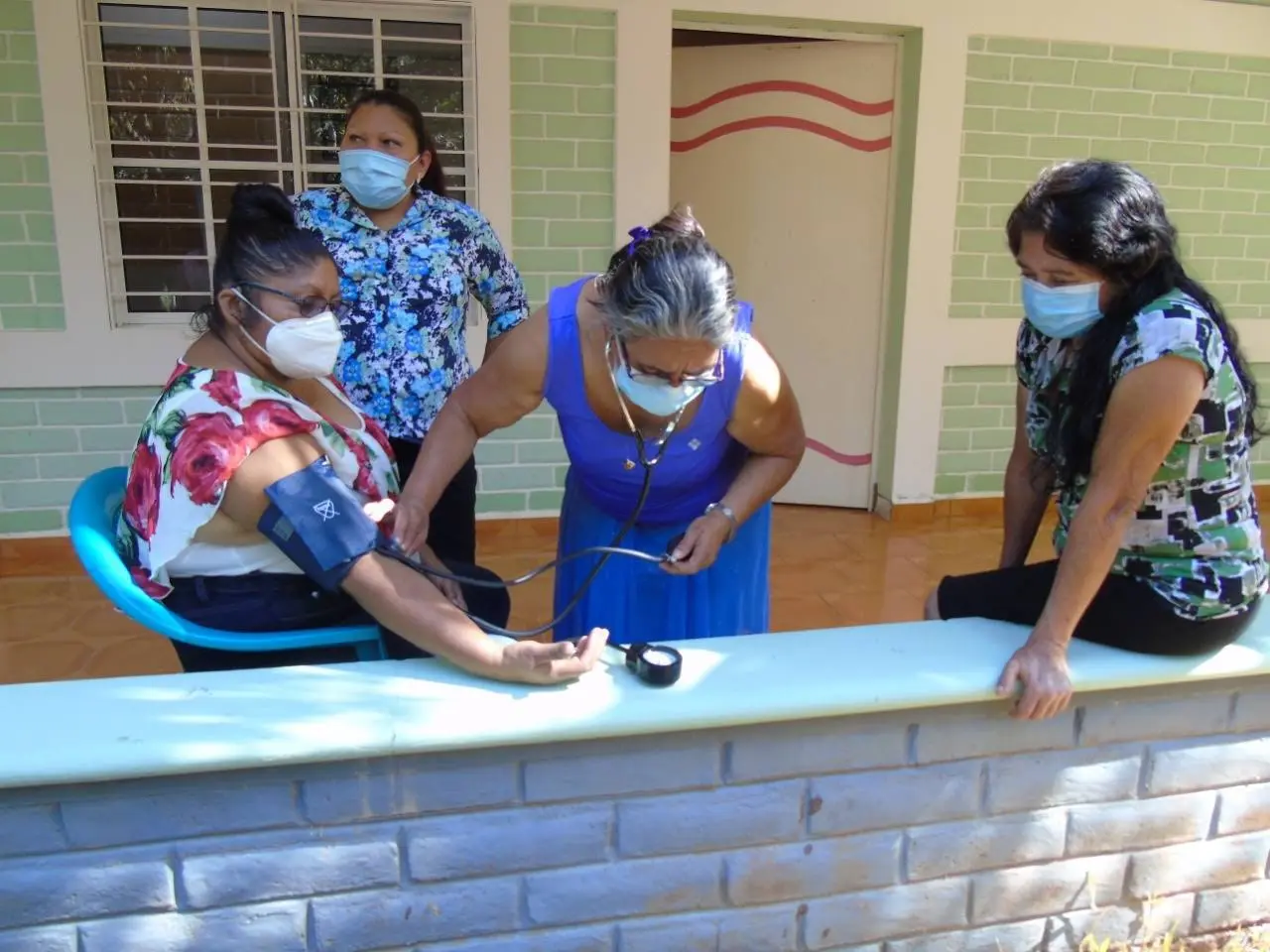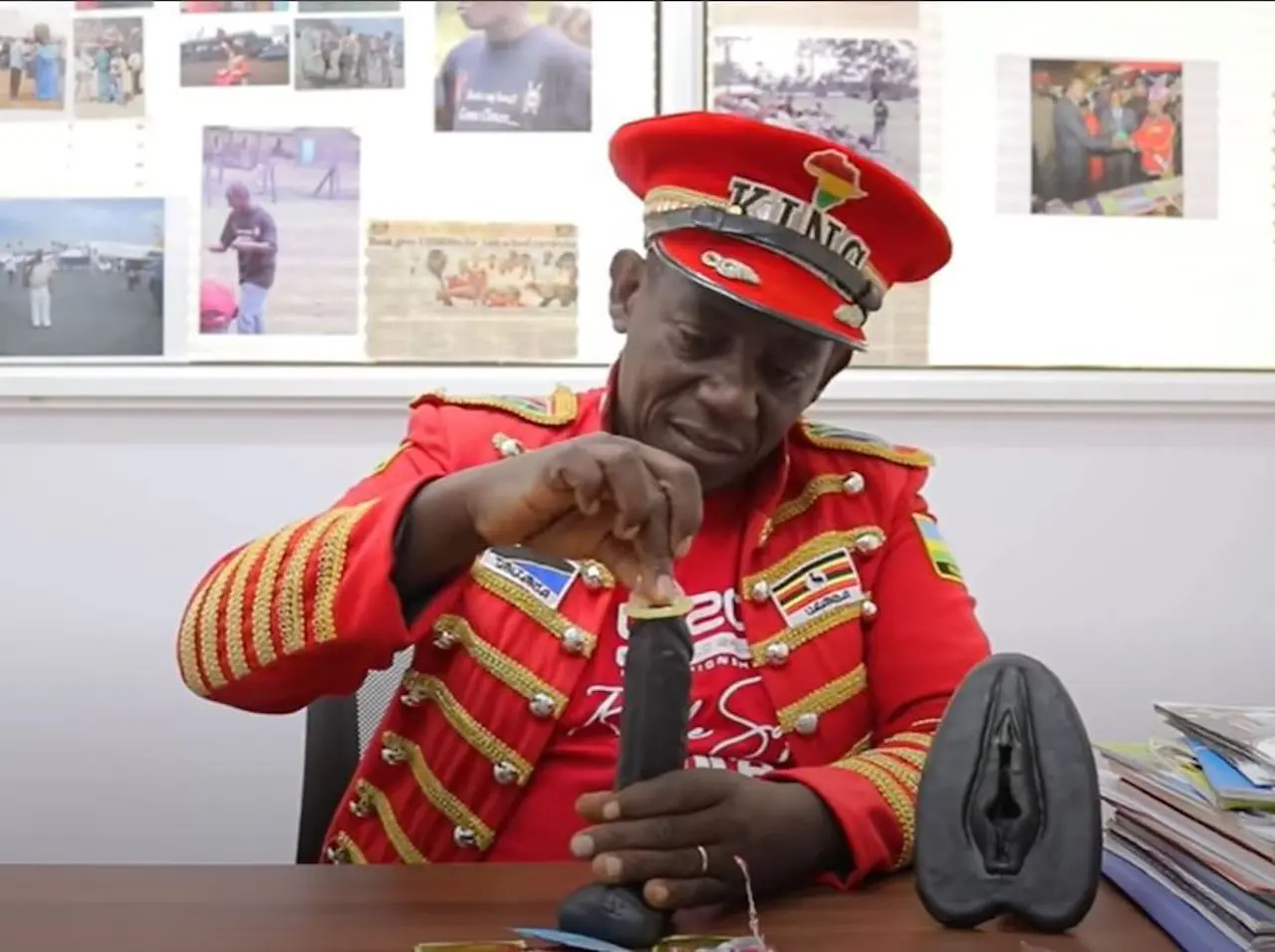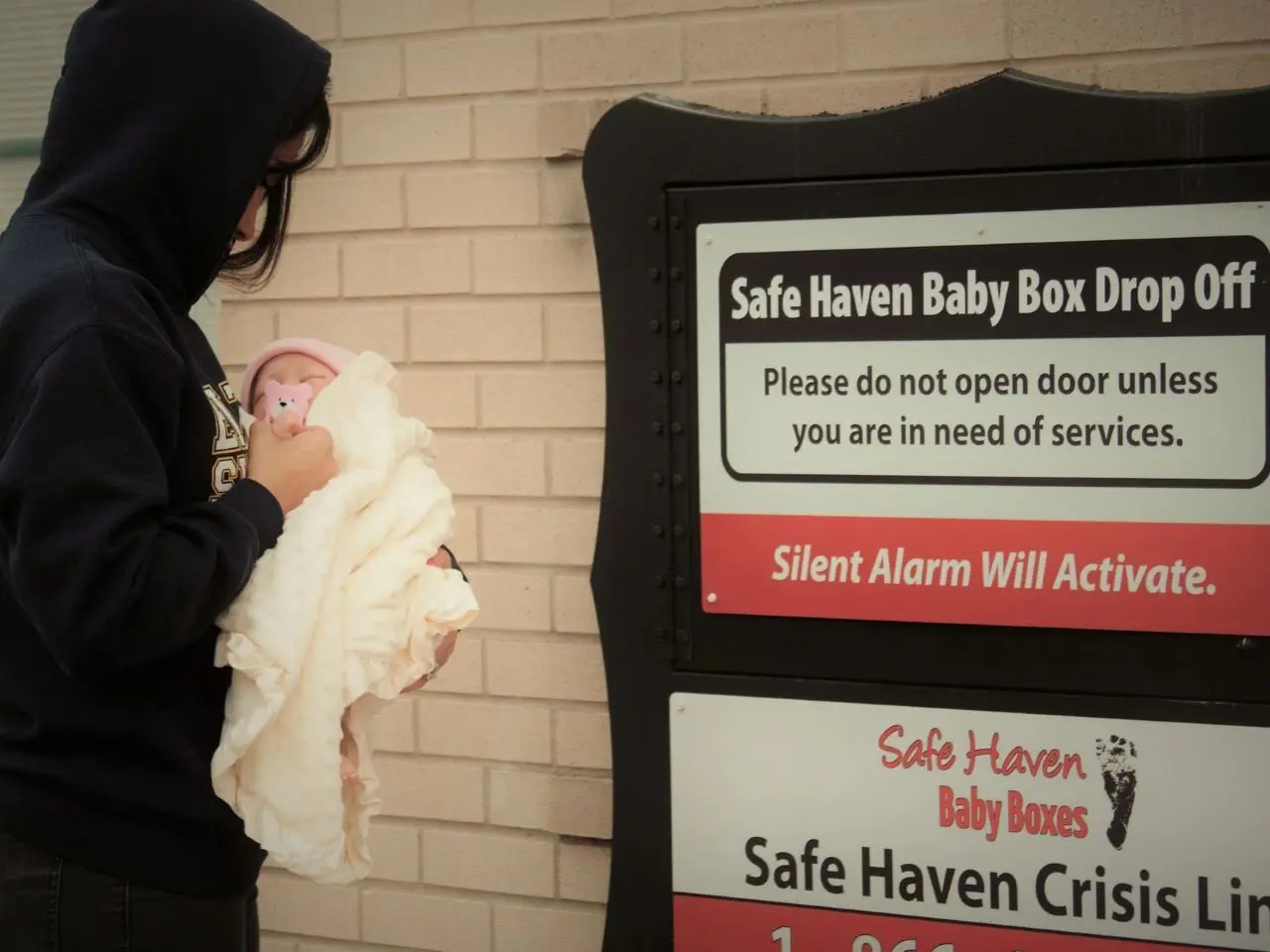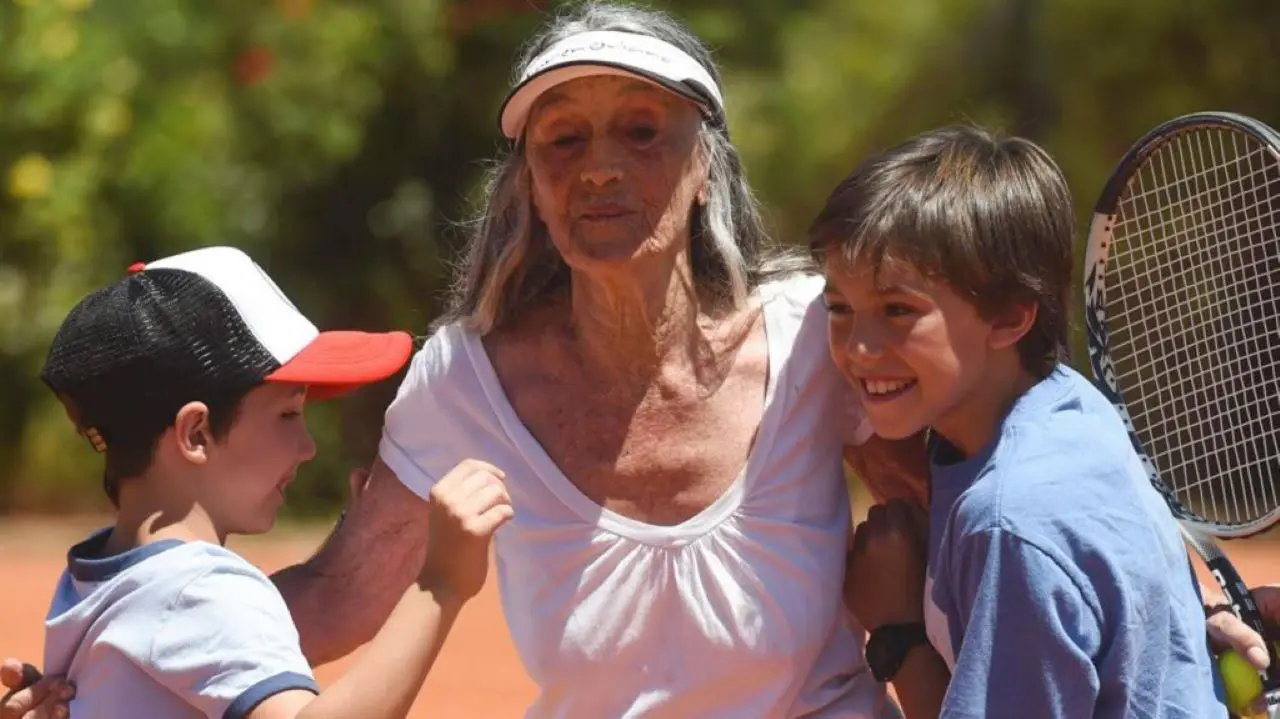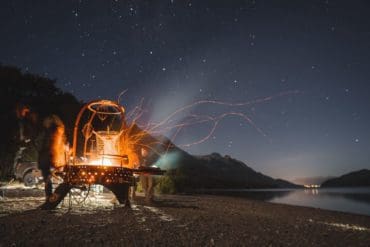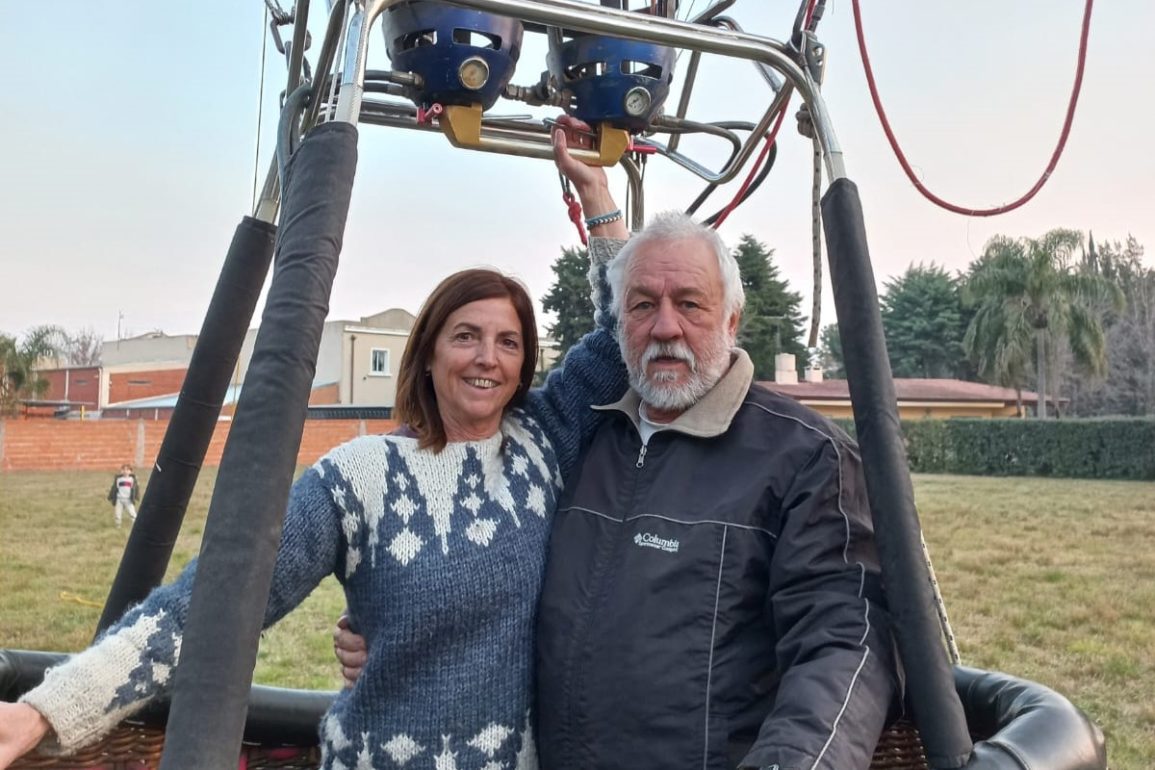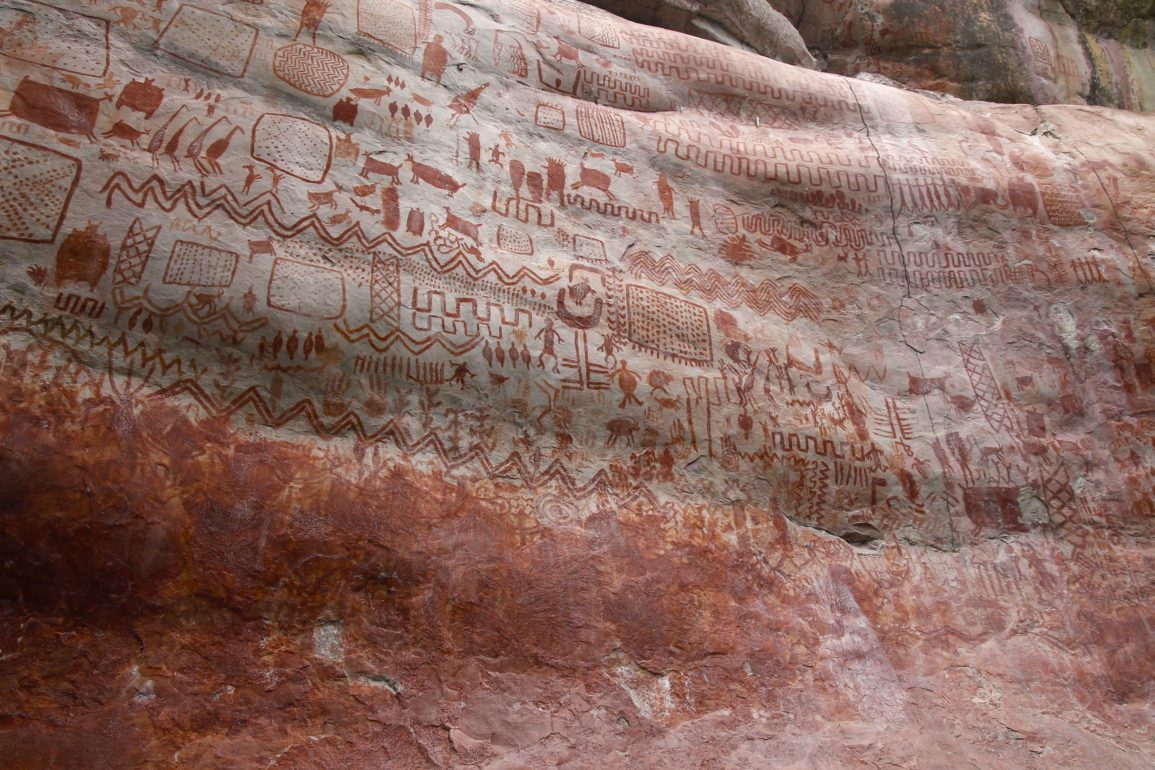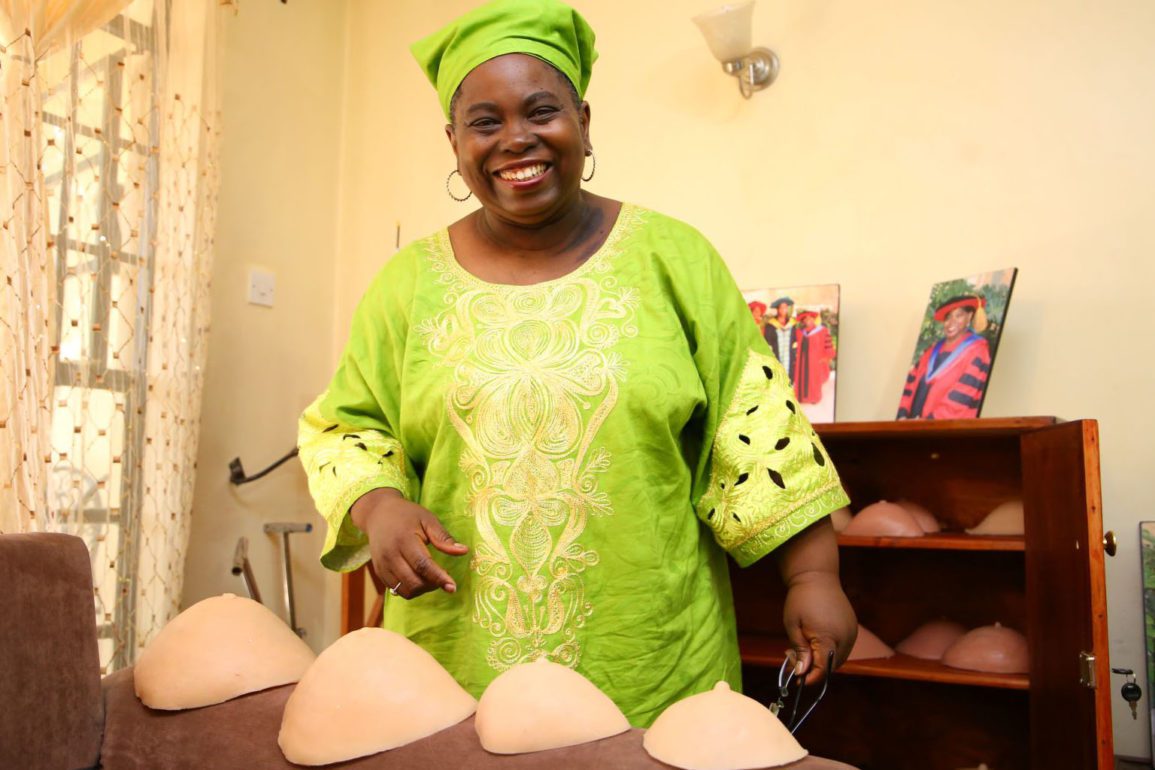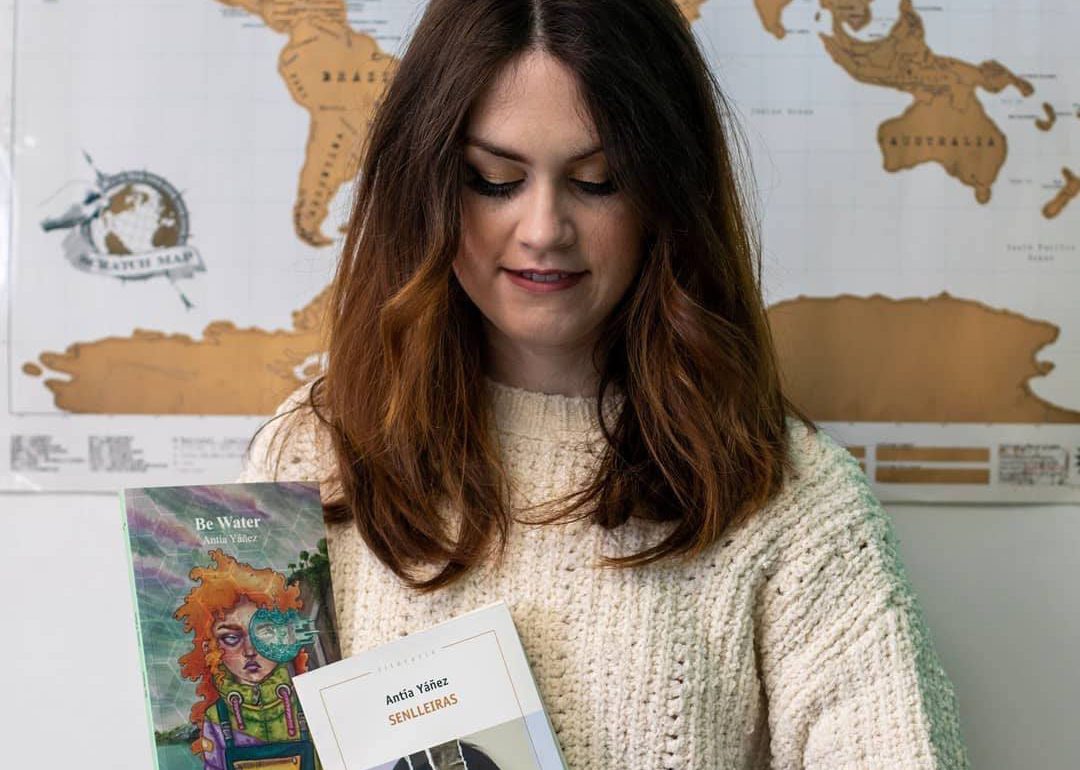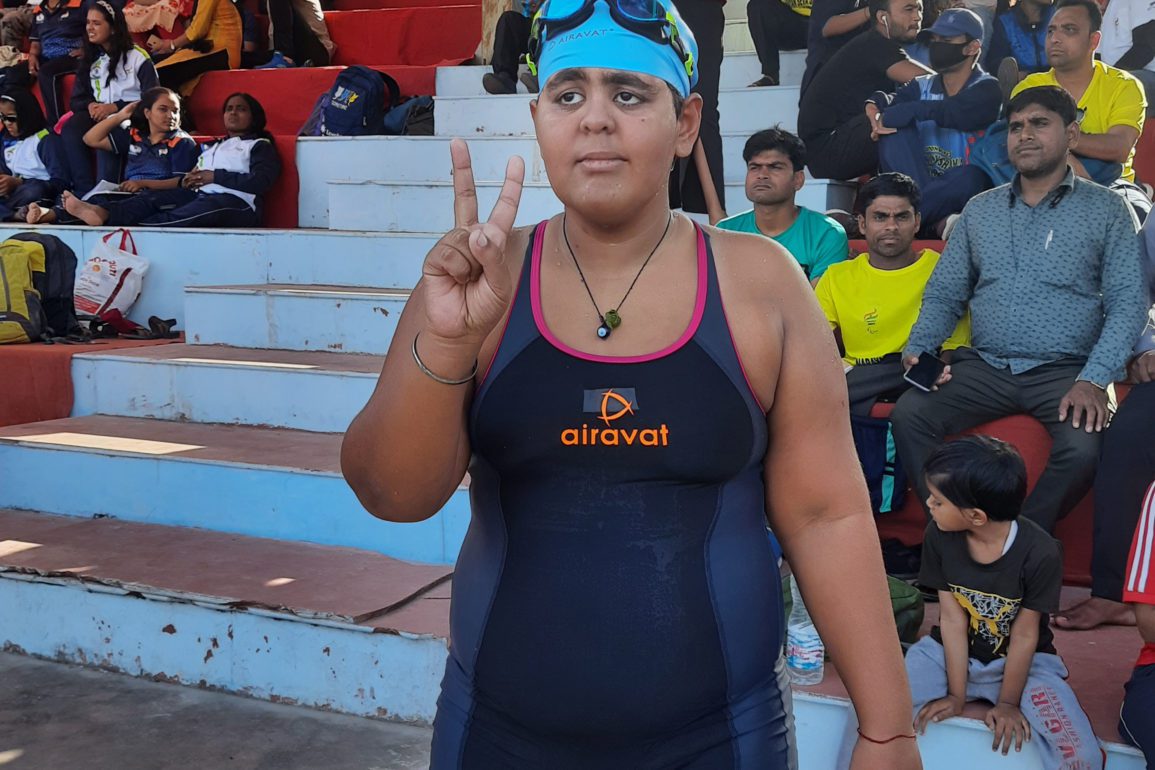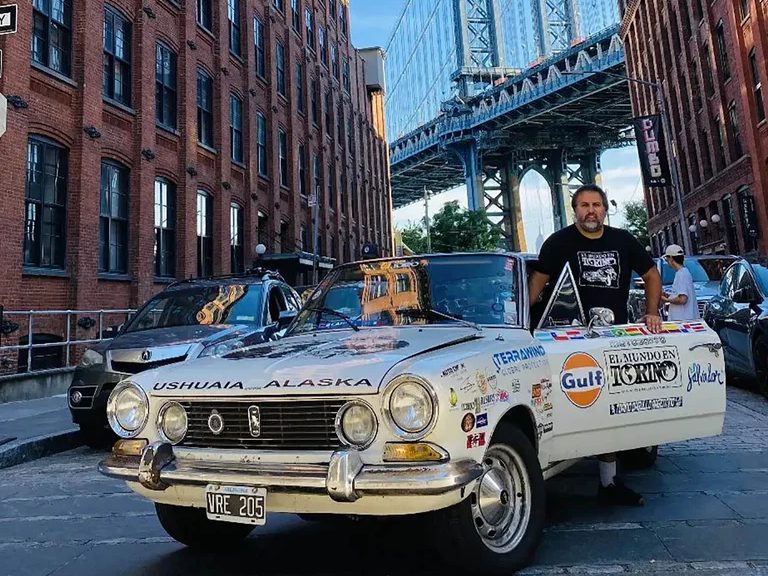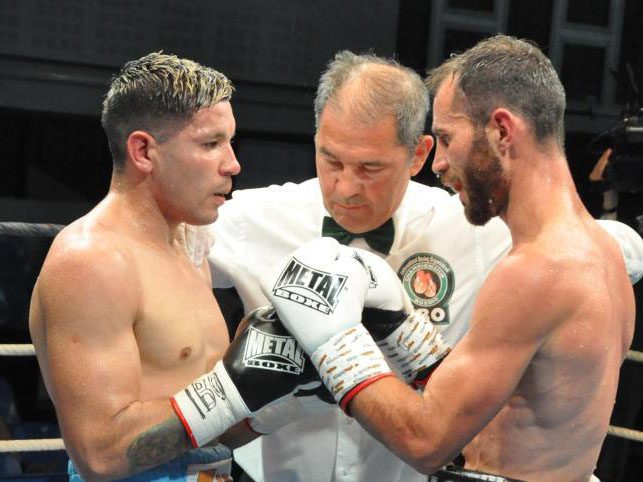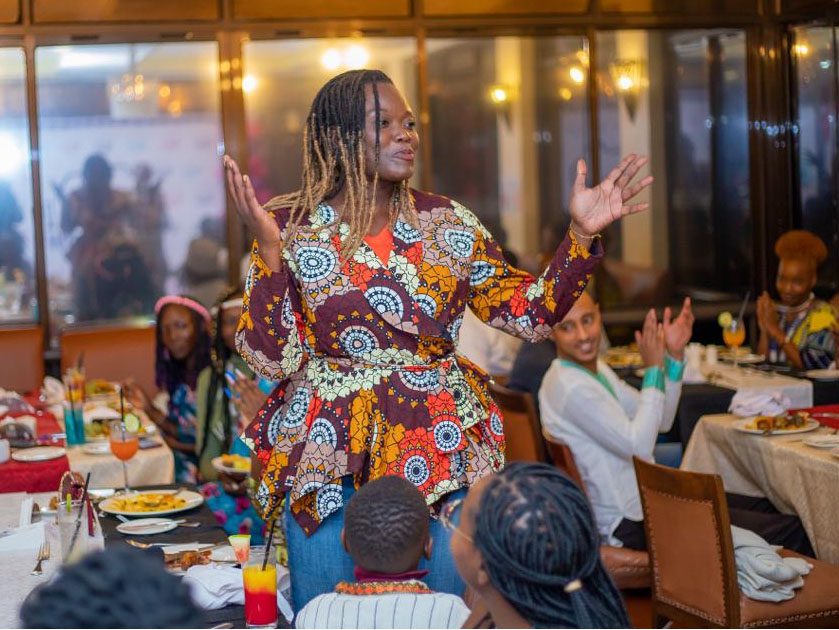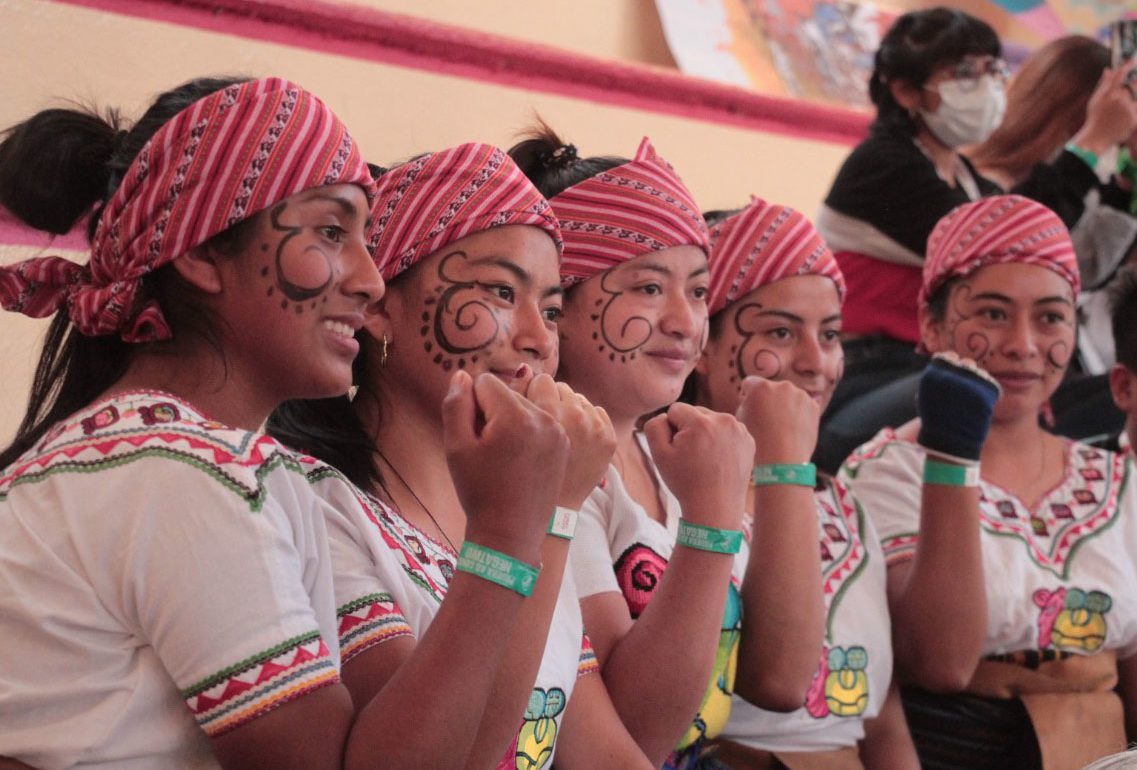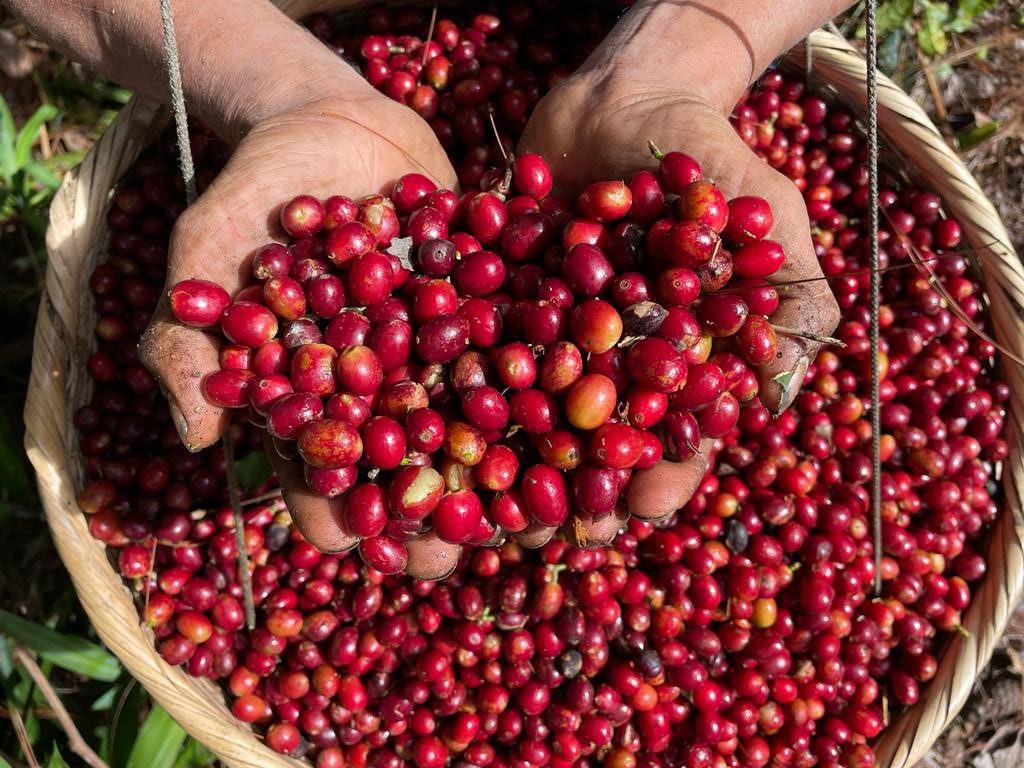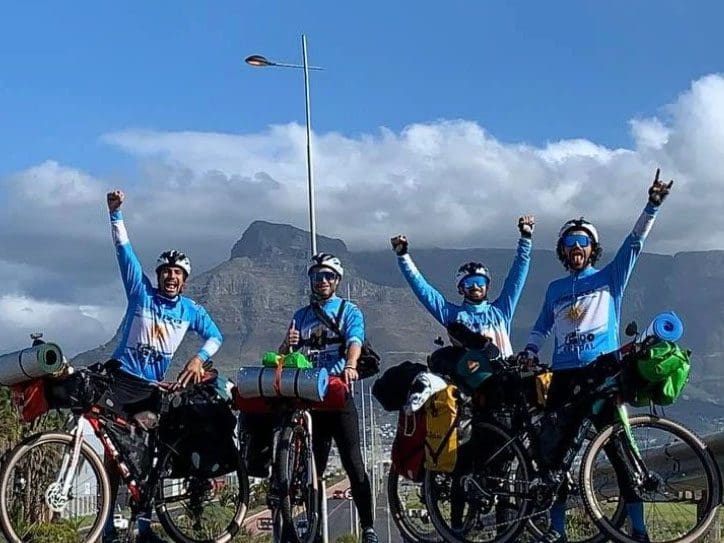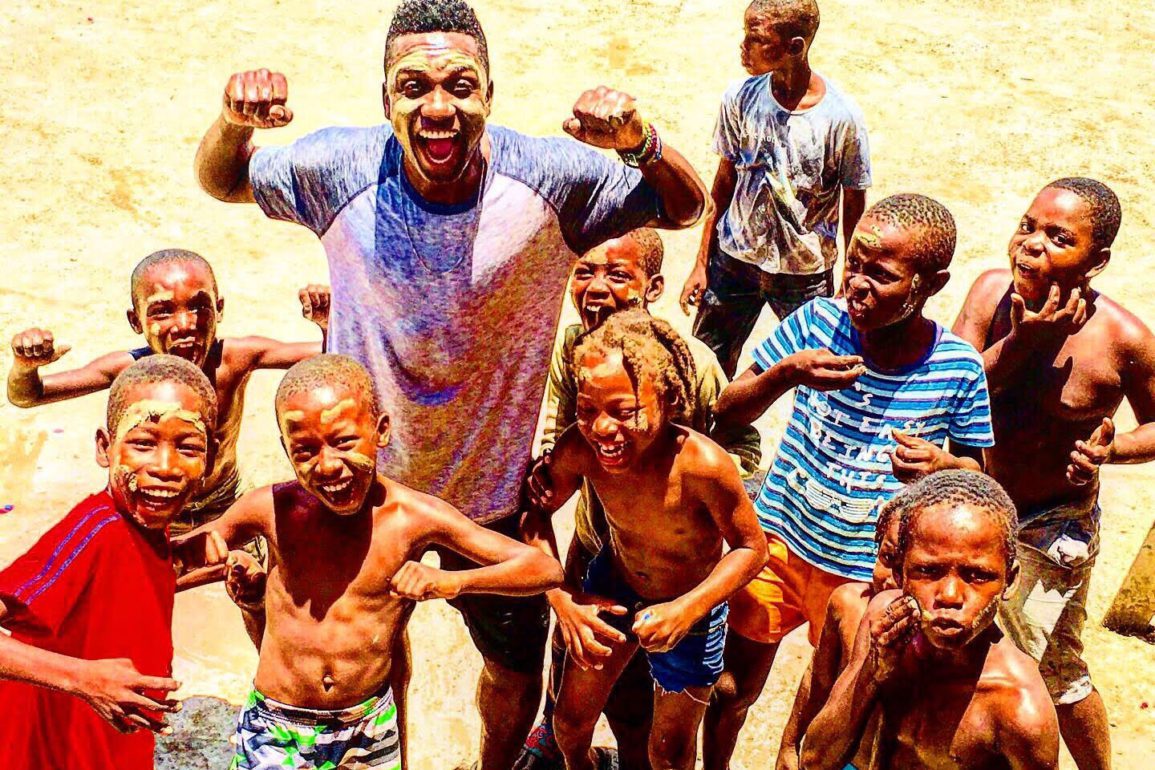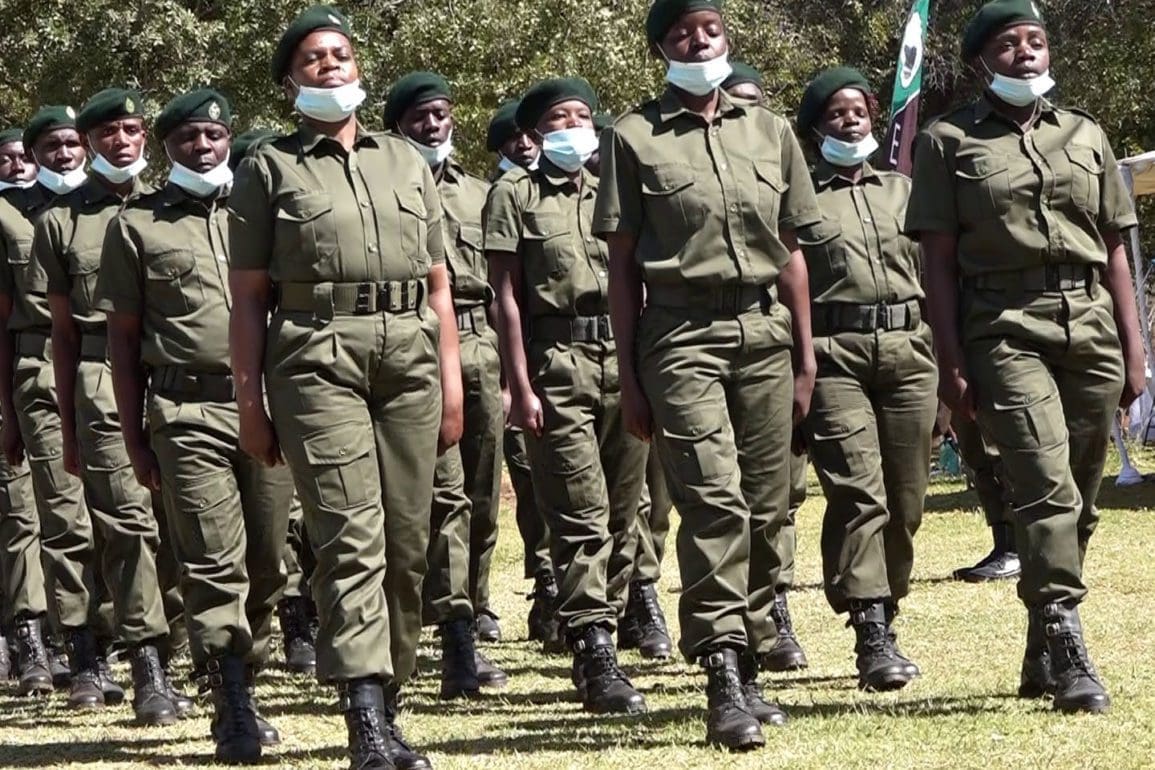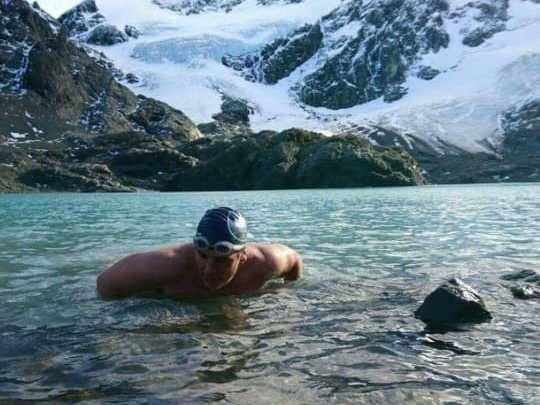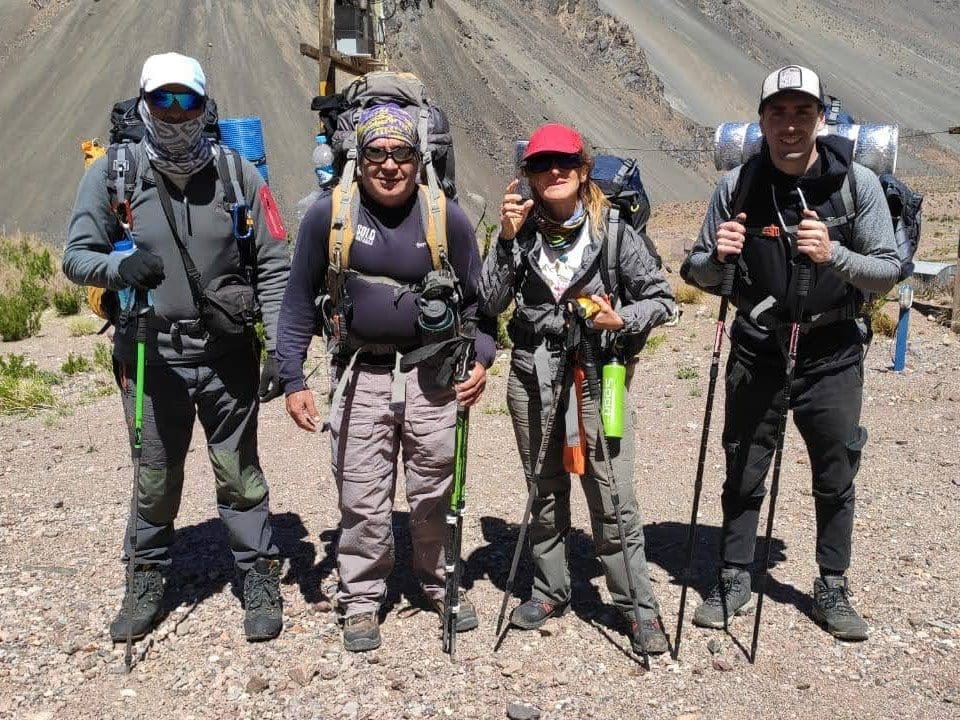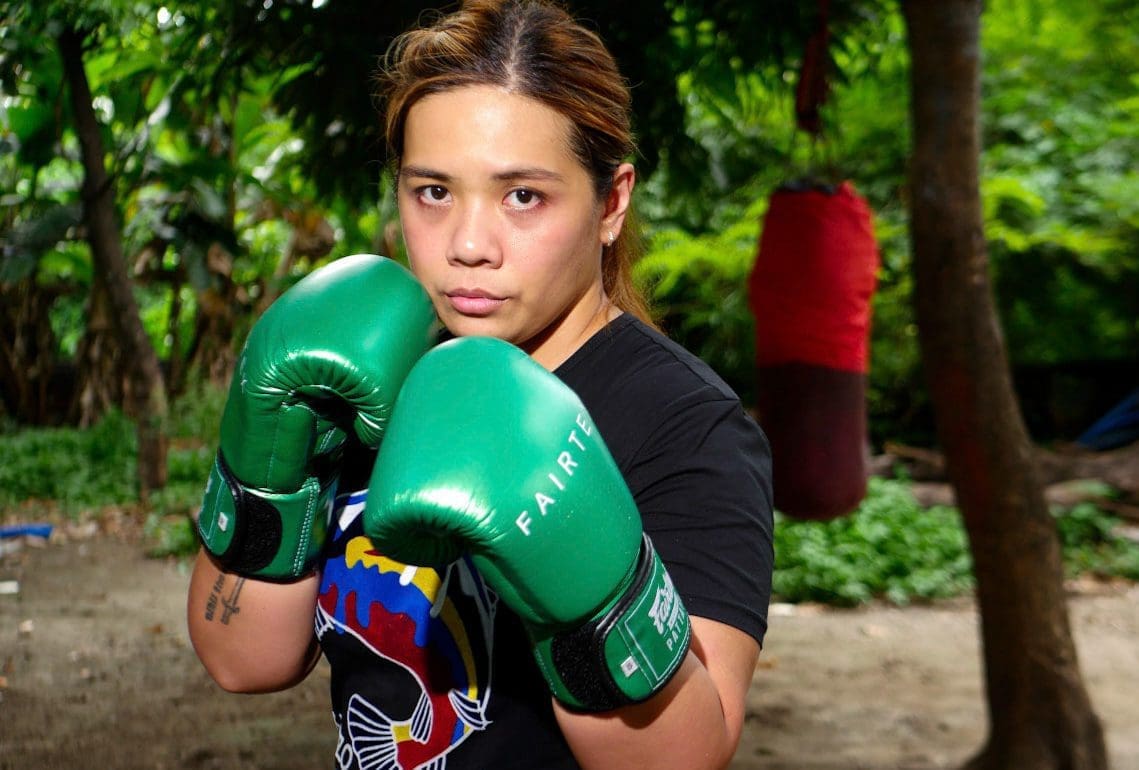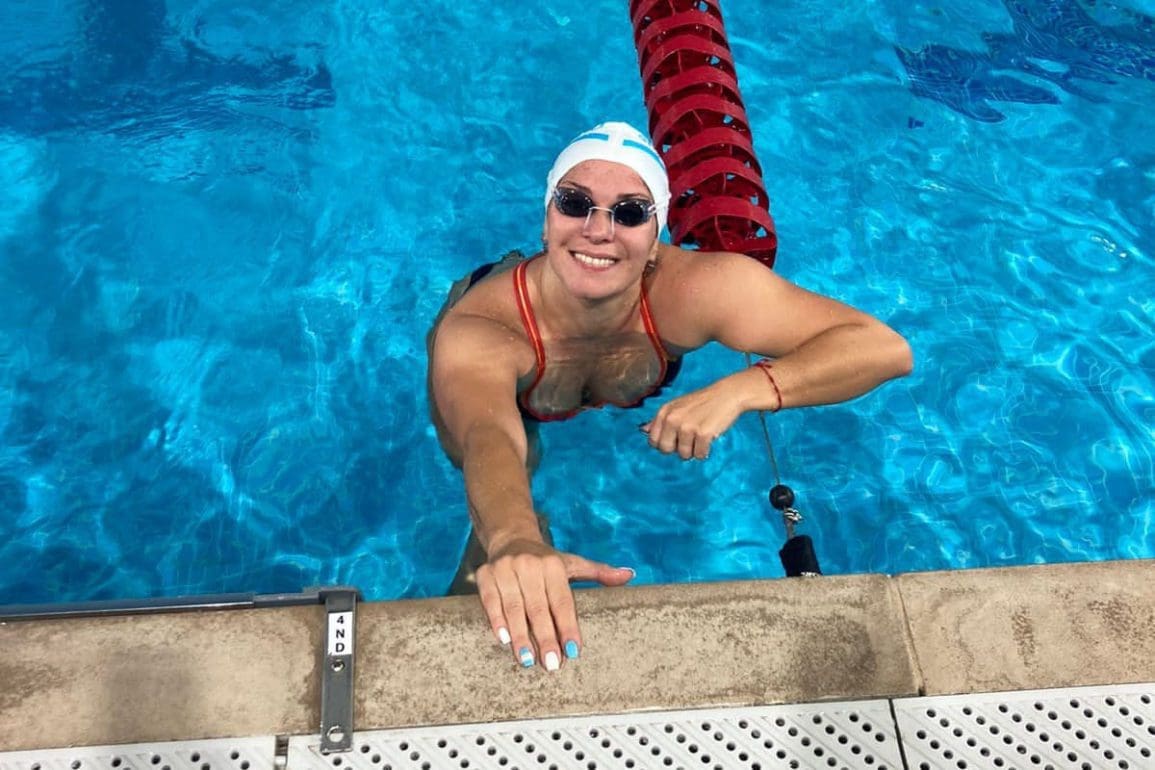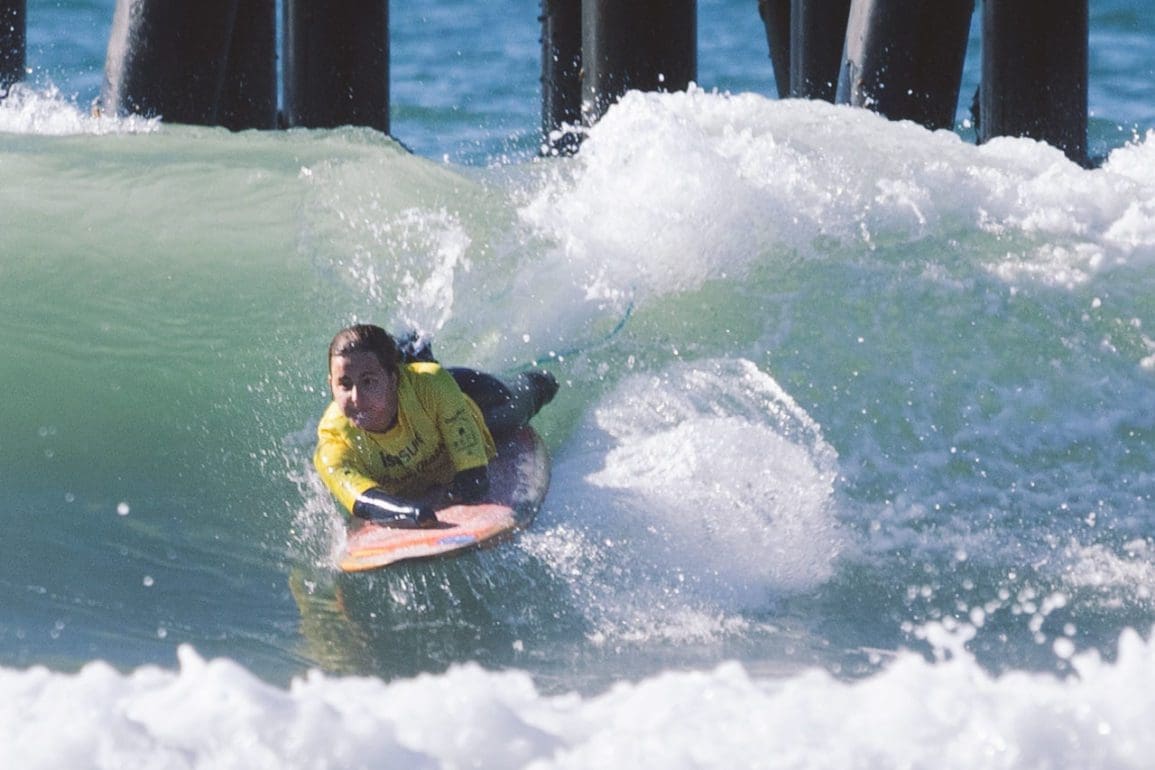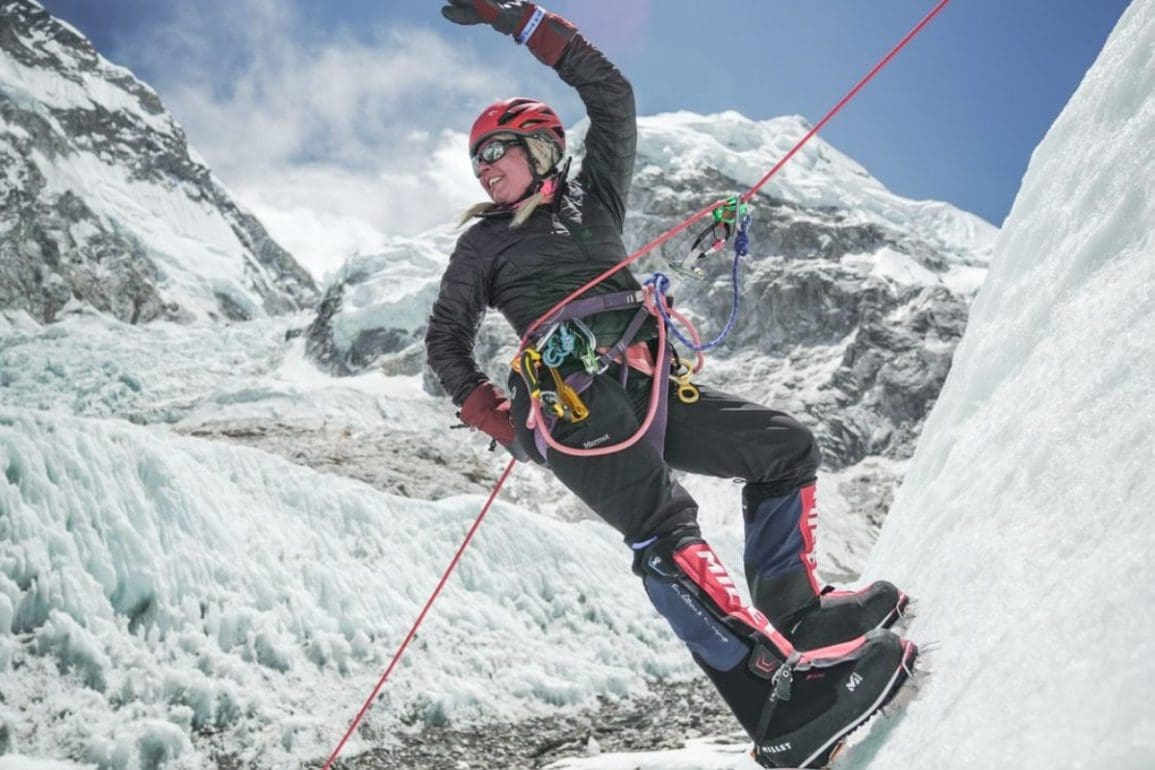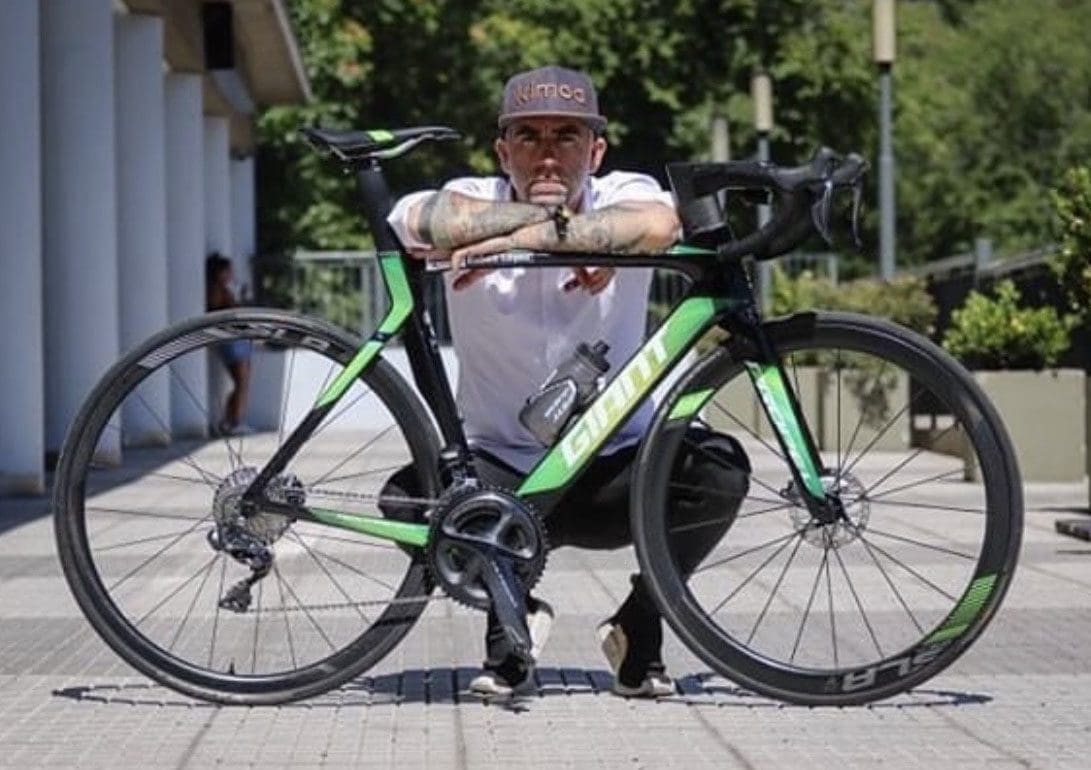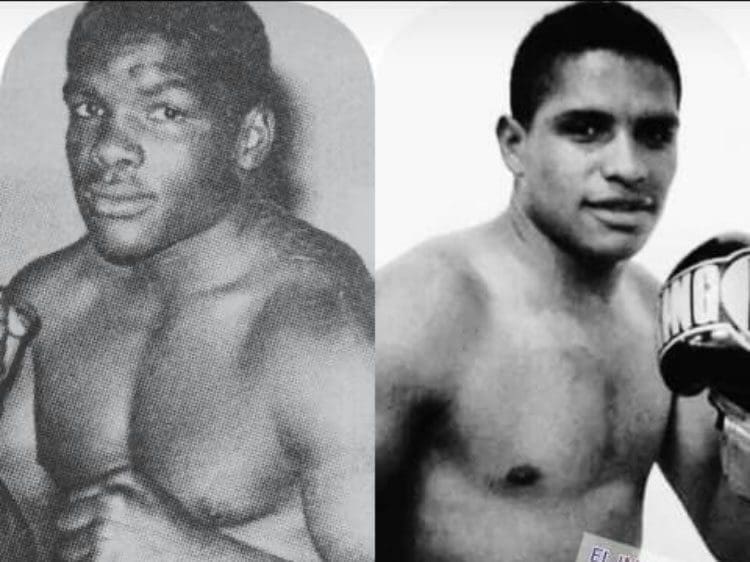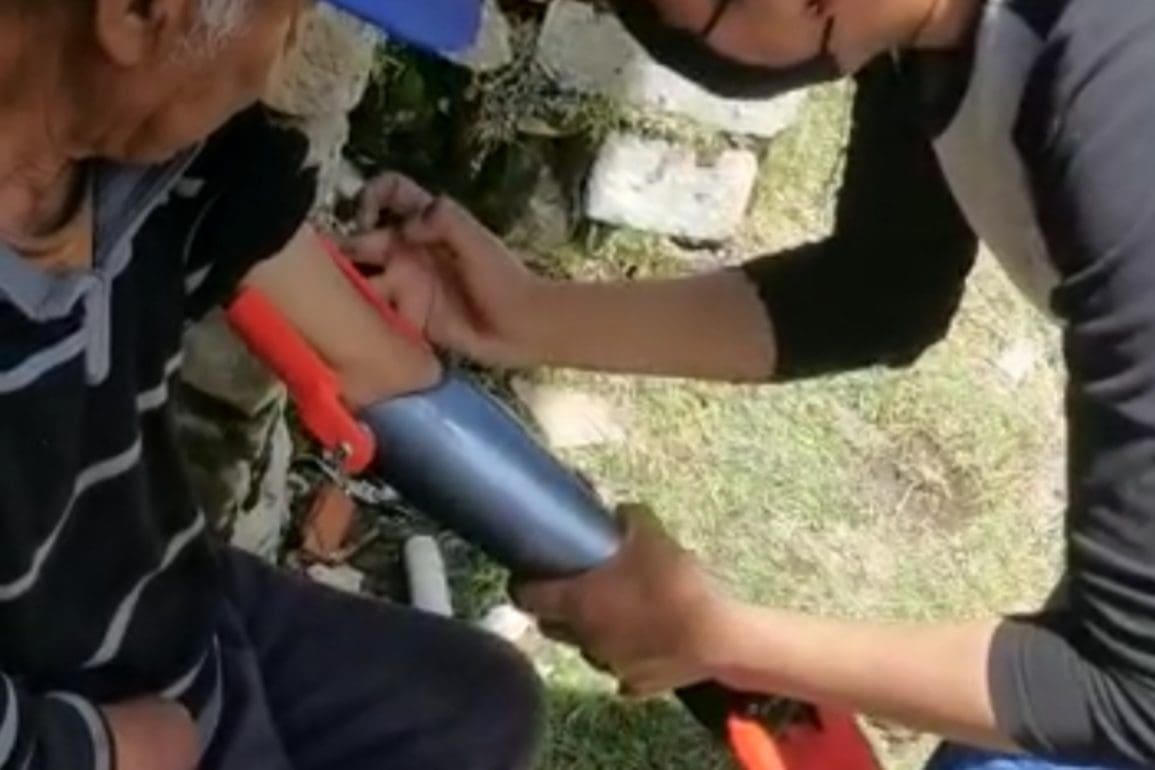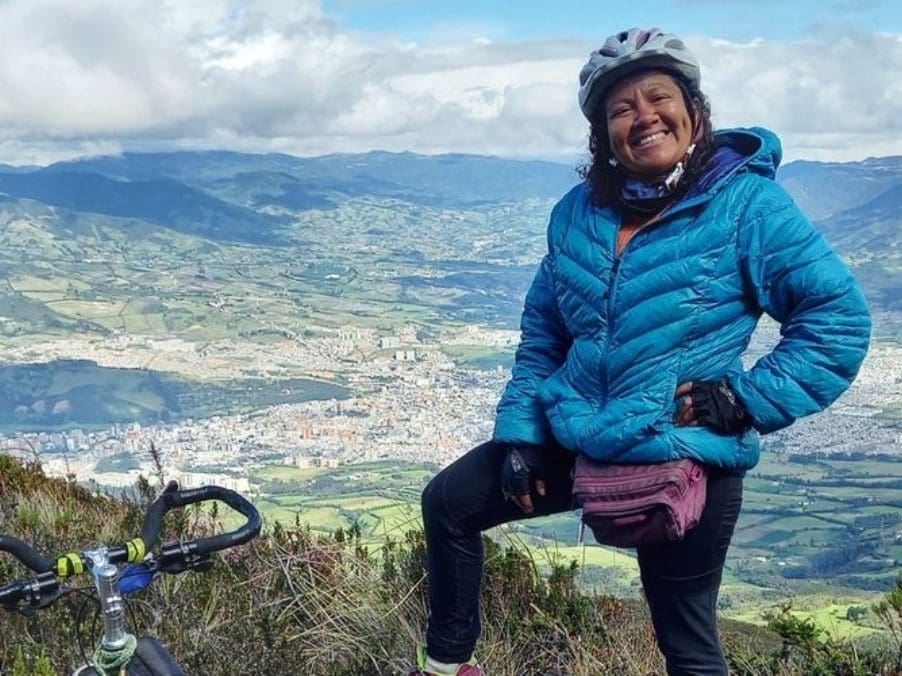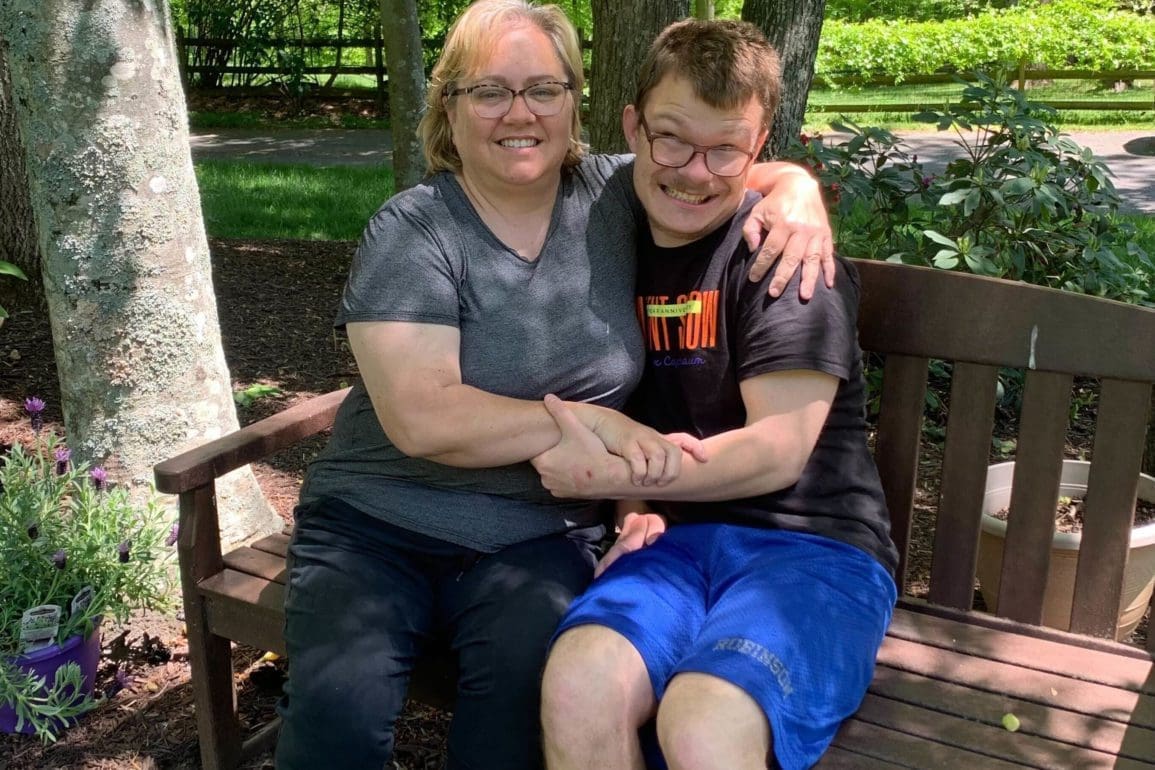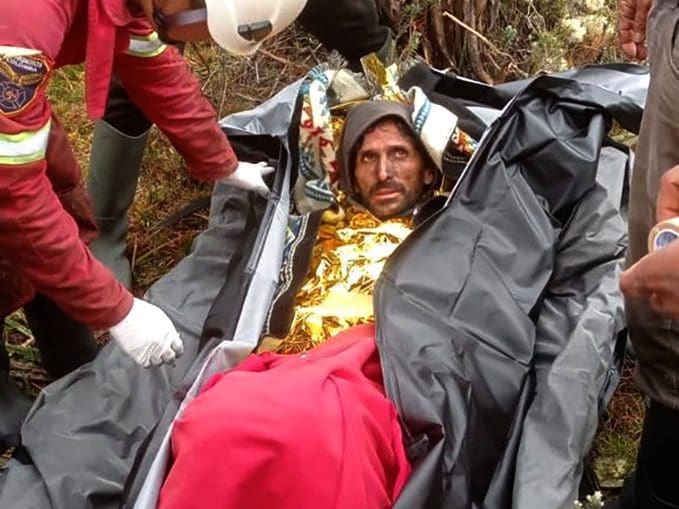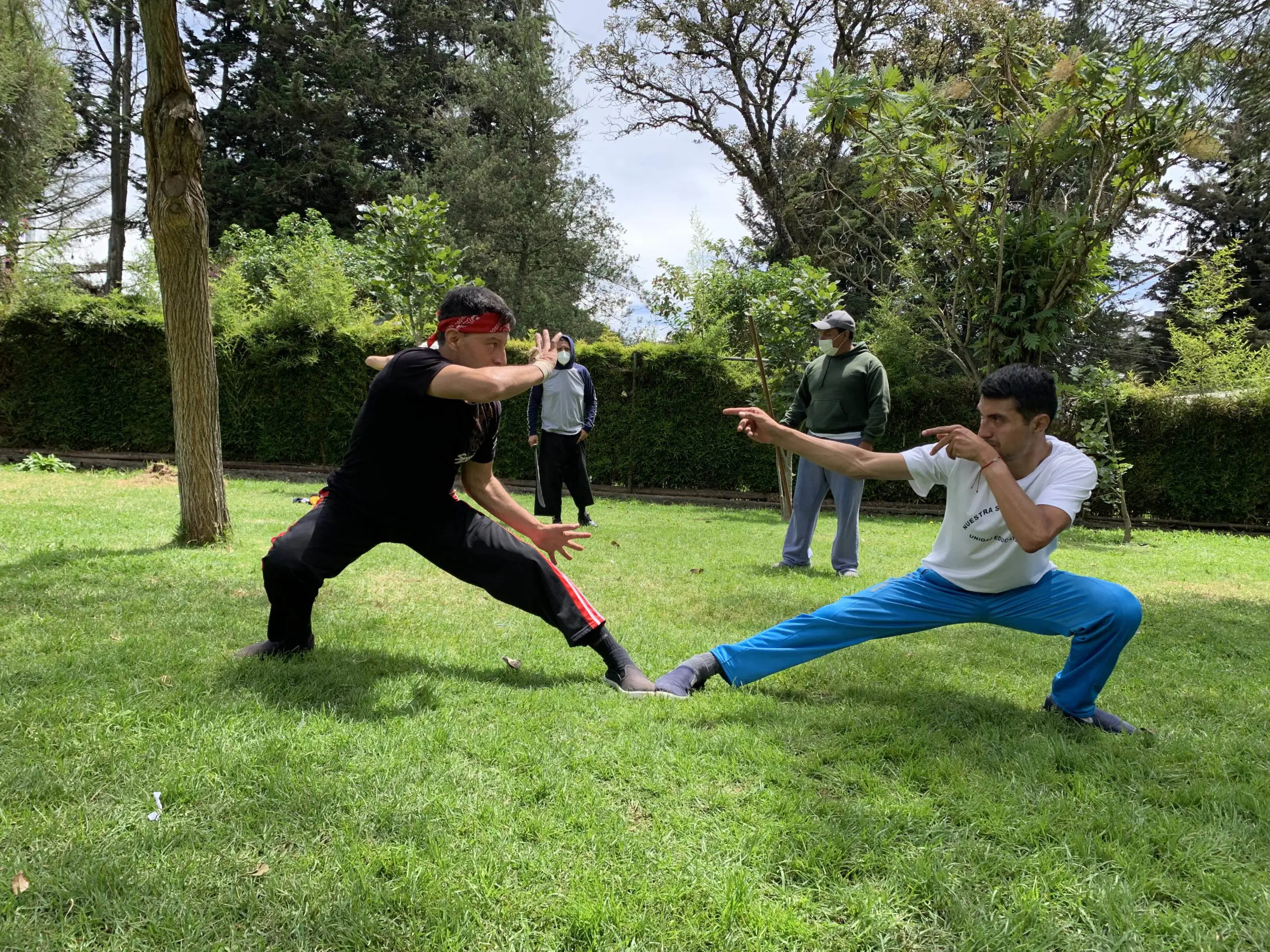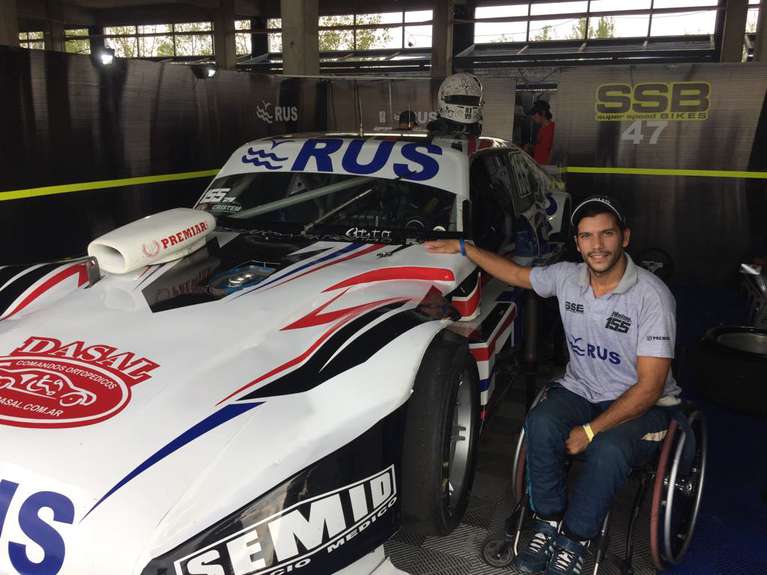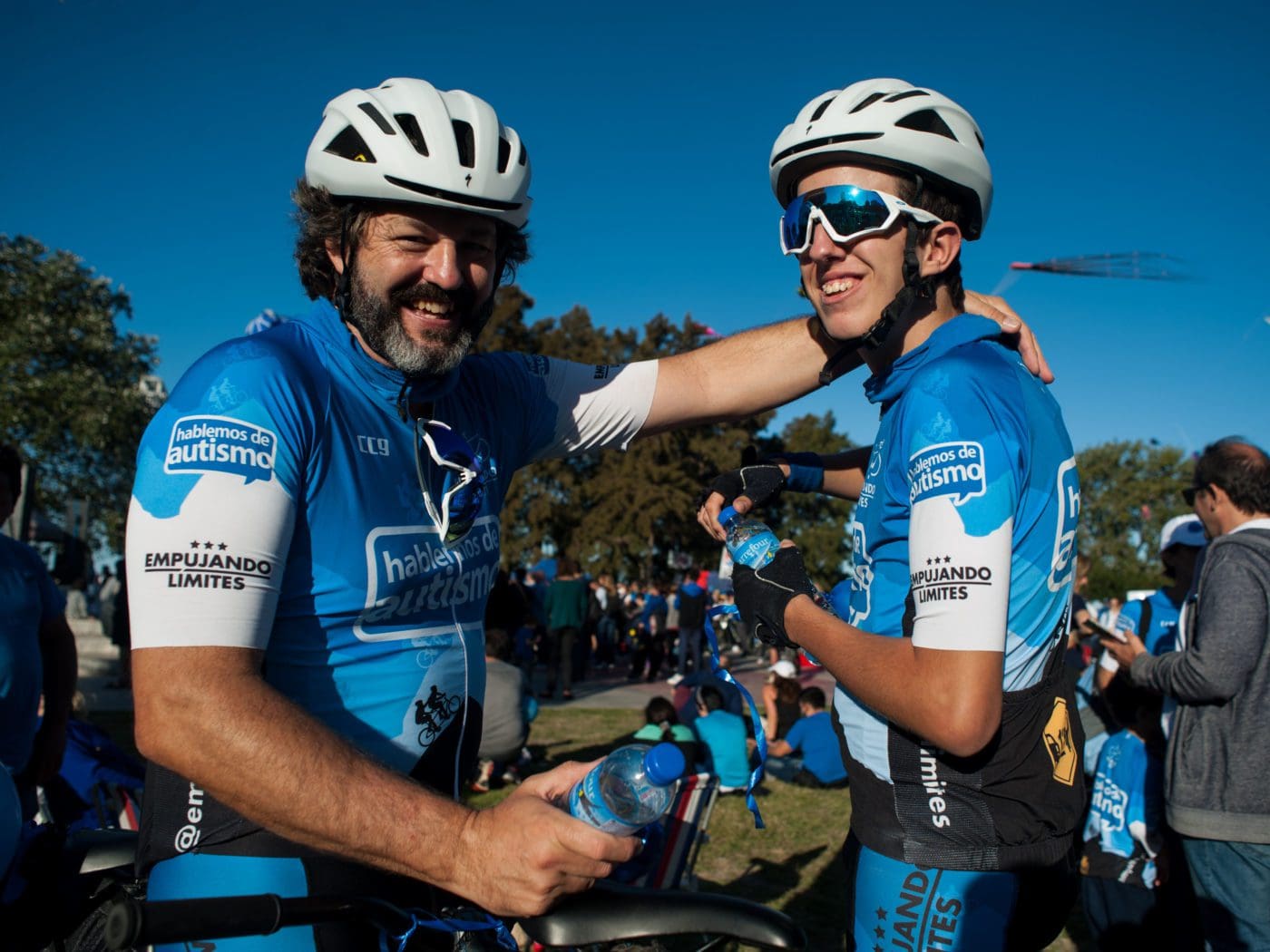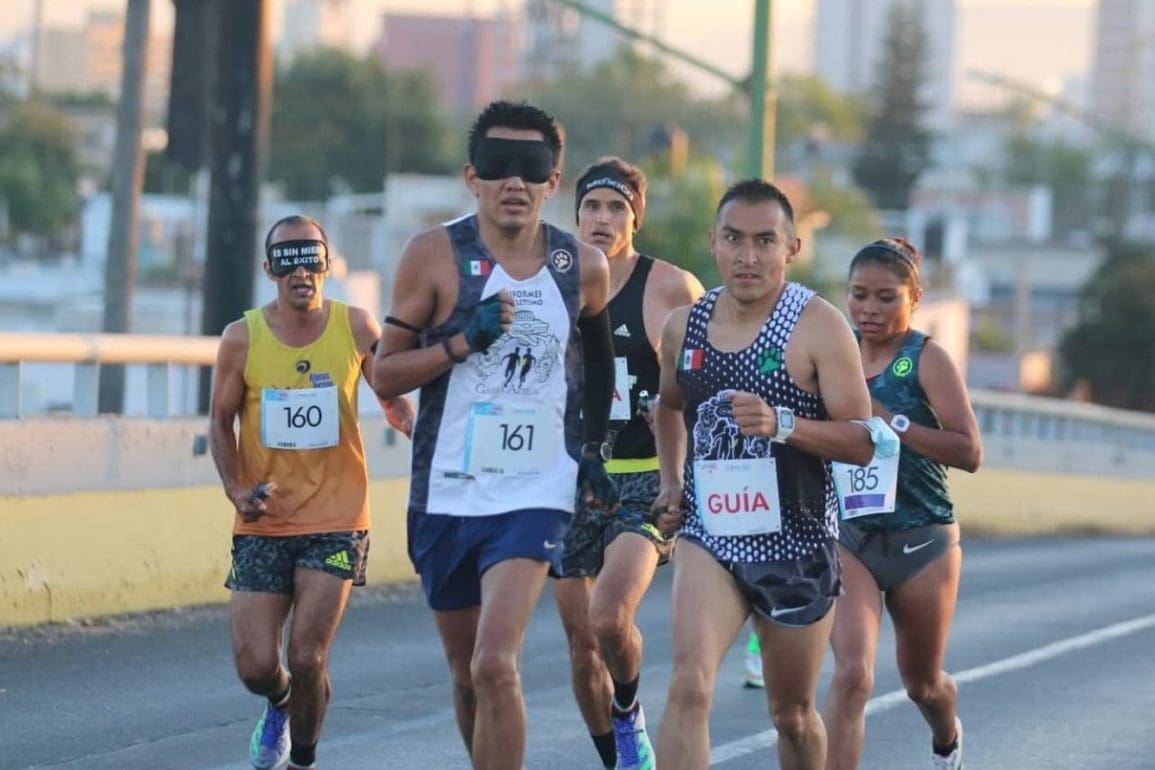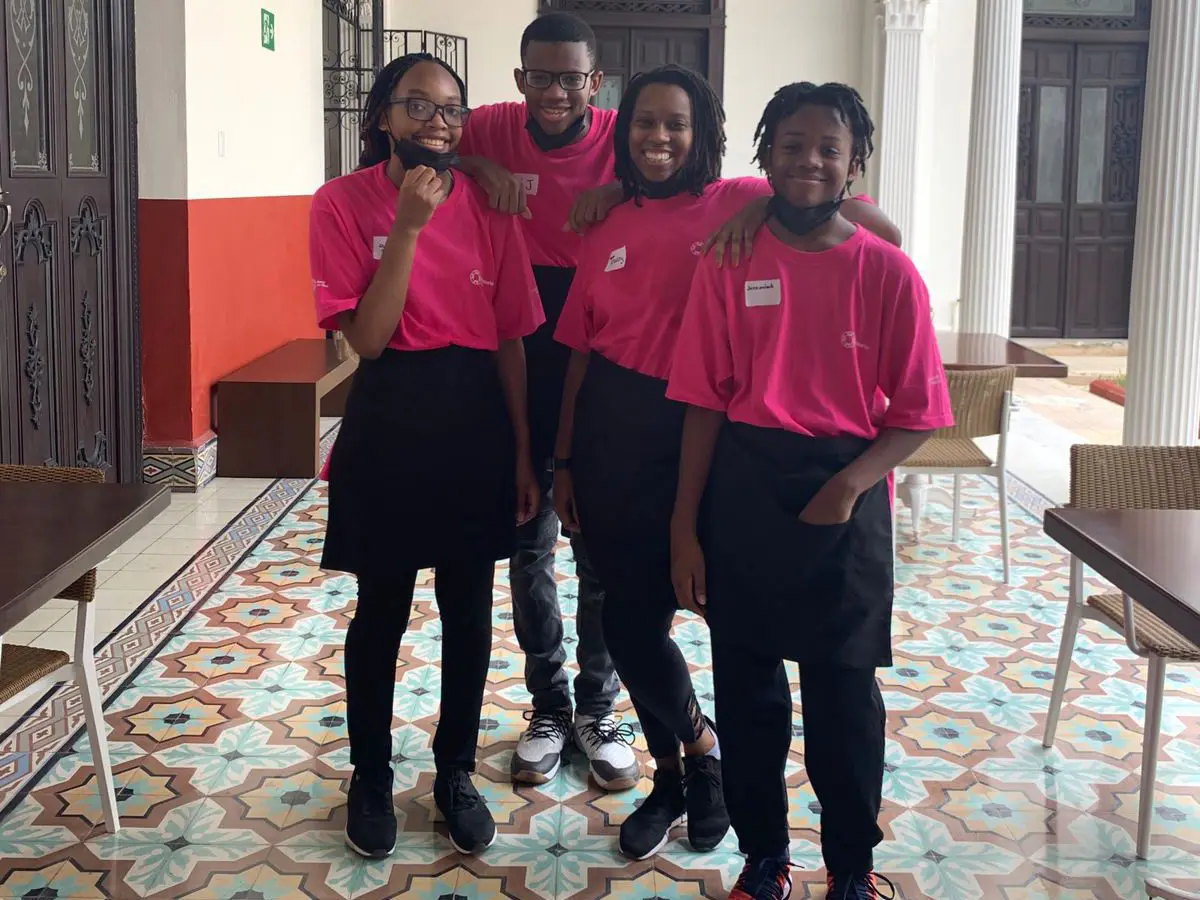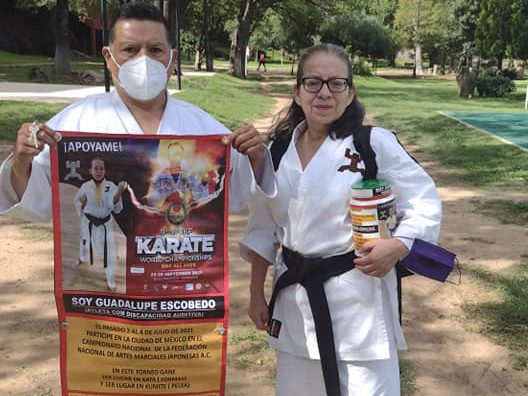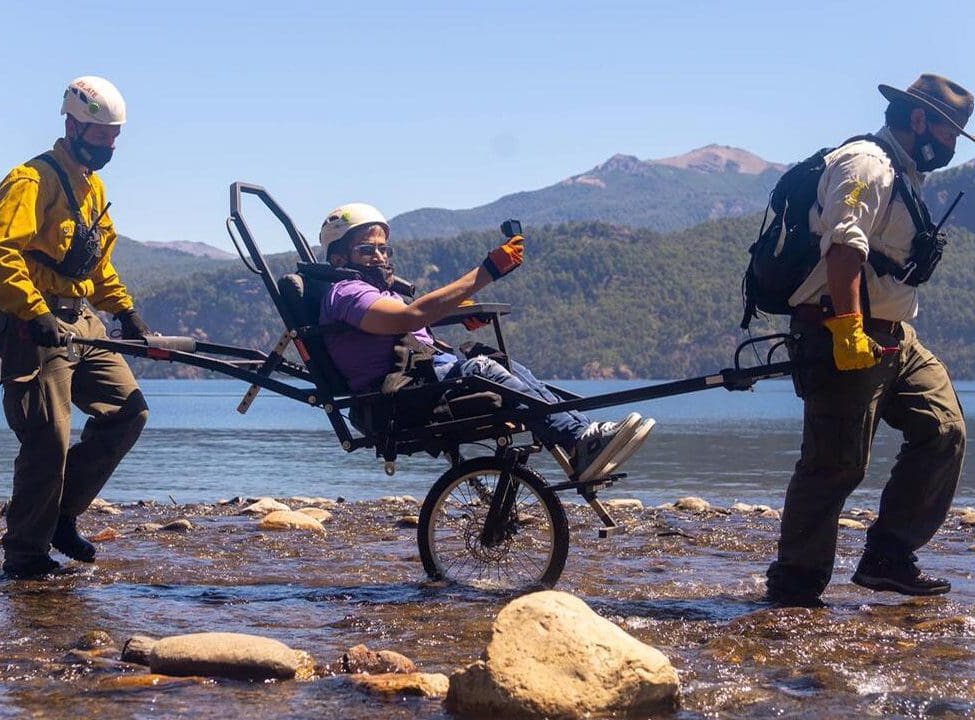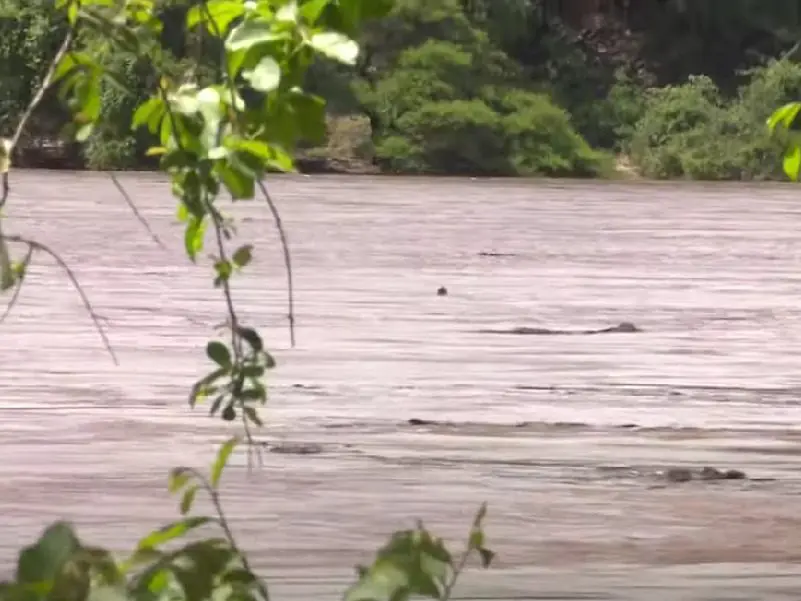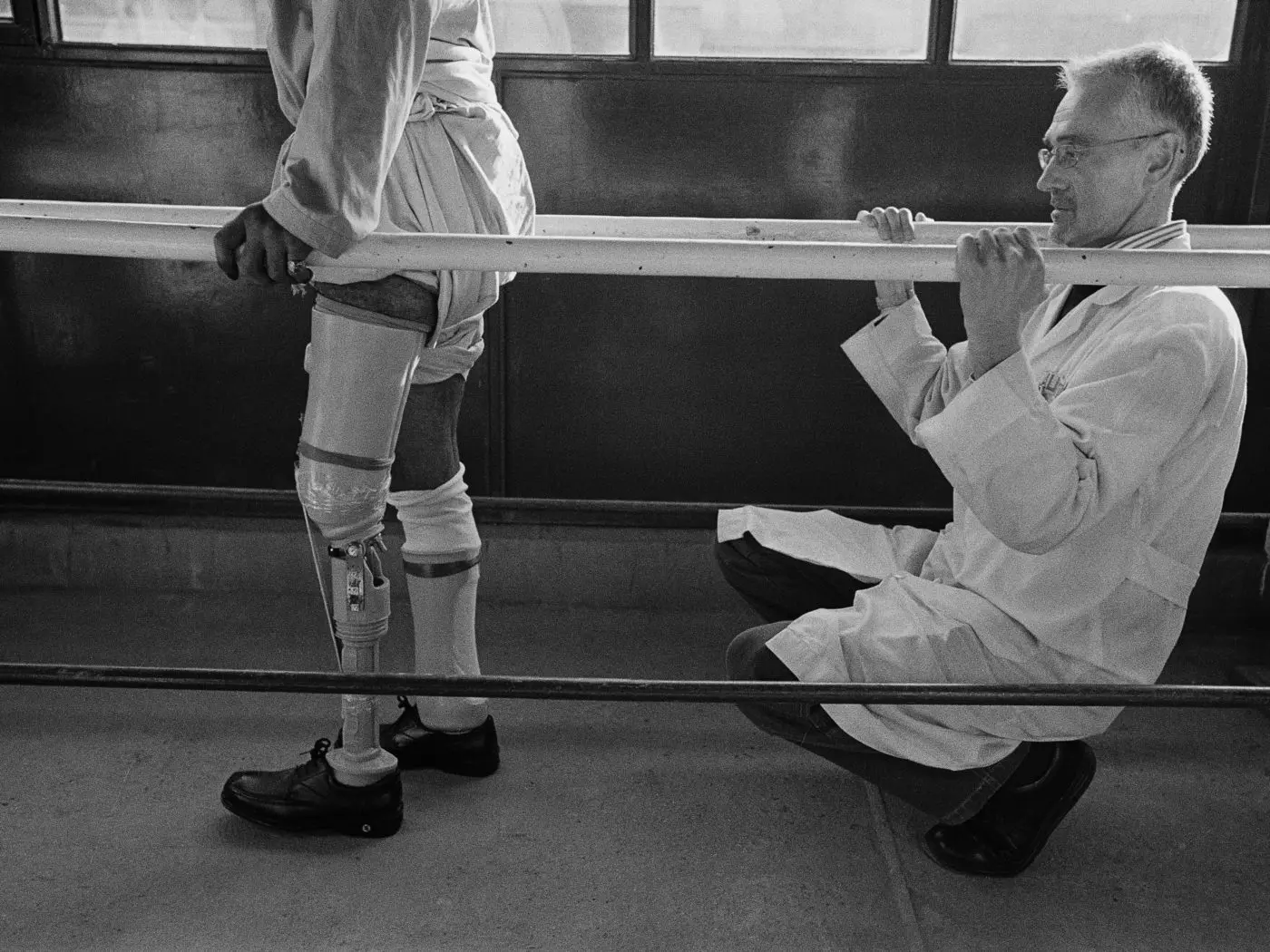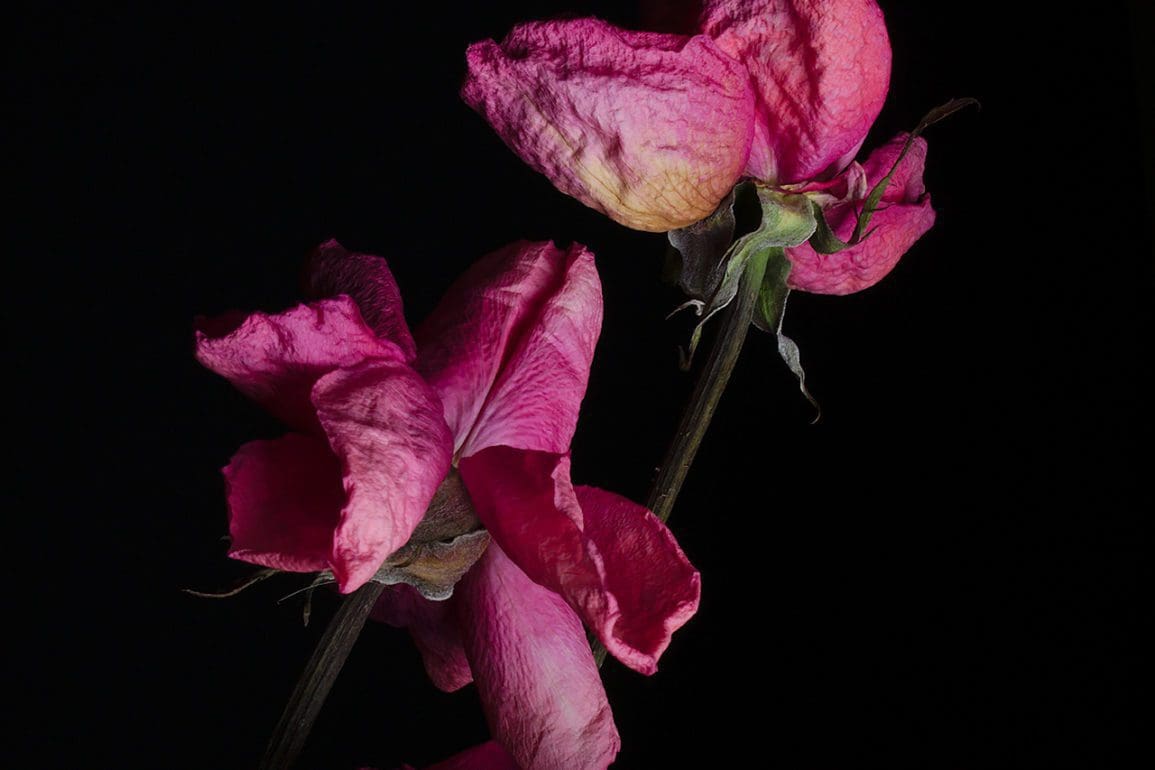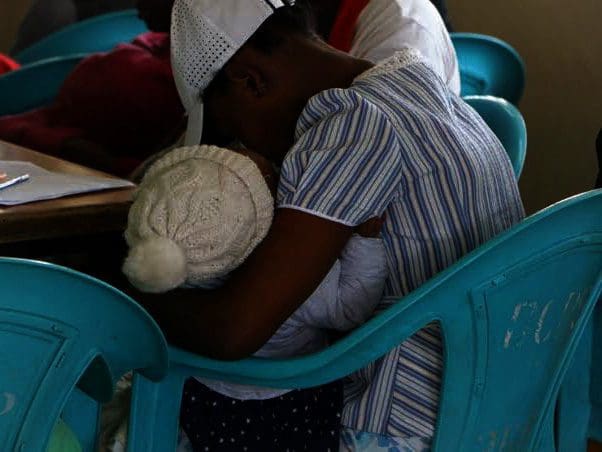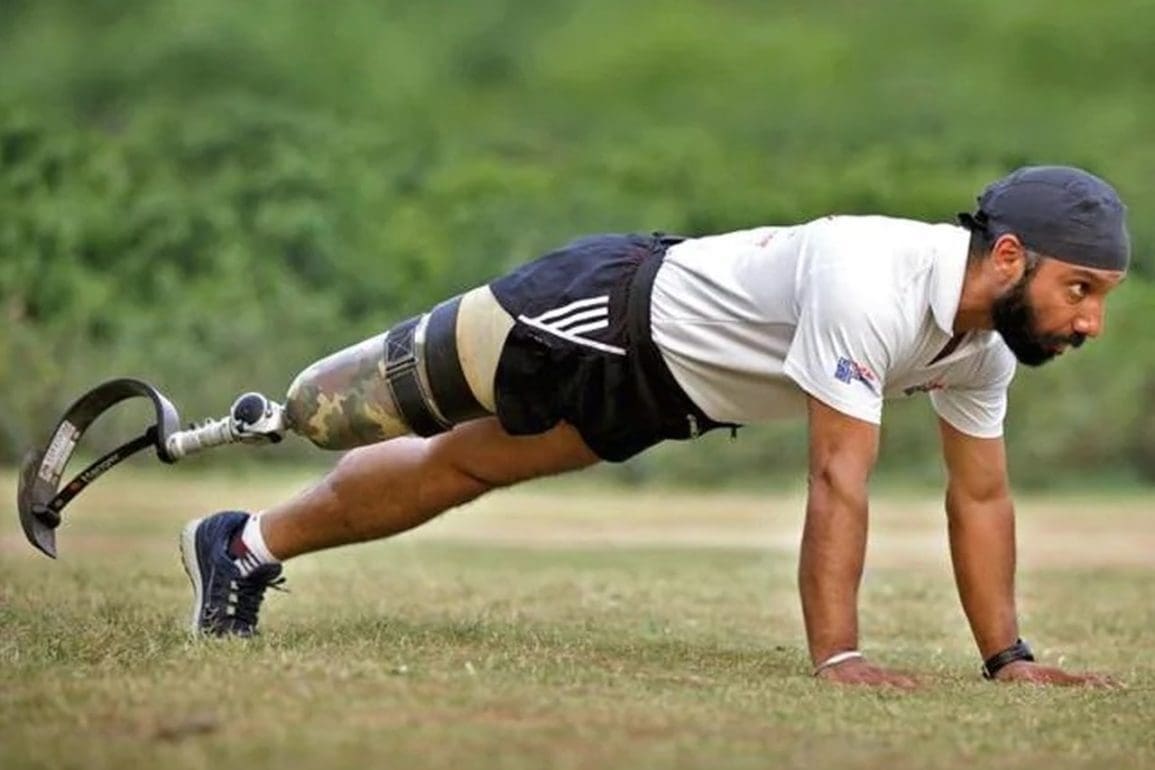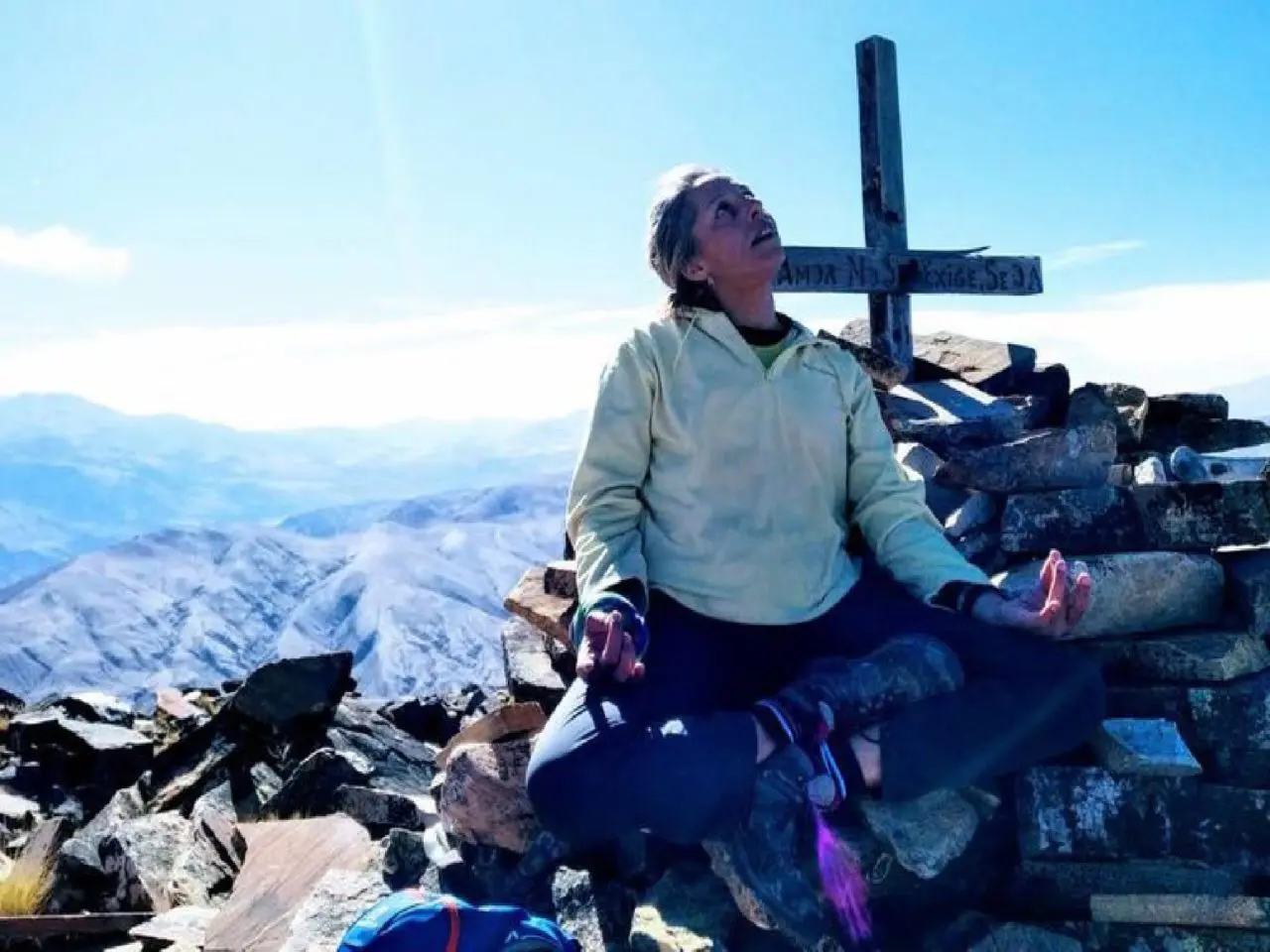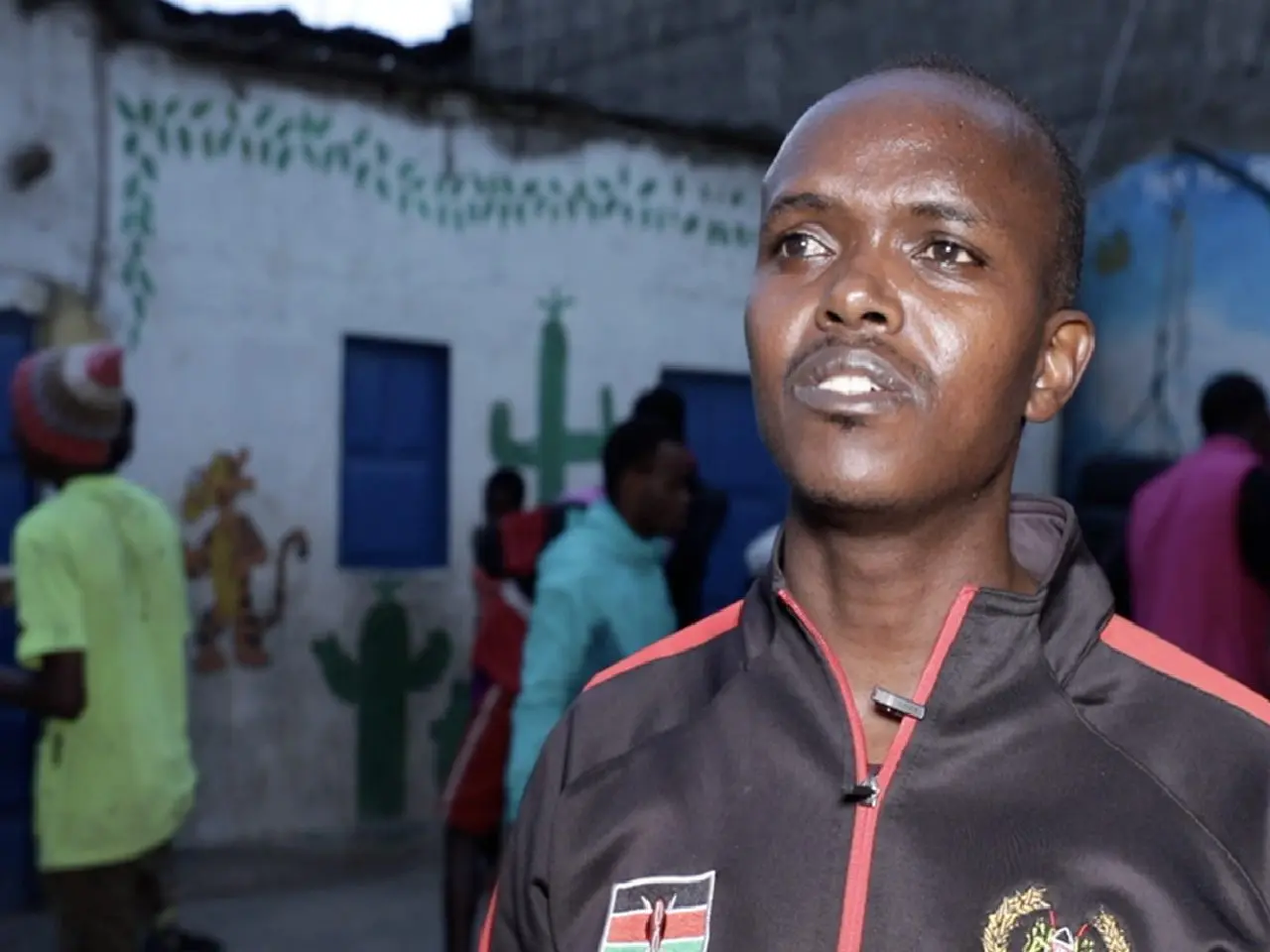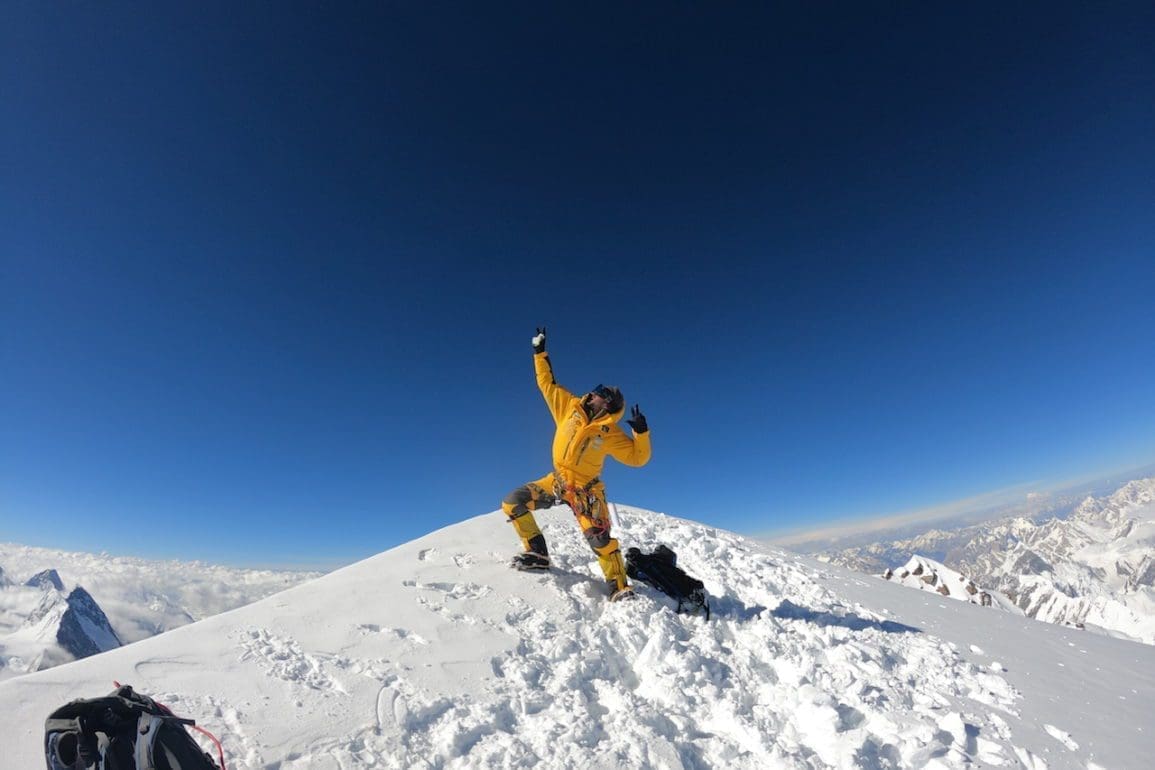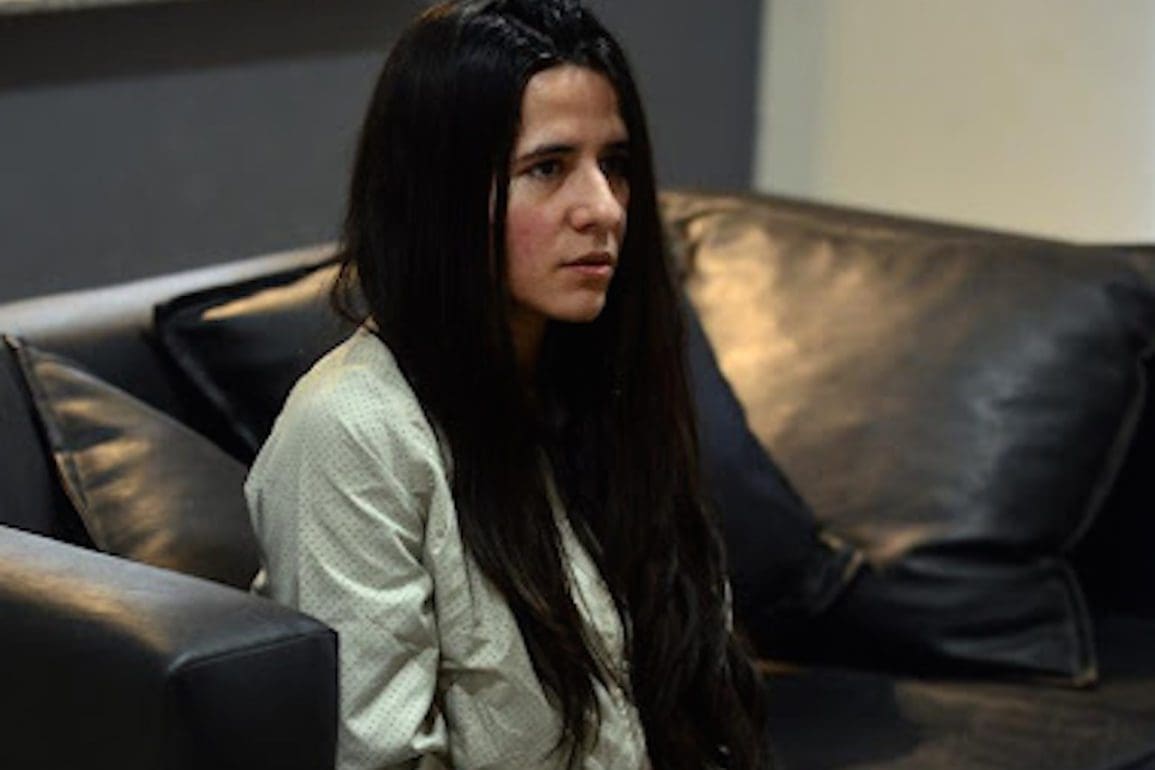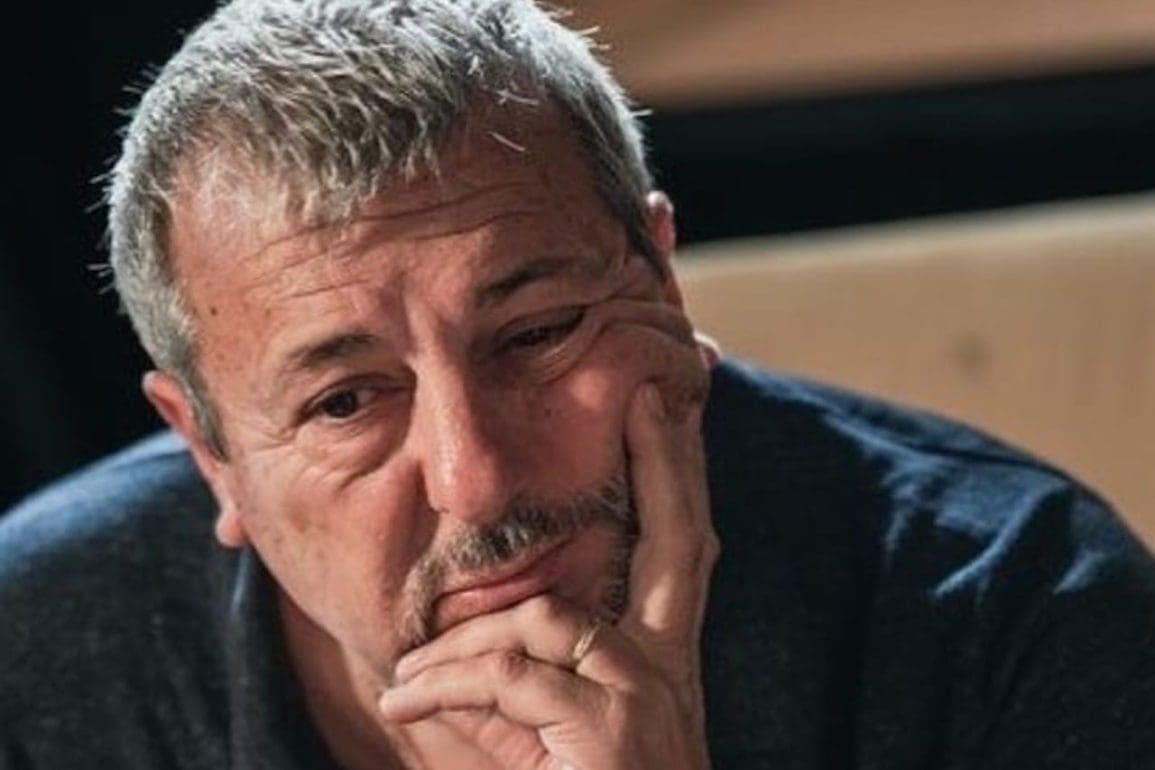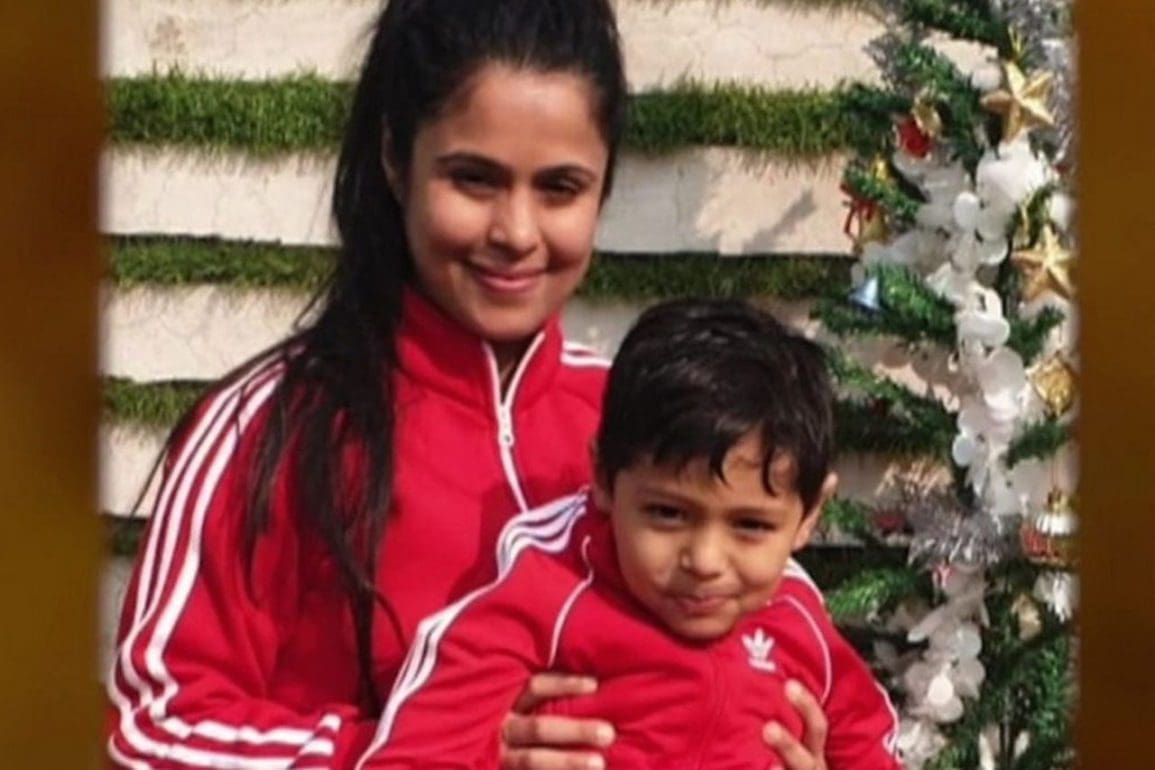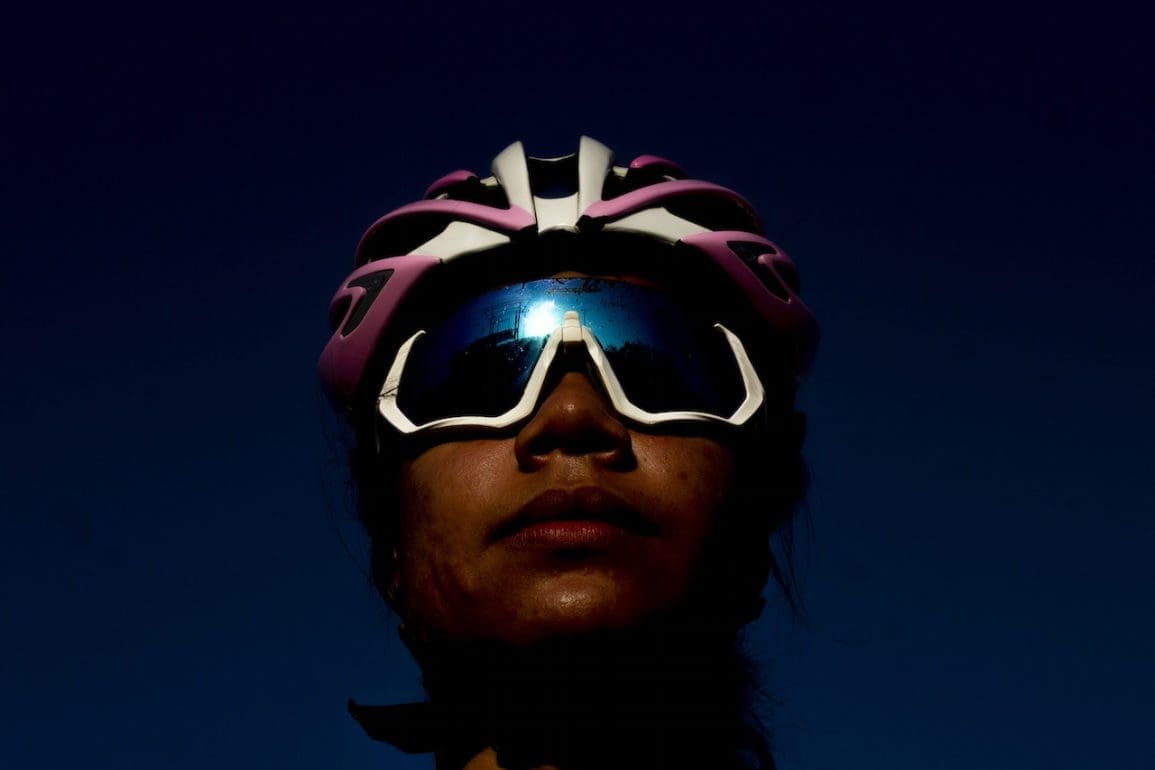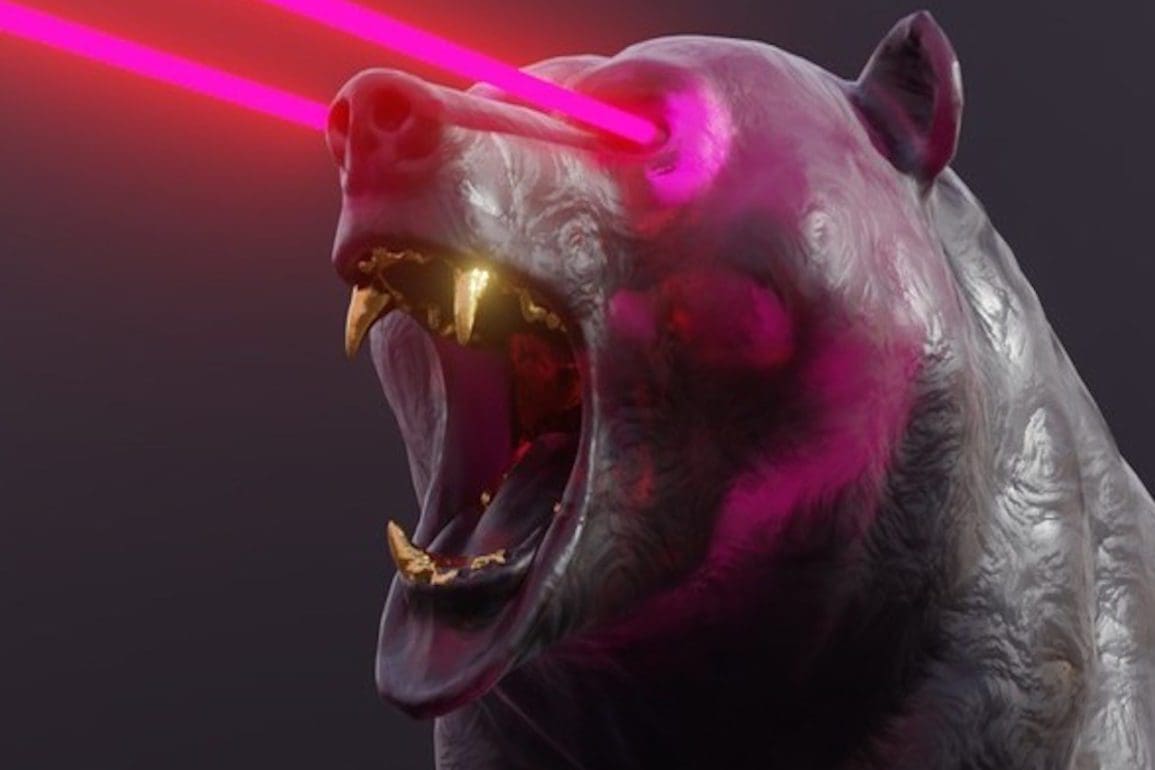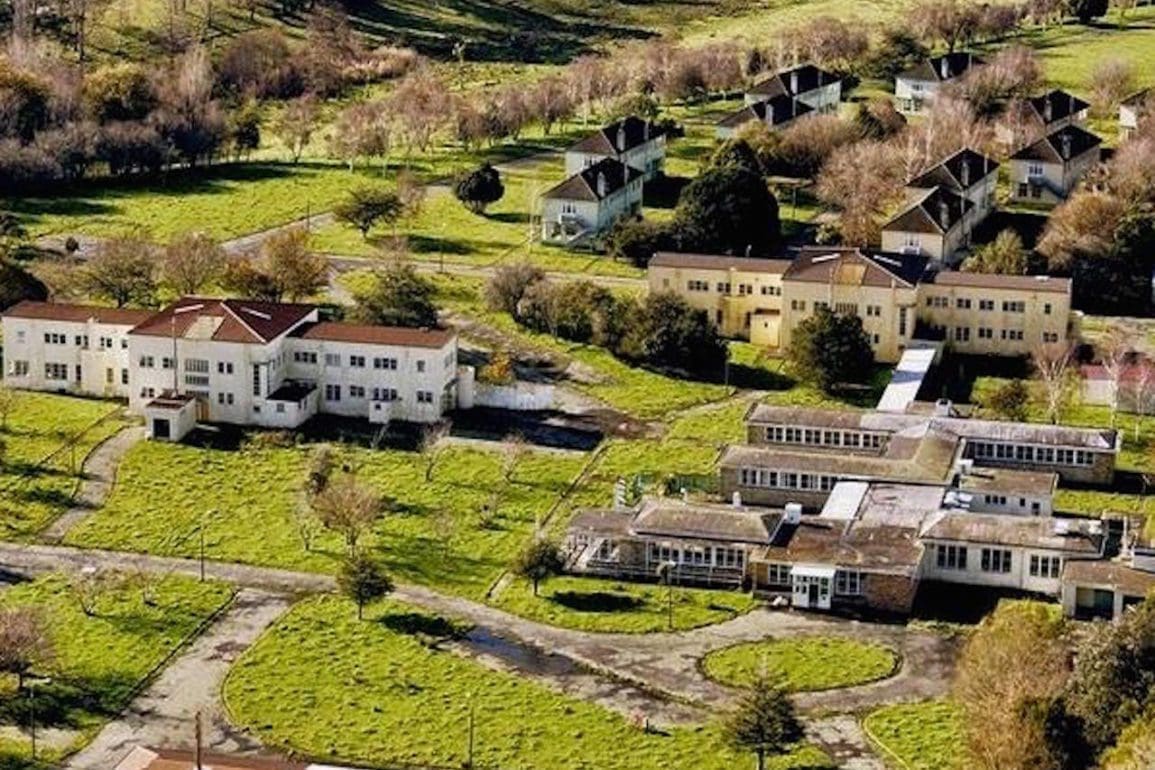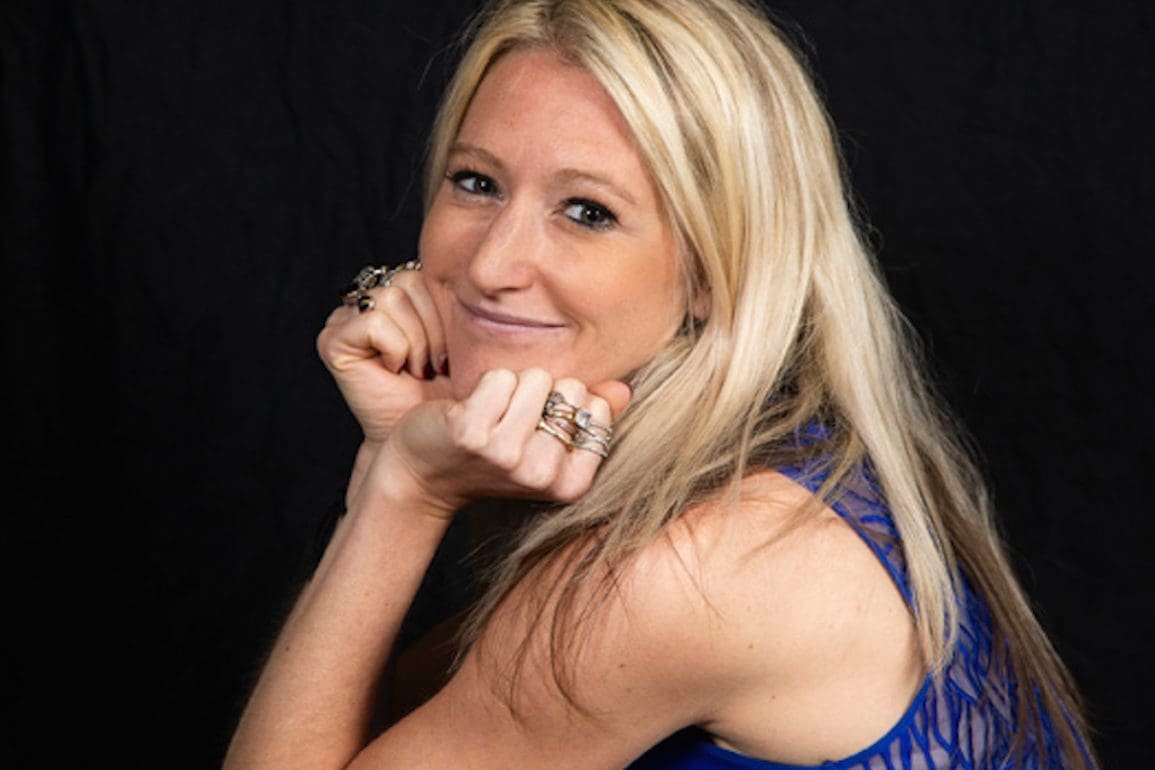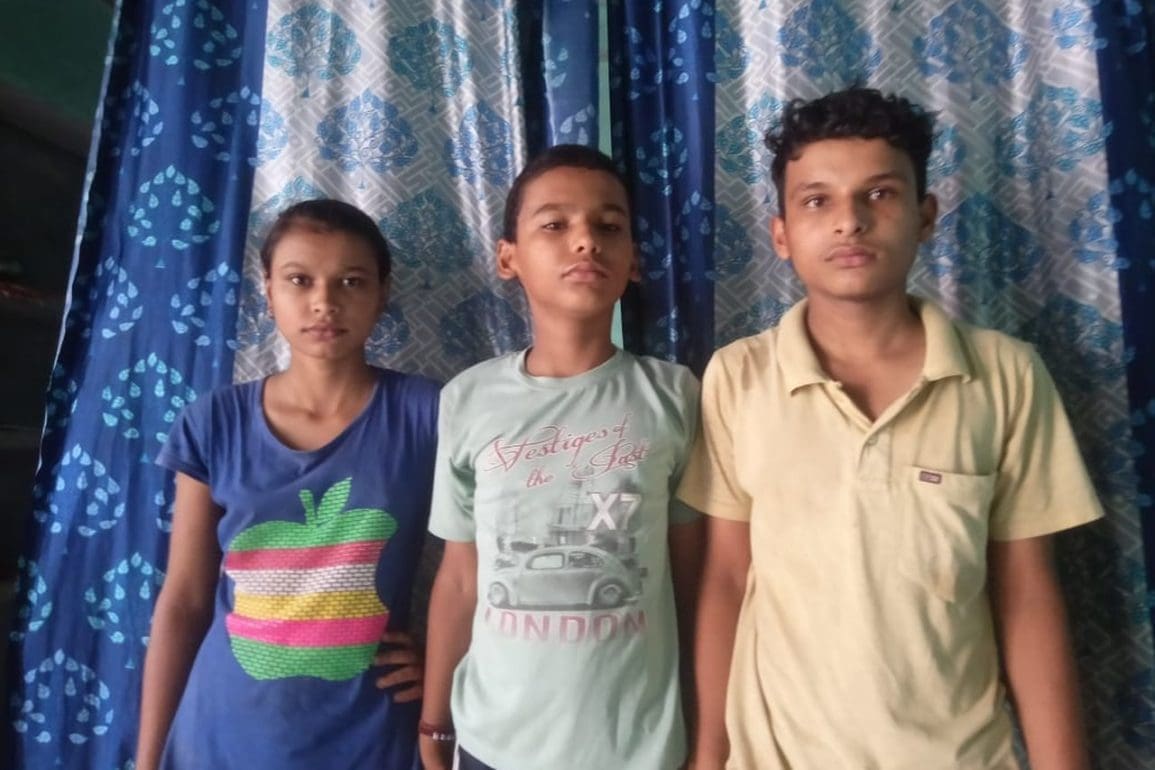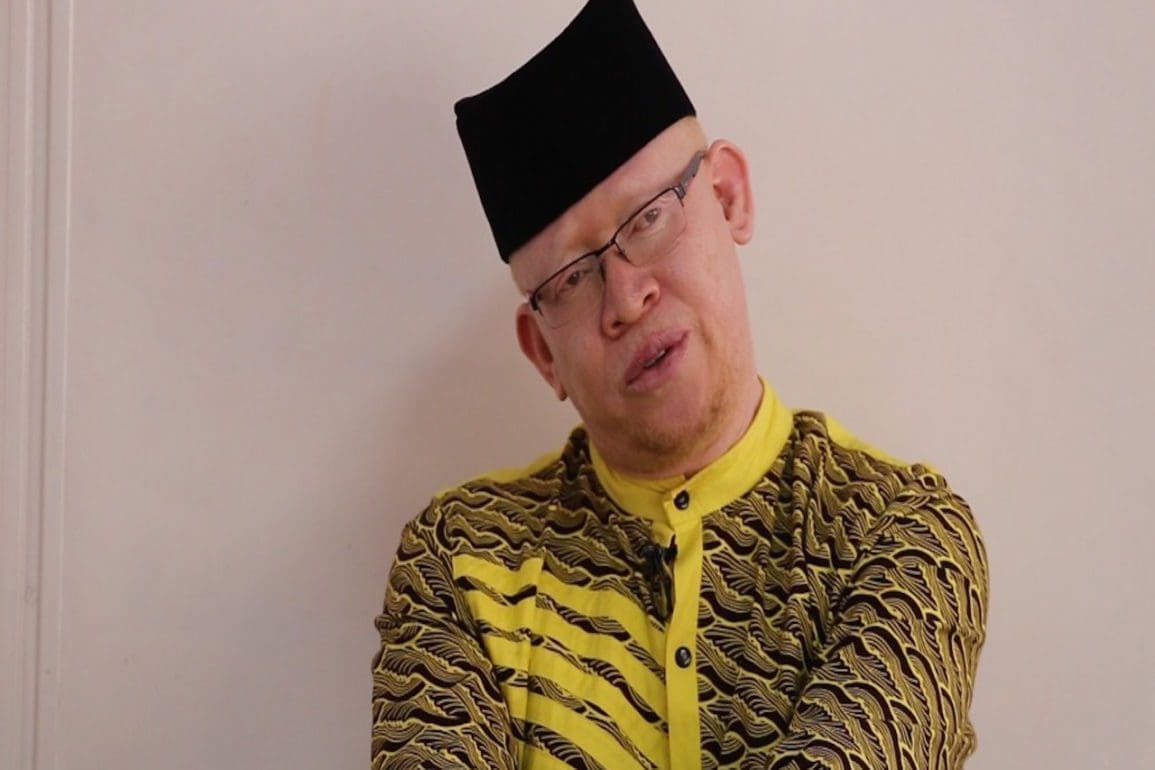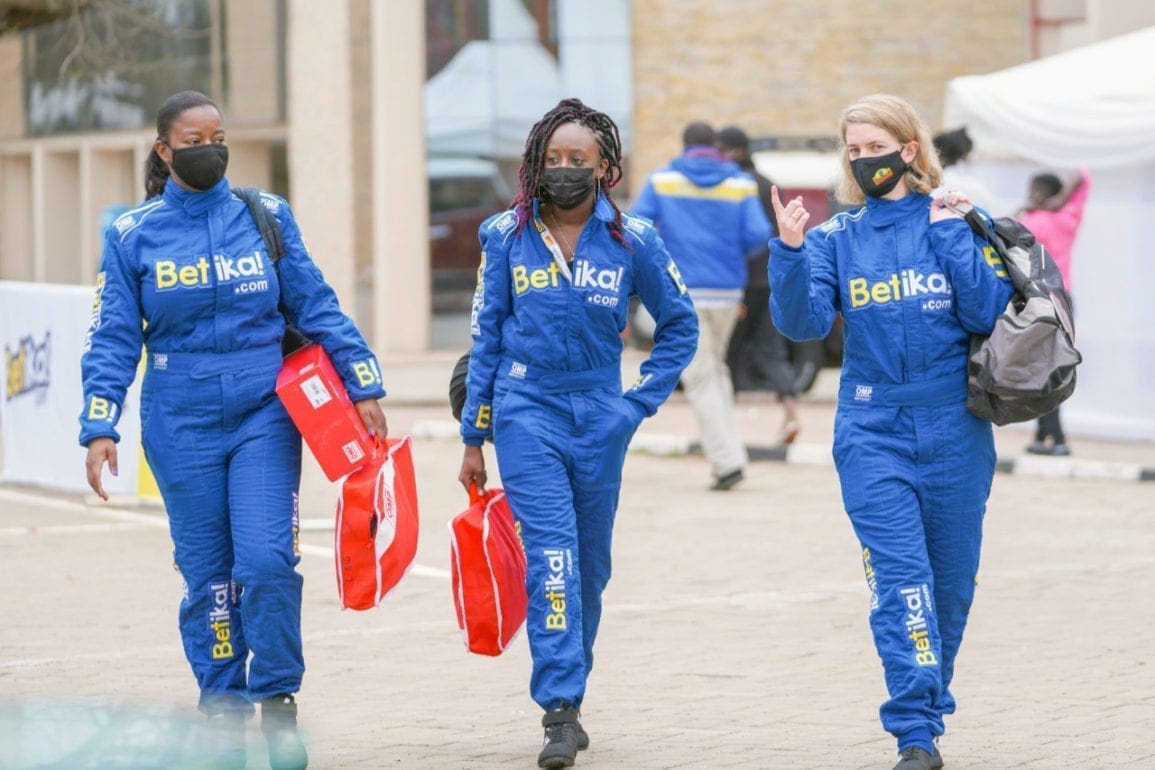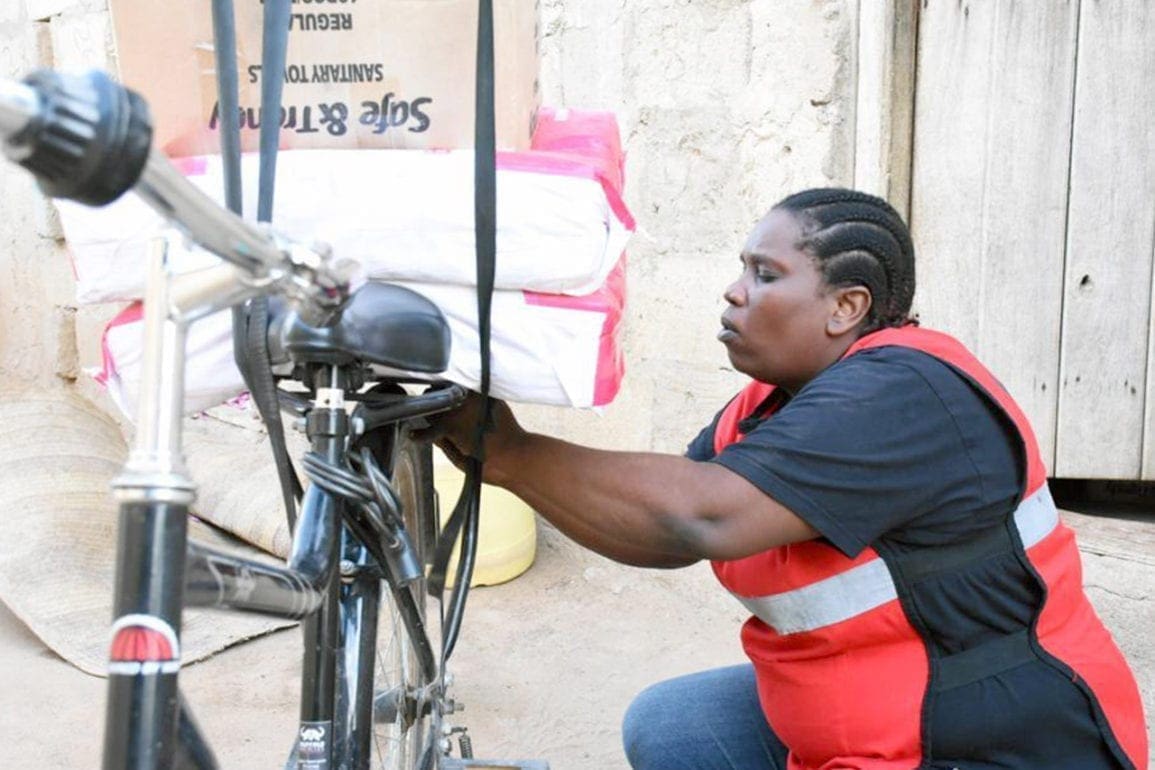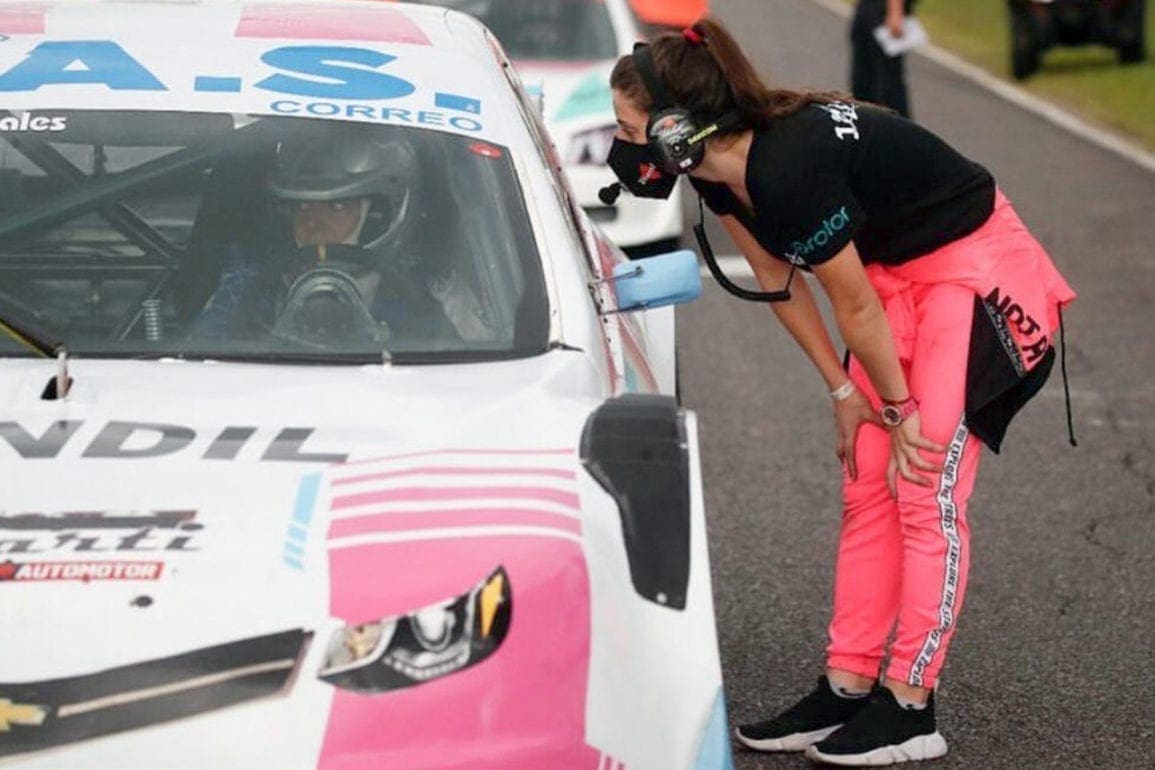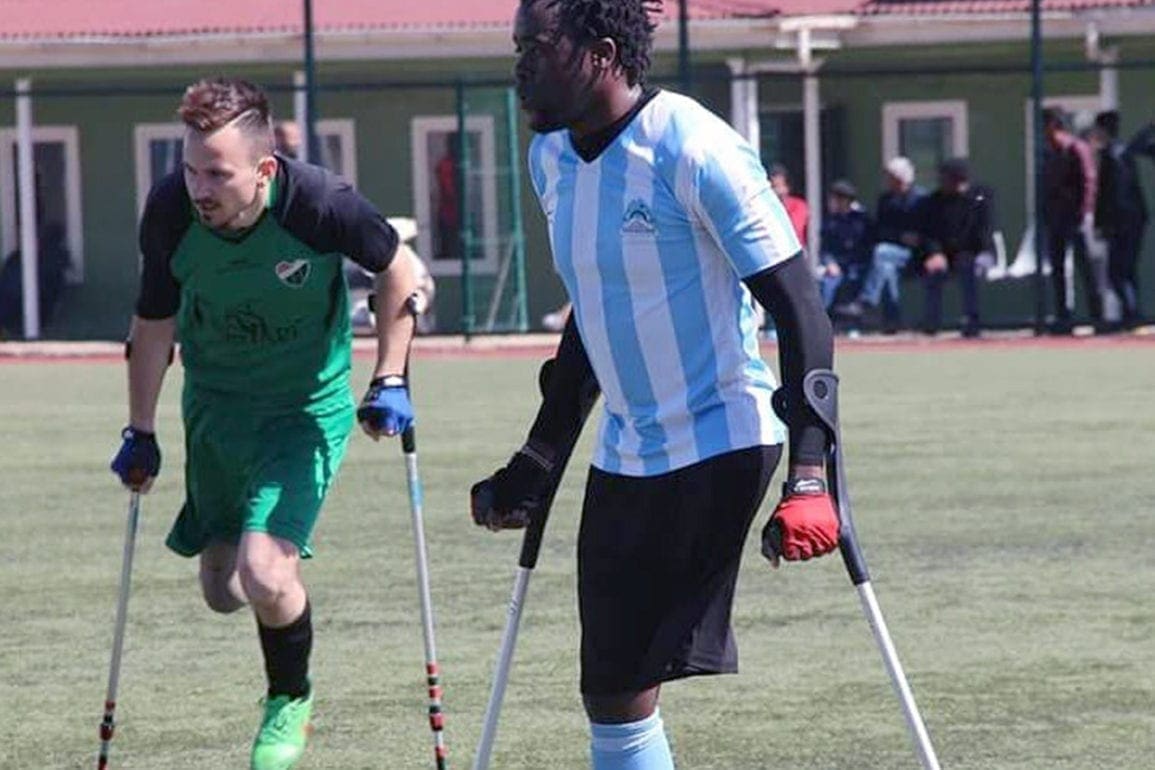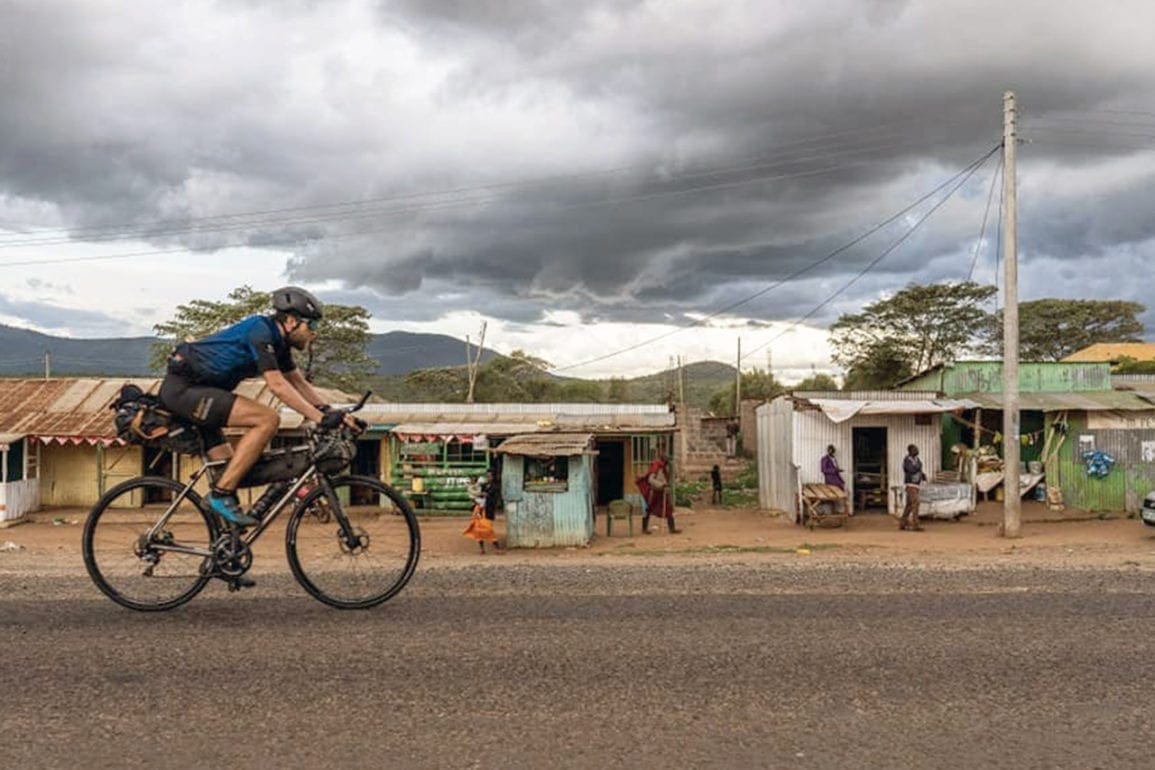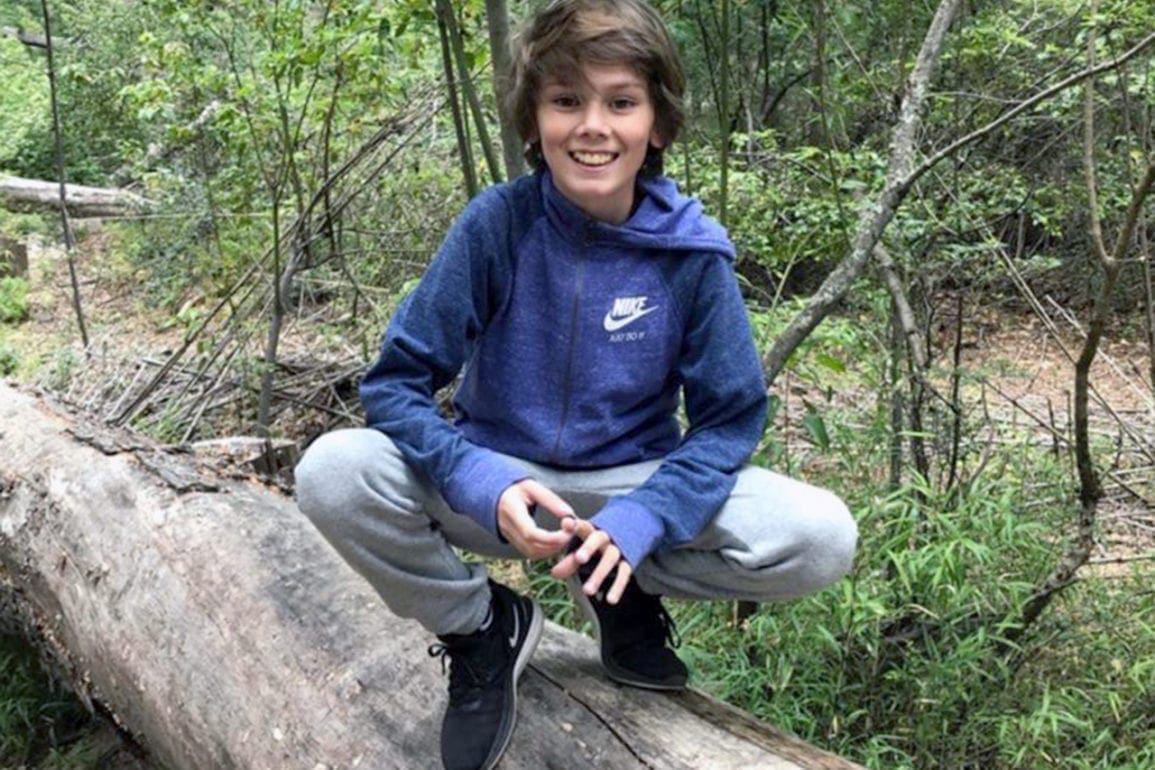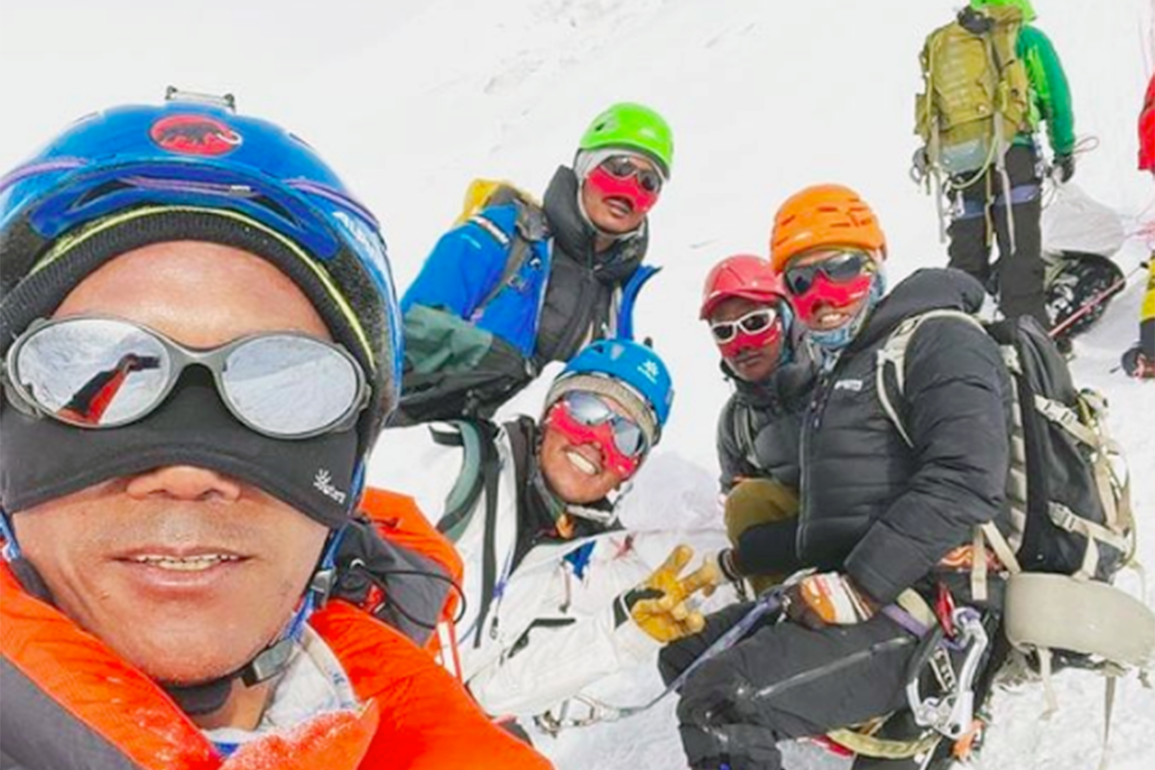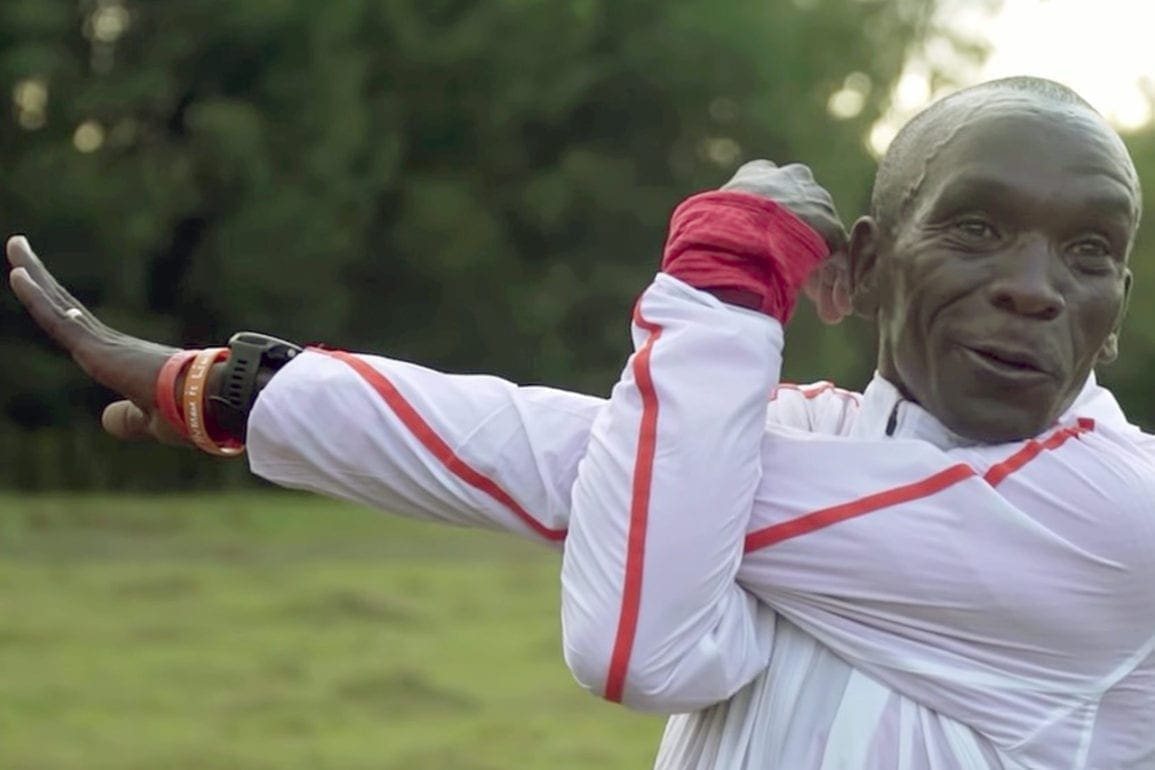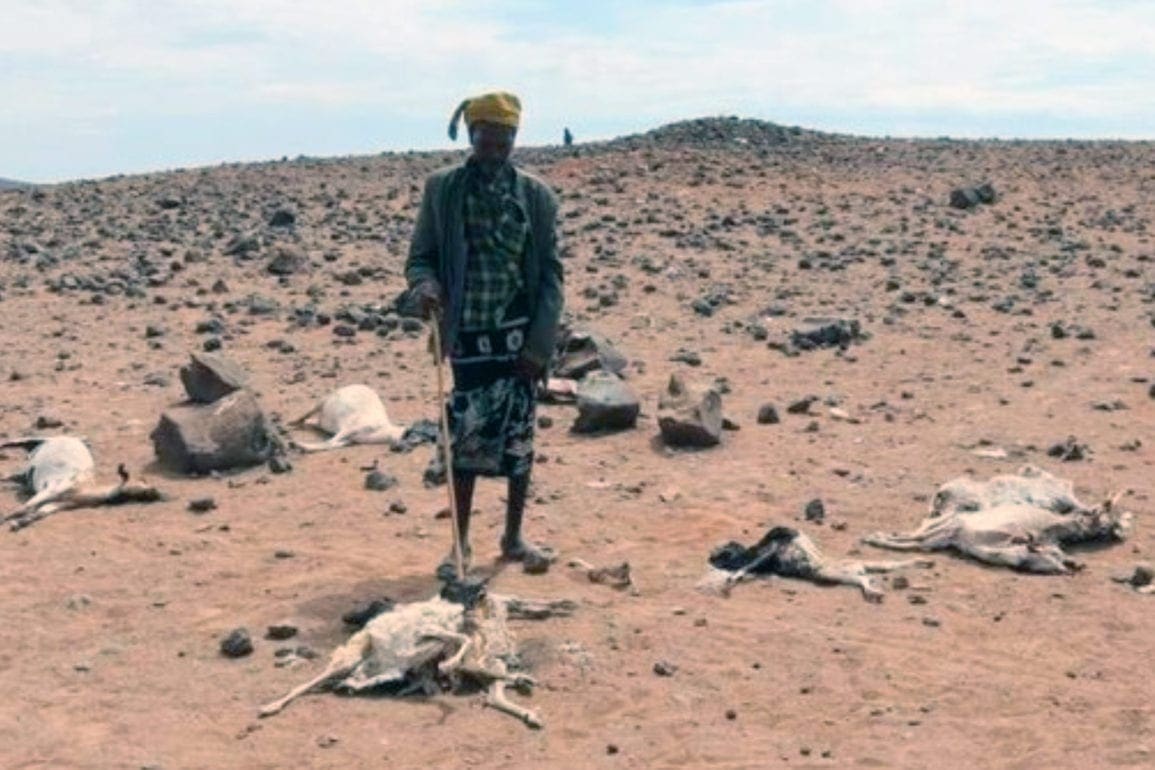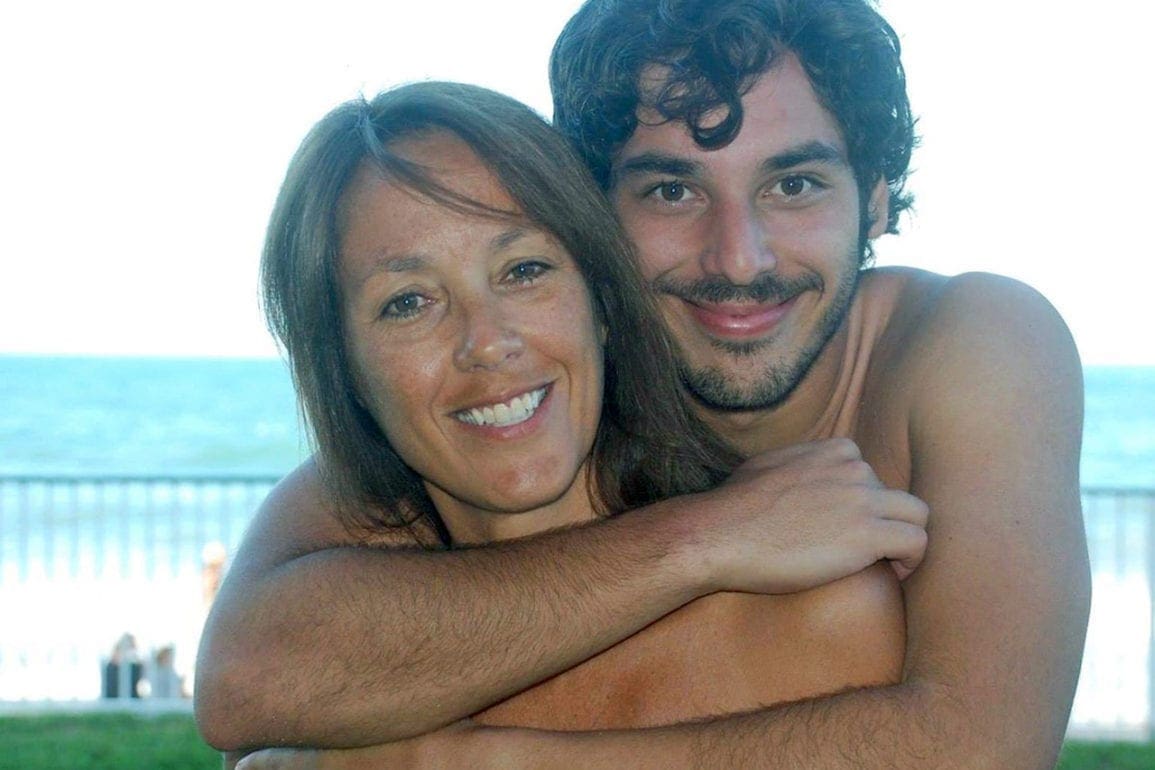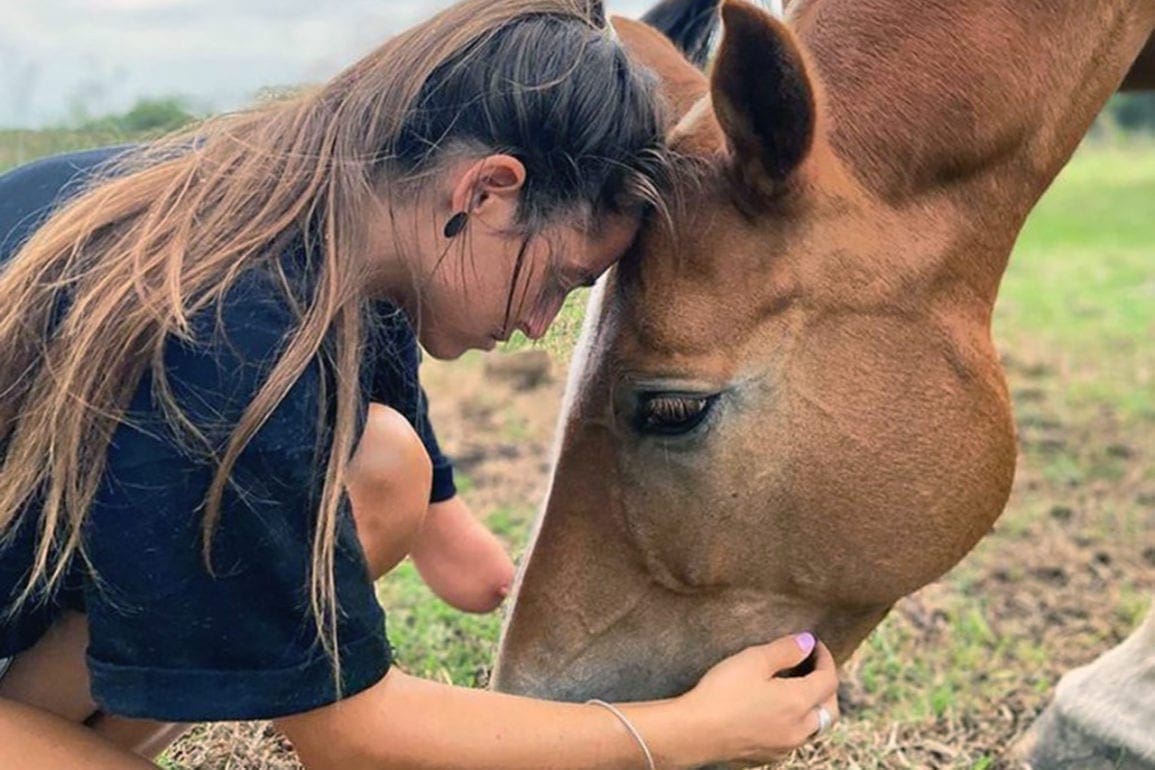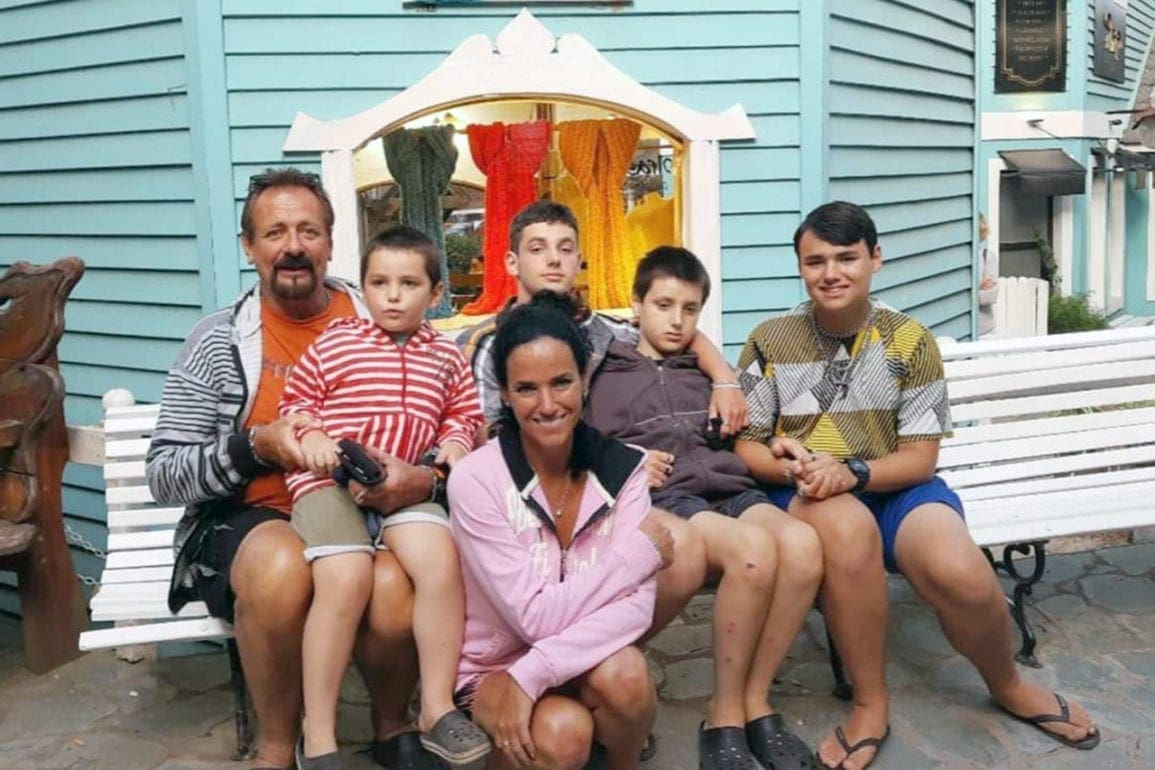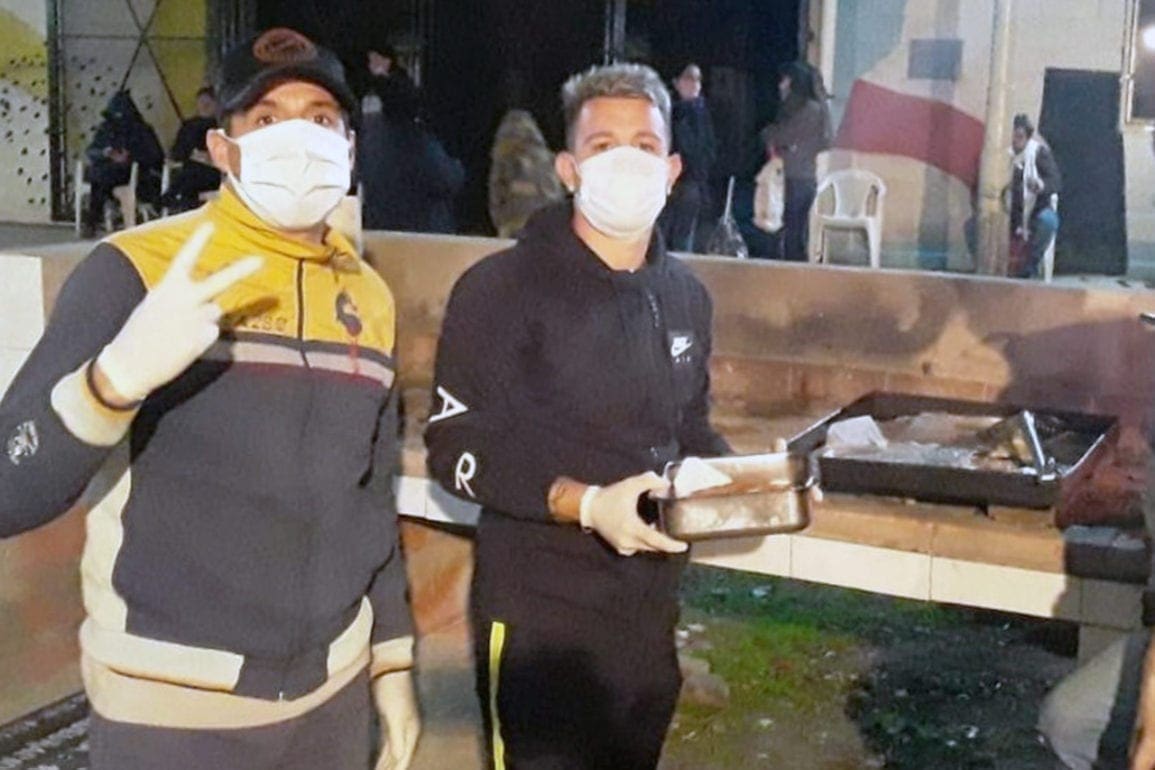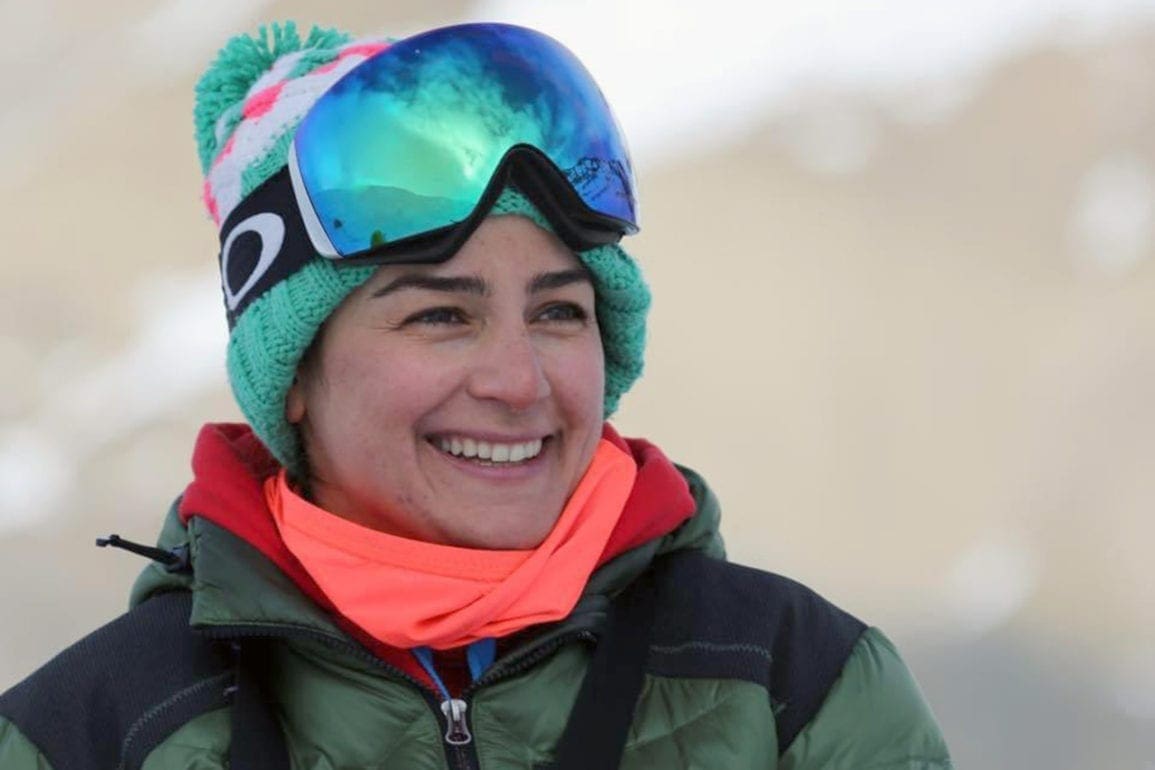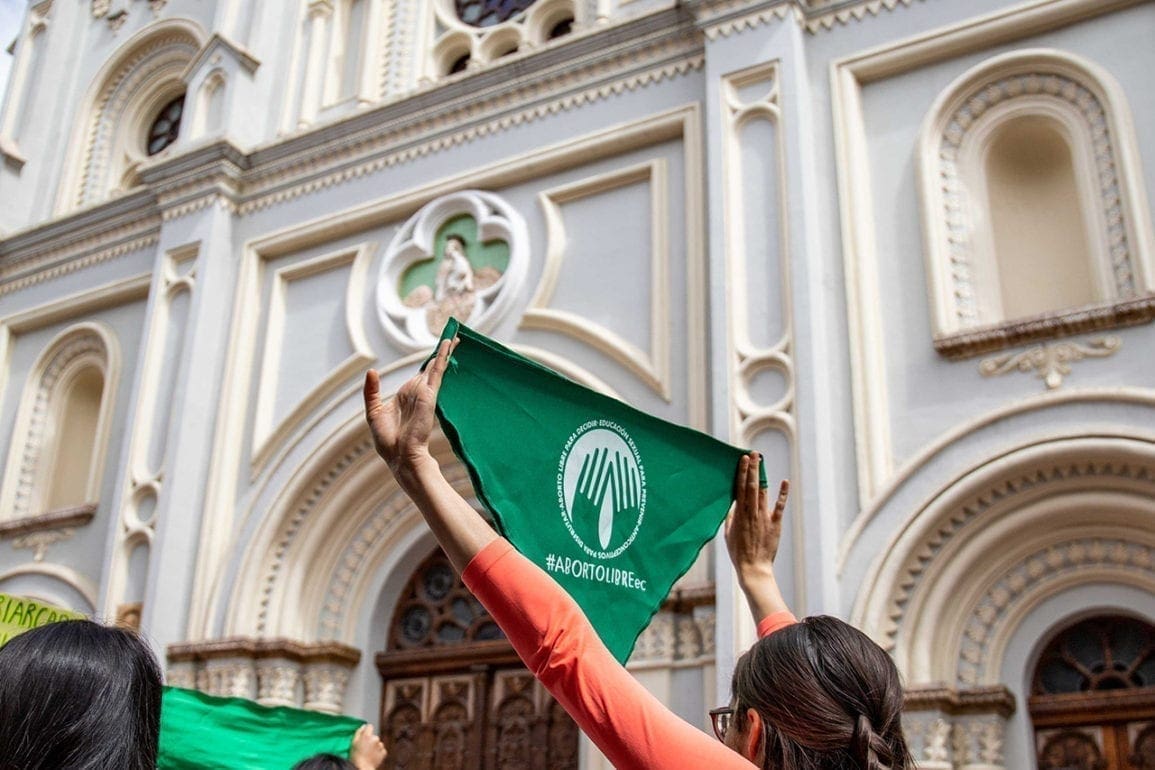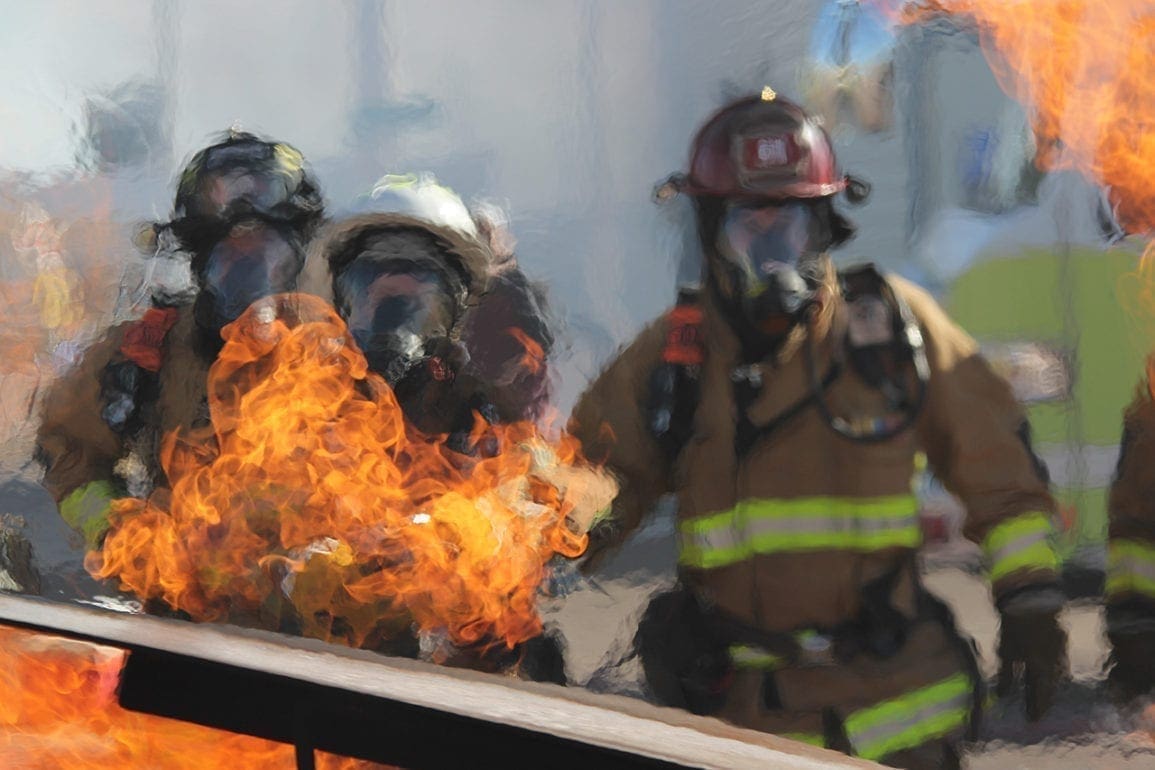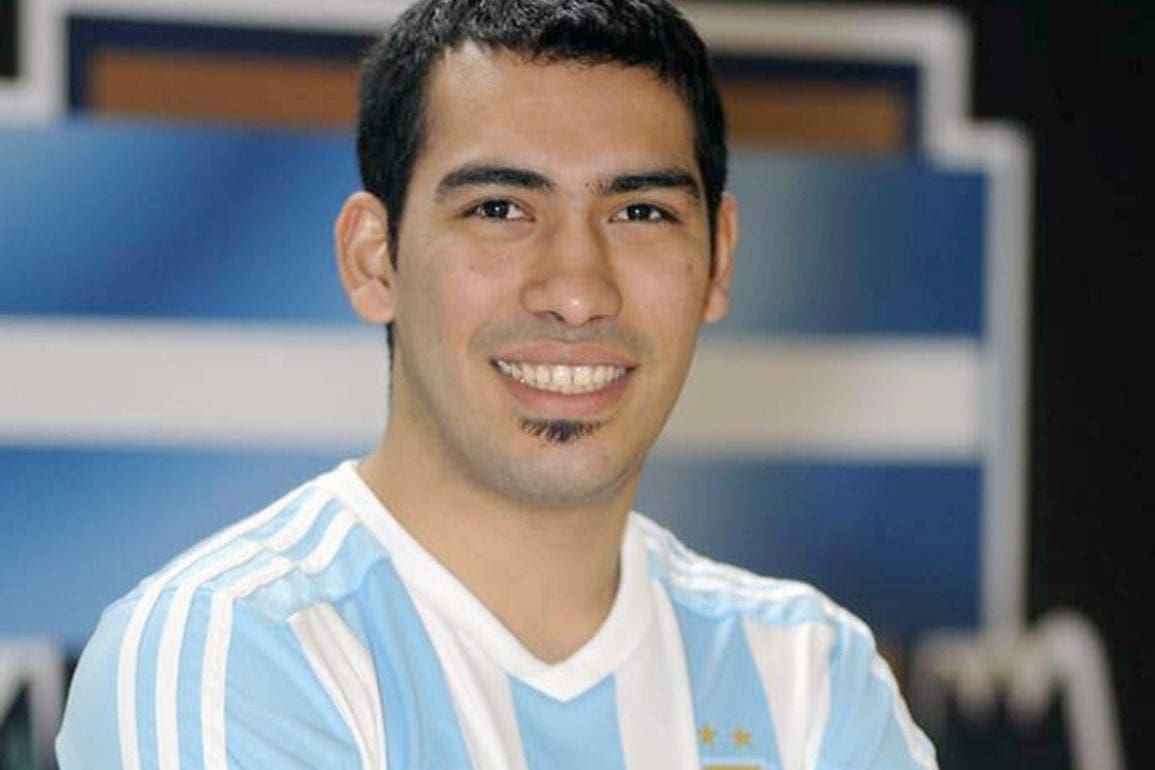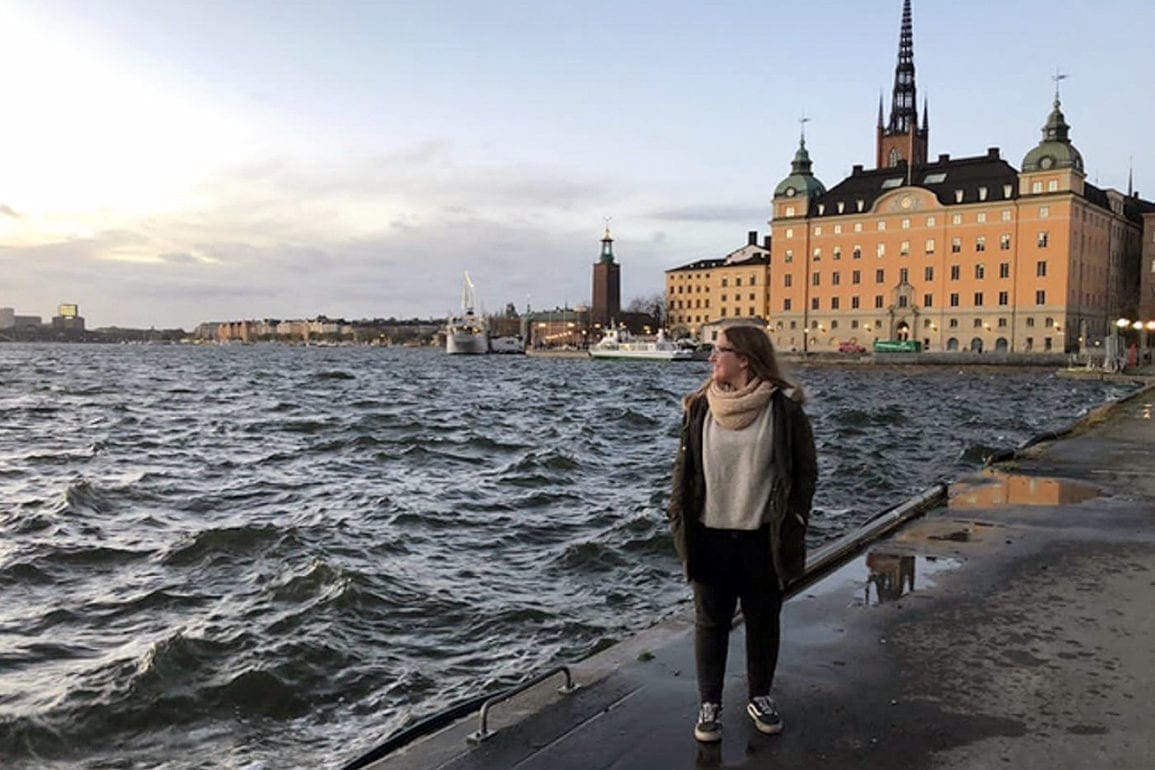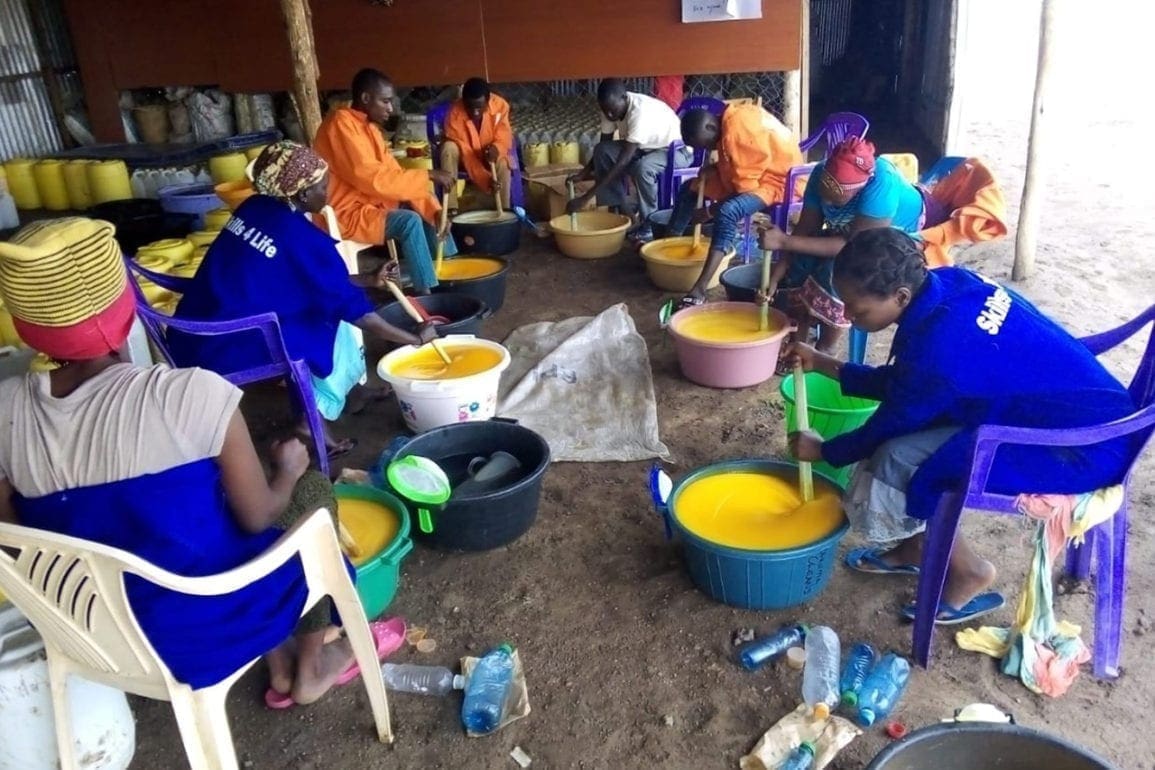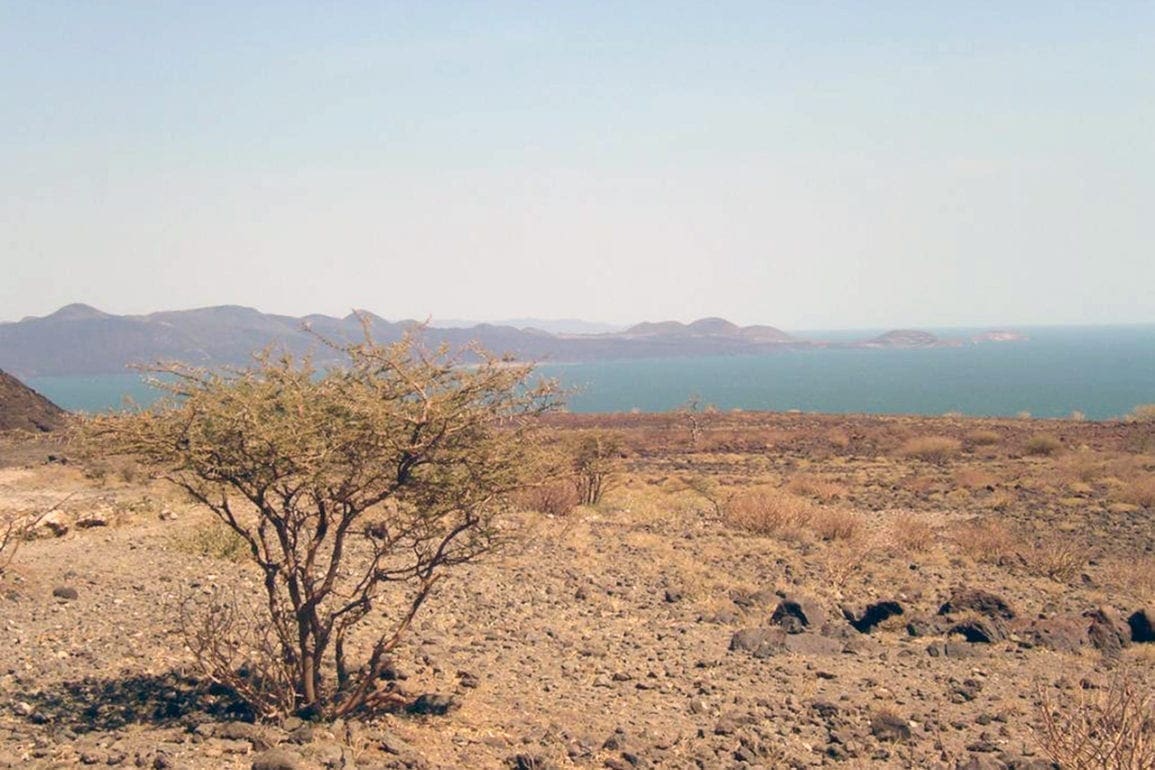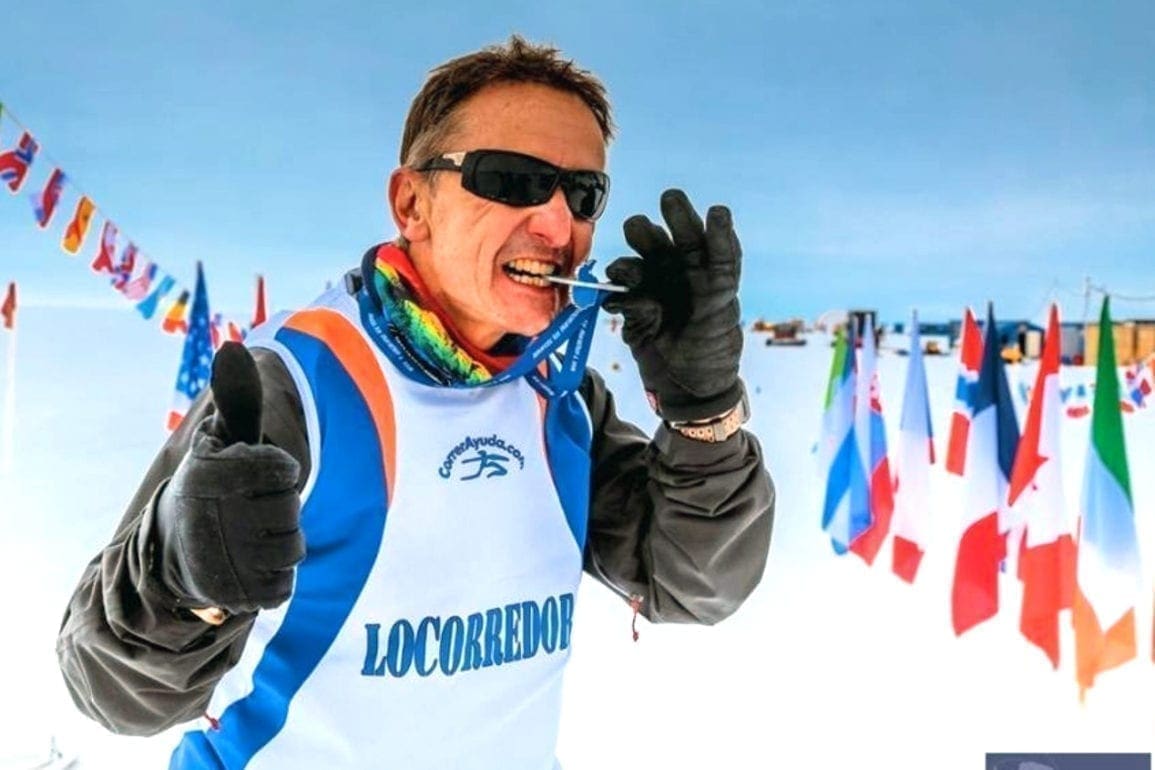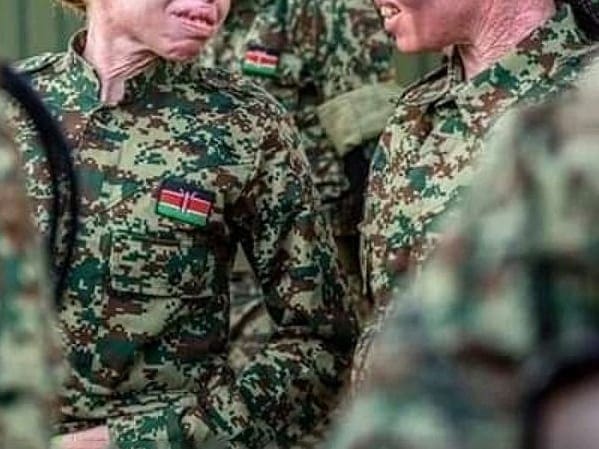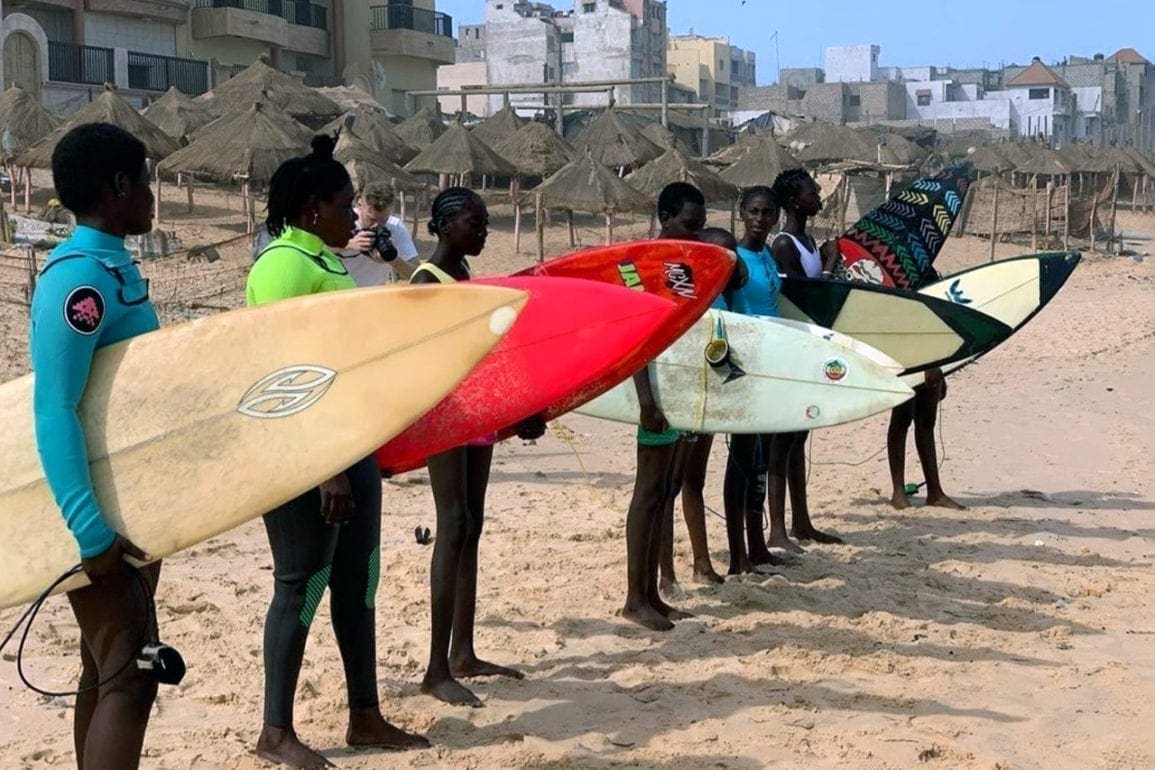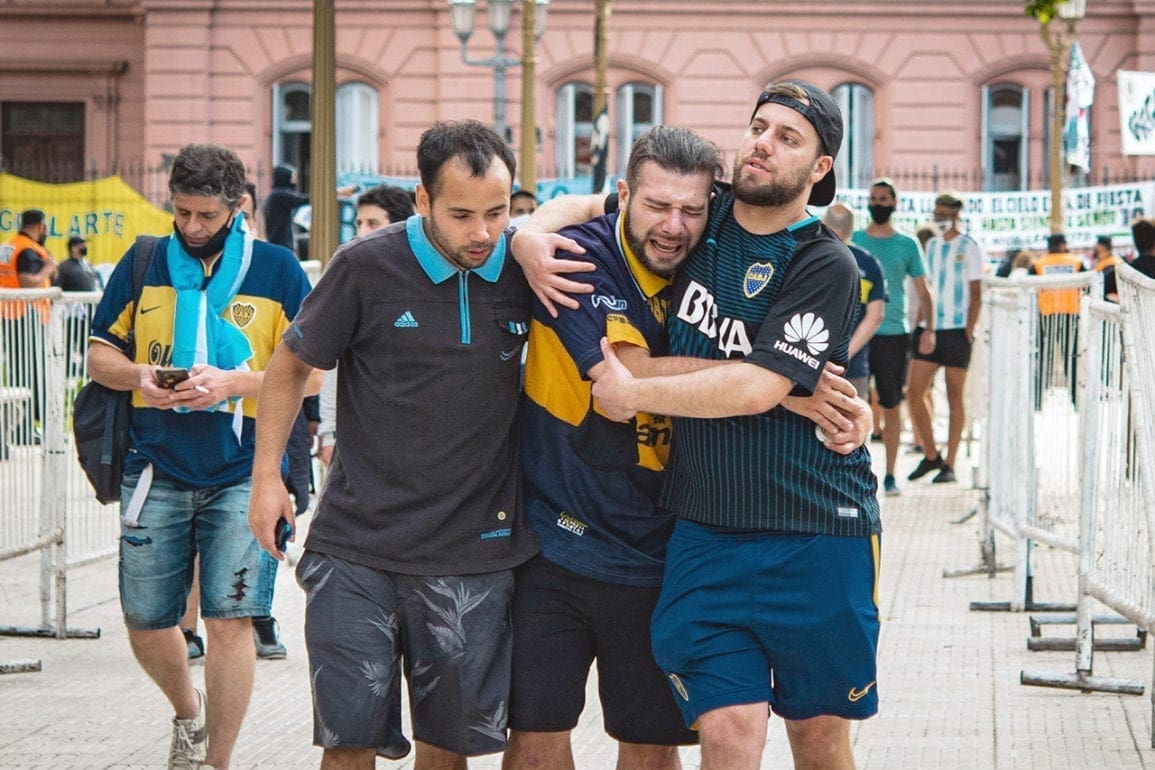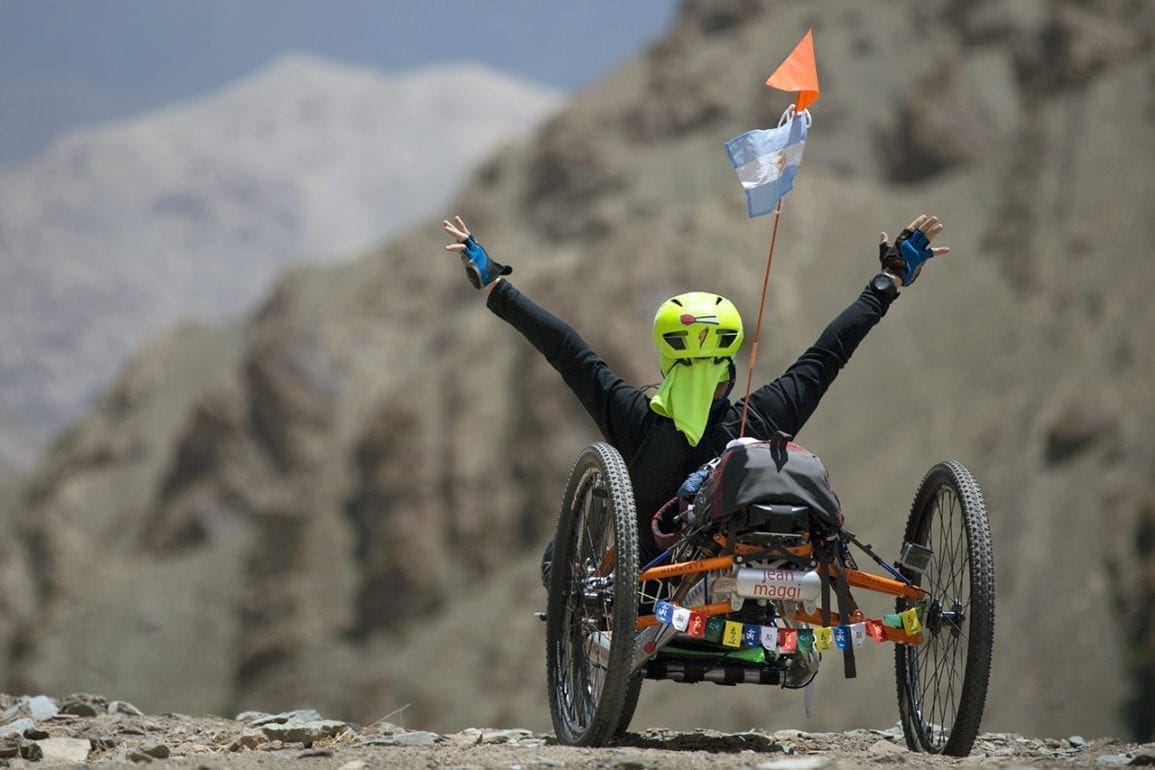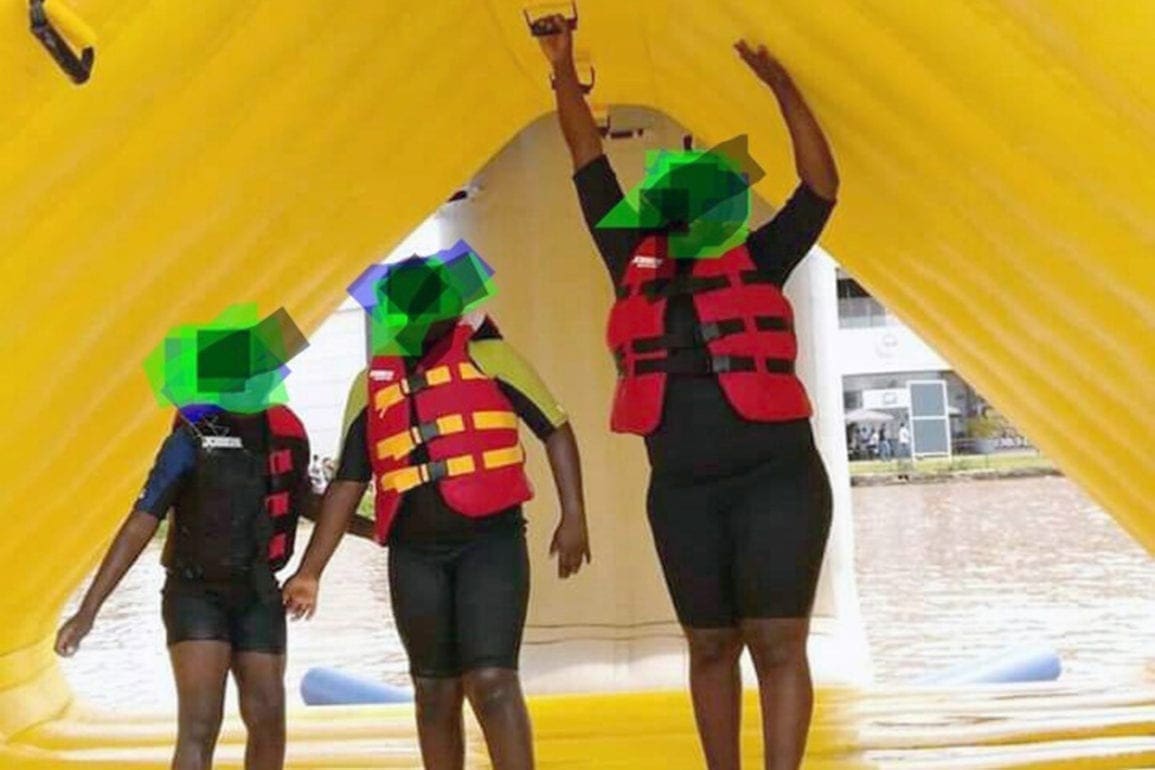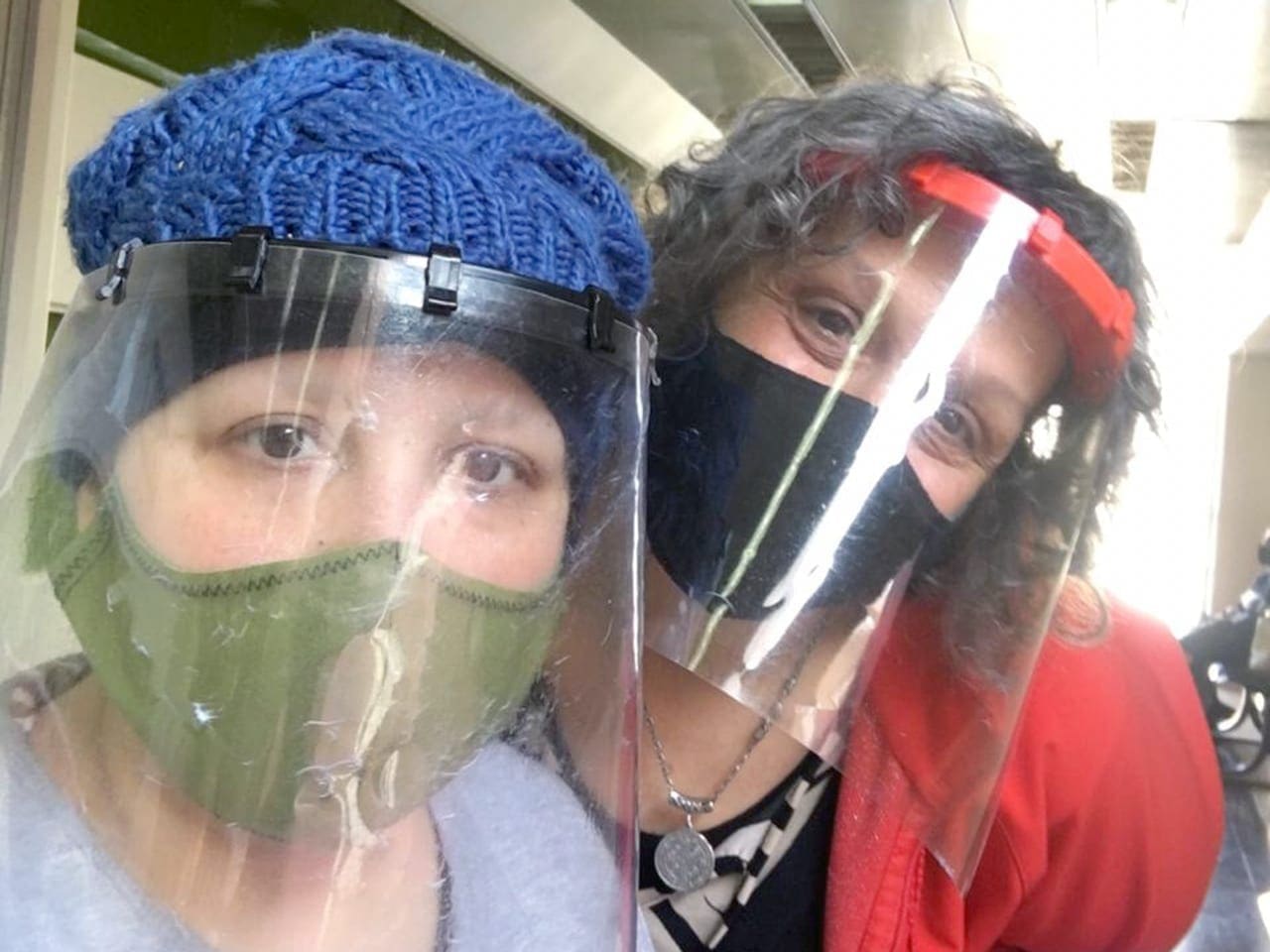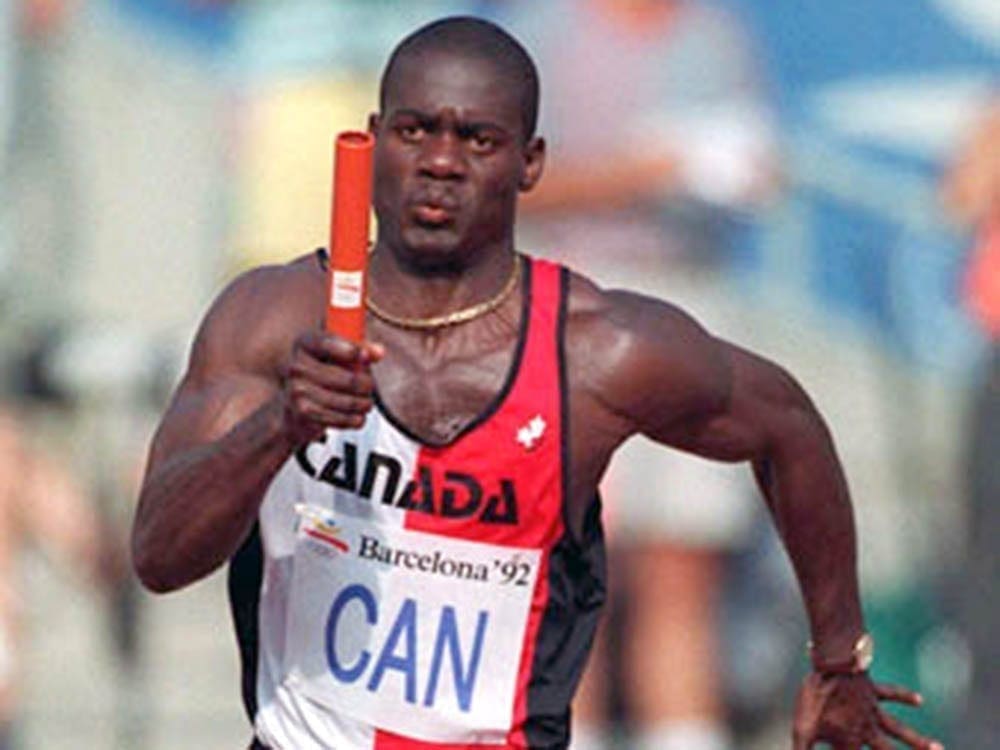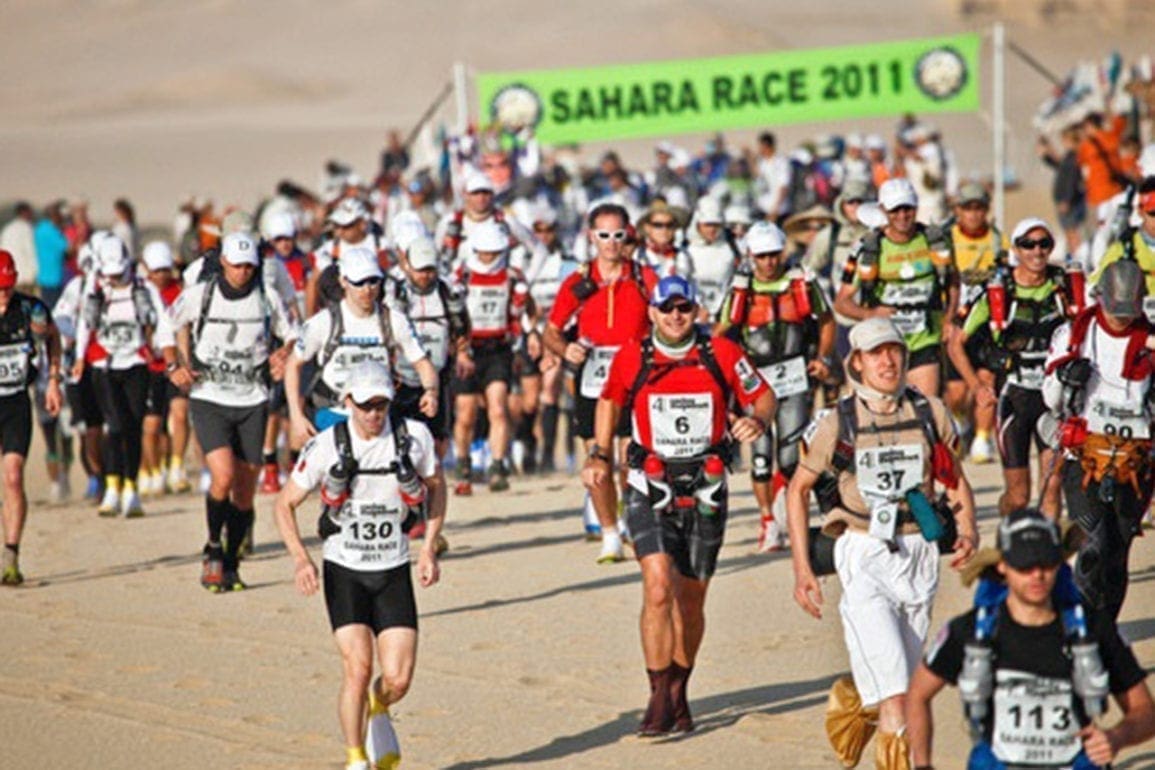23-year-old becomes youngest woman in history to conquer the world’s 14 highest peaks
On Shishapangma, about an hour before reaching the summit, I saw the glow of helmet lights descending from the peak. Knowing they were just ahead of us, I realized that reaching my final summit was inevitable. Tears filled my eyes, and a wave of emotion took over.
- 1 year ago
November 24, 2024
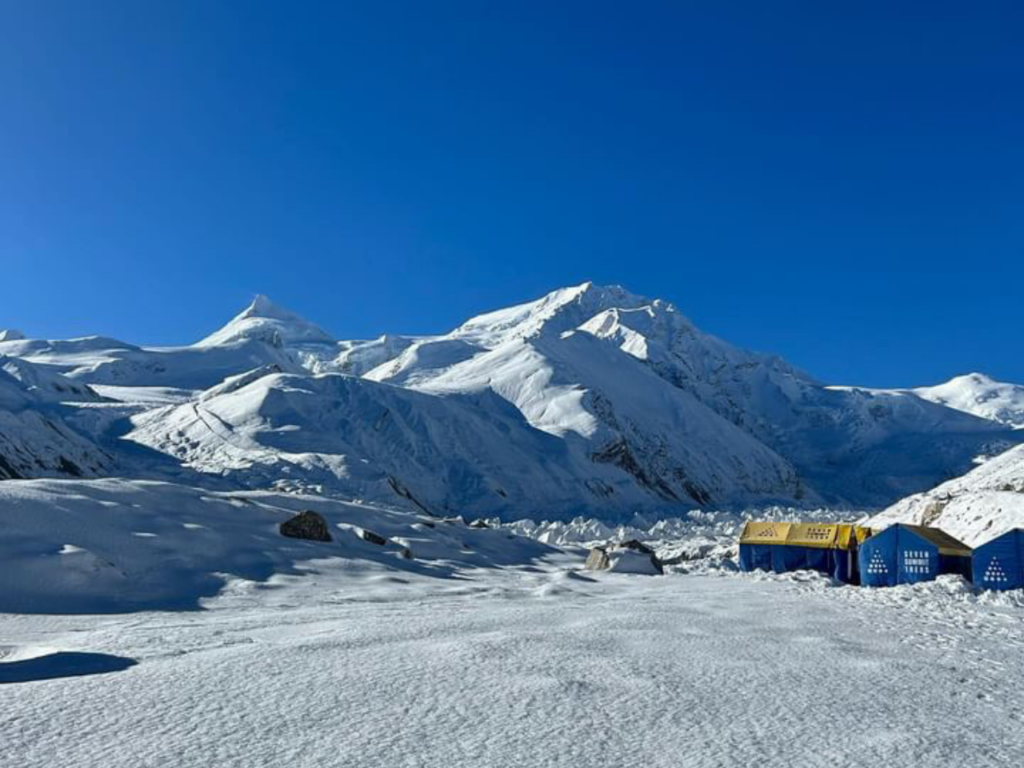
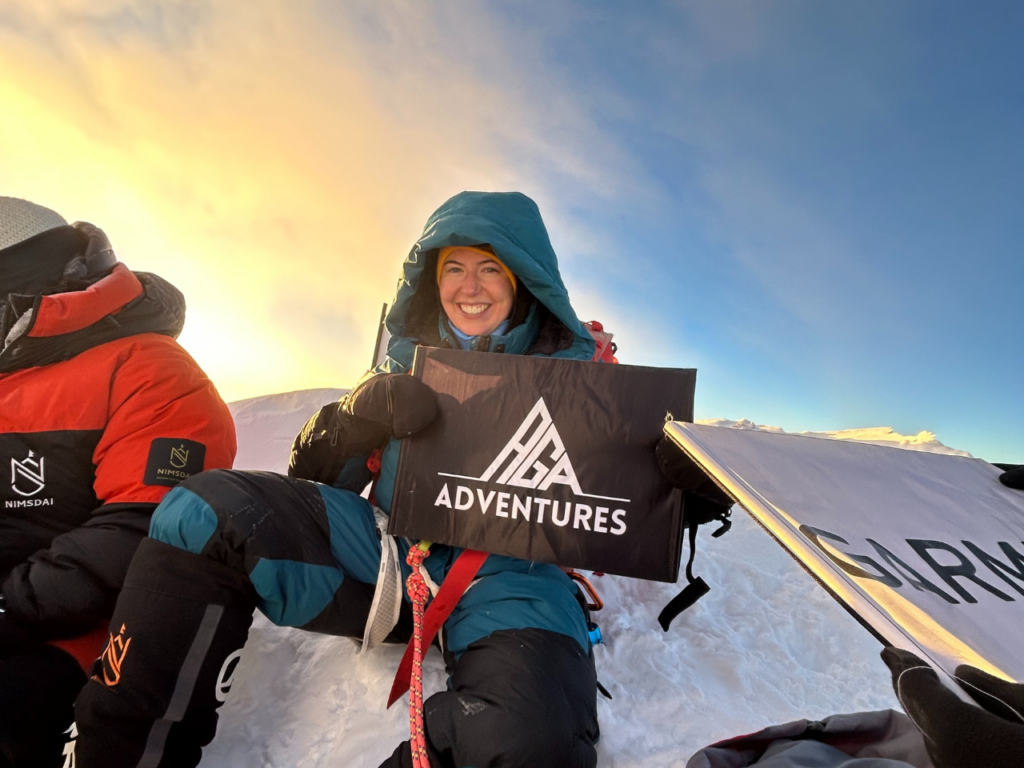
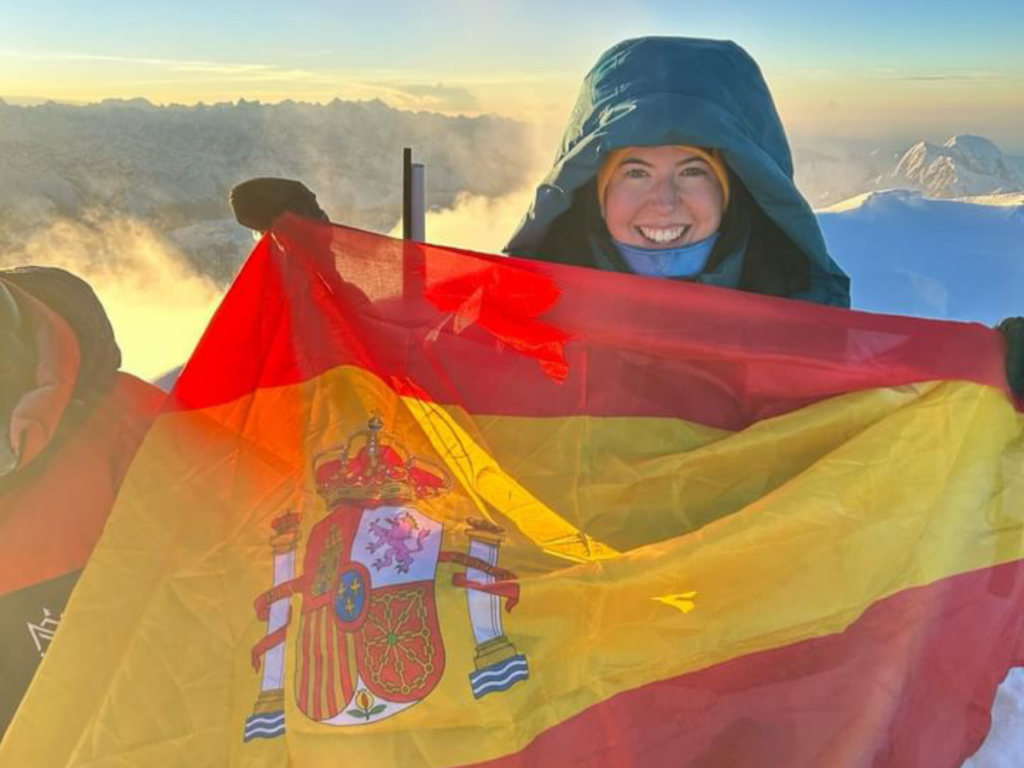
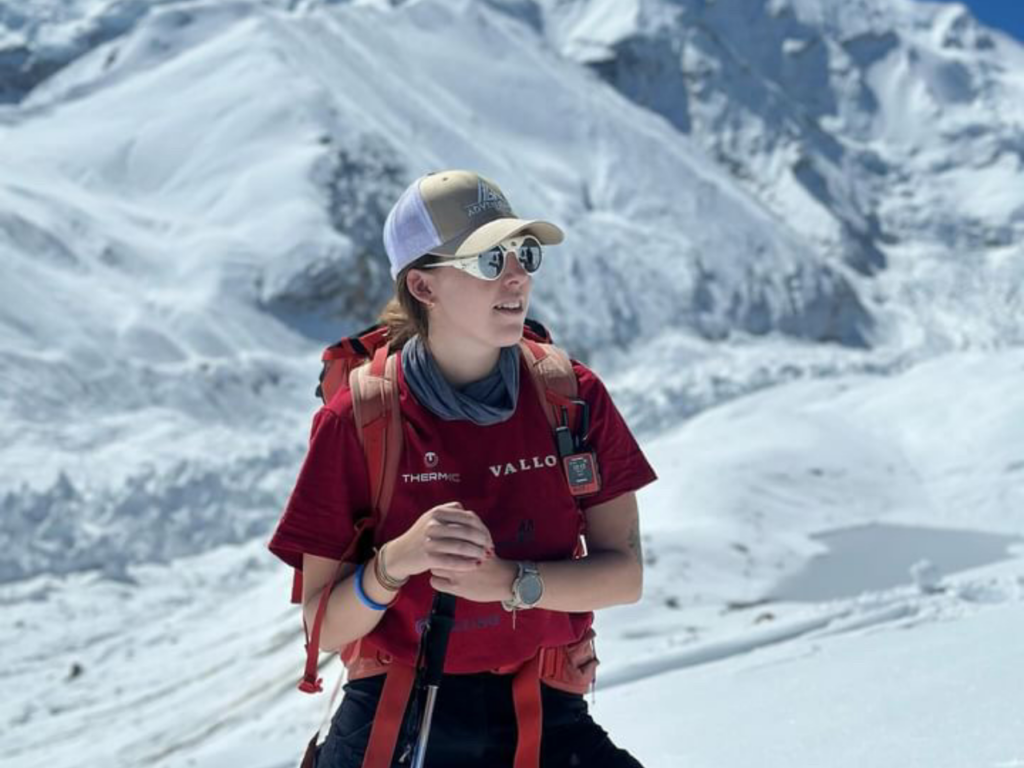
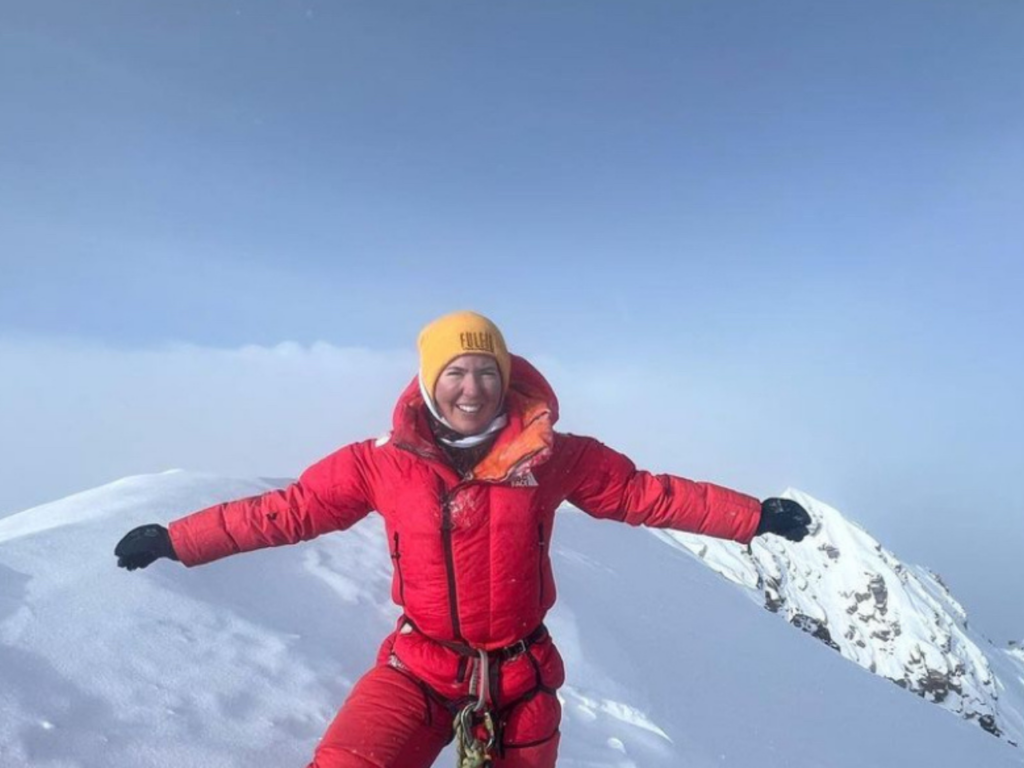
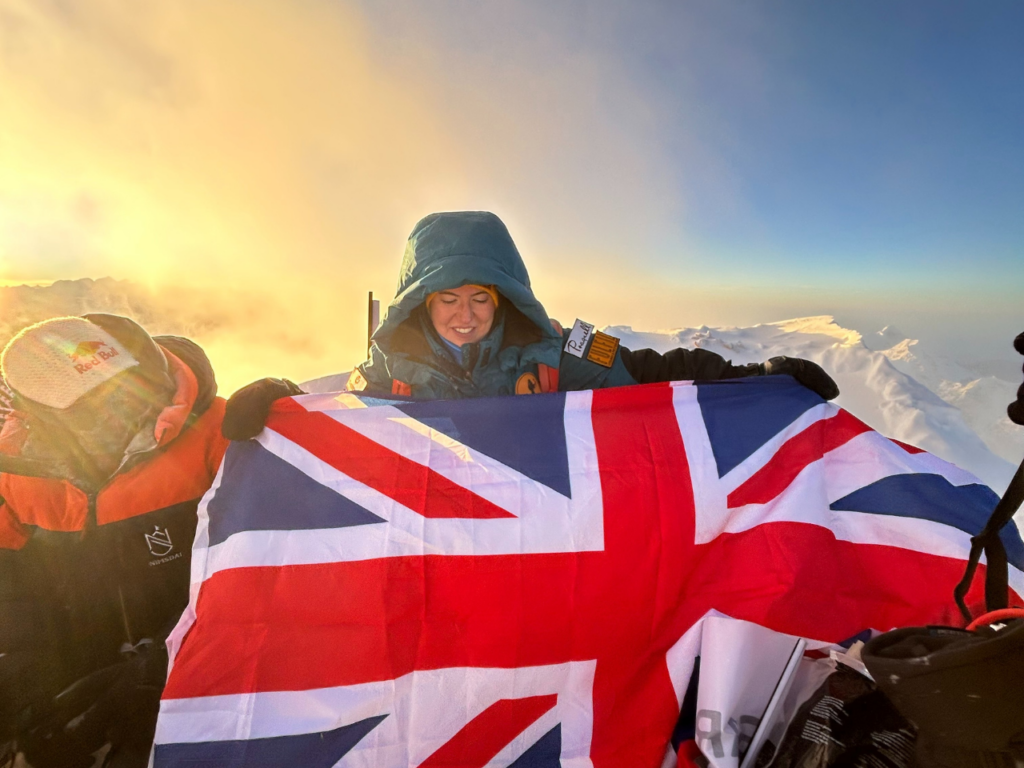

SHISHAPANGMA, Tibet — I climbed the 14 highest peaks in the world, becoming the youngest woman in history to achieve this feat. Standing at above 8,000 meters on a mountain offers a feeling of pure invincibility. For me, mountaineering has always been an unstoppable addiction. I realized early on; I would never let it go.
Read more Travel & Adventure stories at Orato World Media.
Climbing mountains became a key part of woman’s life
When I turned nine, my passion for mountaineering began to take shape. My father and I attempted the Three Peaks Challenge in the United Kingdom, summiting England and Wales’ tallest mountains. In Scotland, however, I was struck by severe hypothermia, a lesson I would never forget.
My father sat me down on a rock, looked me in the eyes, and asked if I wanted to push on to complete the challenge or head down to recover safely. I did not fully grasp what was happening, but I chose to descend. Life and health, I realized, mattered more than any summit. “Now I know you are a true mountaineer,” my father said, acknowledging my choice.
That lesson stayed with me on every mountain since. Two months later, we completed the challenge, and seeing my name in the local paper, and my classmates’ recognition, sparked the passion that drives me today. Climbing mountains meant years of bonding with my dad.
He trained me, woke me up early for runs, and inspired me as my mentor. We dreamed of conquering the Seven Summits together and successfully reached Kilimanjaro, Aconcagua, and Elbrus before the COVID-19 Pandemic interrupted our plans for Everest. In May 2021, I embarked on my first-ever climb without my father, beginning my quest to conquer the world’s 14 highest peaks.
Mount Everest marked the start. Reaching the summit felt exhilarating yet tinged with sadness, as my father, my lifelong climbing partner and mentor, was not by my side. It became a bittersweet triumph. I also climbed for the first time with Gelje, now my boyfriend. As a Sherpa, his wisdom transformed my mountaineering approach, filling the mentorship role my father once held, and helped me grow into a more thoughtful climber.
Caught in a storm: “If you do not move now, you are going to die!”
In October 2021, on Nepali Dhaulagiri, I faced the most harrowing moment of my entire project. Our group of nine including two clients and seven Sherpas, set out at 10:00 p.m., our helmets lighting the path. After two hours, an unexpected storm hit, with winds reaching 100 kilometers per hour. I froze, both physically and mentally, unable to react. My guide shouted, “If you do not move now, you are going to die!” Those words snapped me out of it.
I painfully warmed my freezing fingers in his armpits, and we retreated to Camp 2, barely reaching safety. In the tent, we rested for about four days, waiting for a window of clear weather. Once conditions improved, we ascended to Camp 3 and, after a night’s rest, pushed for the summit. My guide and I reached the top, but I quickly felt light-headed; my vision dimmed as if everything closed in on me. When I asked my guide to check my oxygen, he confirmed it was empty, and he was out too.
We had no extra supply or radio, and the realization sent me spiraling into panic. At 8,200 meters, we were stranded without oxygen. After about five minutes, we sat down and decided, “We are not going to die today.” We tied ourselves together with a one-meter rope and began the descent. It took nearly 30 agonizing hours to reach Base Camp, every moment filled with suffering and the sheer will to survive.
Once we arrived, I called my parents using a satellite phone. They broke down in tears, devastated. My mom and dad had imagined my death and even thought about funeral planning. Hearing them, I broke down too, feeling the weight of having worried them so deeply. Yet, we all felt relieved I made it down, completing another summit for my project.
Doubts have no place in the mountains
I never dwell on thoughts of death. Despite my passion for climbing, I always prioritize life and never deliberately put myself in extreme danger. I steer clear of negative thinking. In my boyfriend’s Sherpa culture, simply contemplating death is considered bad luck. So, I focus on what I can control. Over the last three years, I committed my entire life to this project, never doubting my ability to achieve it.
Doubts have no place in the mountains, and I remain resolute in accomplishing whatever I set my mind to. Besides my Dhaulagiri ordeal, administrative hurdles pose the biggest threat to my goal. For nearly two years, the Chinese government denied us permits for Shishapangma. During that time, I questioned the outcome, not because of my capabilities, but due to forces beyond my control. However, my mental training prepared me for such obstacles.
When uncontrollable challenges arise, I redirect my energy to what I can manage. In October of this year, I finally reached Shishapangma, the last of the 14 peaks needed to complete my project and become the youngest woman ever to summit all the mountains over 8,000 meters high. As with every climb, I remained intensely focused, immersed in the present moment. The journey up a mountain is meditative: one step at a time. I concentrate on each movement, the snow, my teammates, and nothing else. Only once I reach the tent can I relax and allow myself to process the rush of emotions.
Shishapangma: reaching the final summit
On Shishapangma, about an hour before reaching the summit, I saw the glow of helmet lights descending from the peak. Knowing they were just ahead of us, I realized that reaching my final summit was inevitable. Tears filled my eyes, and a wave of emotion took over. “I have done it, only one more hour,” I thought. I kept moving, step by step, as always, but this time with a sense of relief and the satisfaction of accomplishment. It felt surreal, almost unbelievable, that I made it.
At the summit, I raised the flags of Spain and England, honoring my parents’ roots. Surrounded by an endless expanse of mountains, I watched the sunrise, feeling as though it rose just for me. At that moment, I was above everything, literally and metaphorically, and the feeling was exhilarating. Standing at the top of the world made me feel powerful and unique. It felt euphoric, an addictive sensation like a pleasure-filled drug, driving me to keep climbing and to keep seeking those indescribable moments above the world.
When I returned home, I participated in numerous interviews and gave talks about my project. The enthusiasm from people who listened to my story filled me with pride and energy. But as time passed, that initial excitement faded, and I began to feel a sense of emptiness. For three years, this project defined my life, and coming down from the mountains to the city felt a bit depressing. To combat the sadness that replaced the euphoria, I started planning new challenges. With no higher peaks left, my future goals will be more technical, focused on expanding my skills and continually growing as a mountaineer.
The most significant change after coming down from an eight-thousand-meter peak happens in my mind
All of this takes a toll on me. The most significant change after coming down from an 8,000-meter peak happens in my mind. The lack of oxygen causes a loss of neurons, leading to a persistent mental fog. For weeks, I struggle to think clearly, remember simple things, construct sentences, or even find my keys. Physically, I continue to feel the aftermath. Three years after Dhaulagiri, my fingers still feel sensitive. Extreme cold or heat triggers severe pain, a lasting reminder of the mountains’ impact on my body.
My lungs also suffer after each expedition, burning painfully when I try to resume training. Breathing feels labored and unnatural, and it takes a significant effort to get back to normal. Each climb drains me so much that preparing for the next mountain feels like starting from scratch, rebuilding strength and endurance. Yet, I carry the memories and lessons from every peak, which gives me confidence. Those experiences remind me of my resilience, assuring me that, despite the struggle, I will succeed again.
I know I am punishing my body, wearing it down with each climb. Yet, I also gift myself incredible achievements lasting a lifetime and justifying my sacrifice. The mountain is my escape, my place of freedom. It is where I feel most at home, a space for meditation and reflection. The mountain is the most powerful force in the world, and I have a profound respect for it. When conditions are unfavorable, I listen, knowing my own insignificance in the face of nature’s might. In Sherpa culture, mountains are gods. I honor this belief, praying and asking for safe passage.



